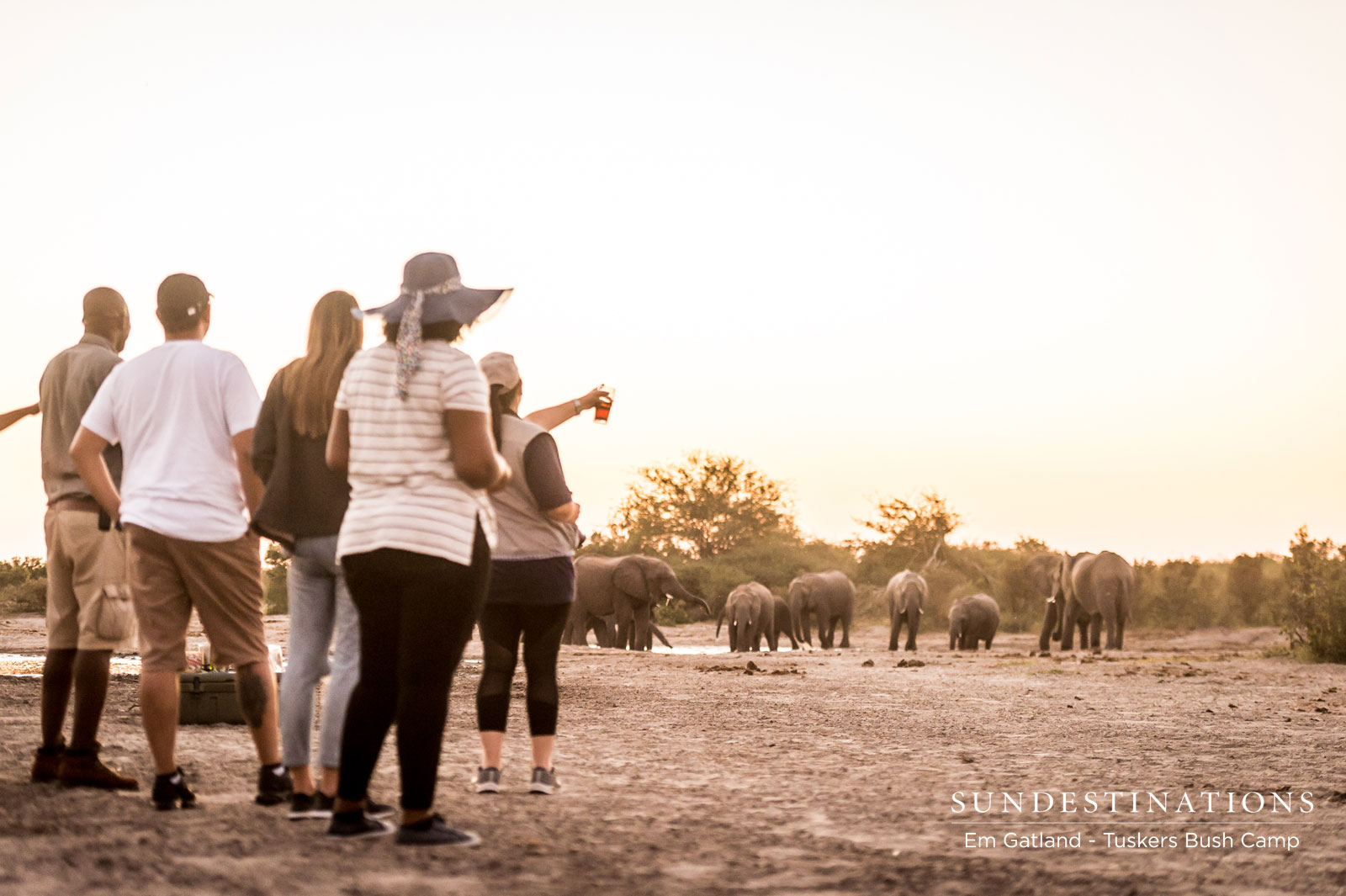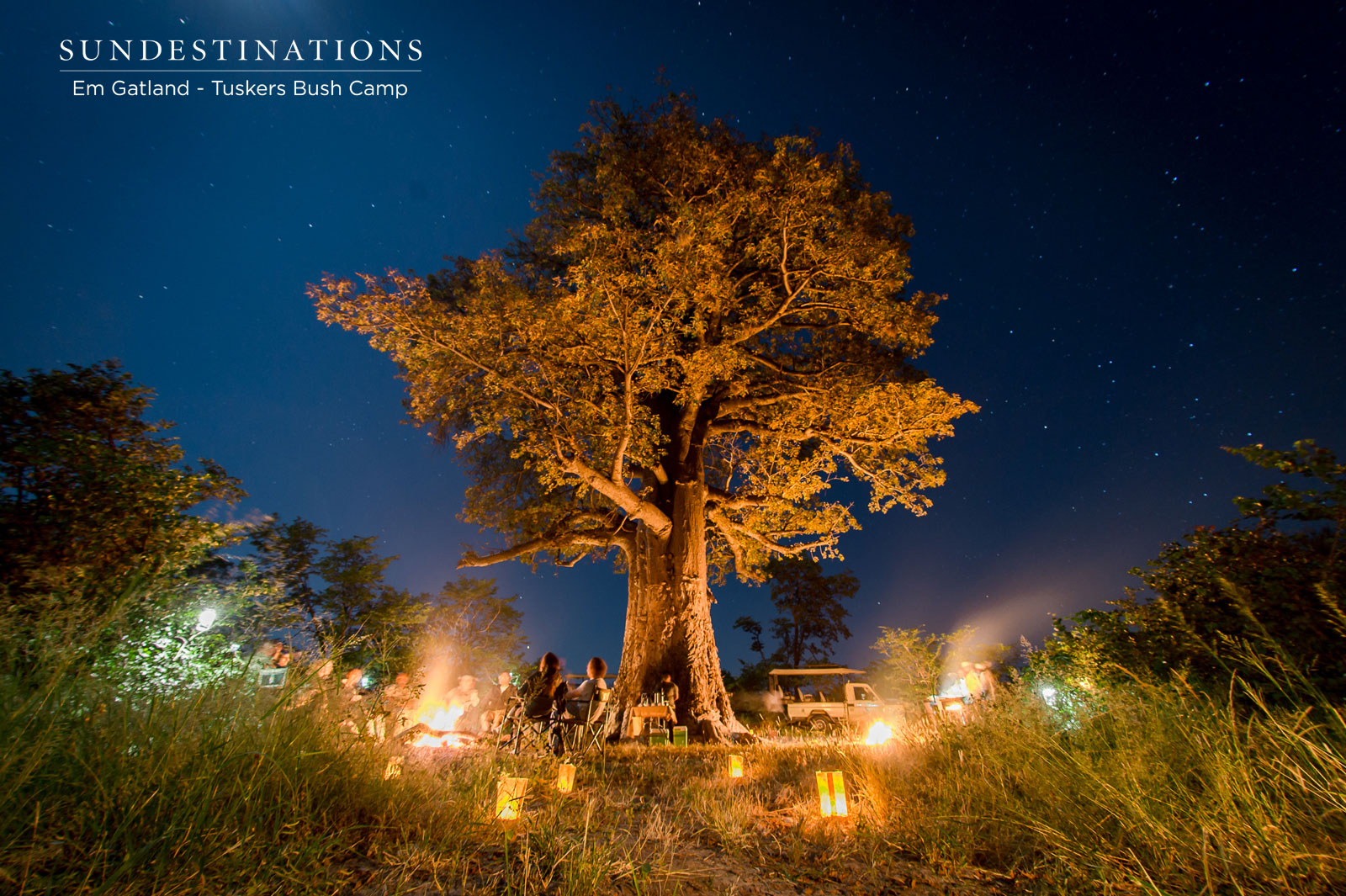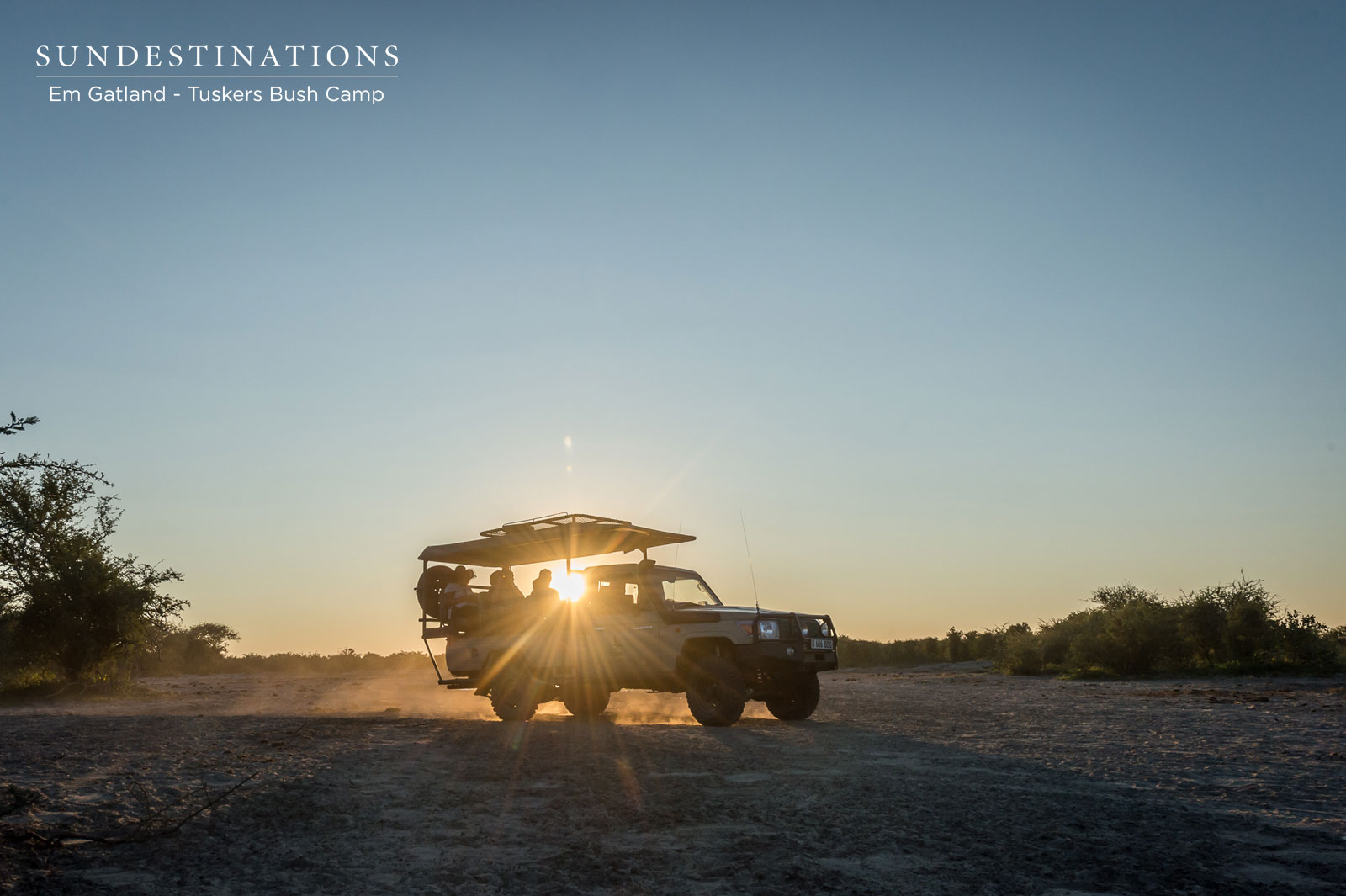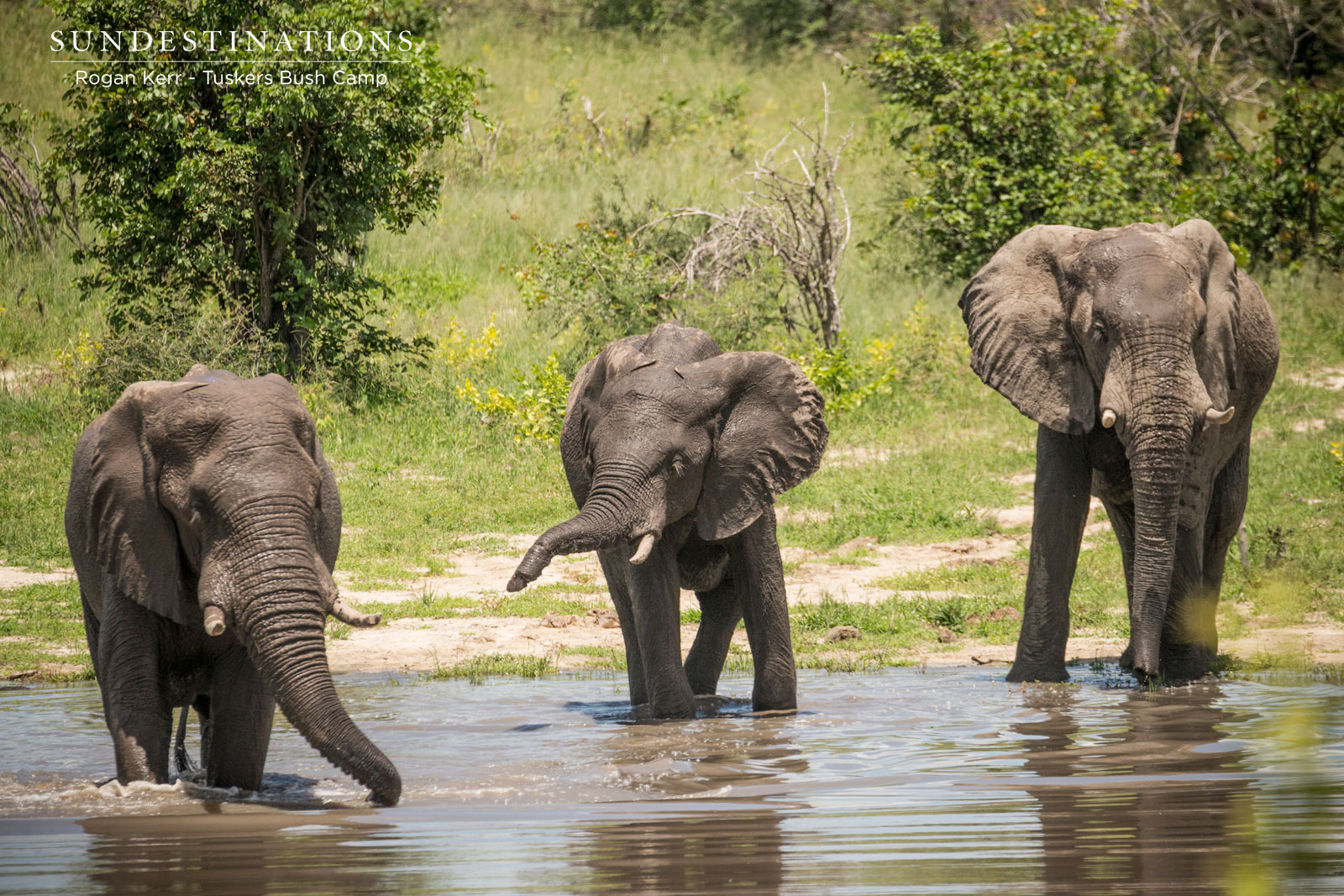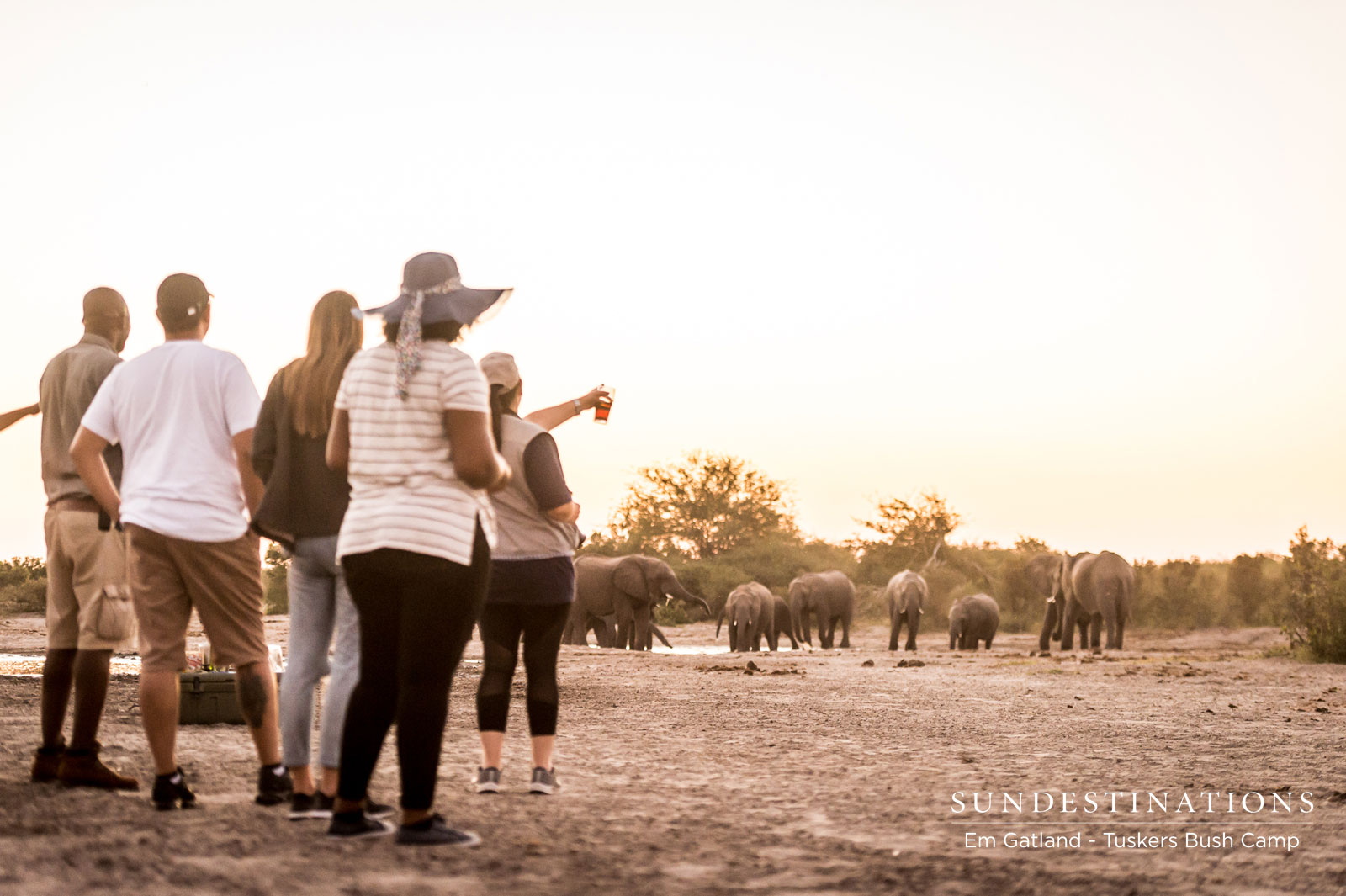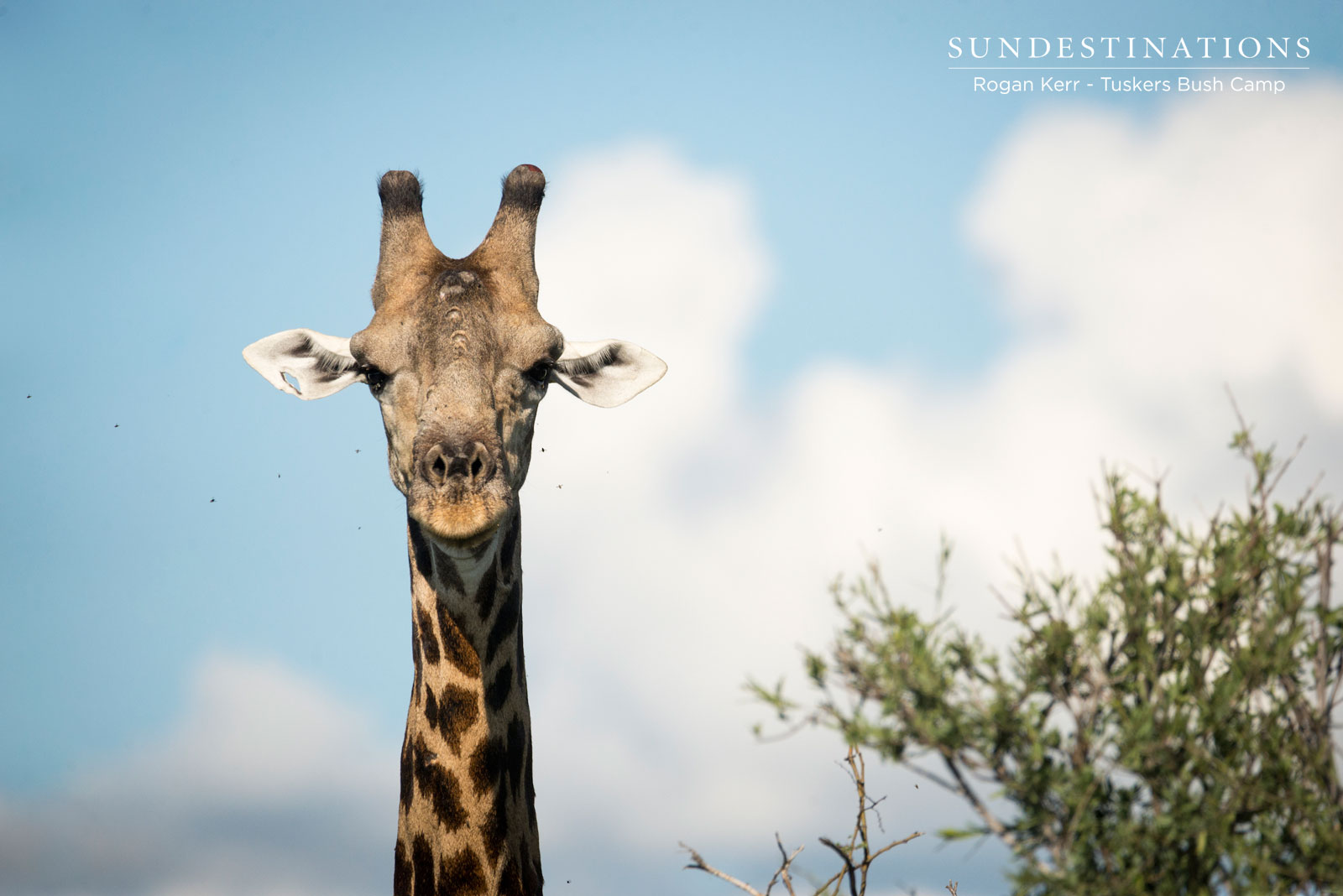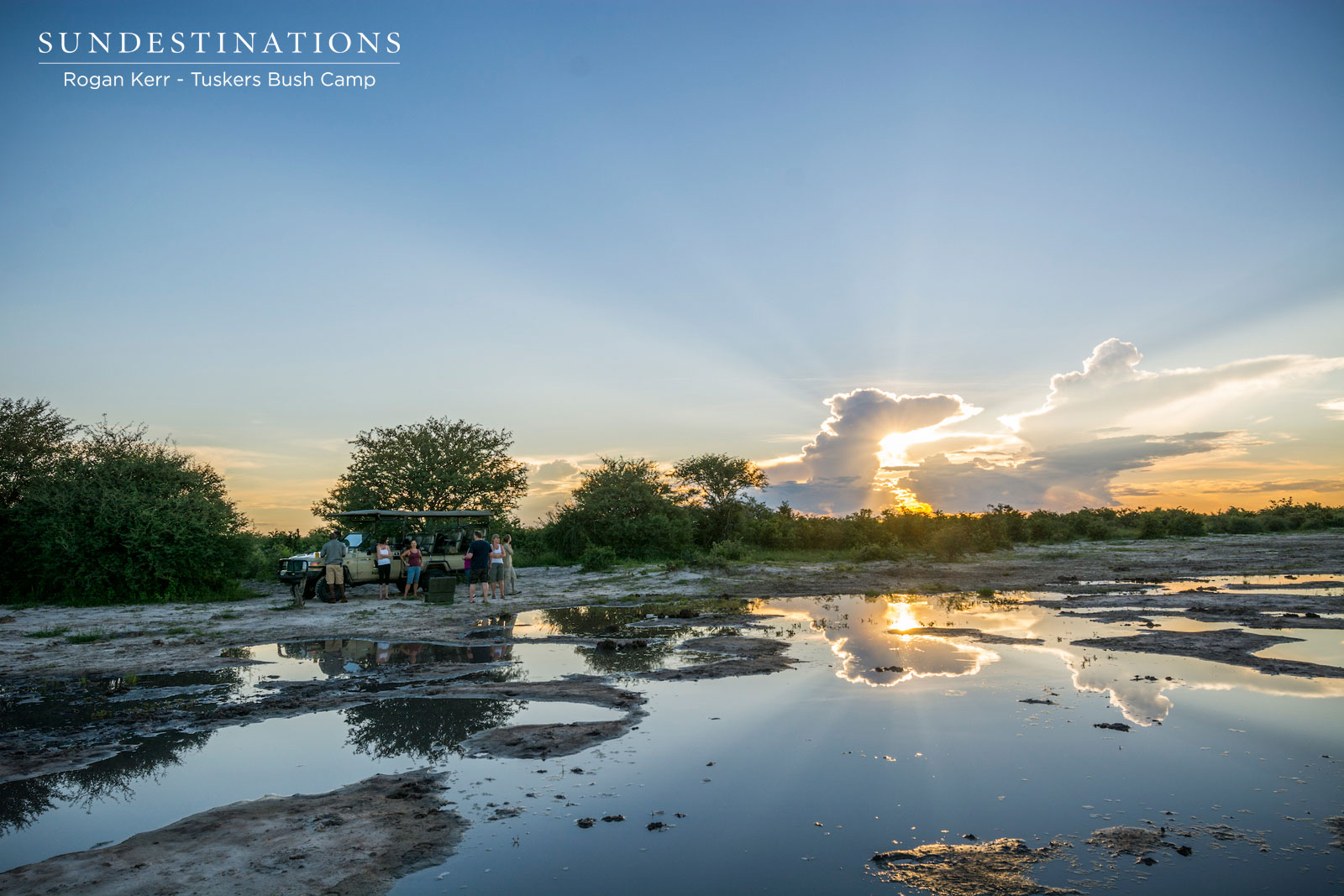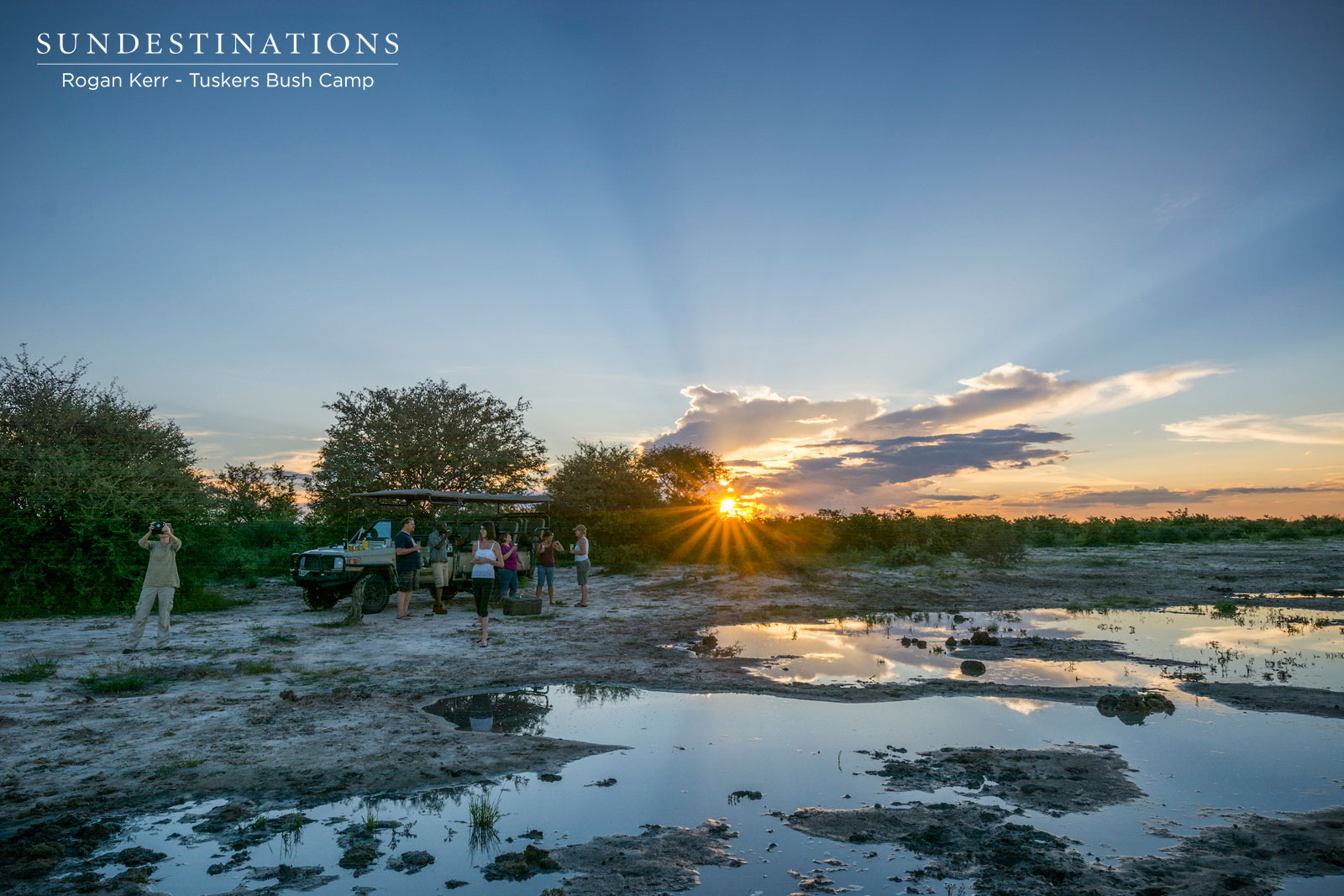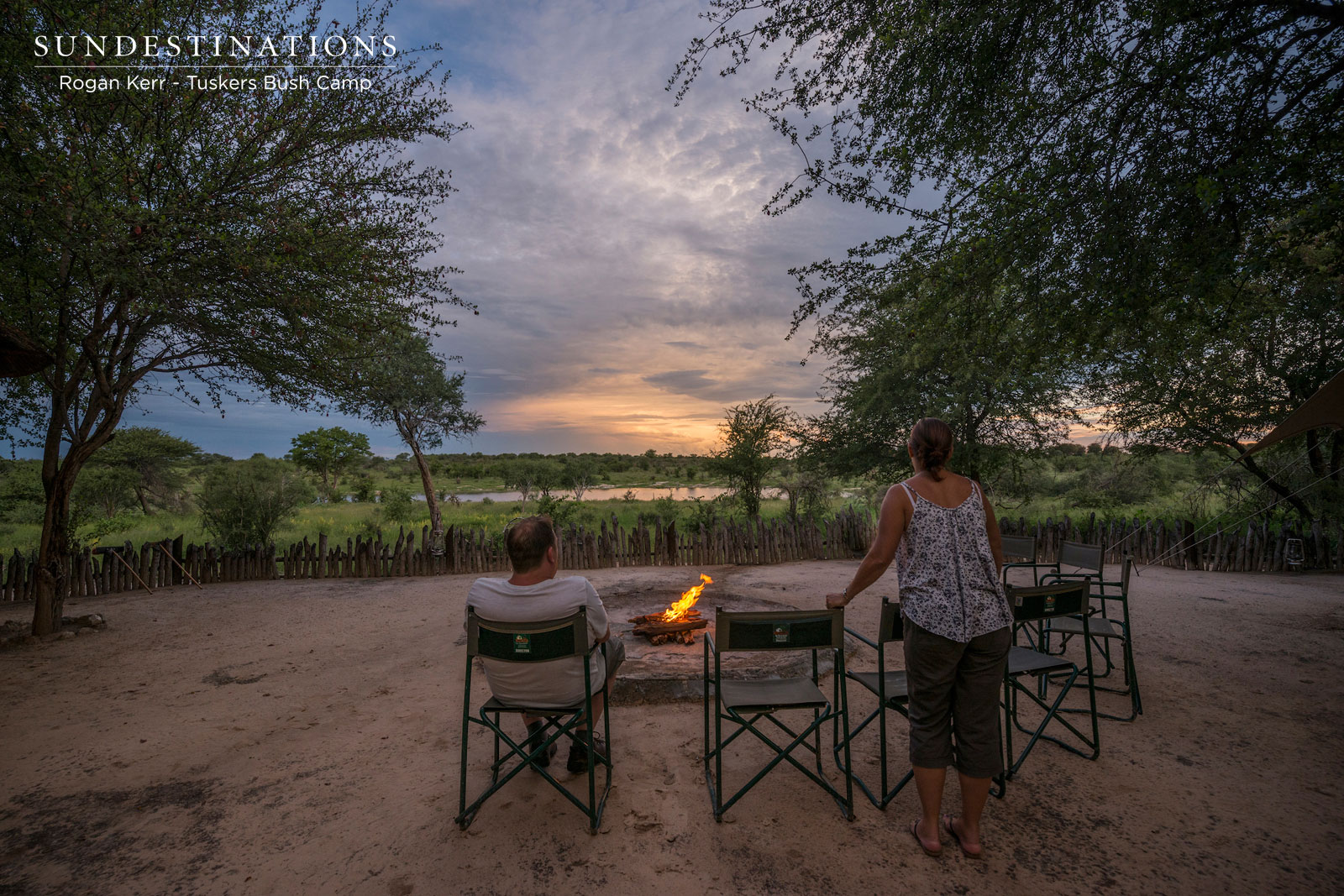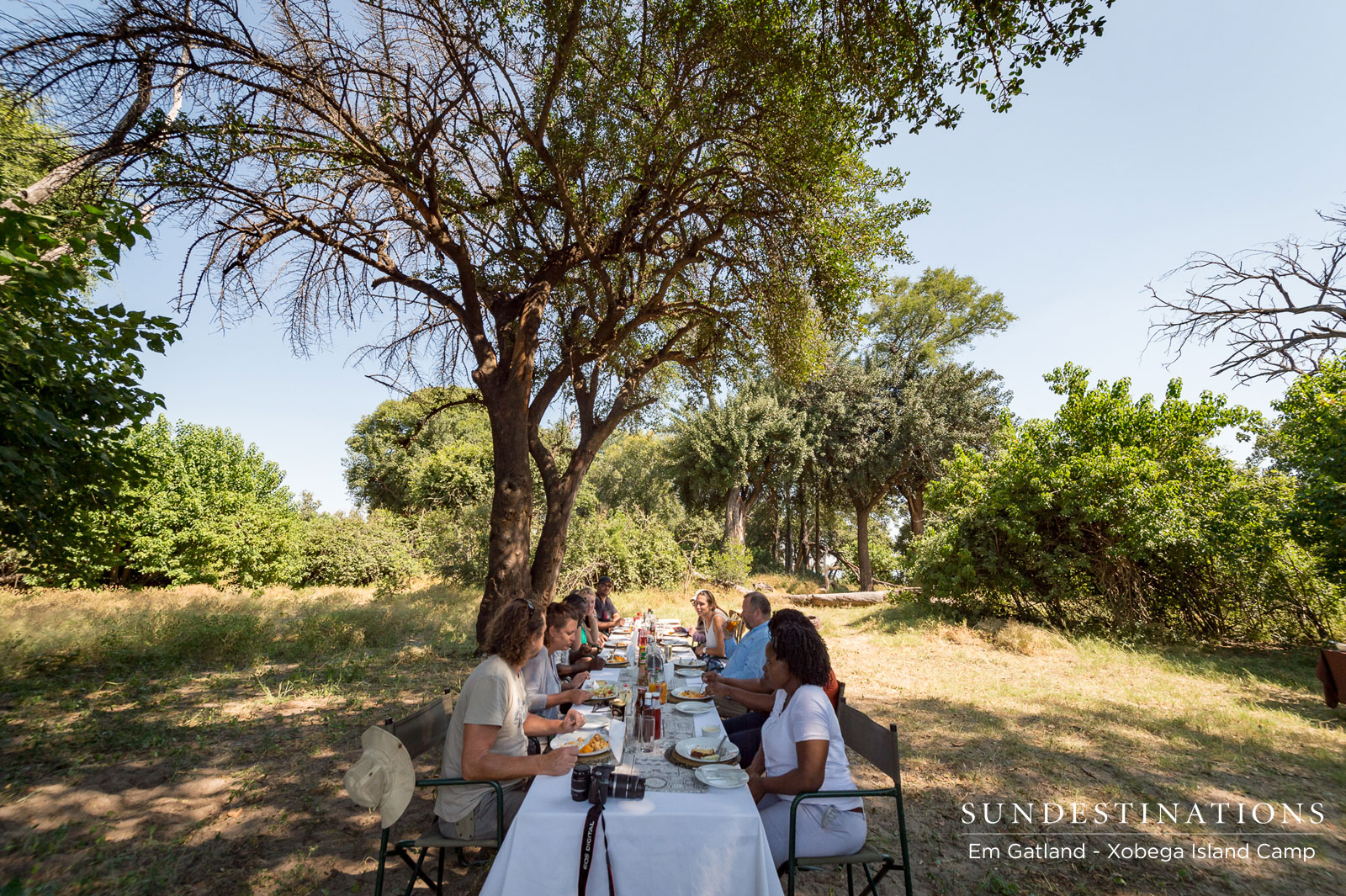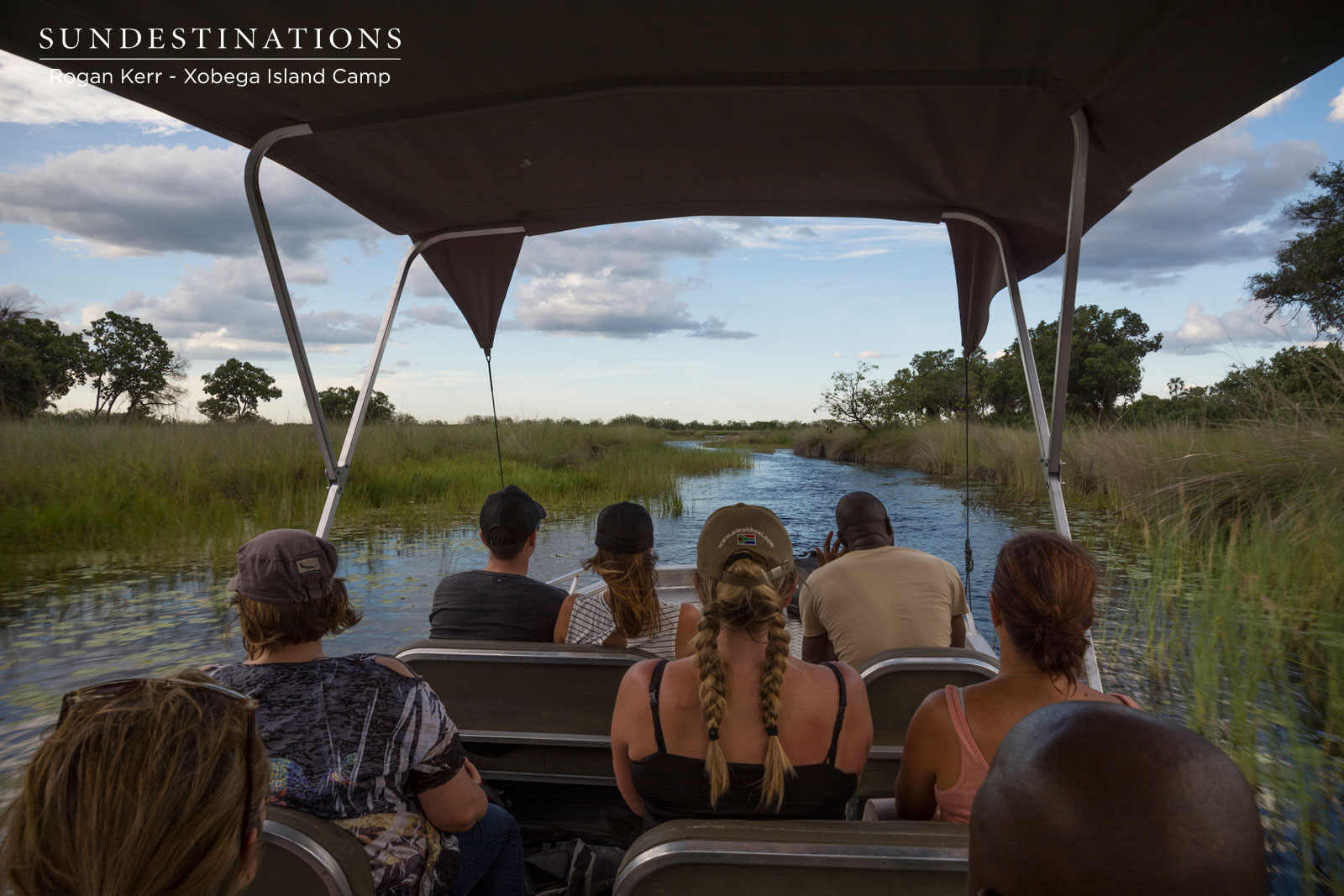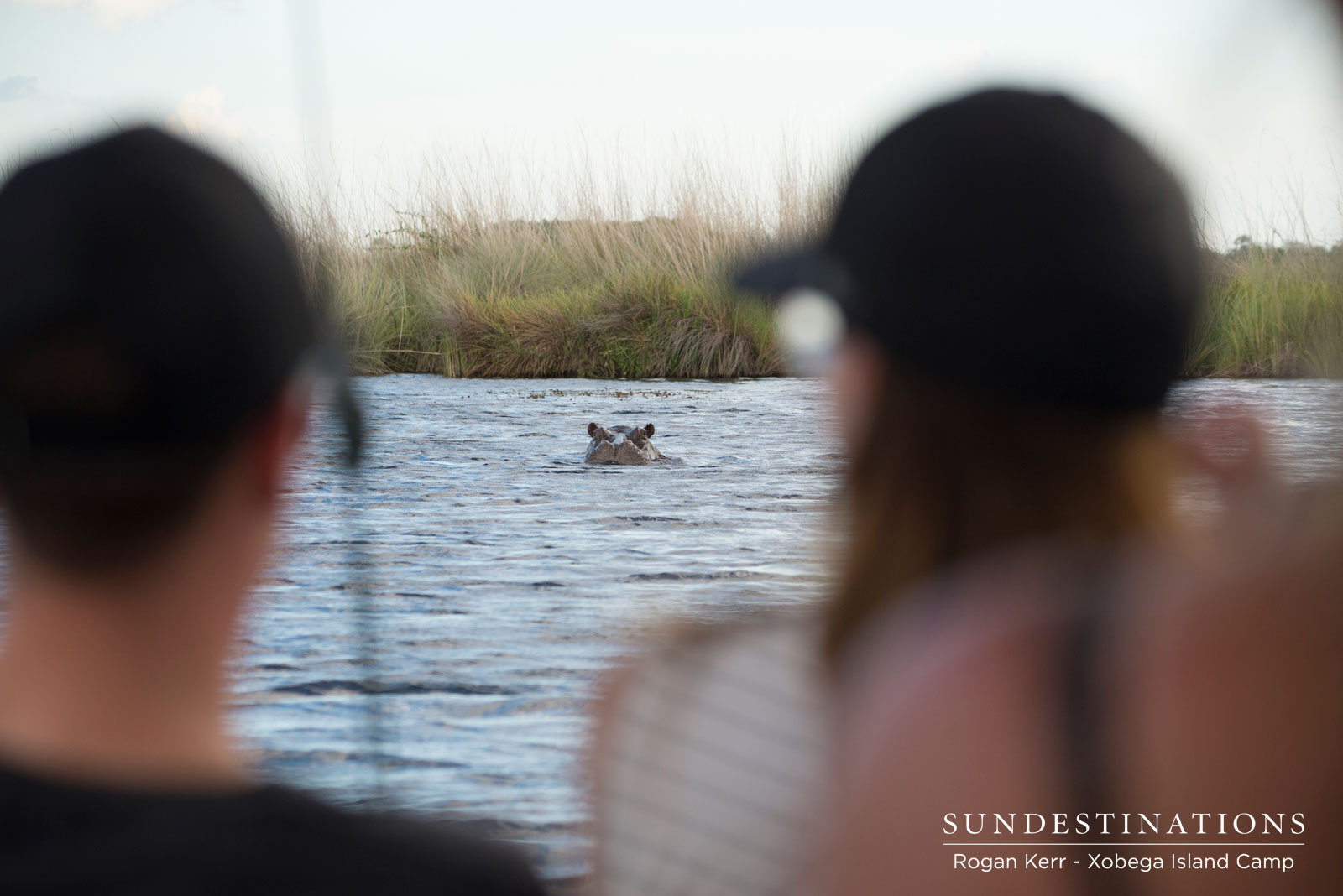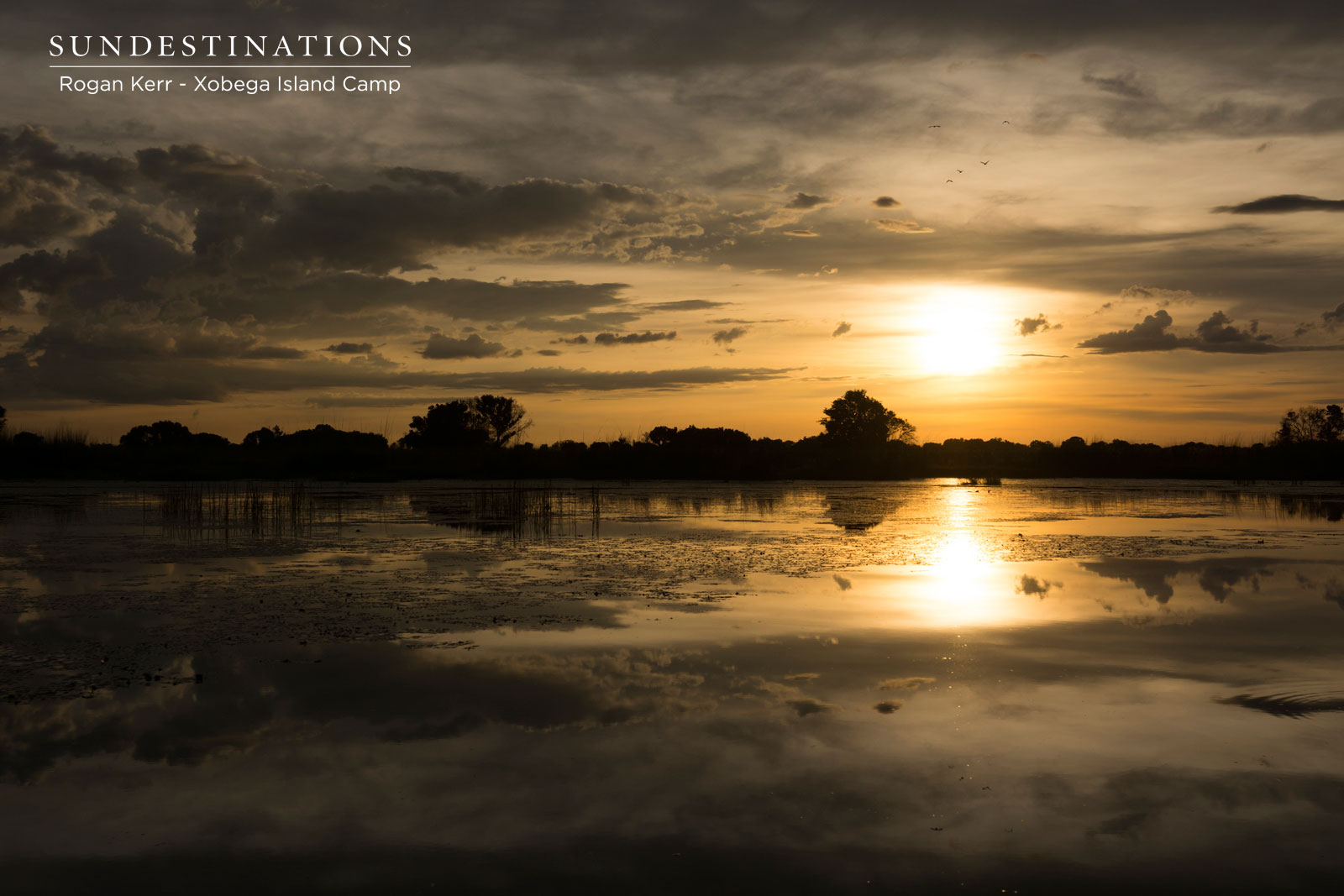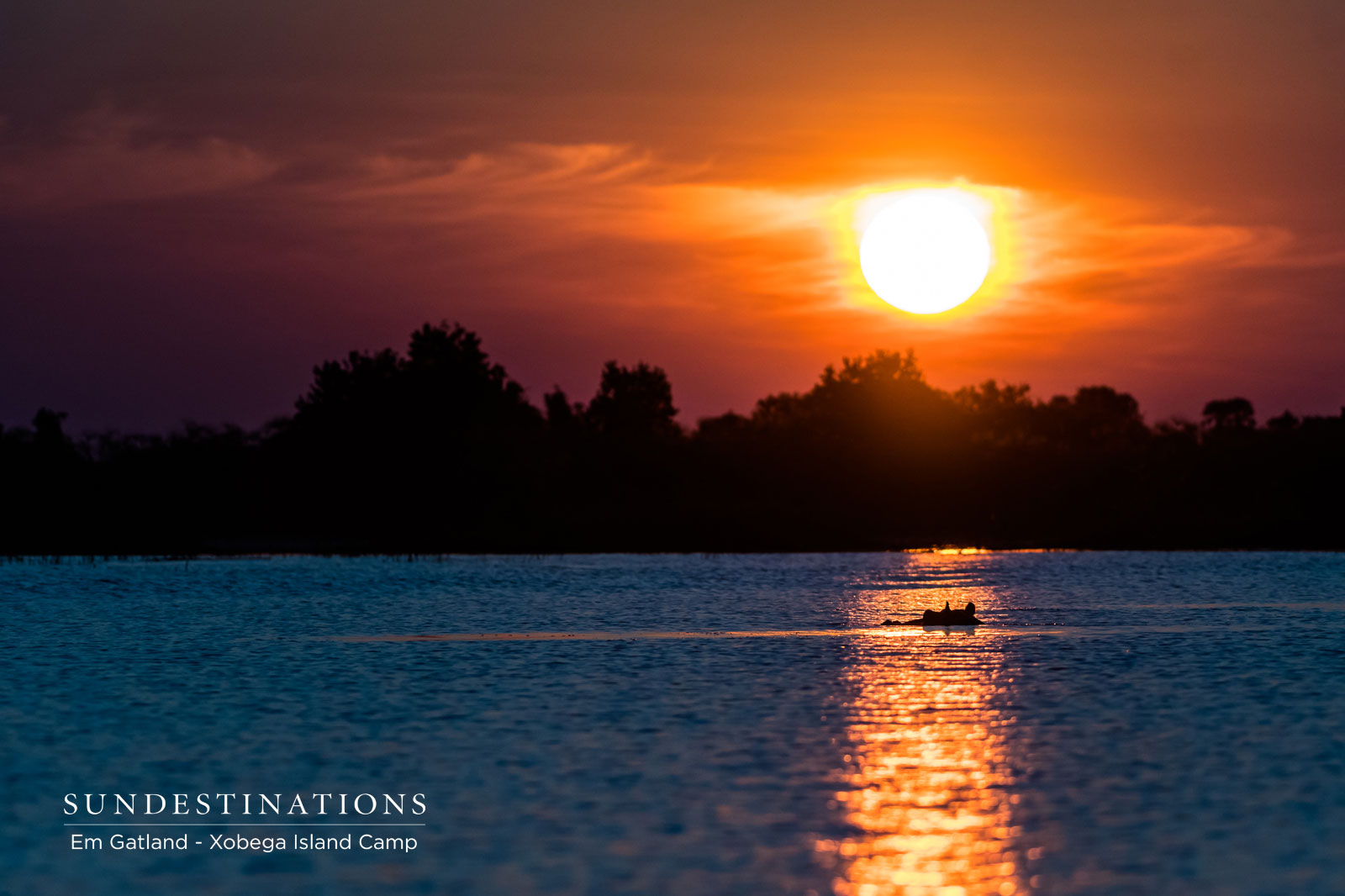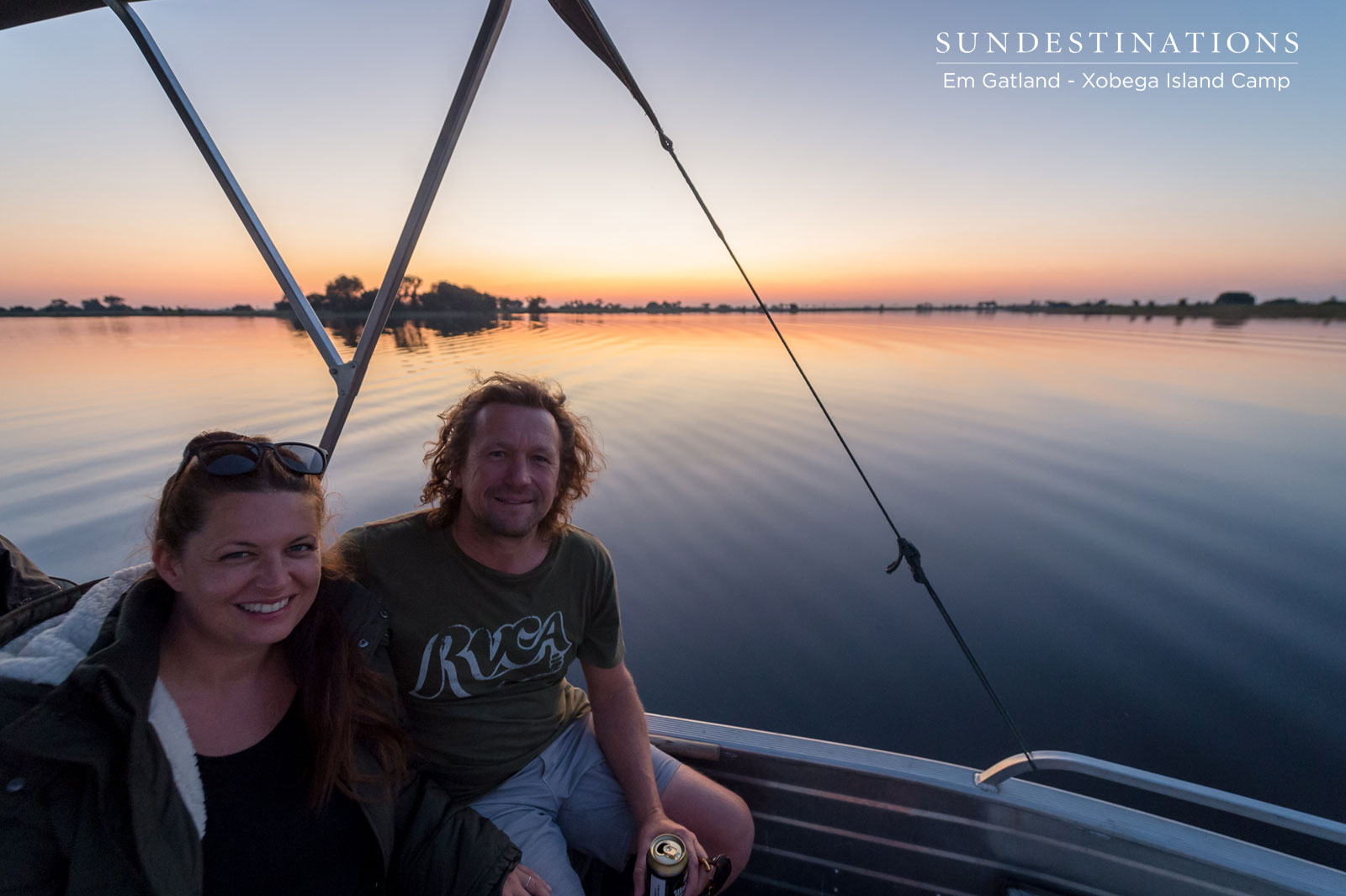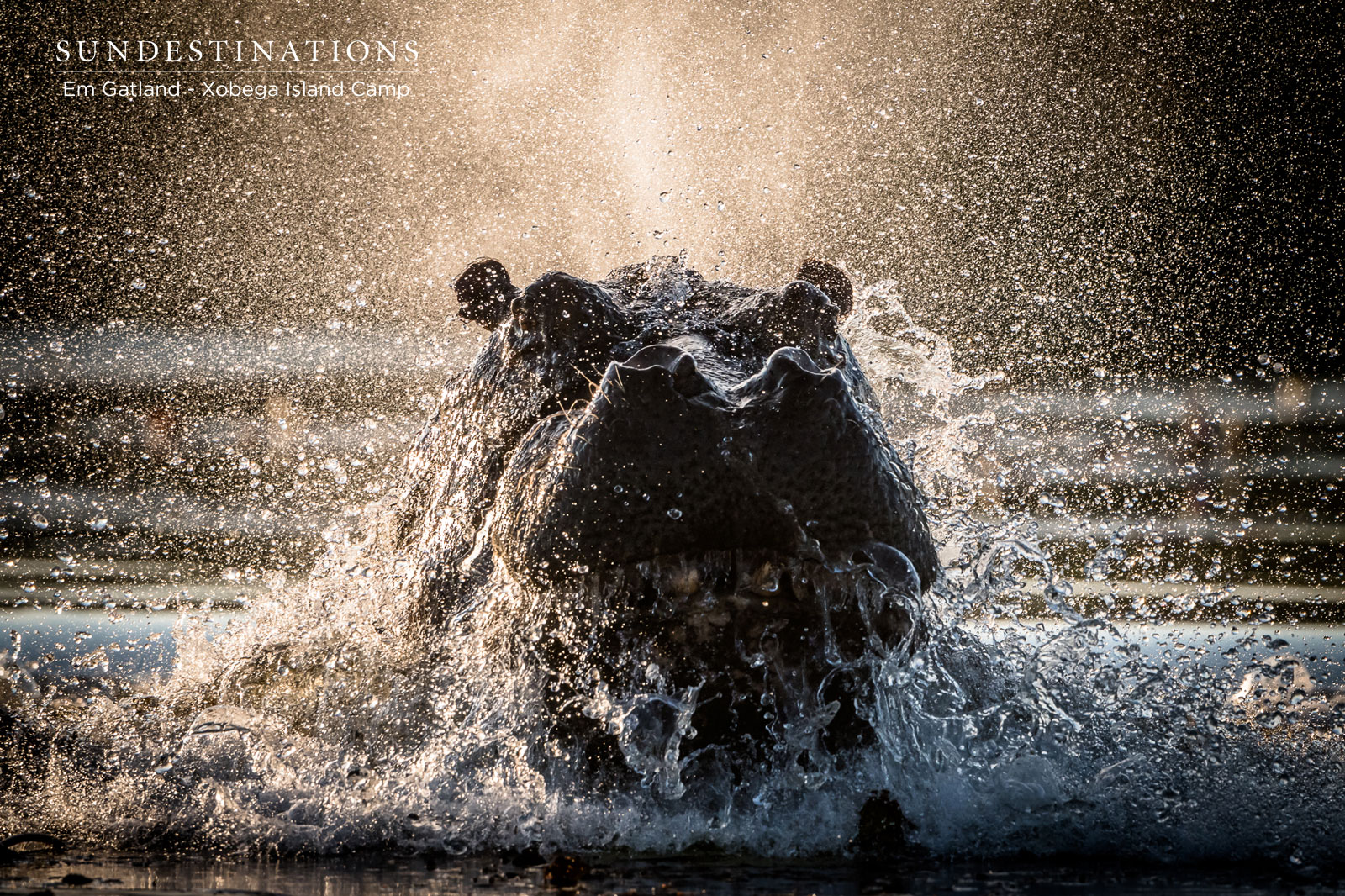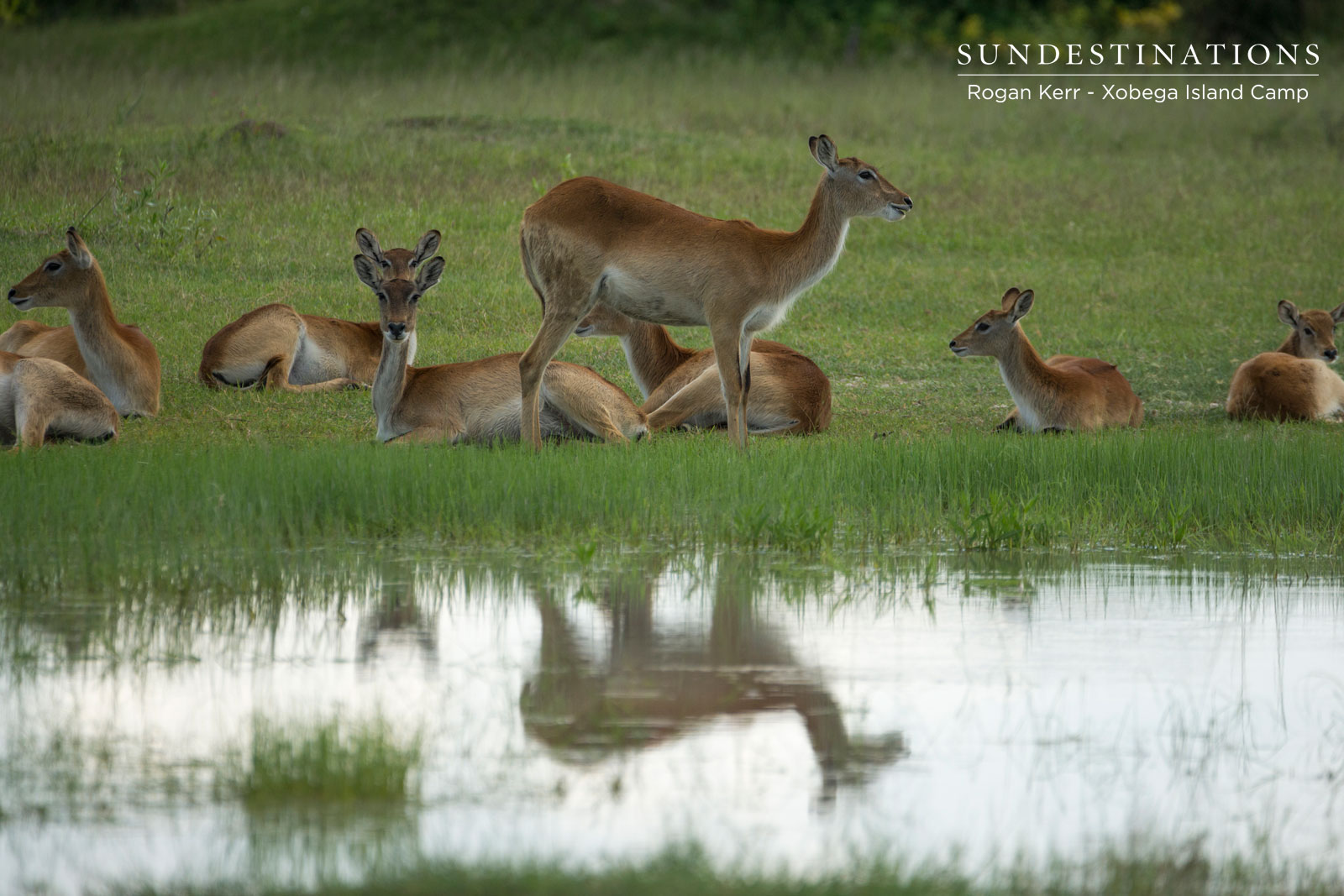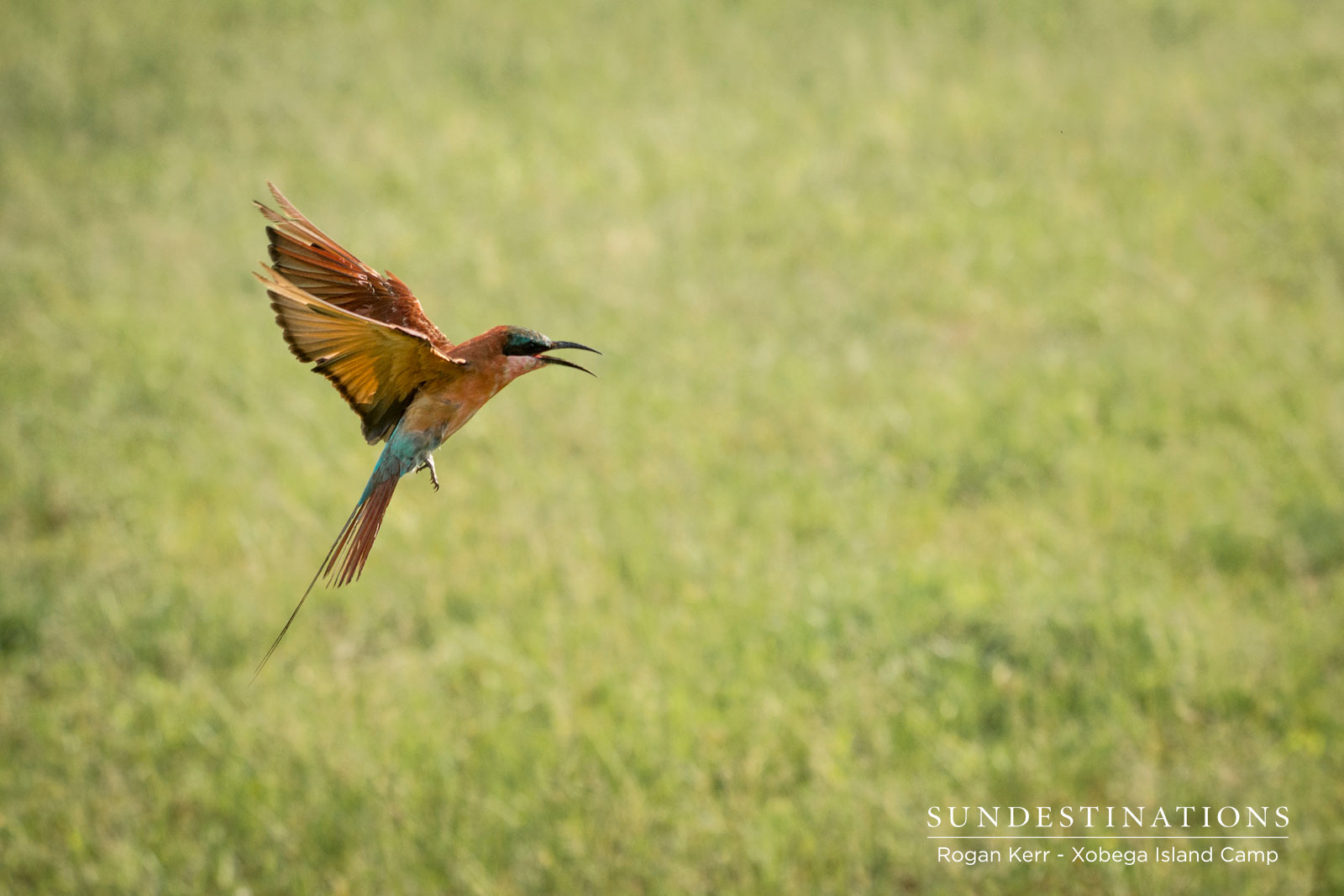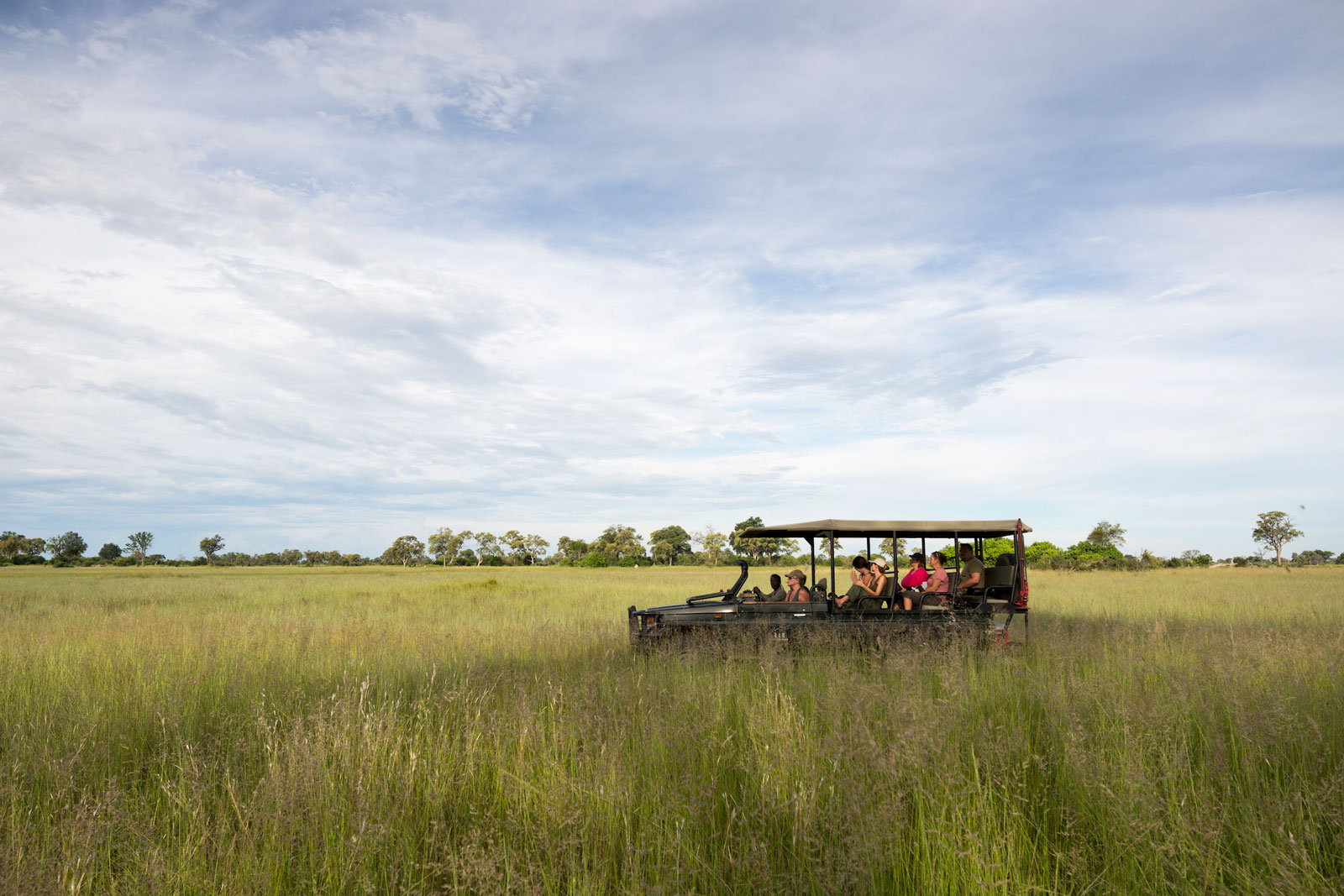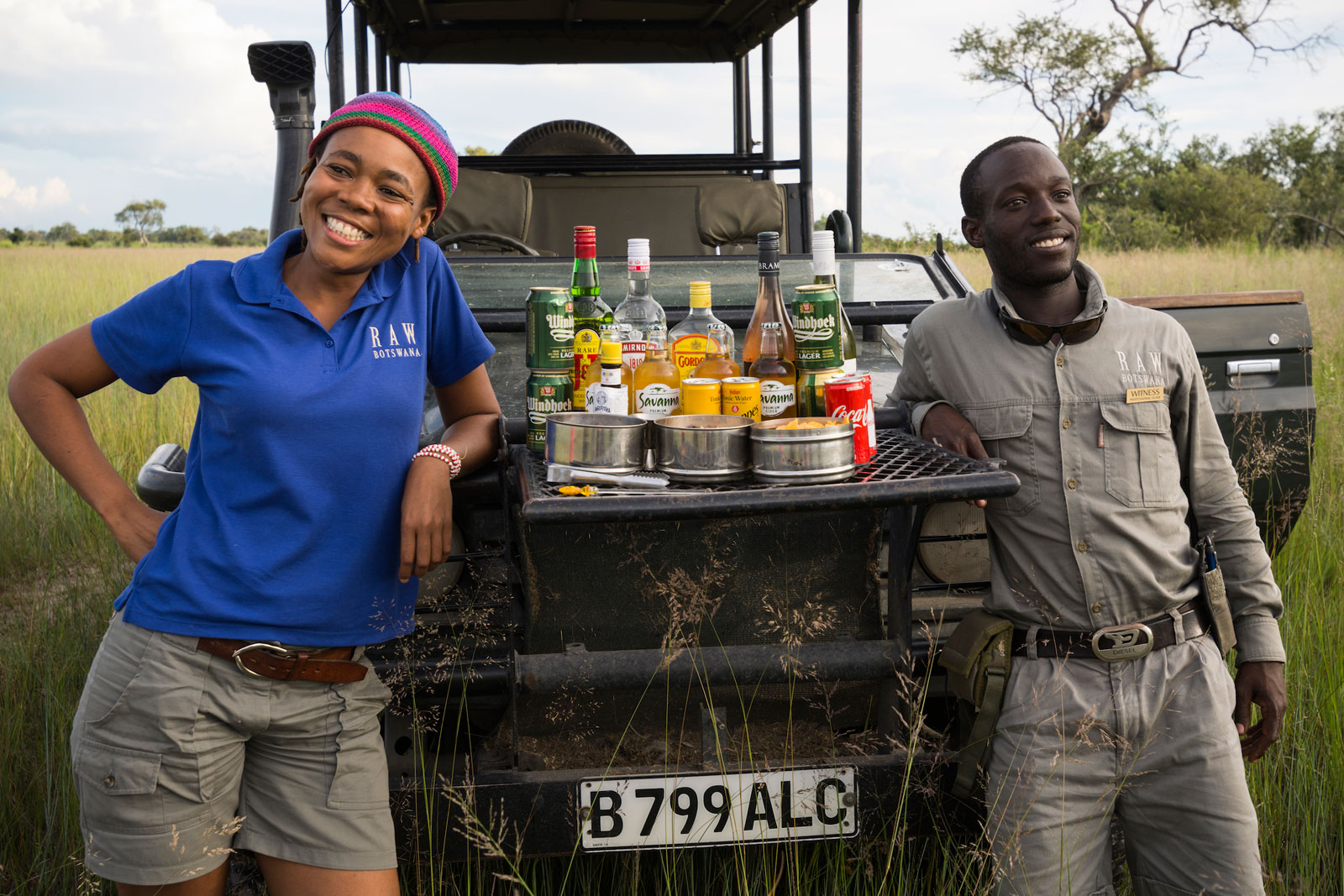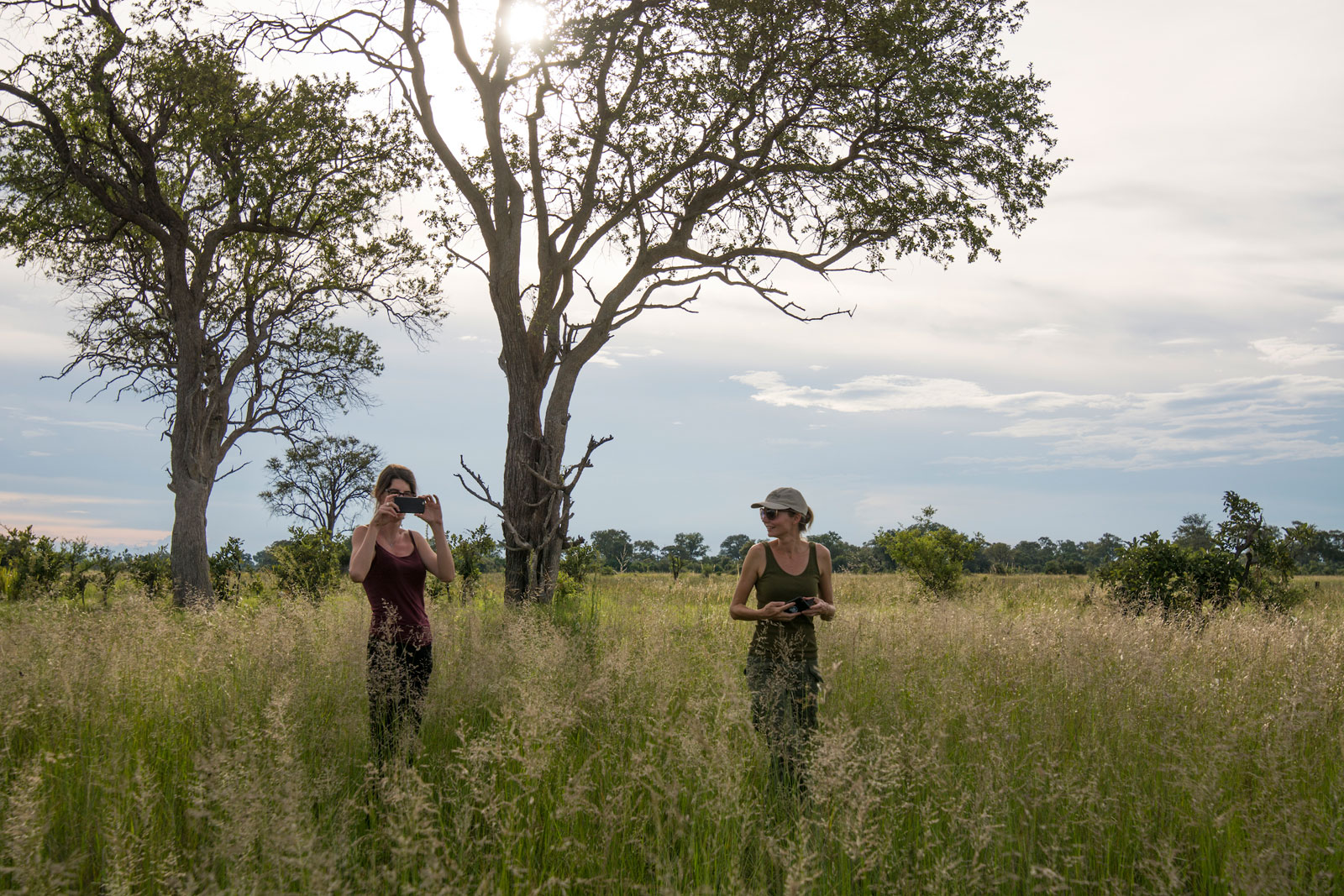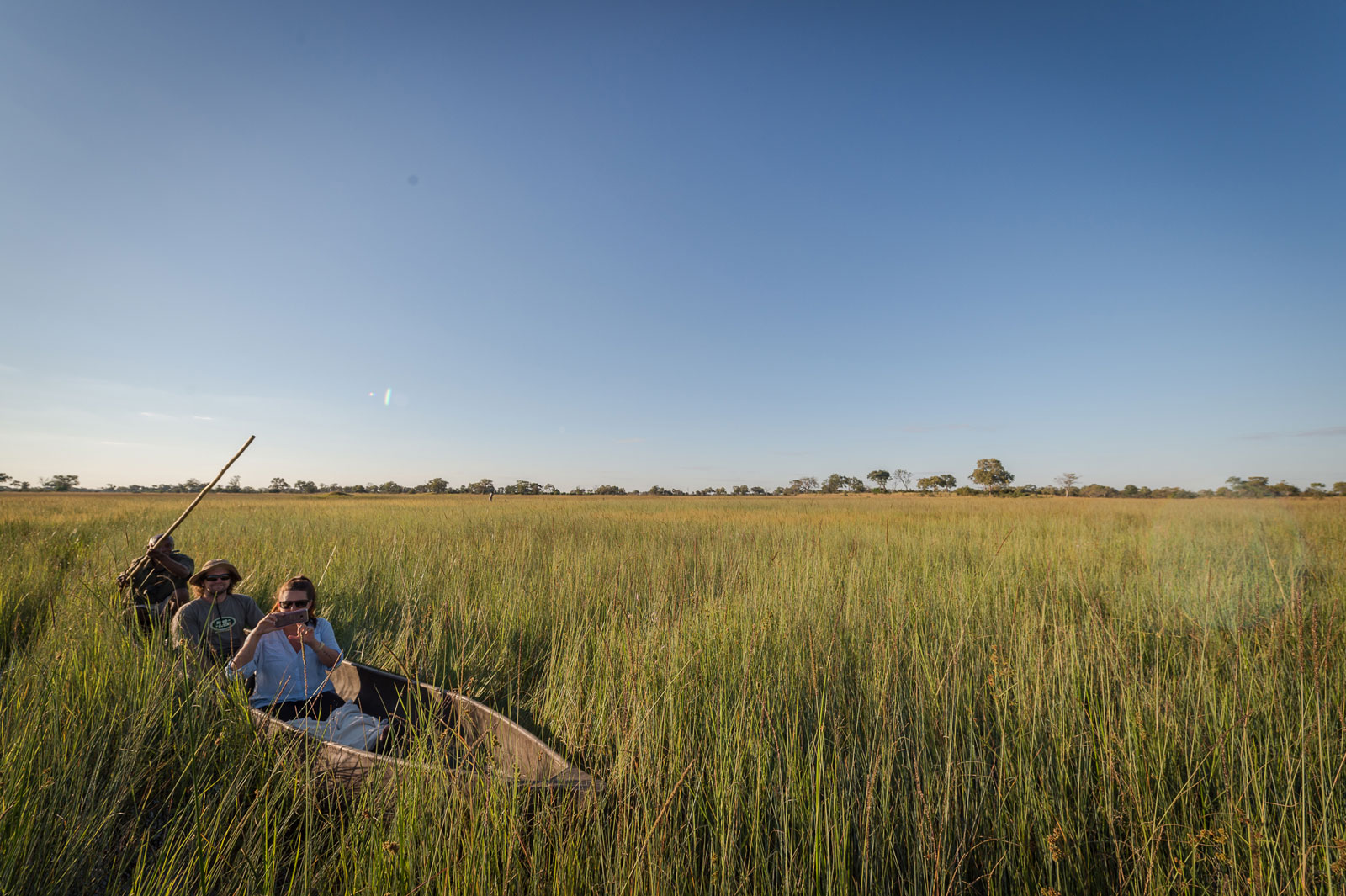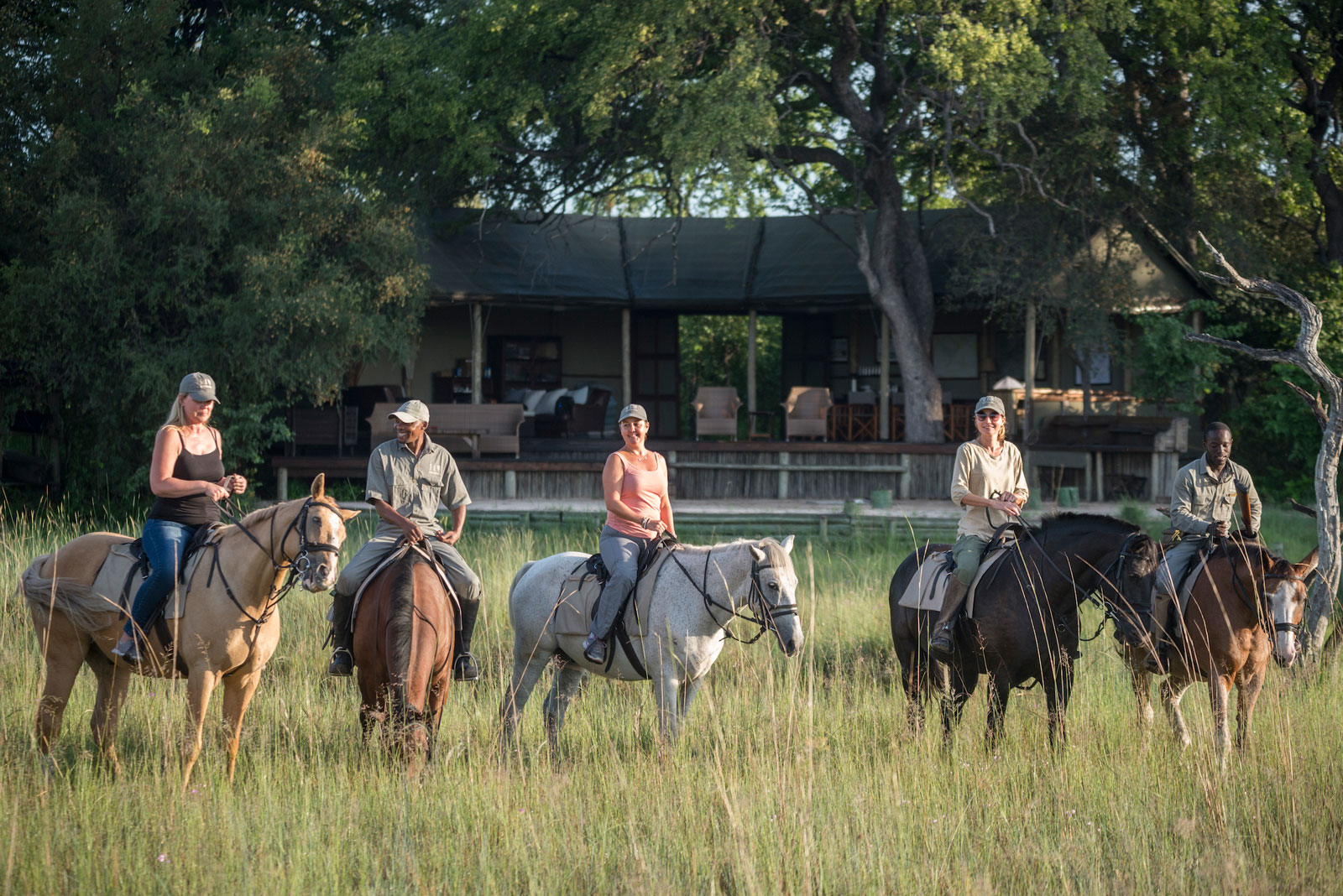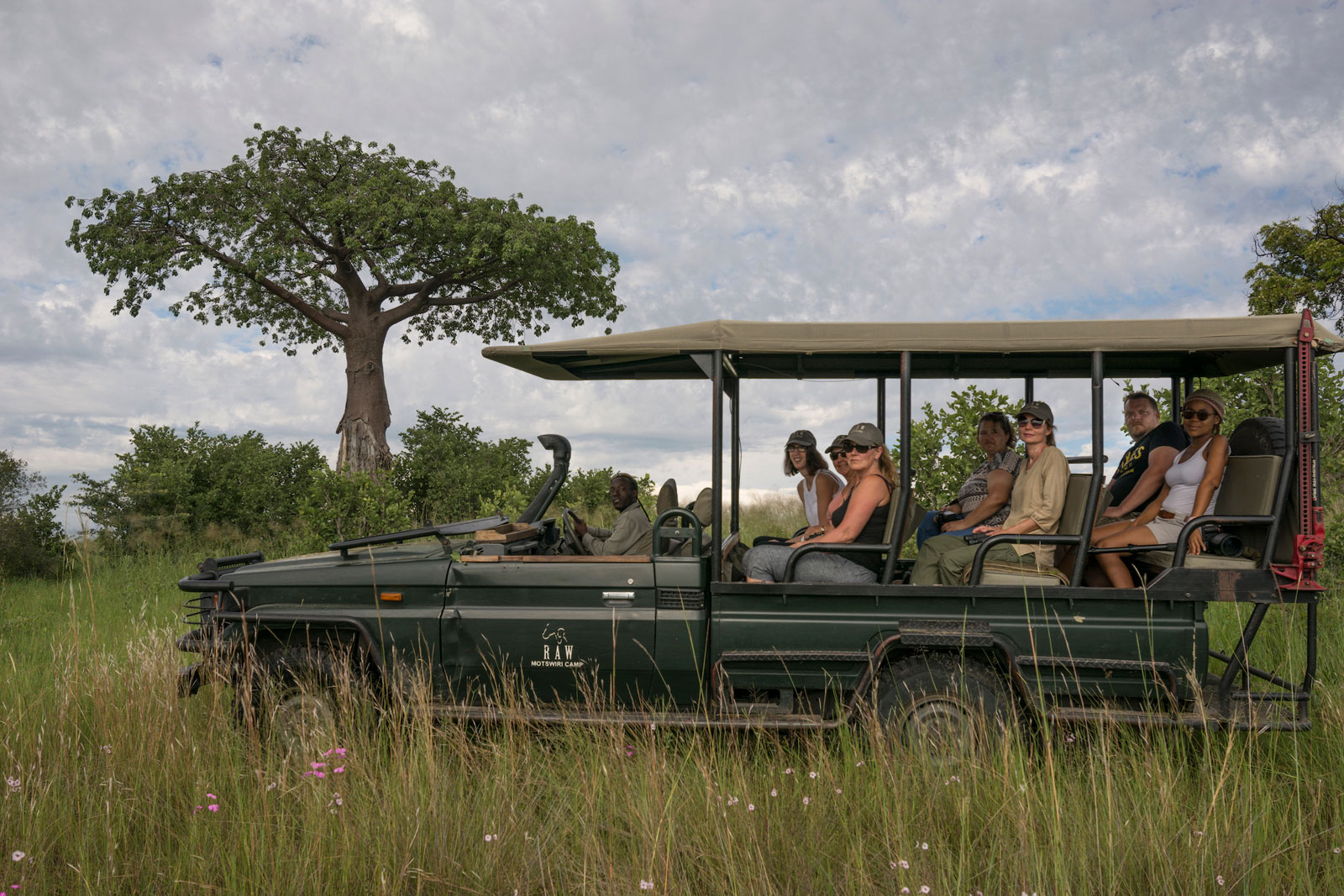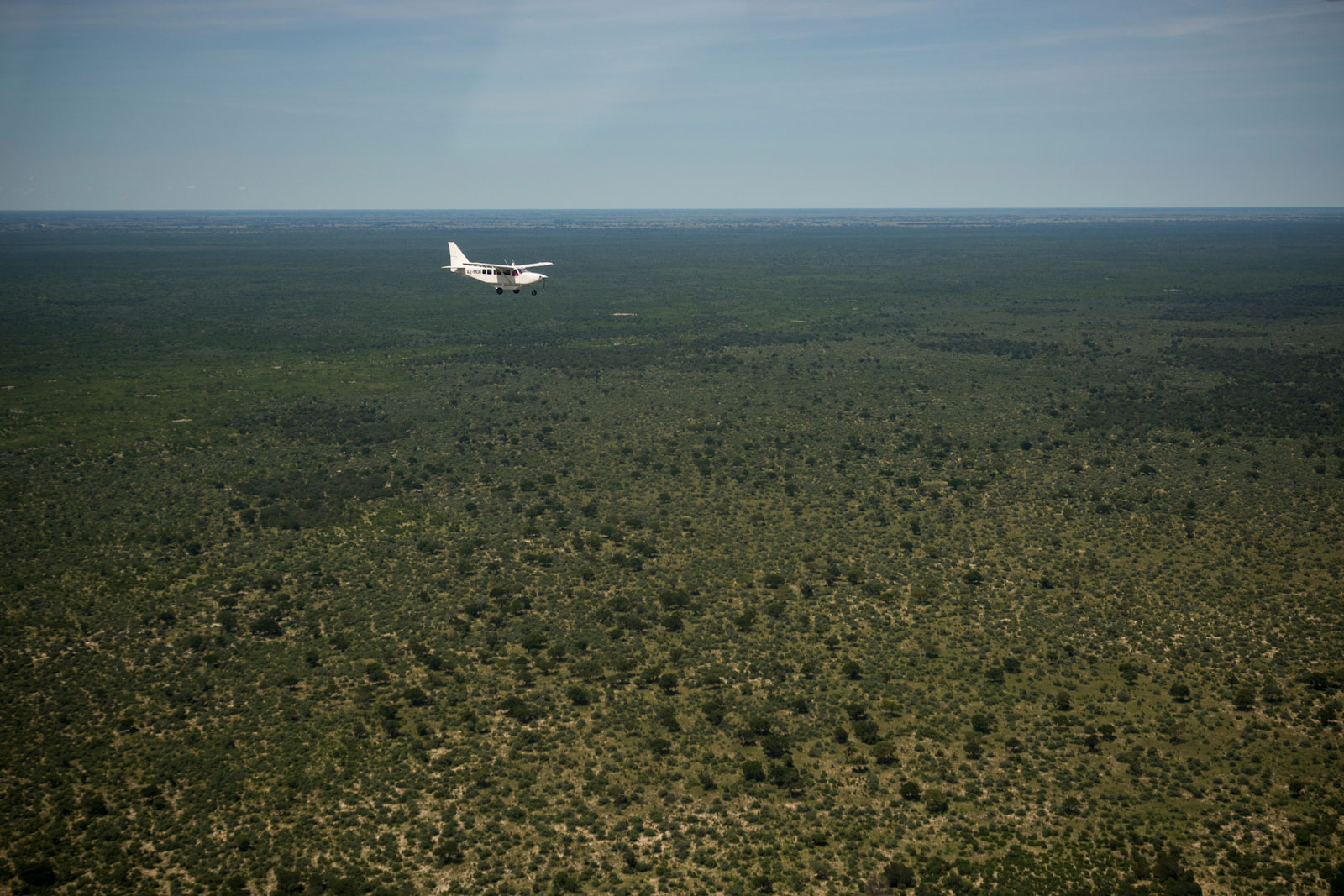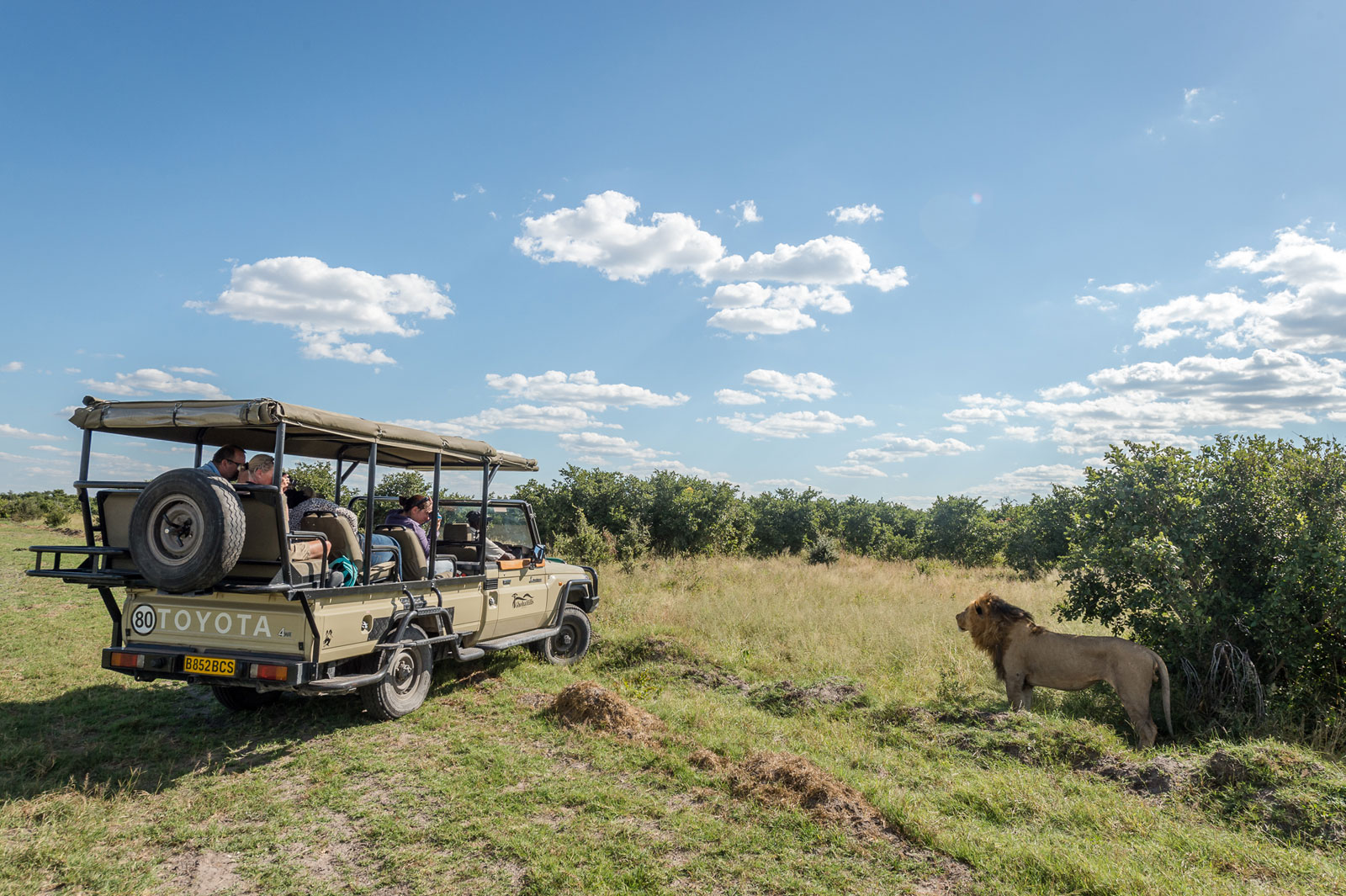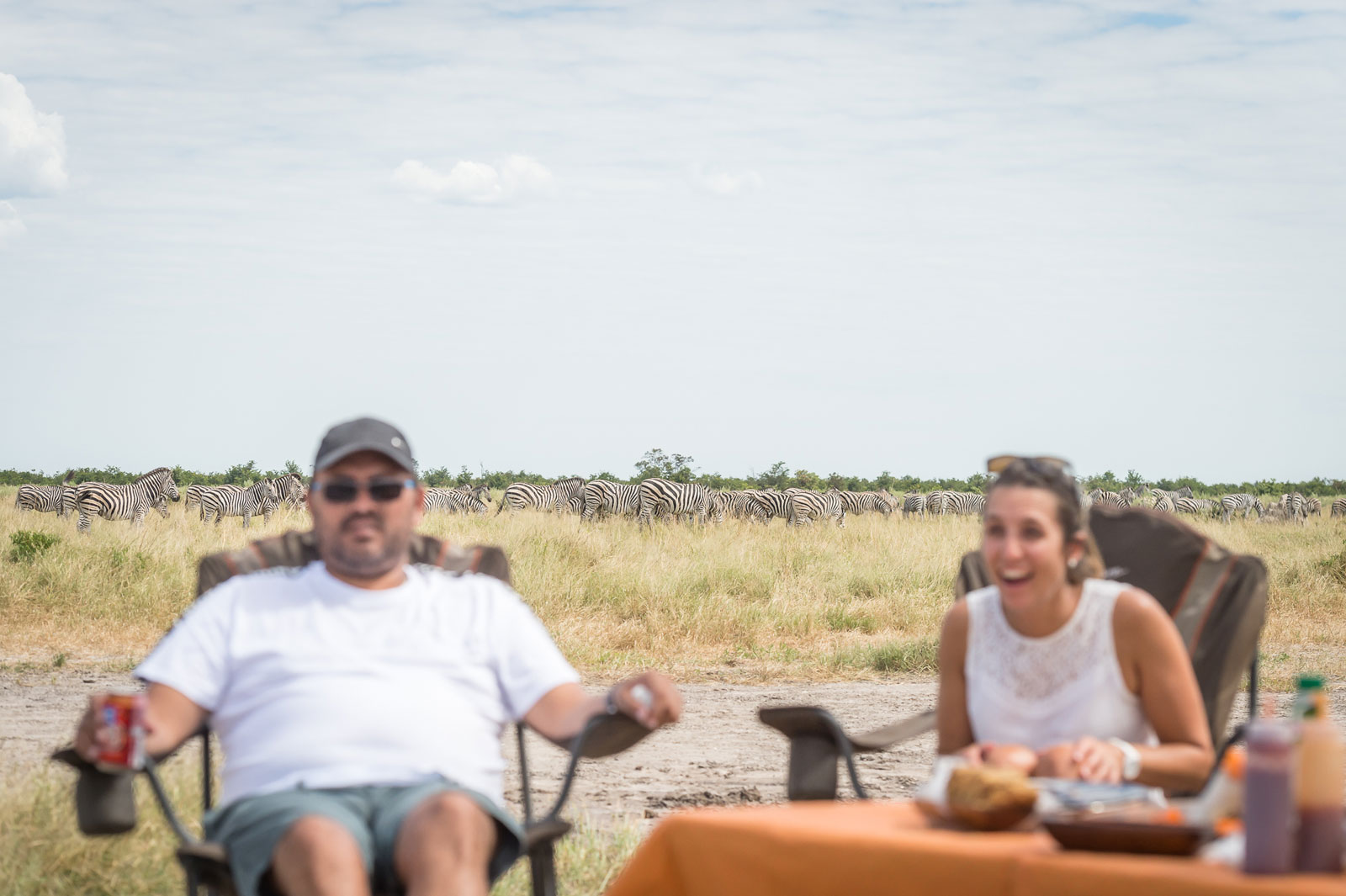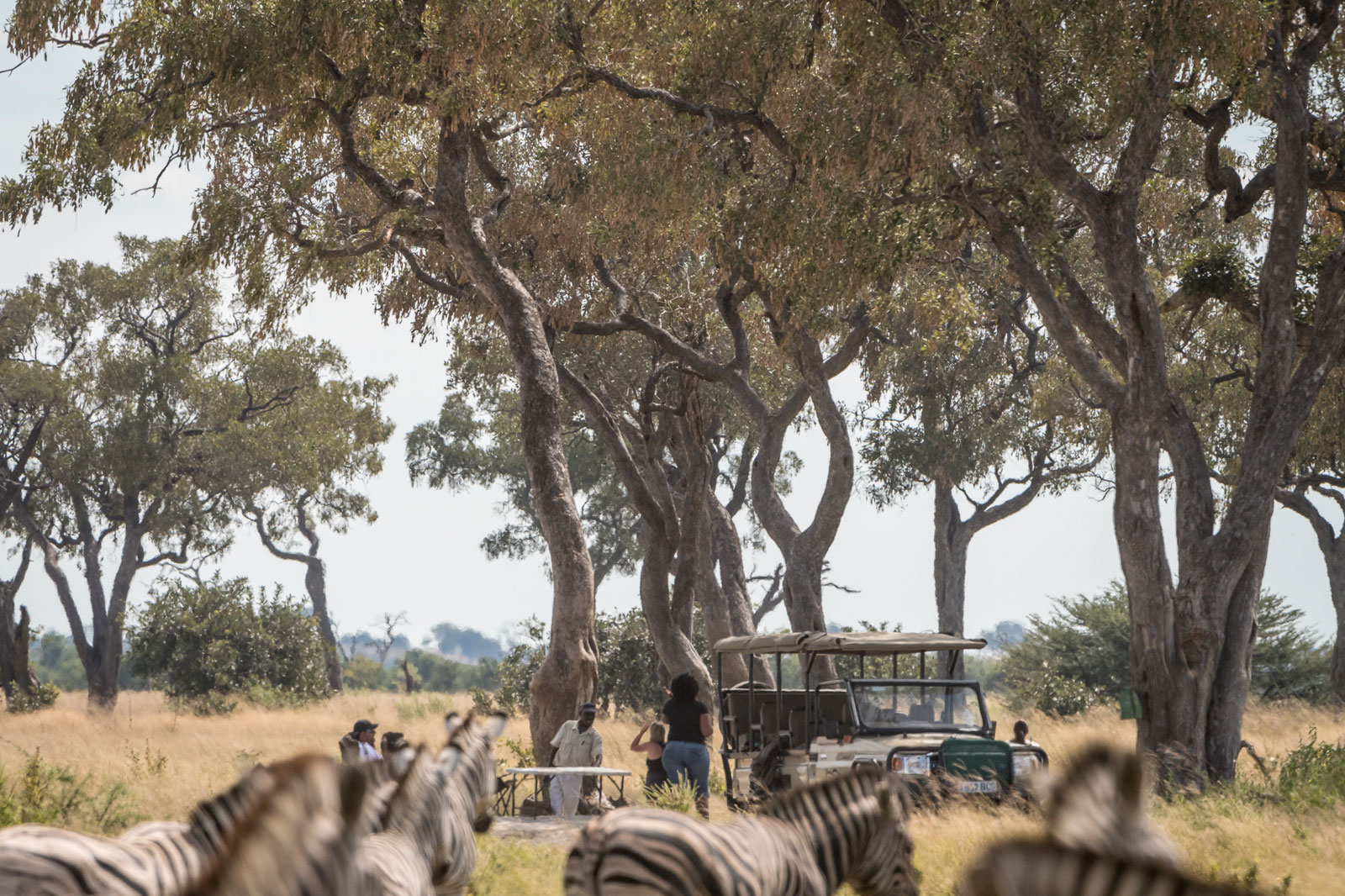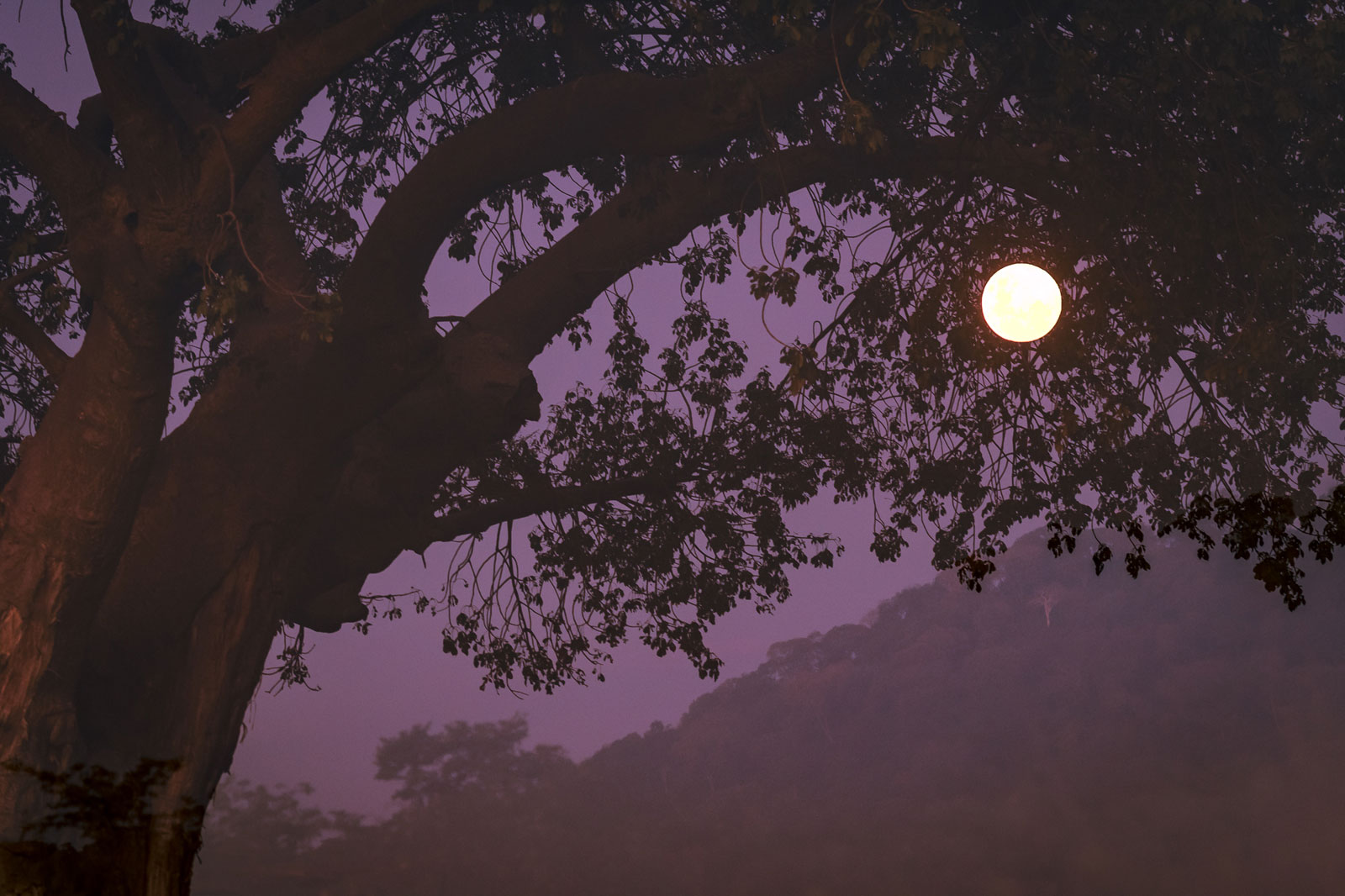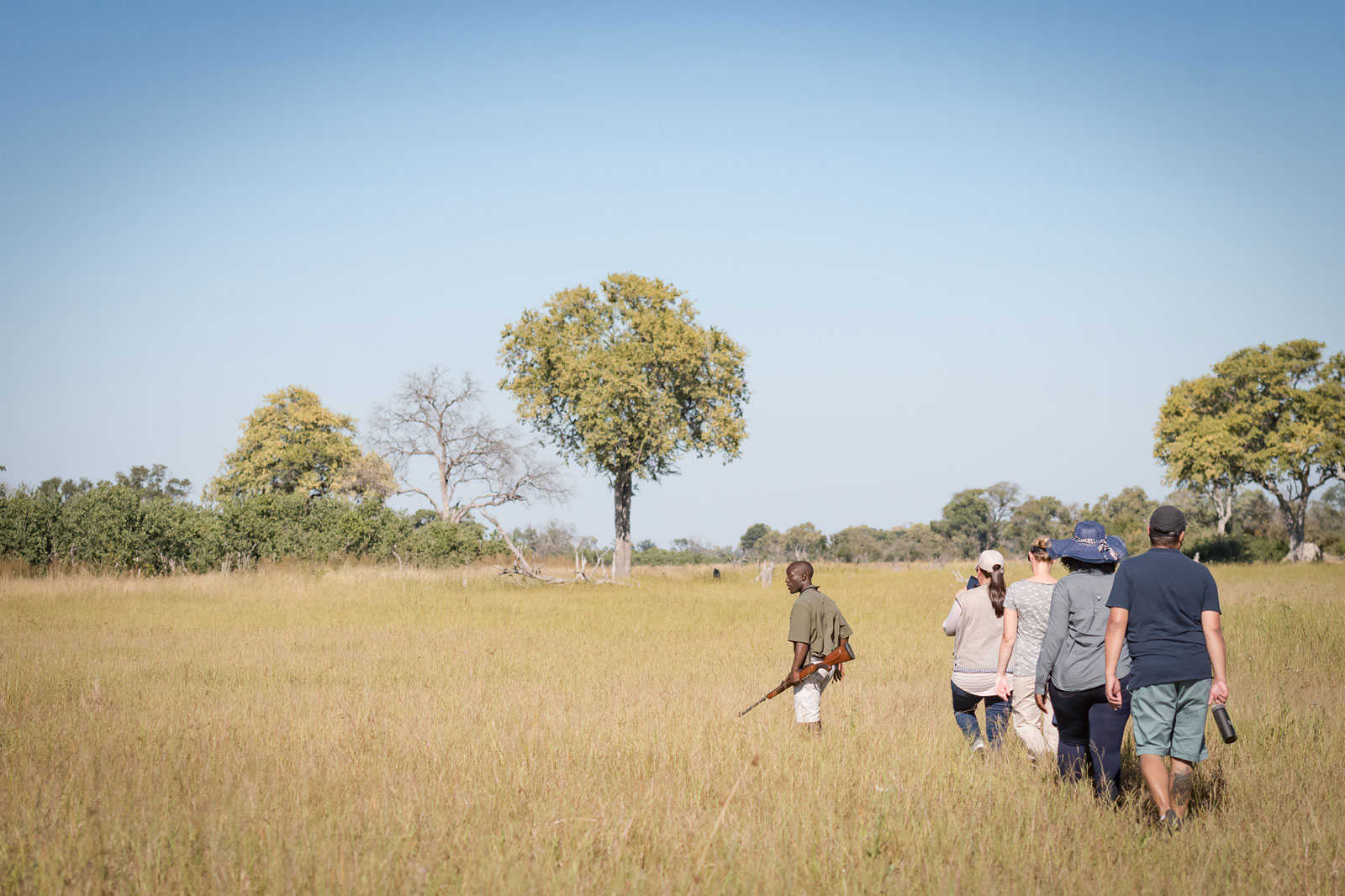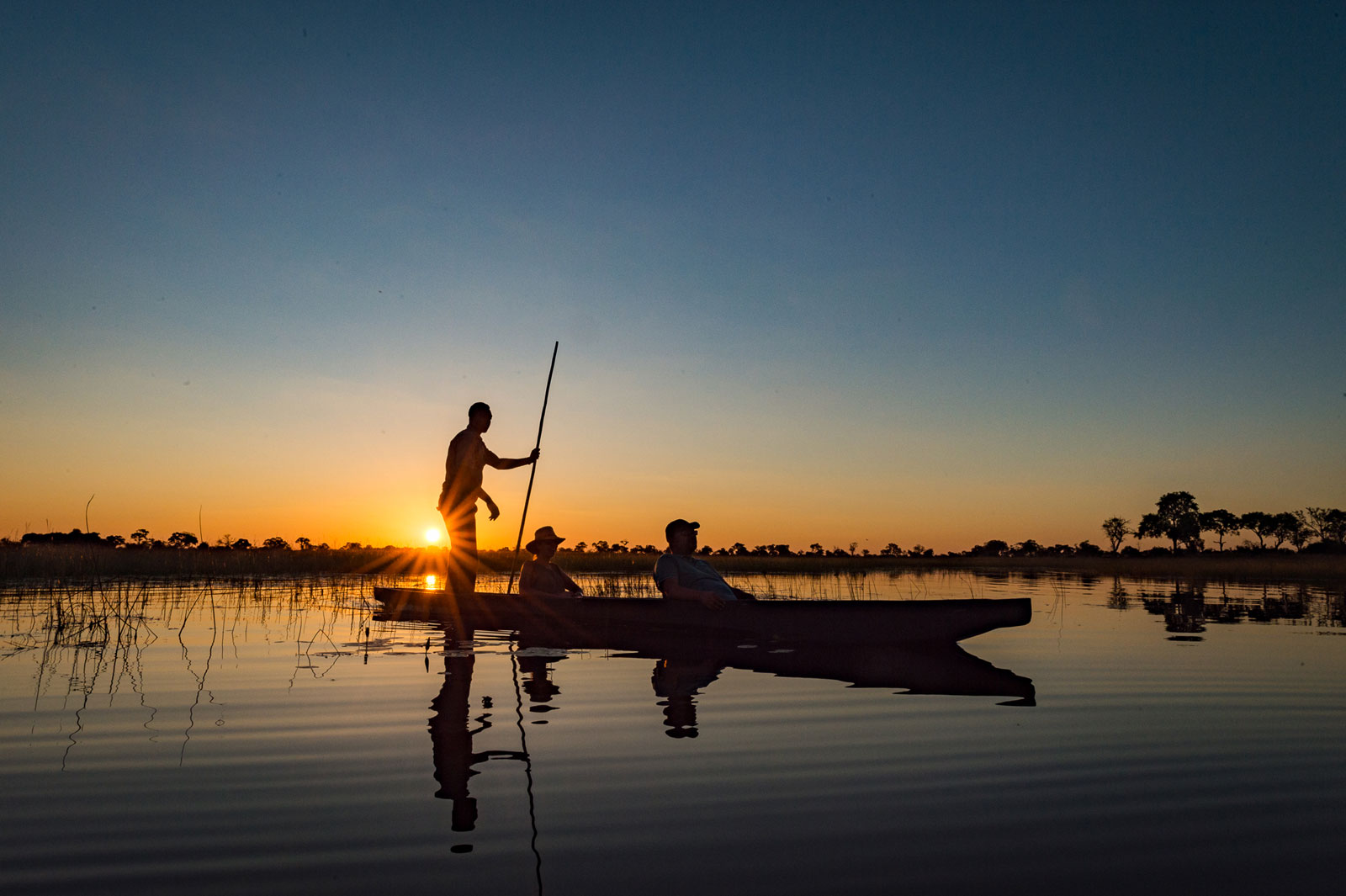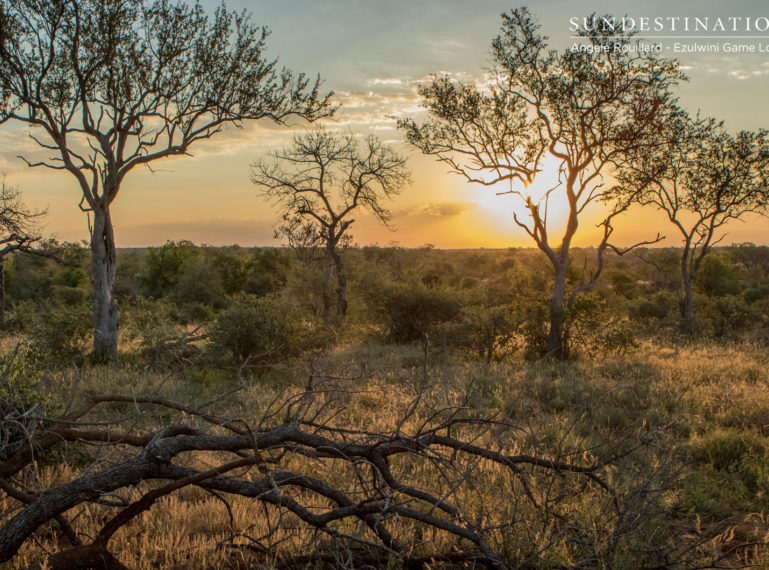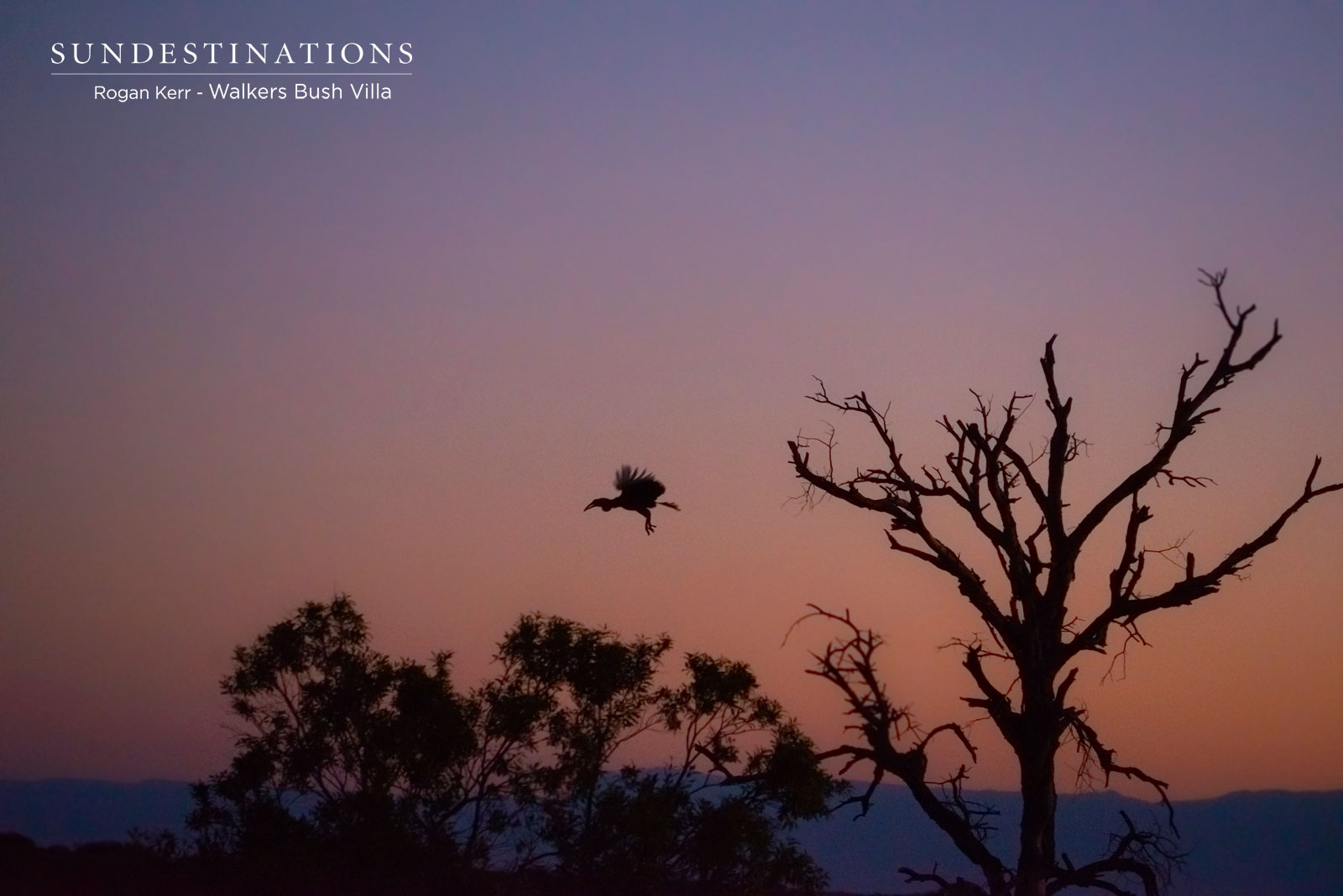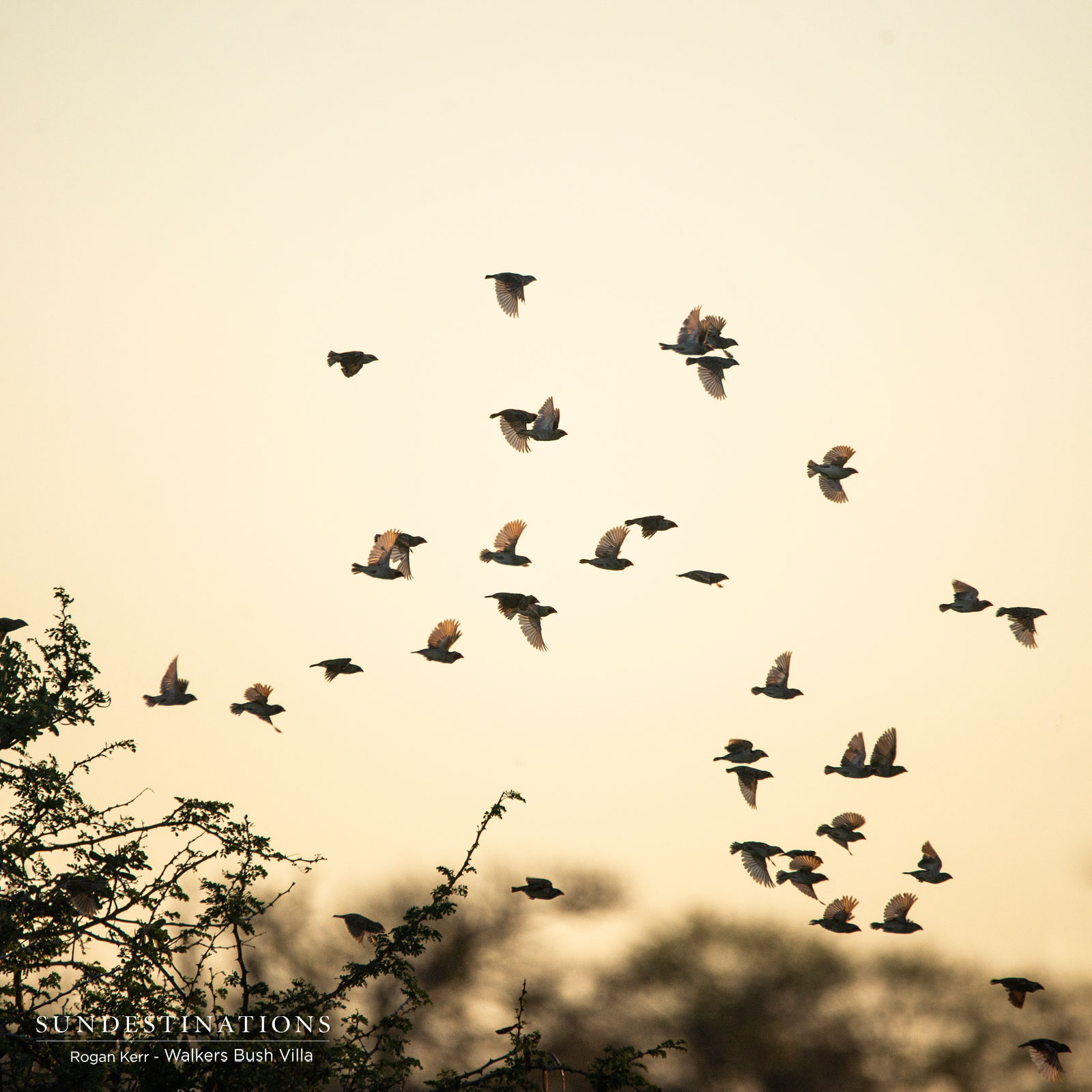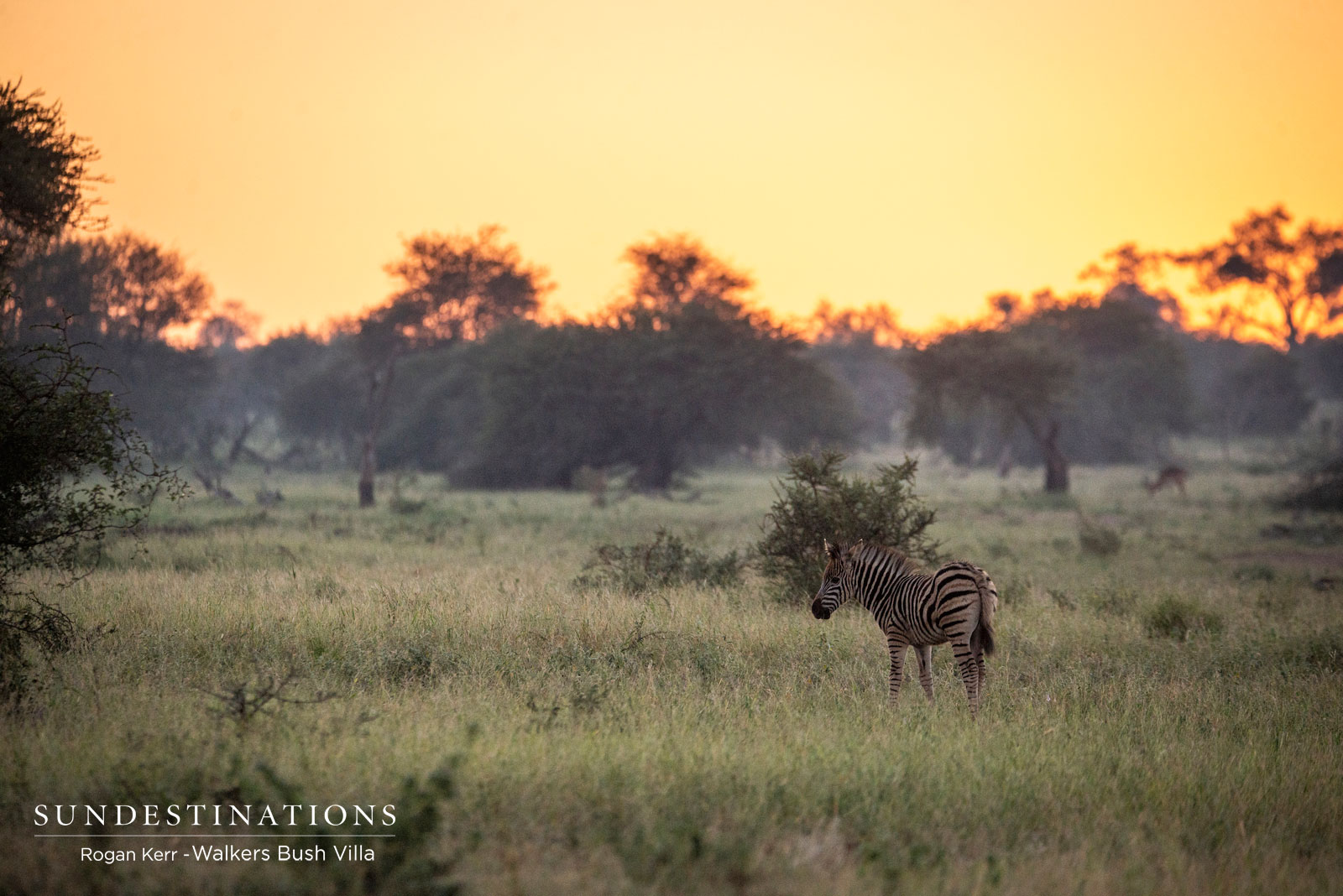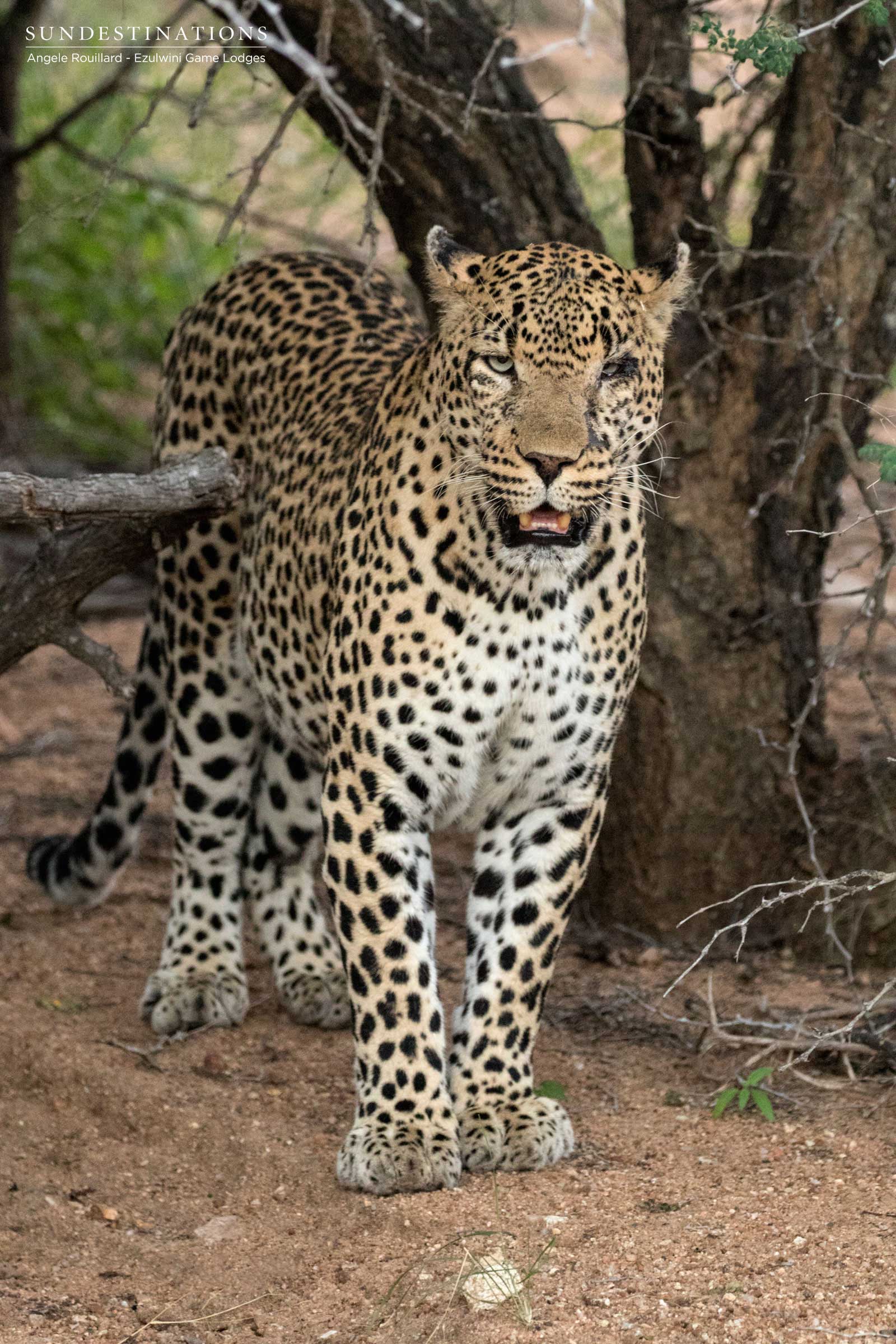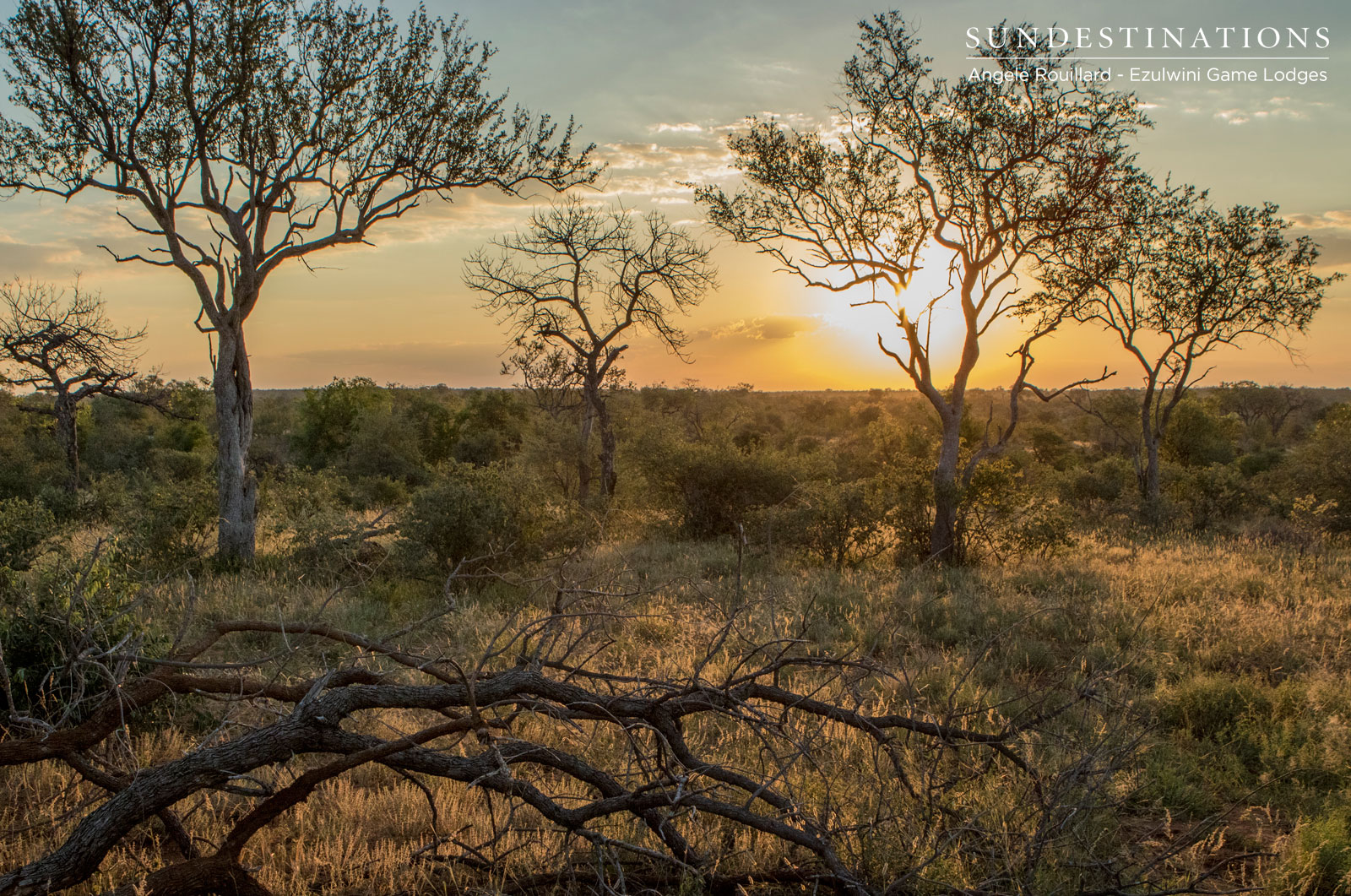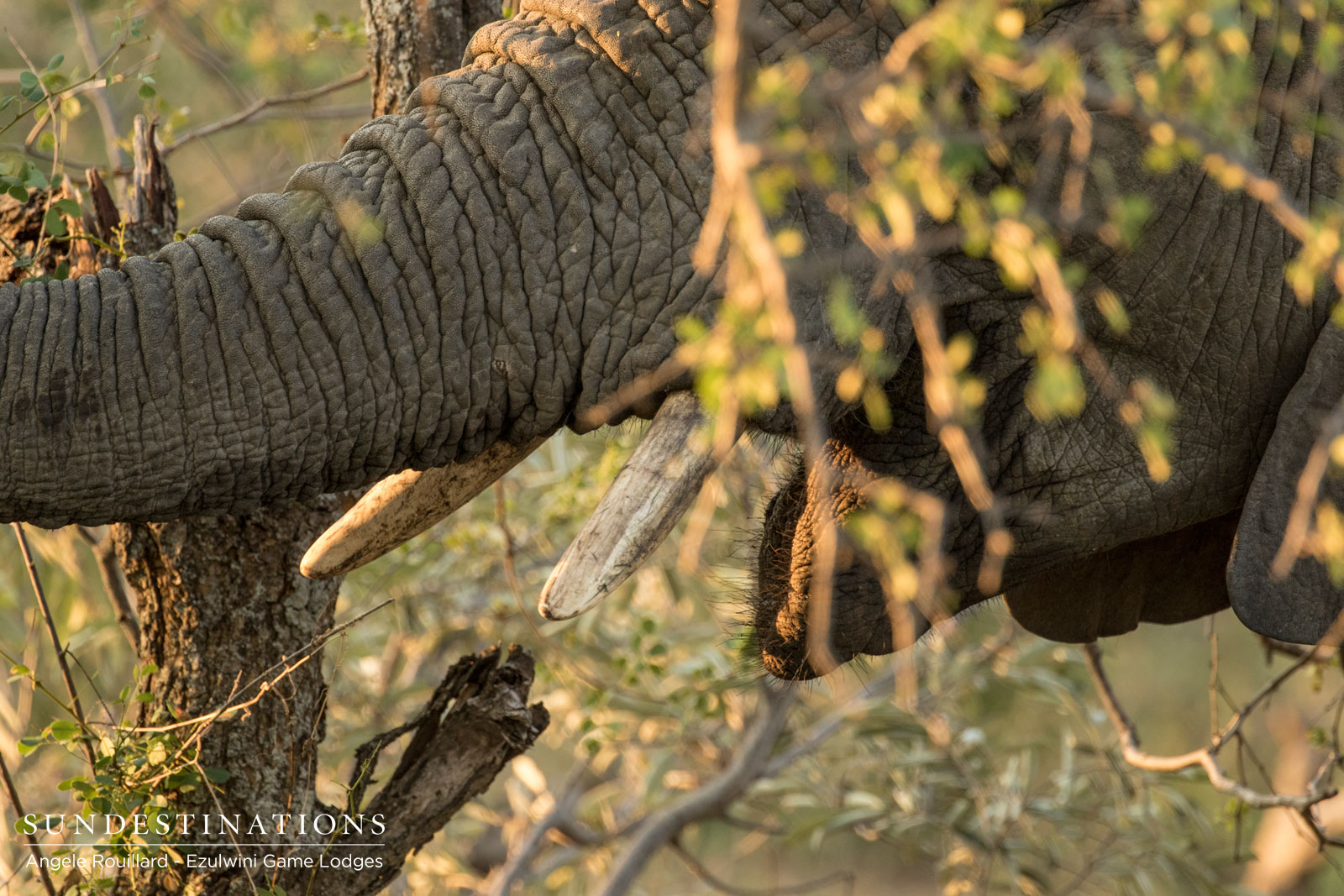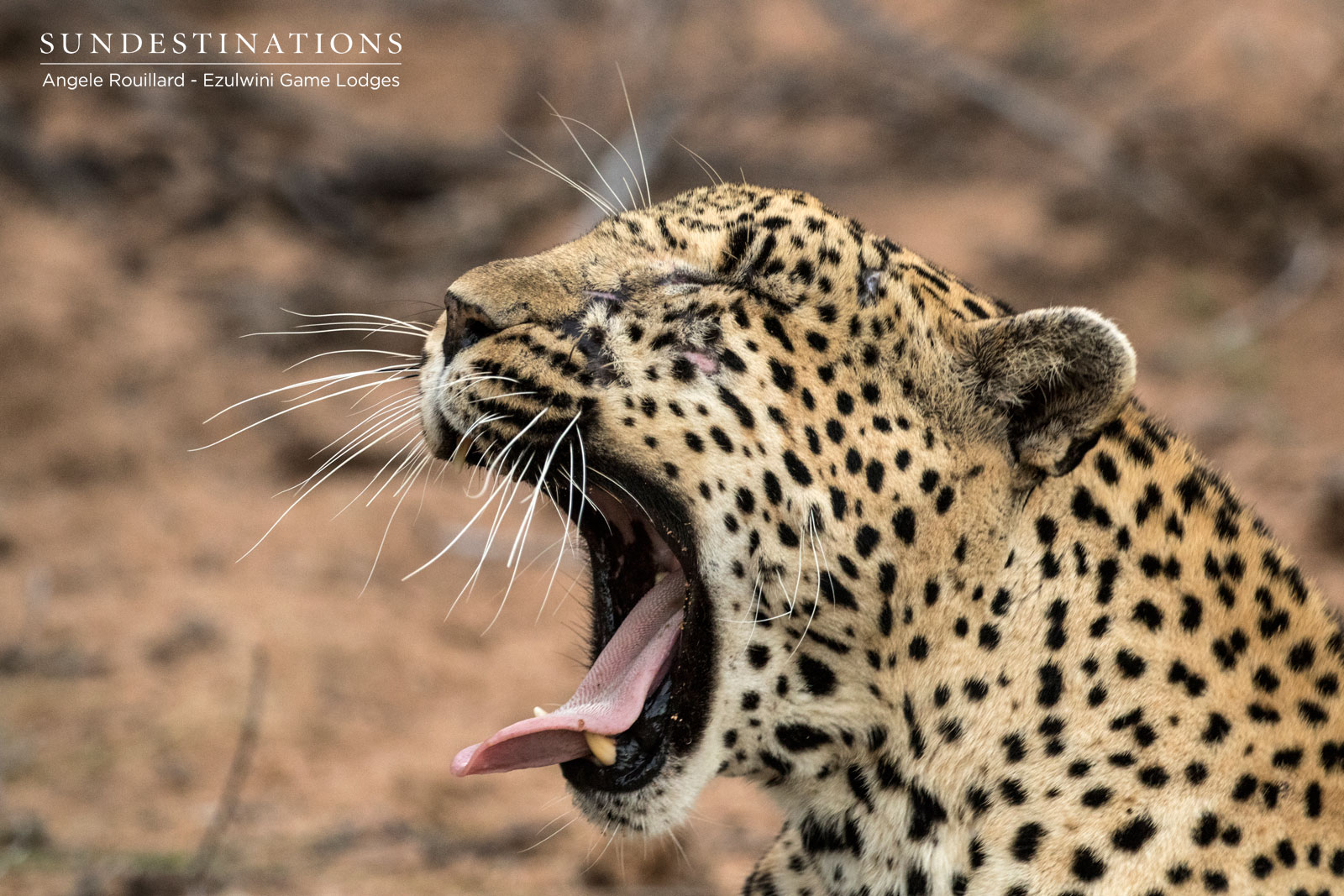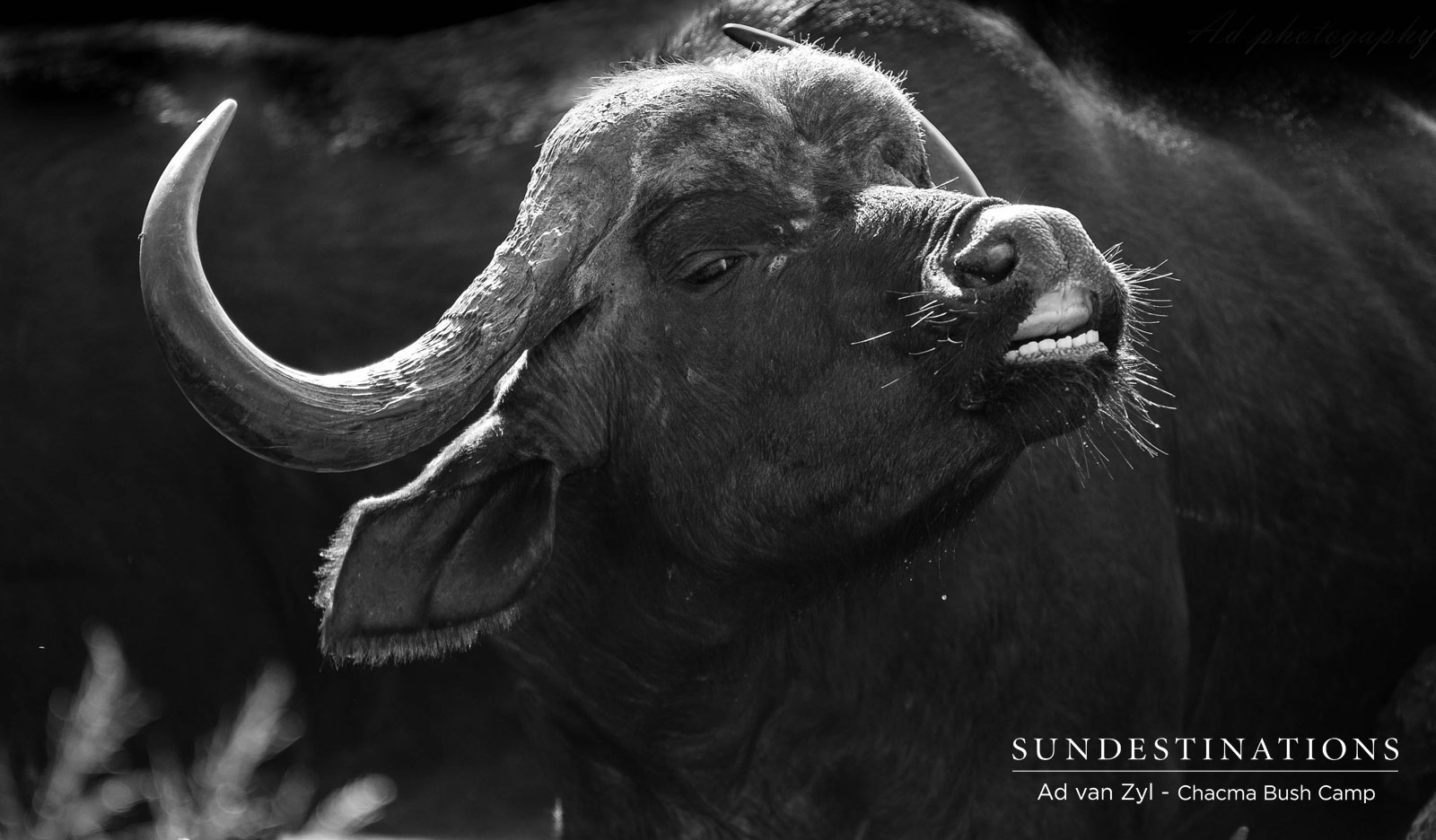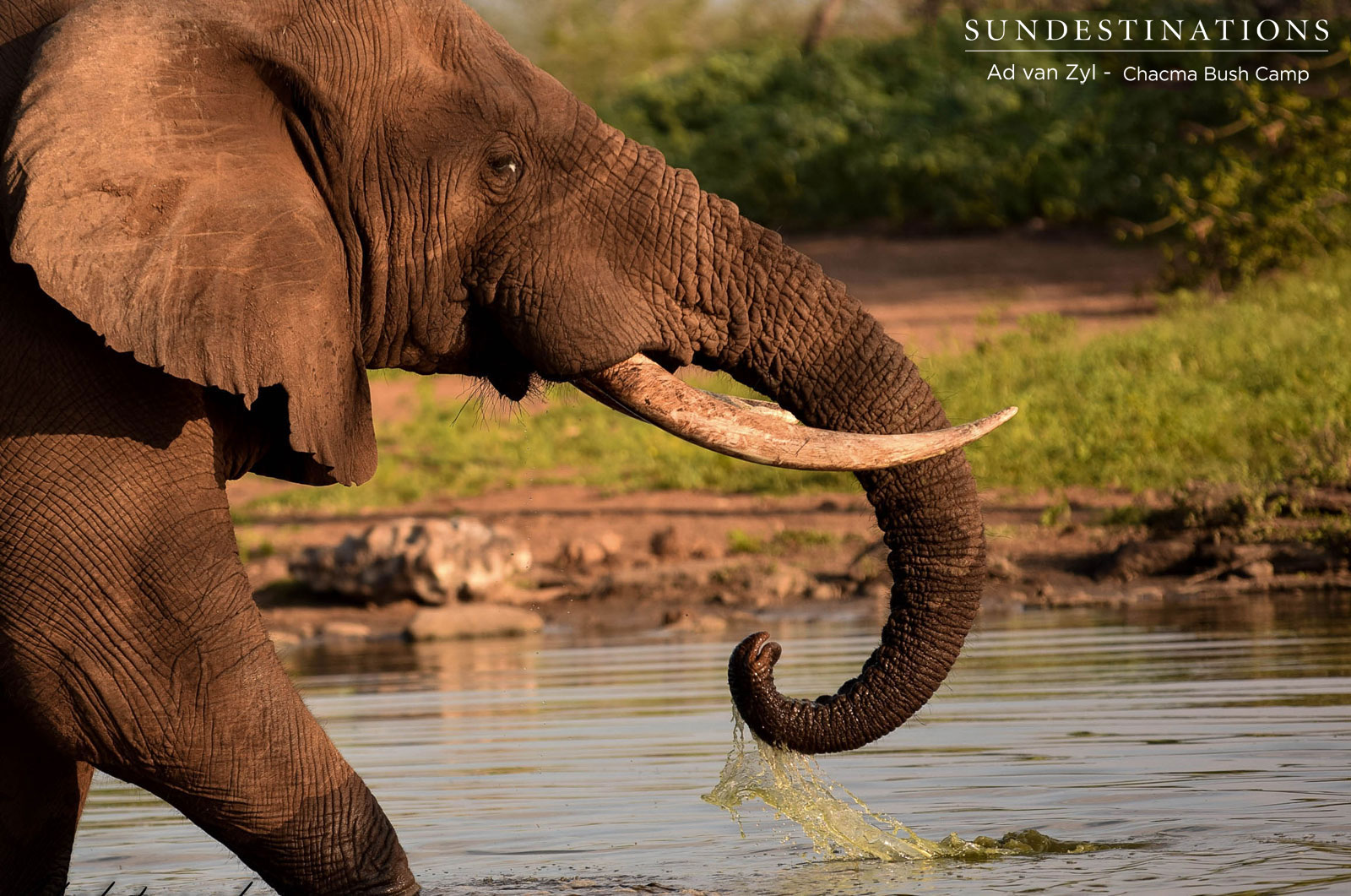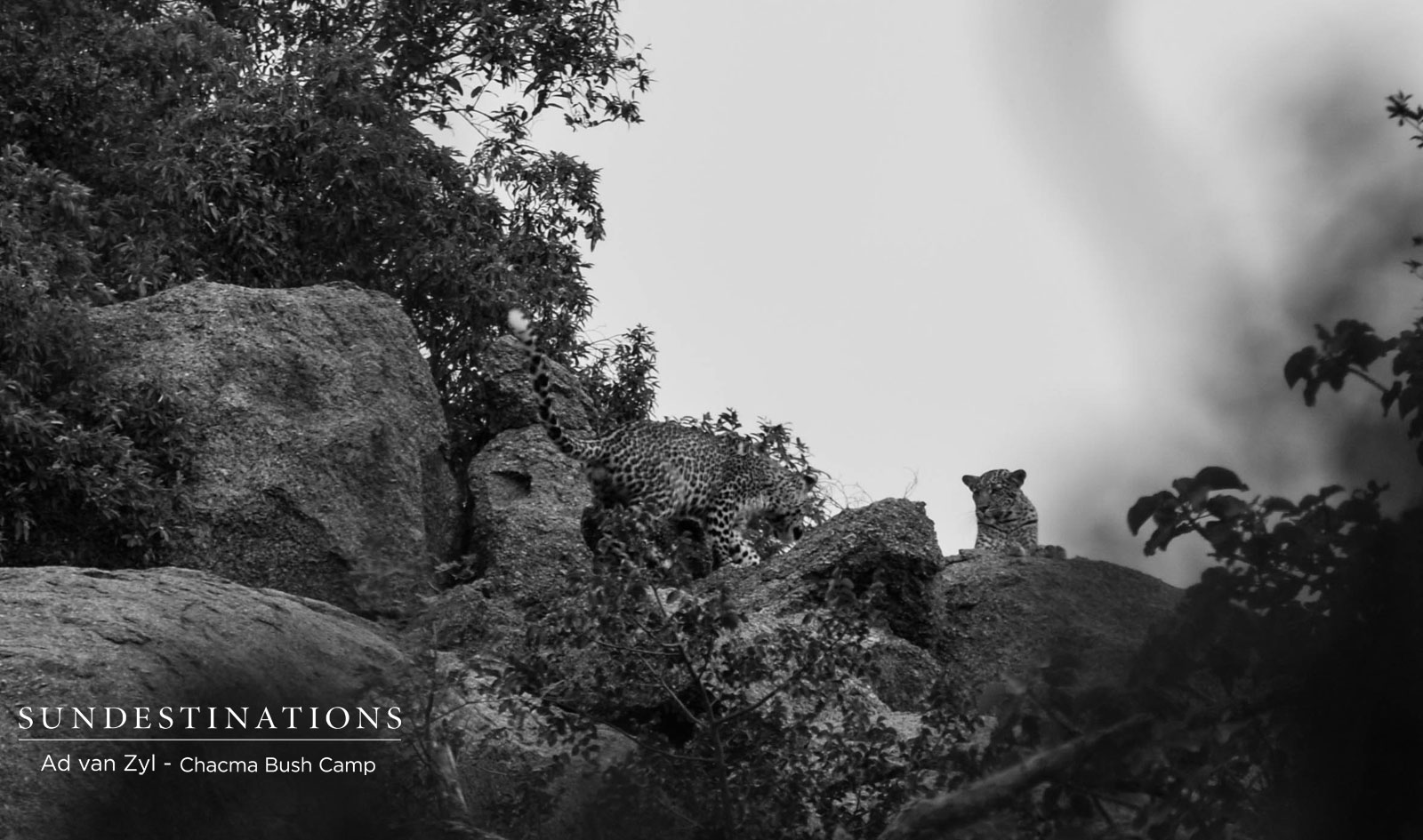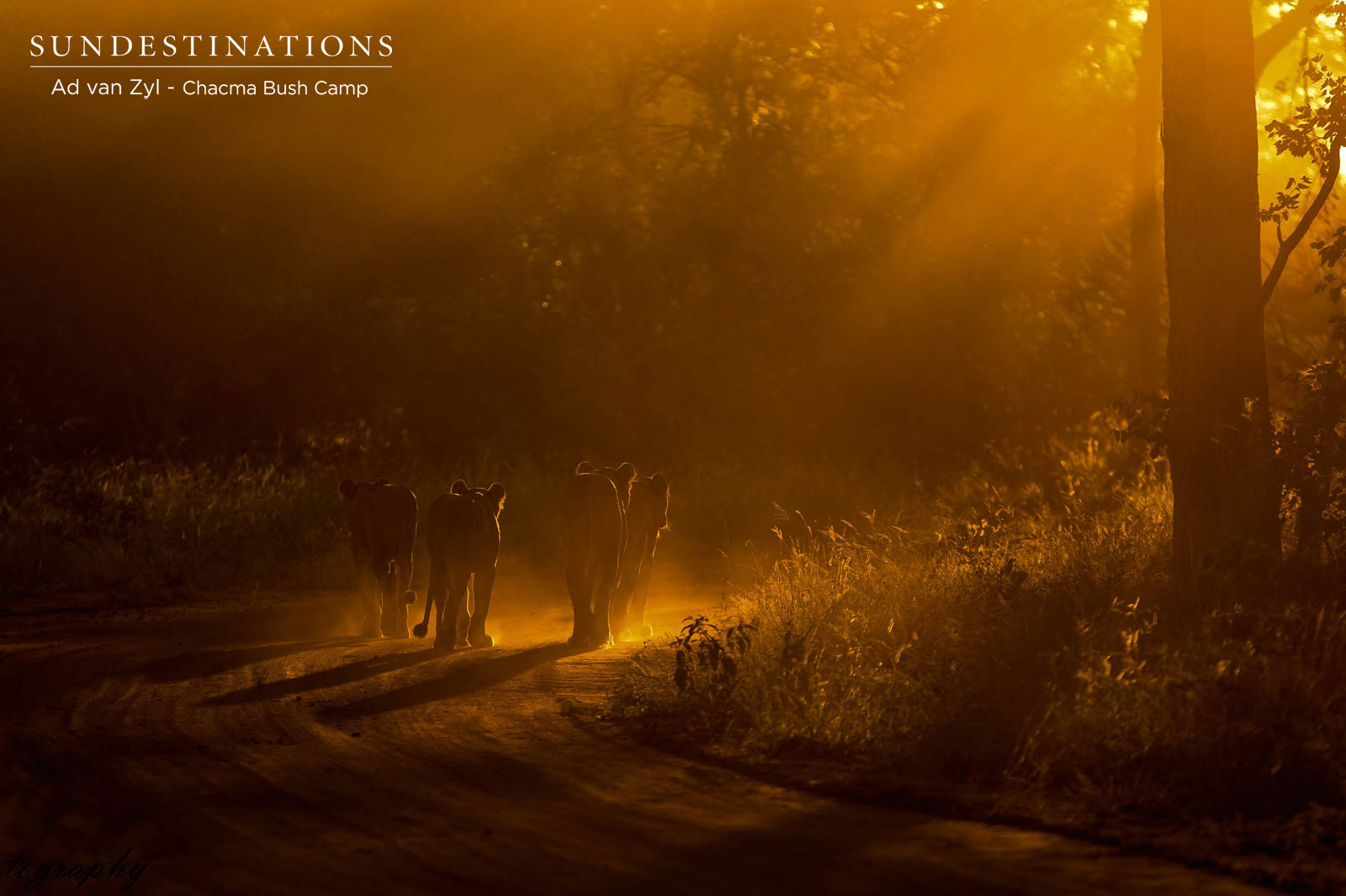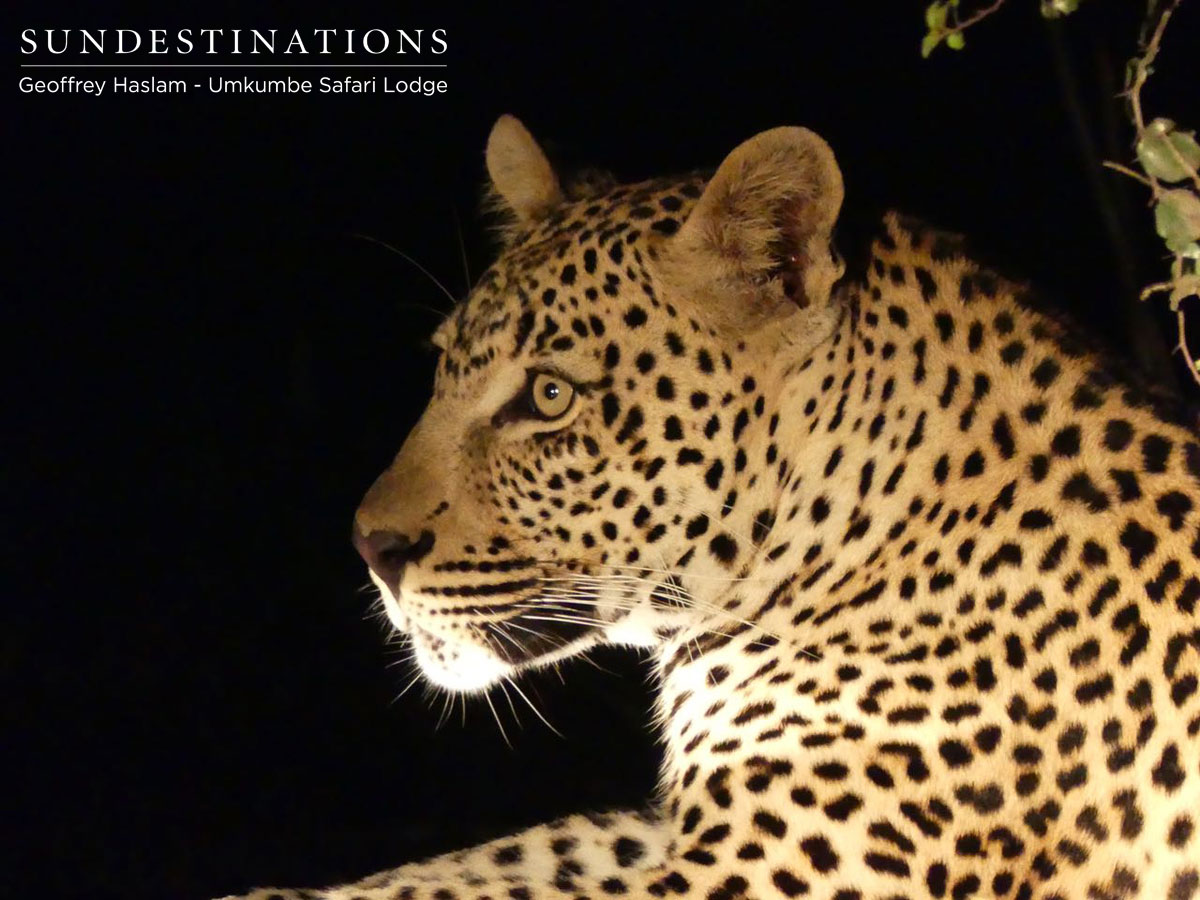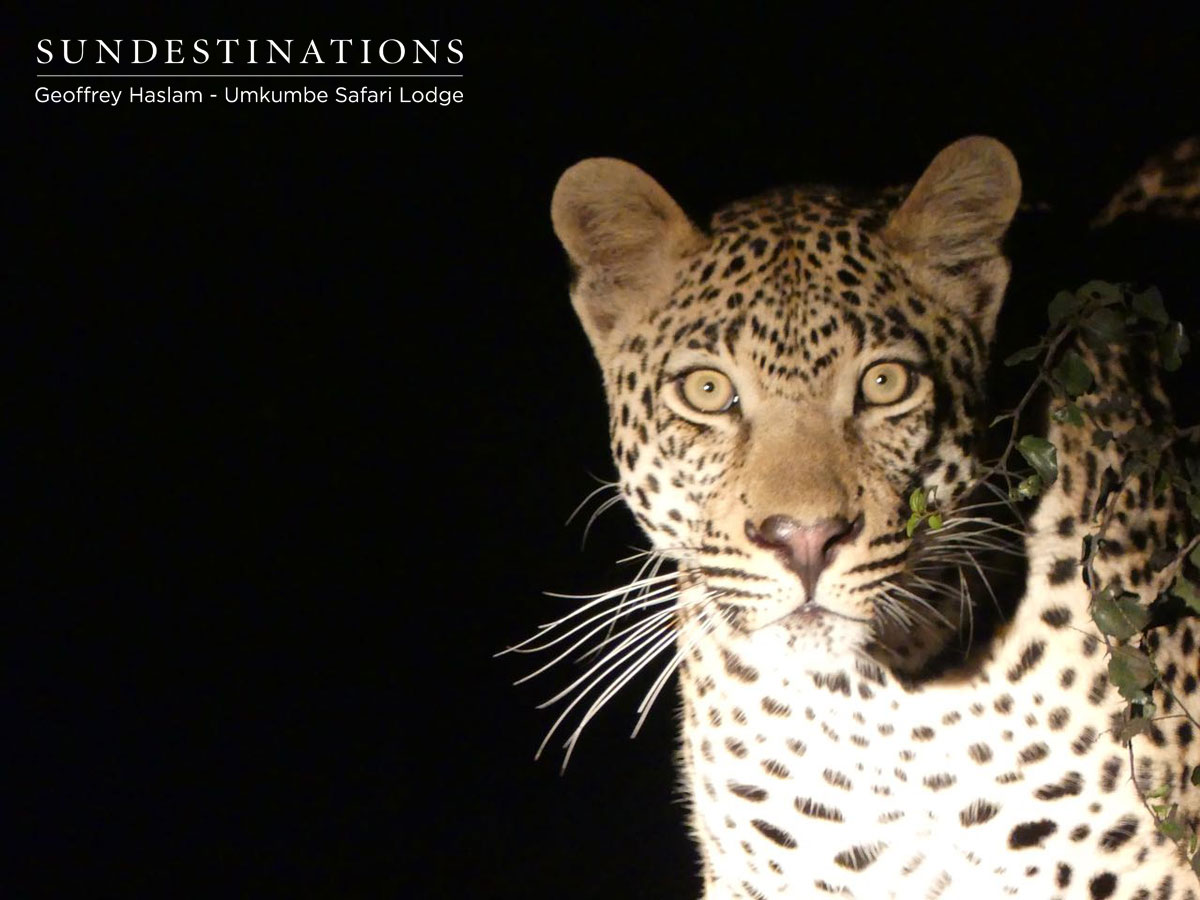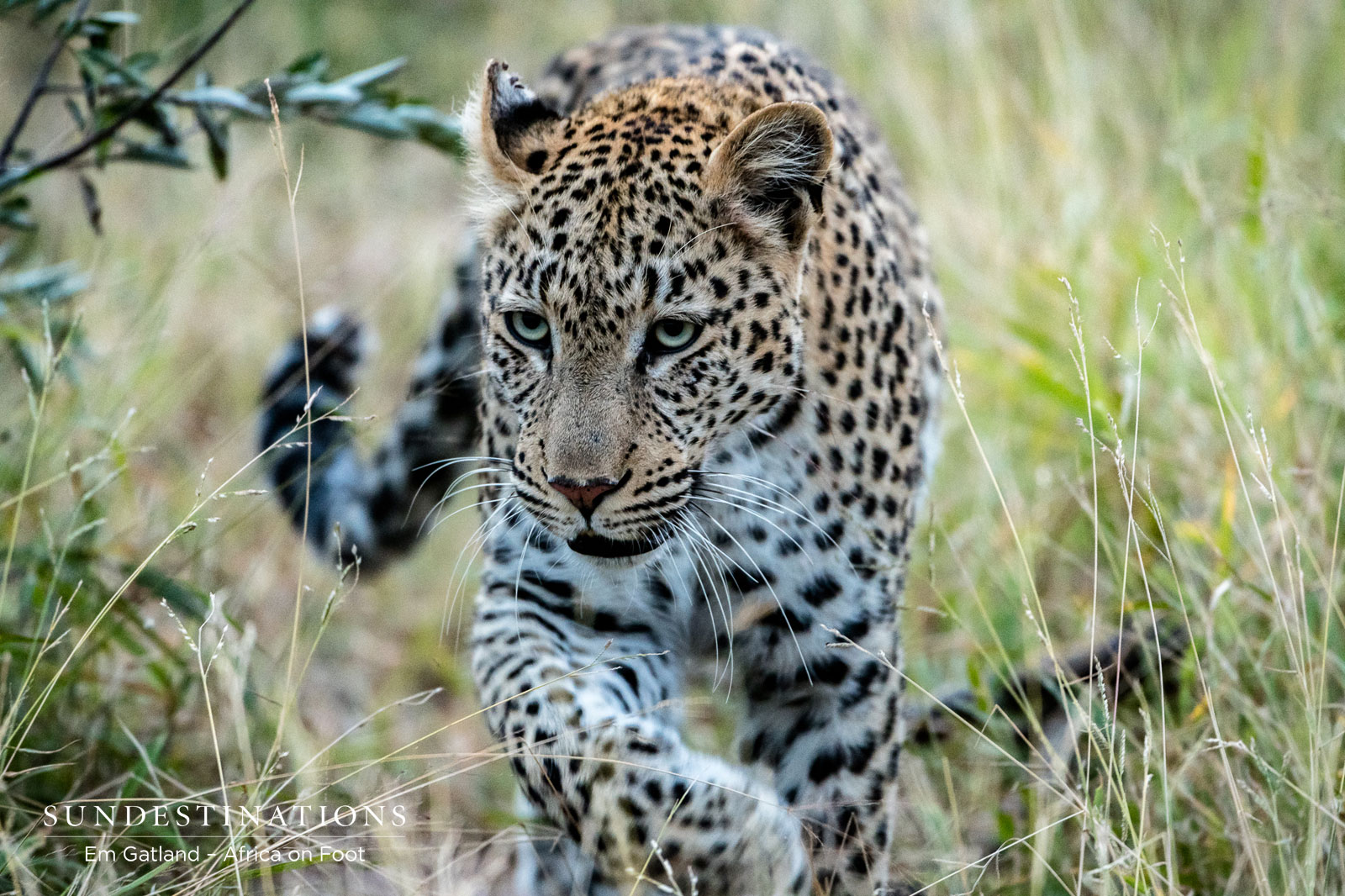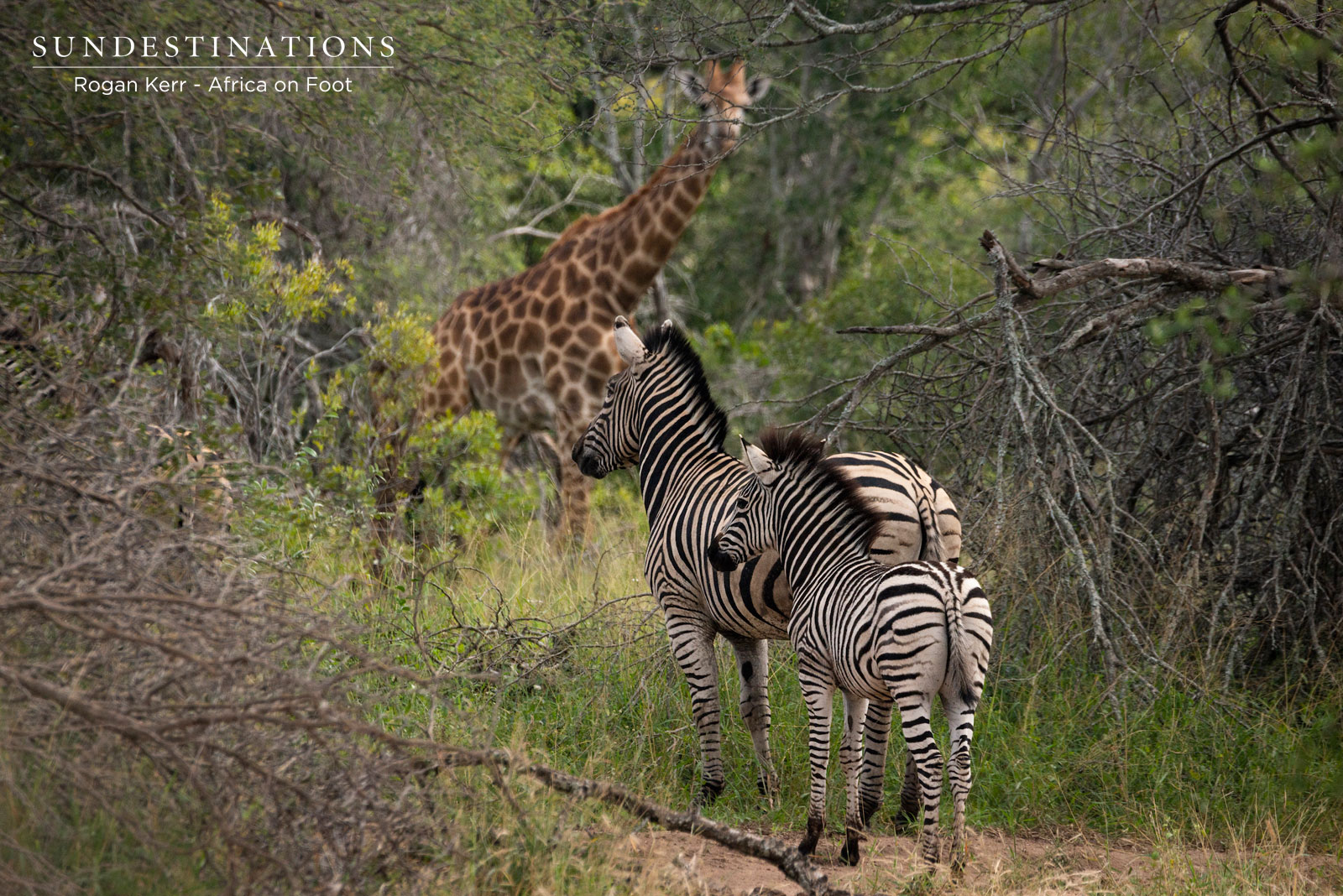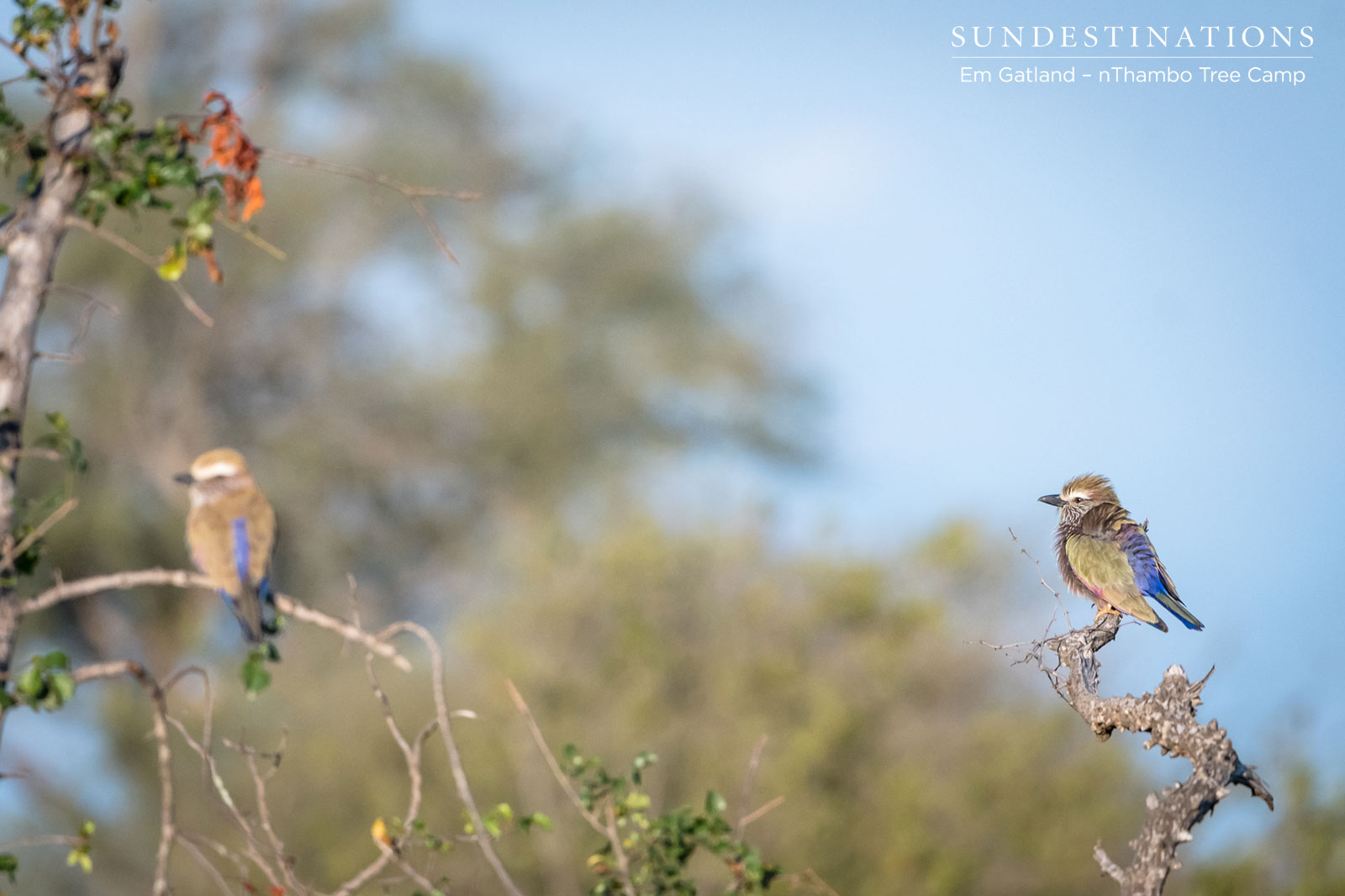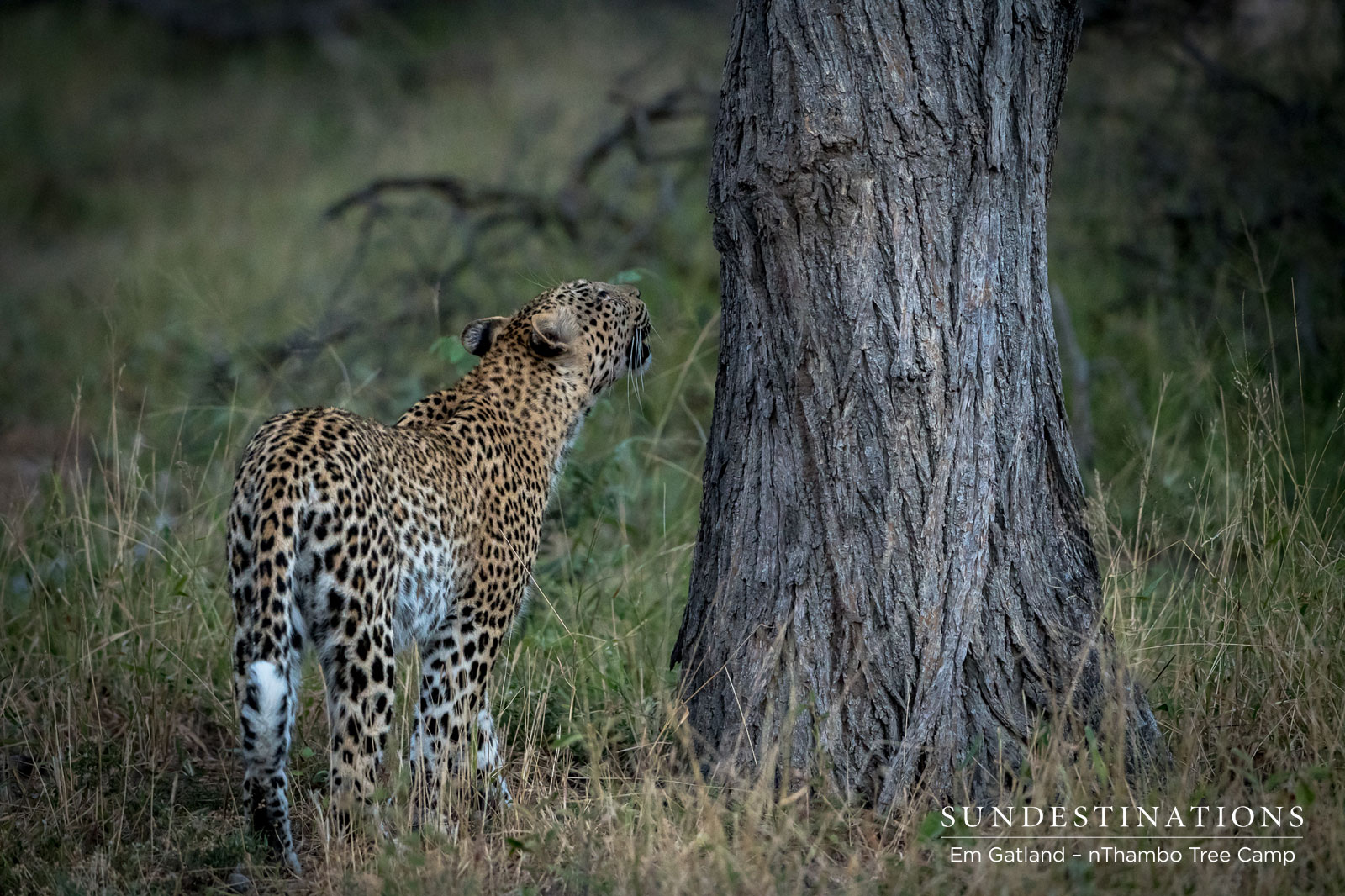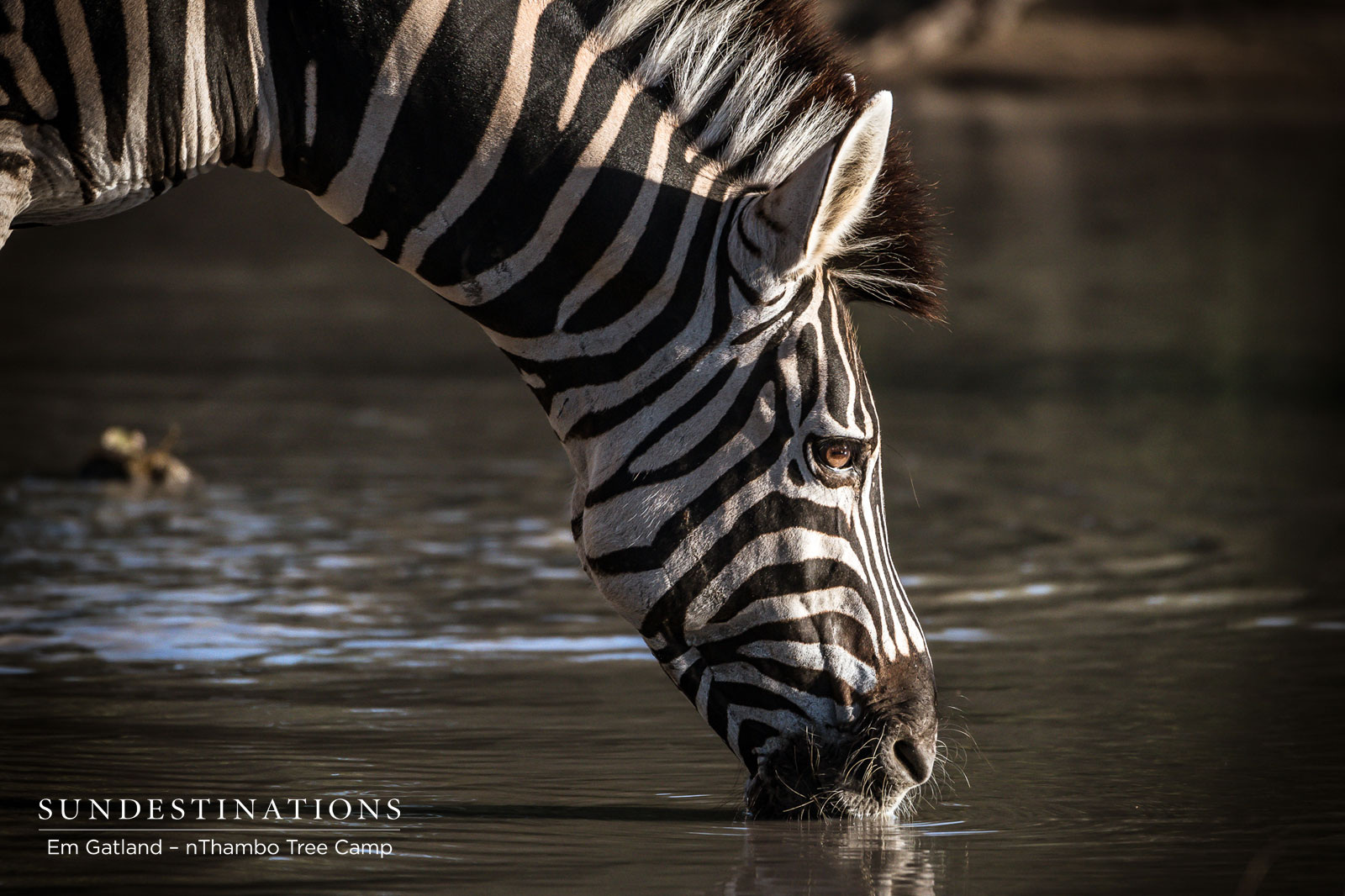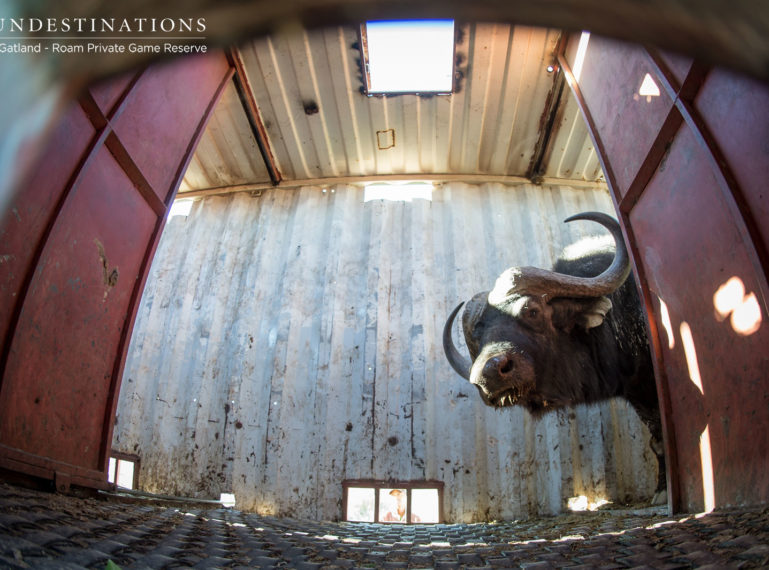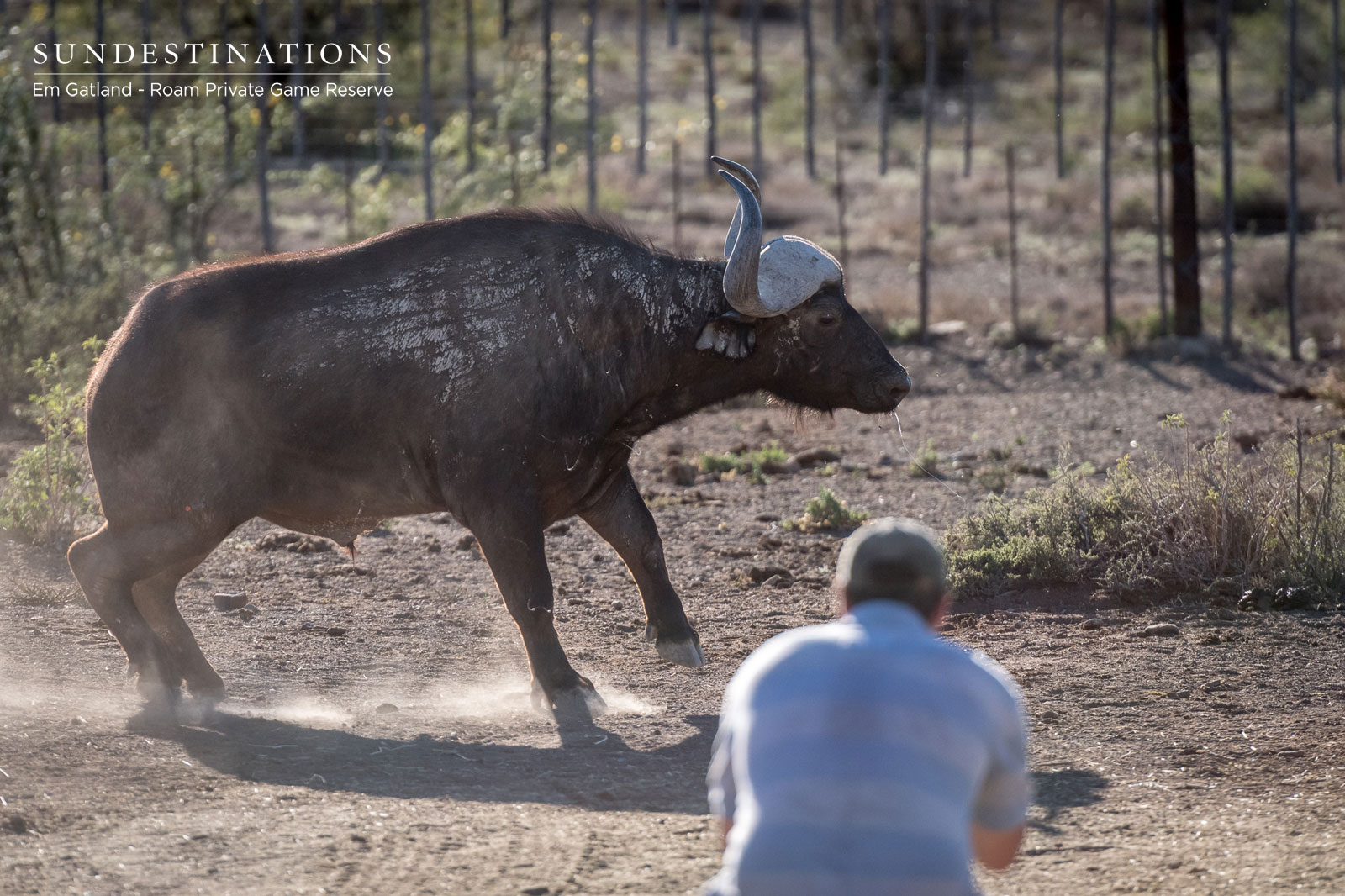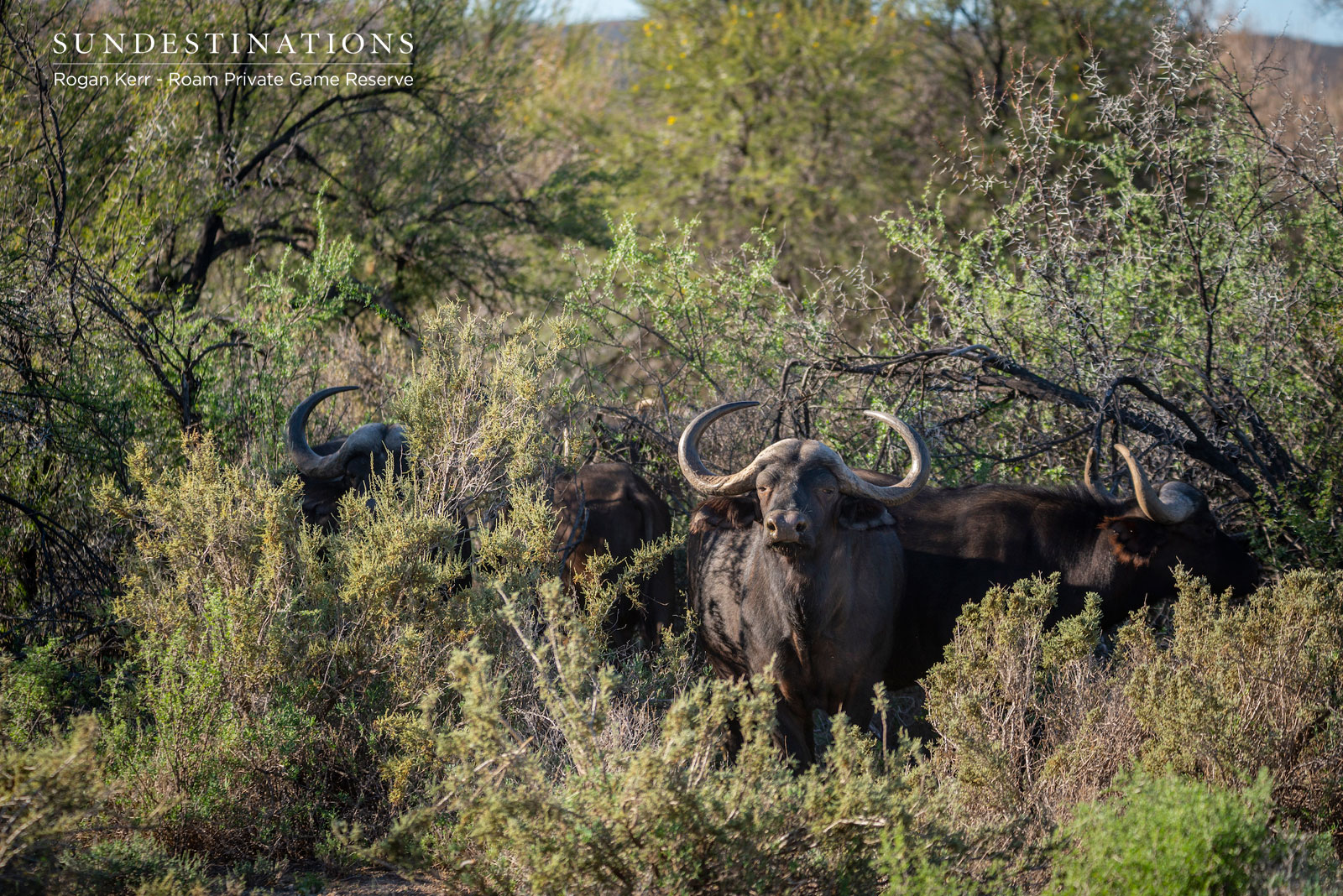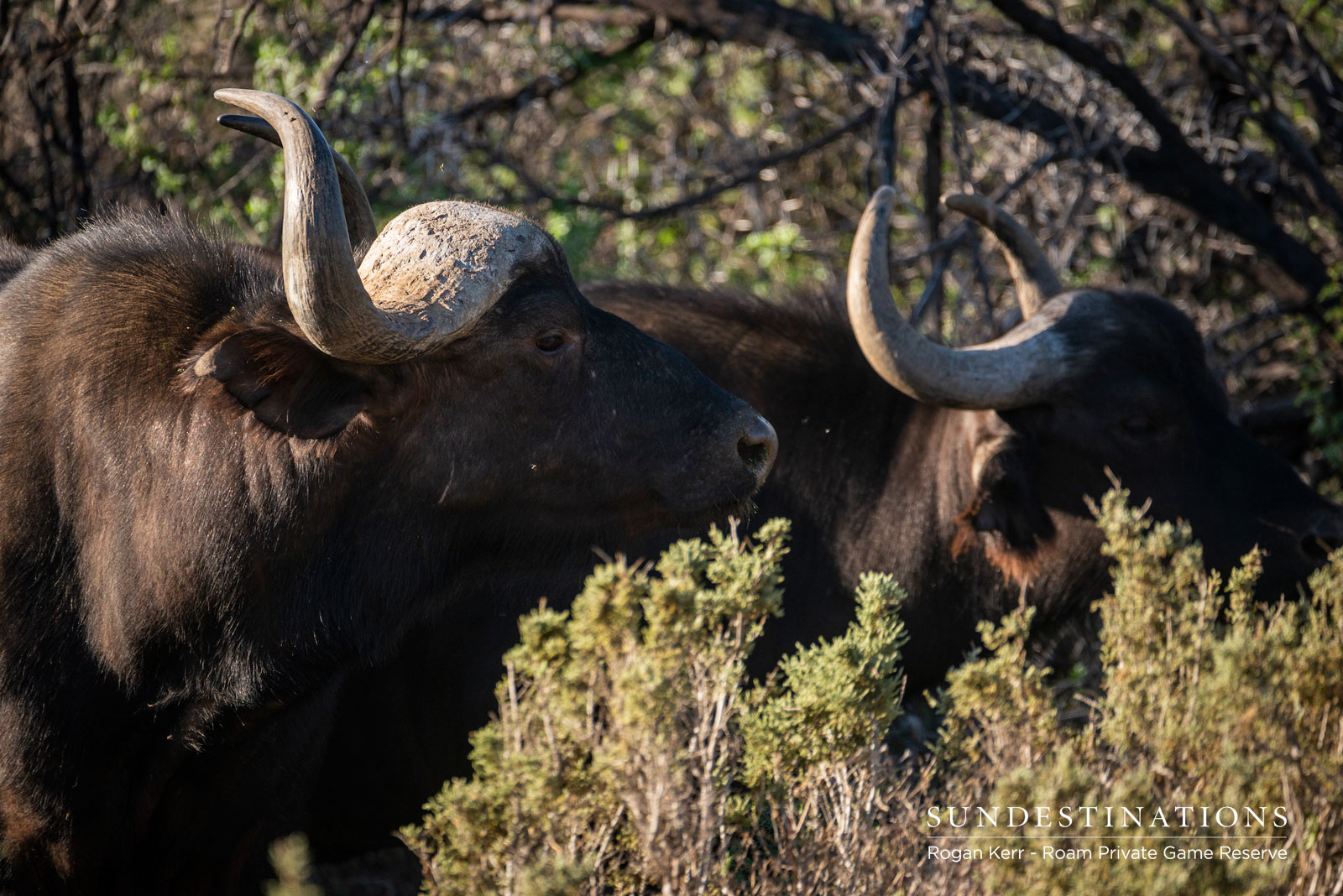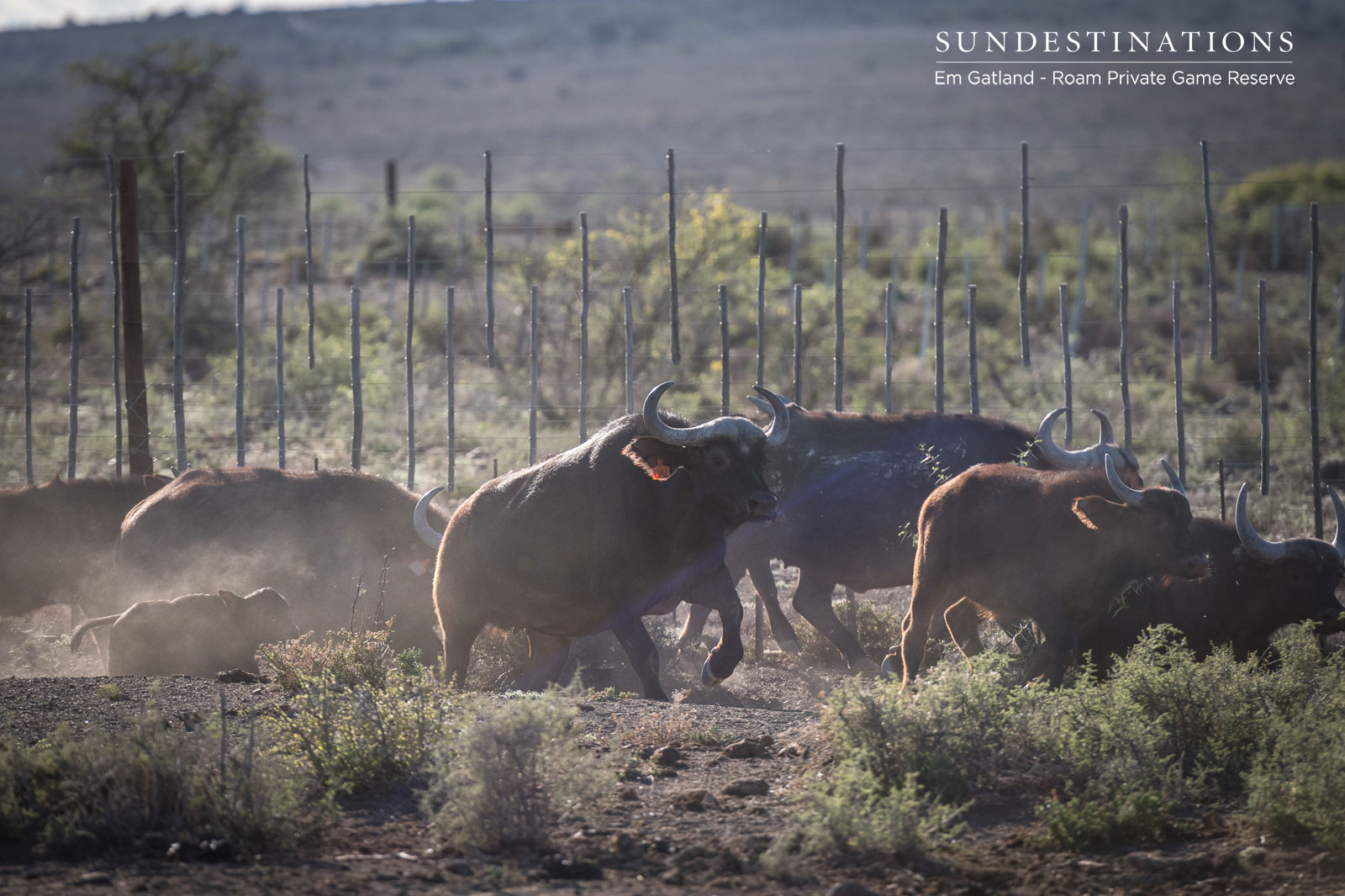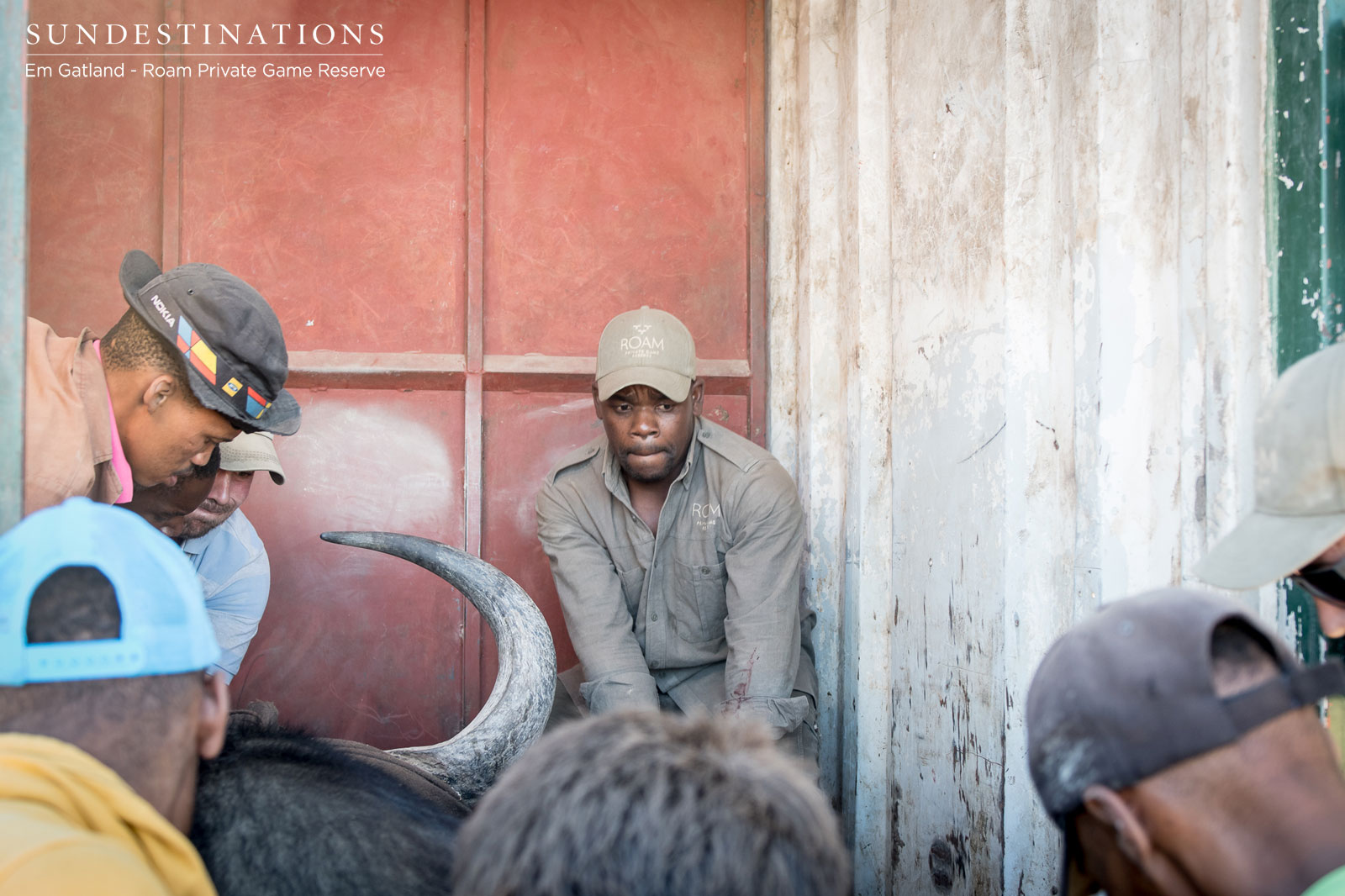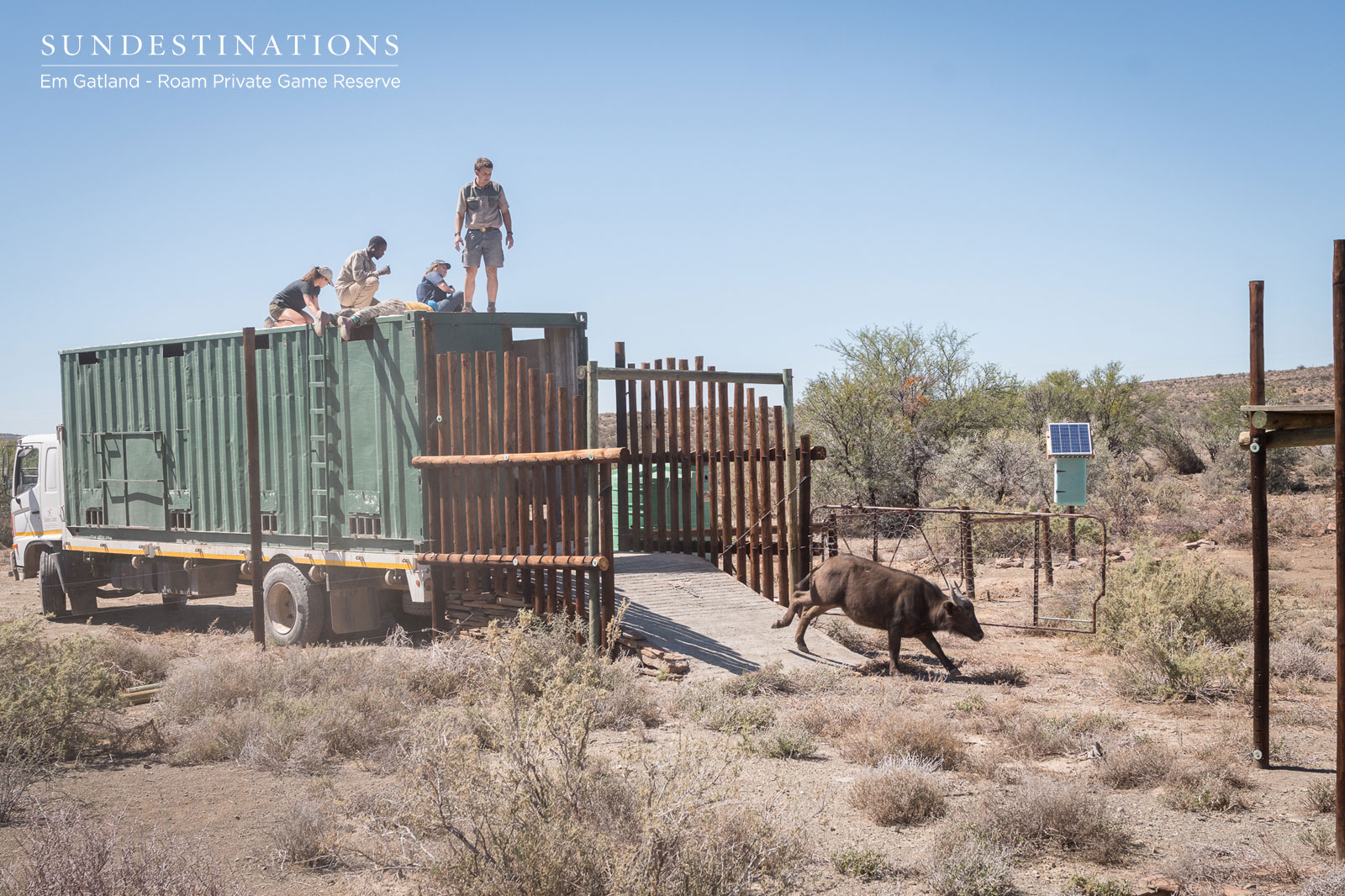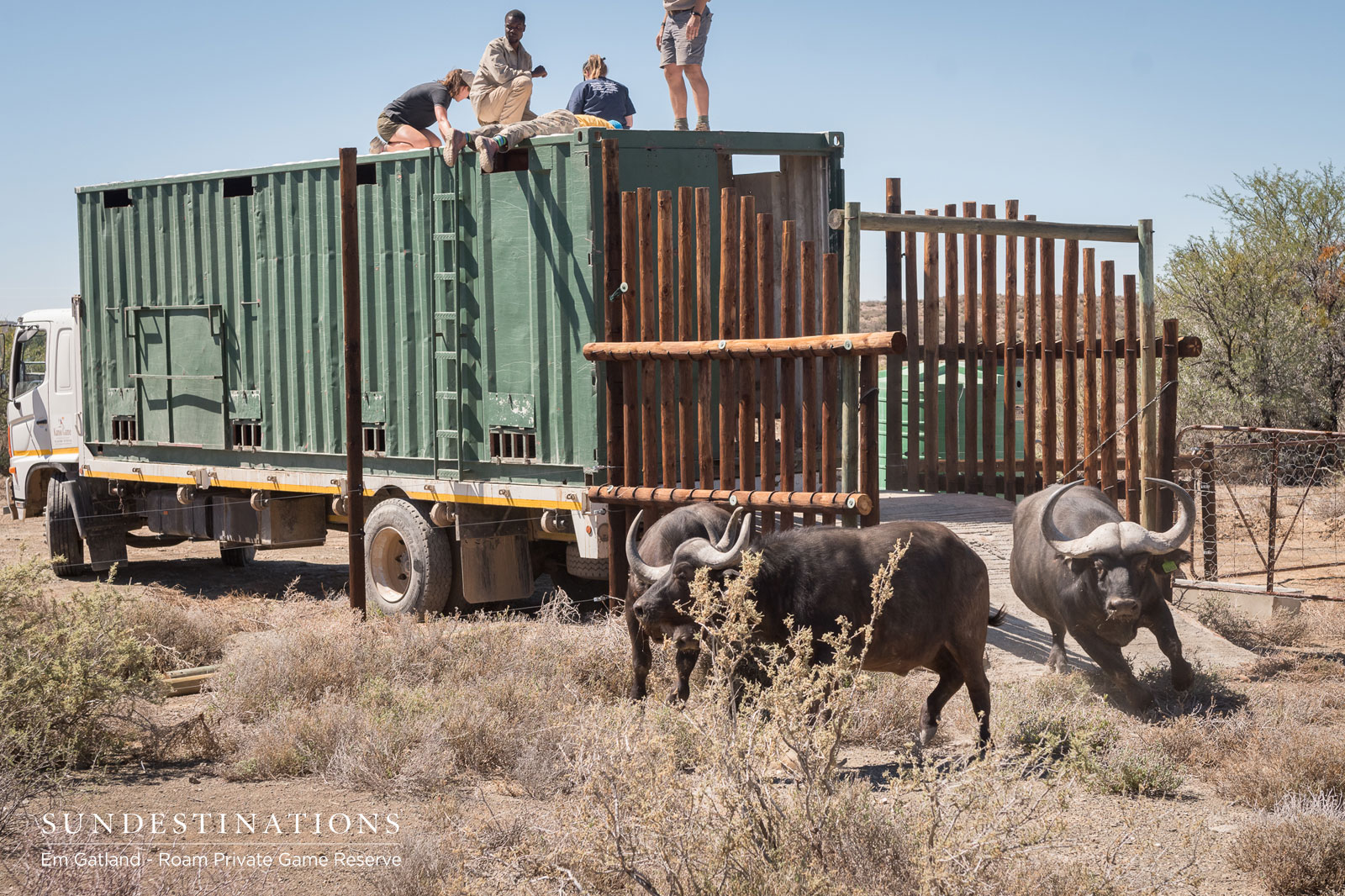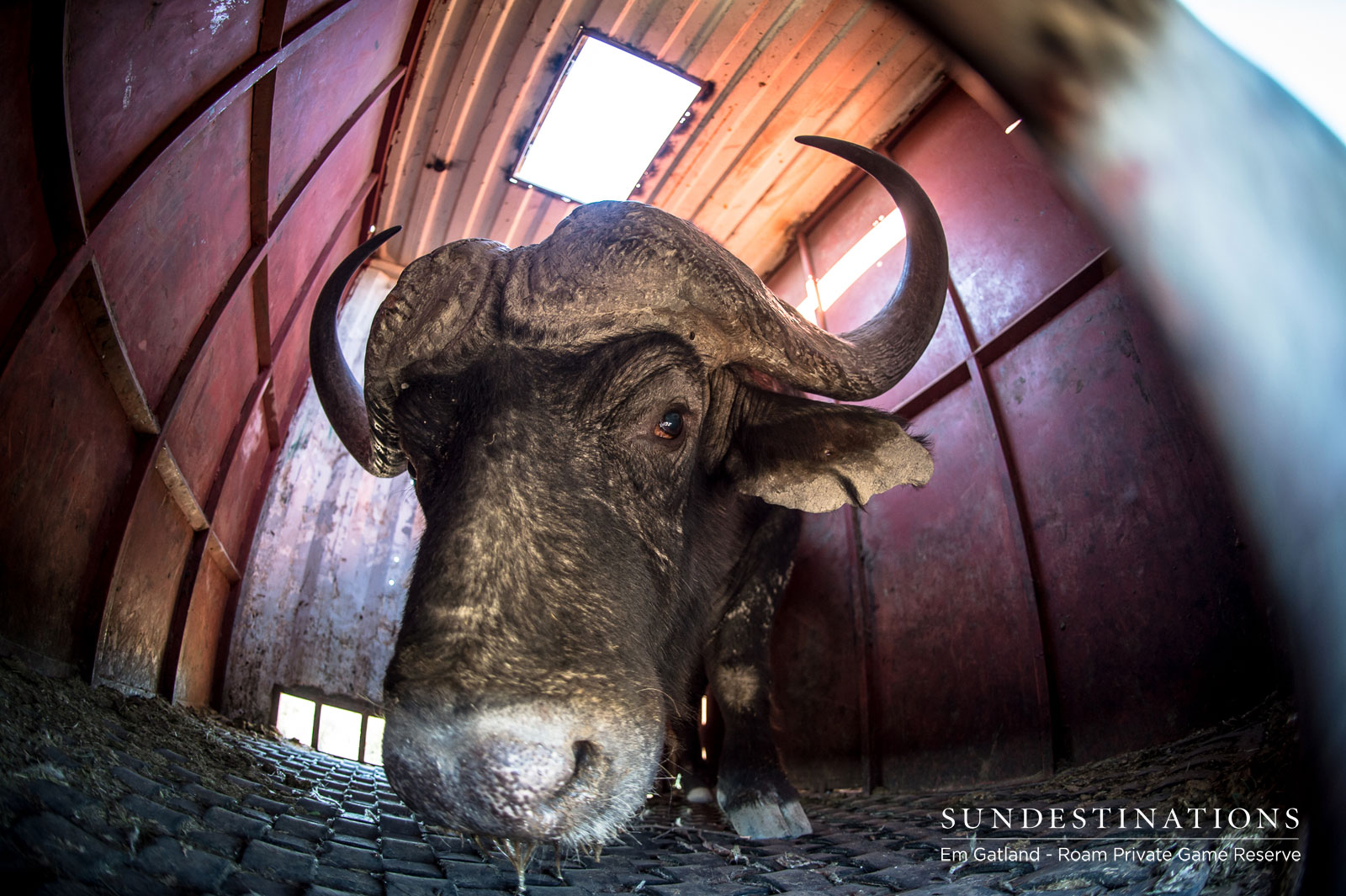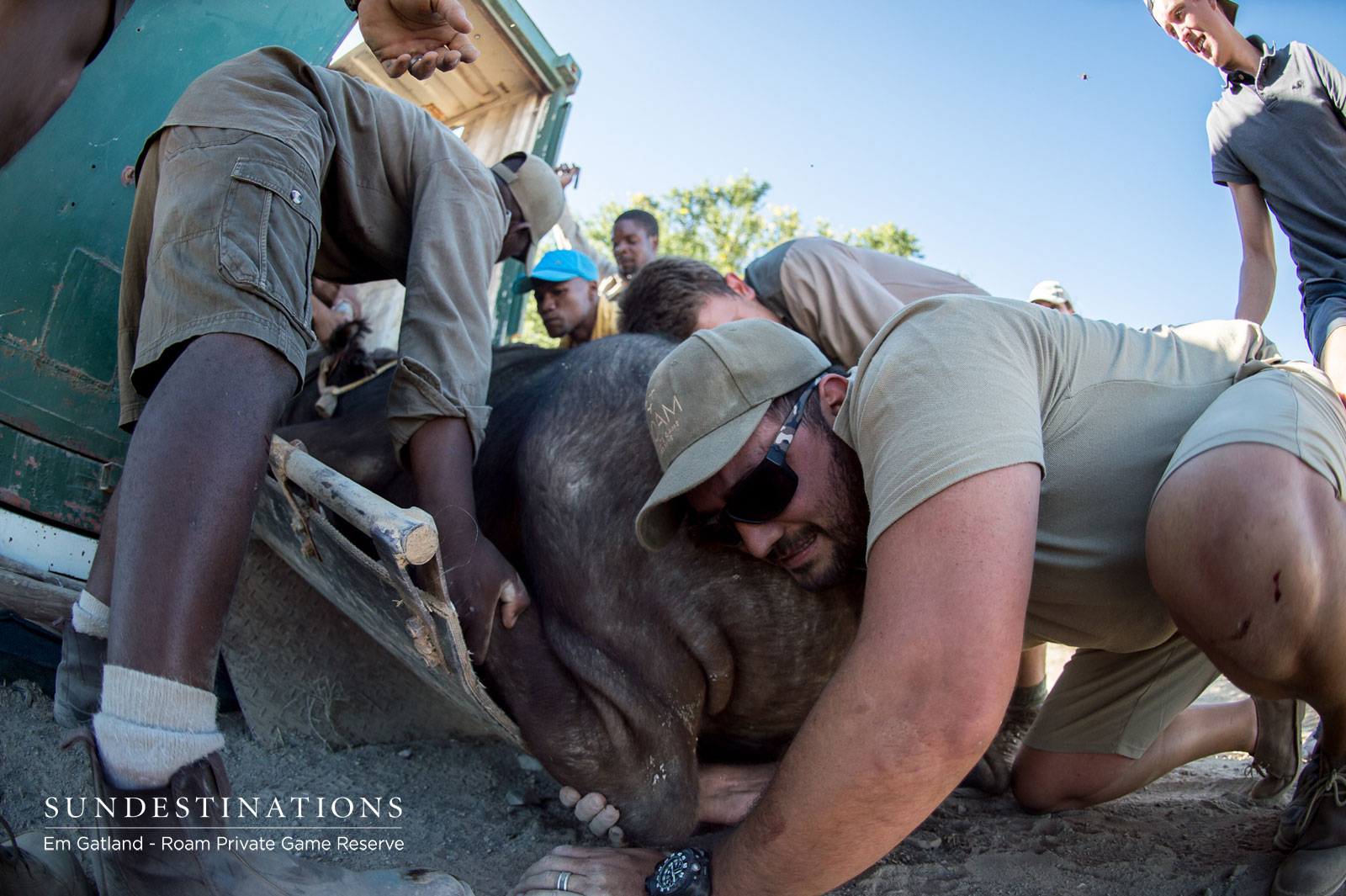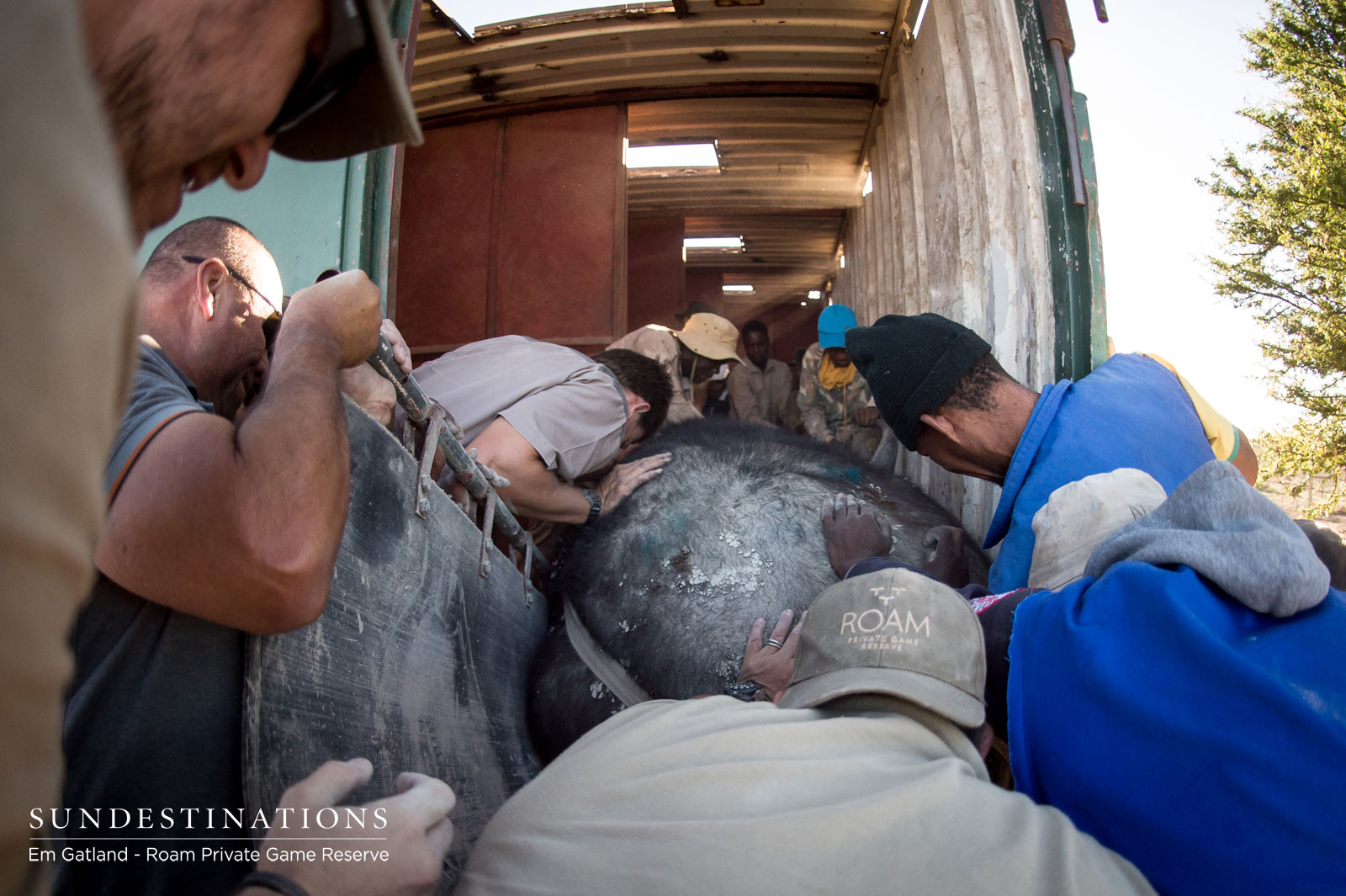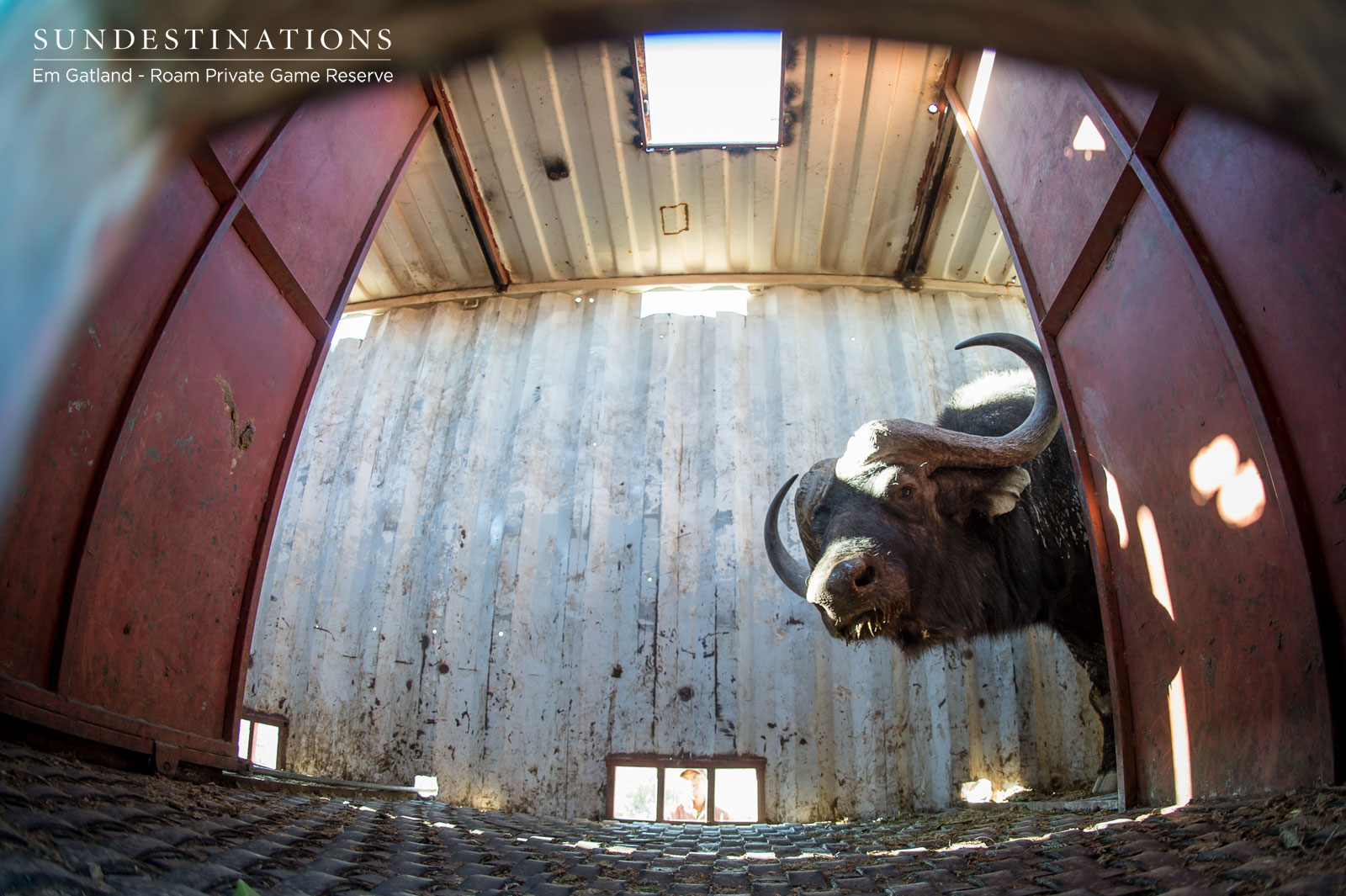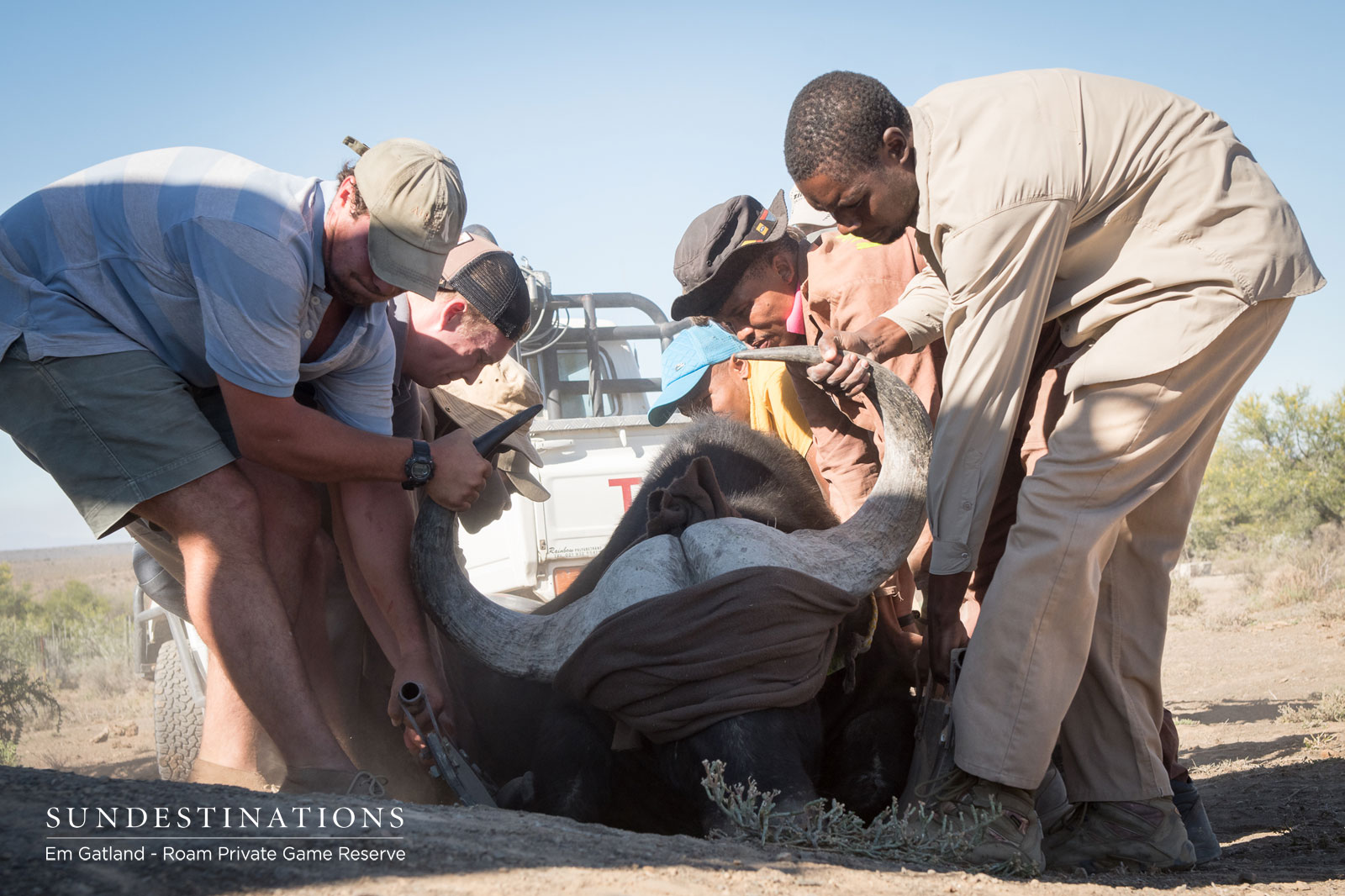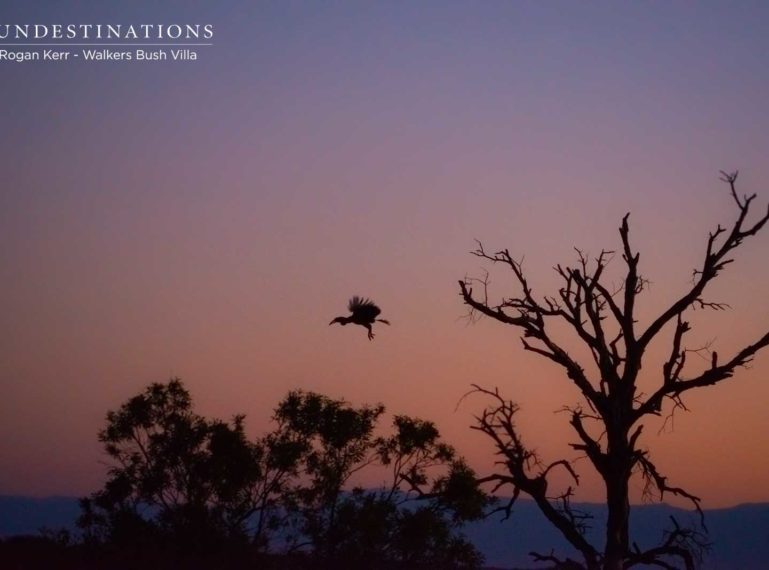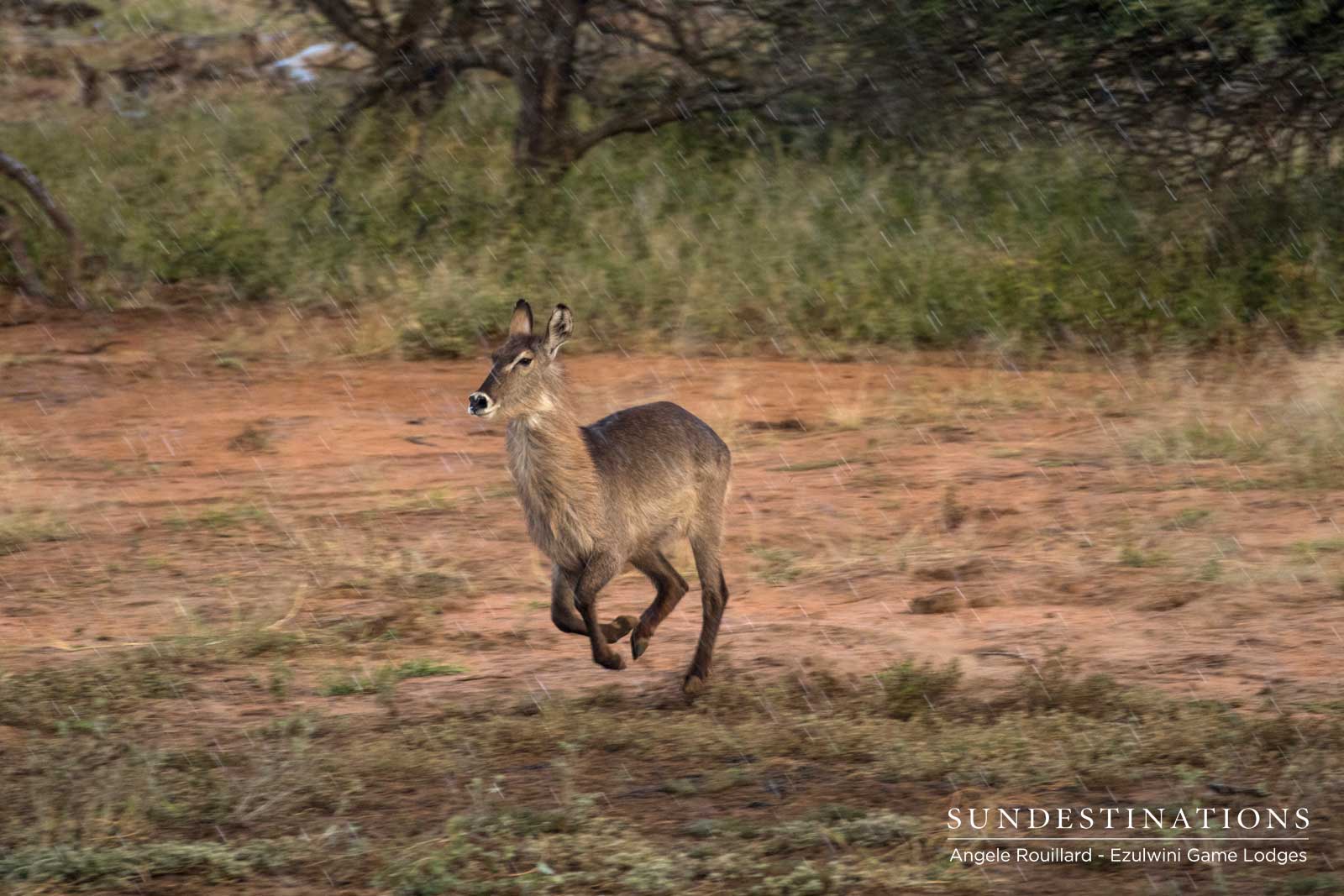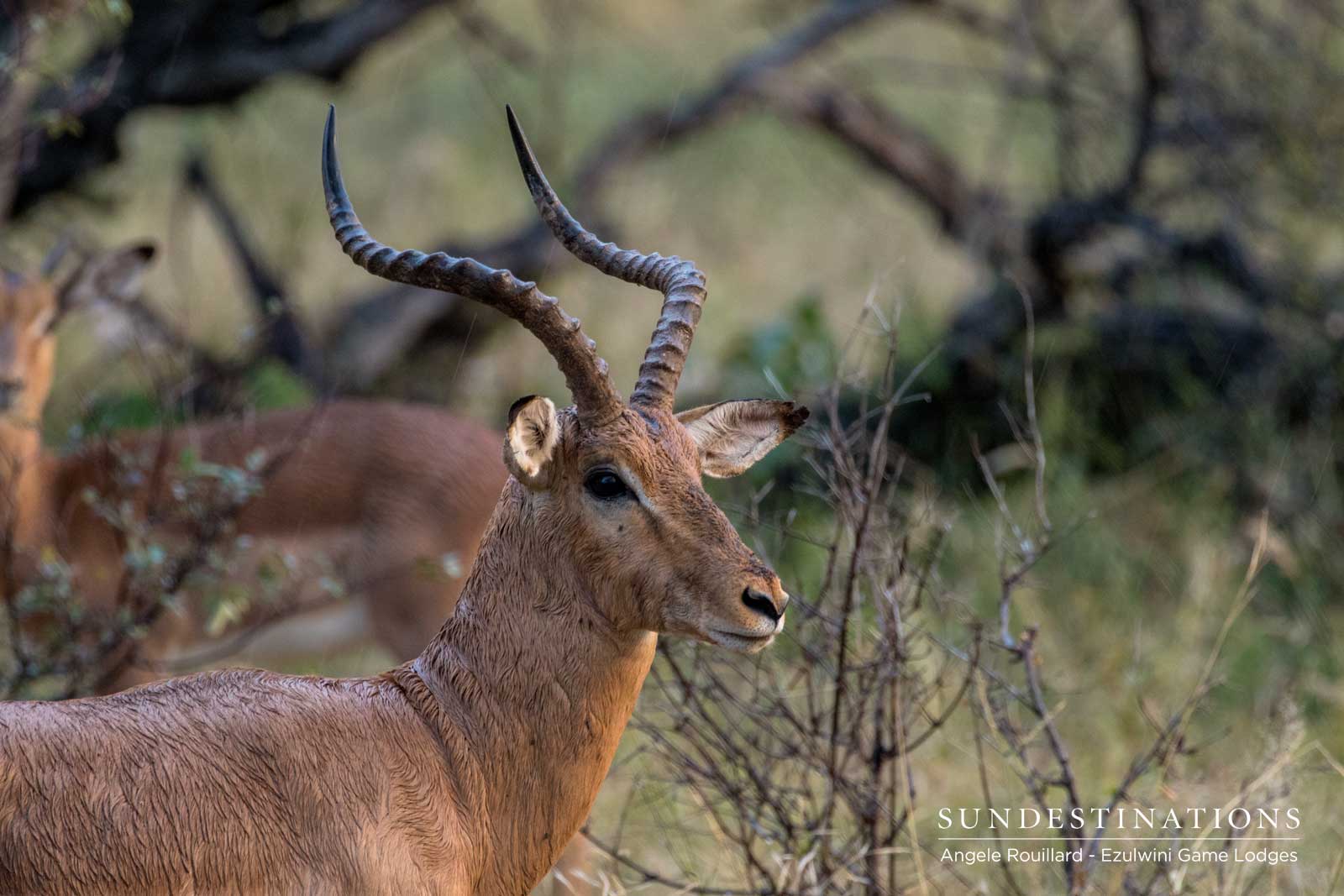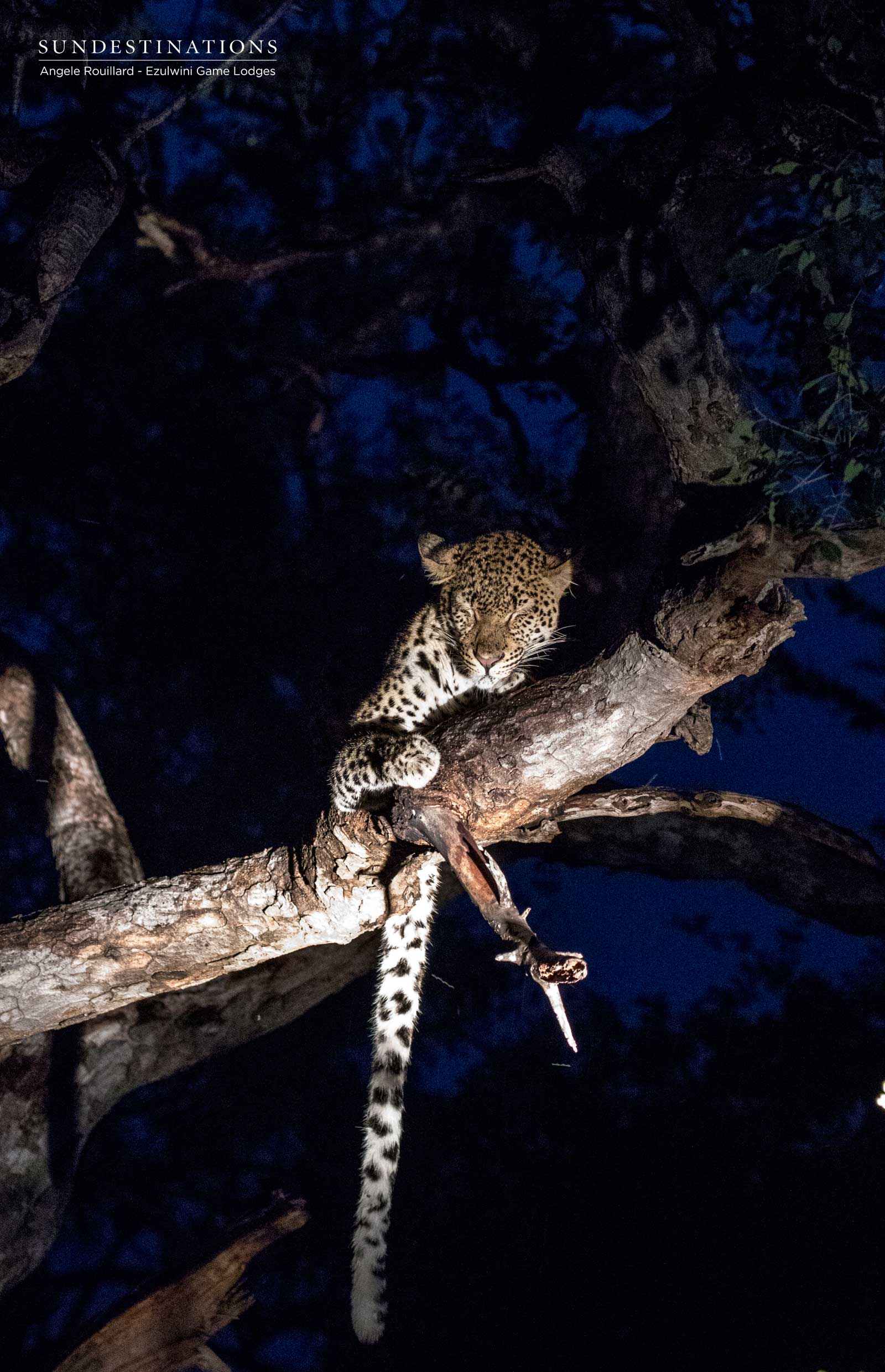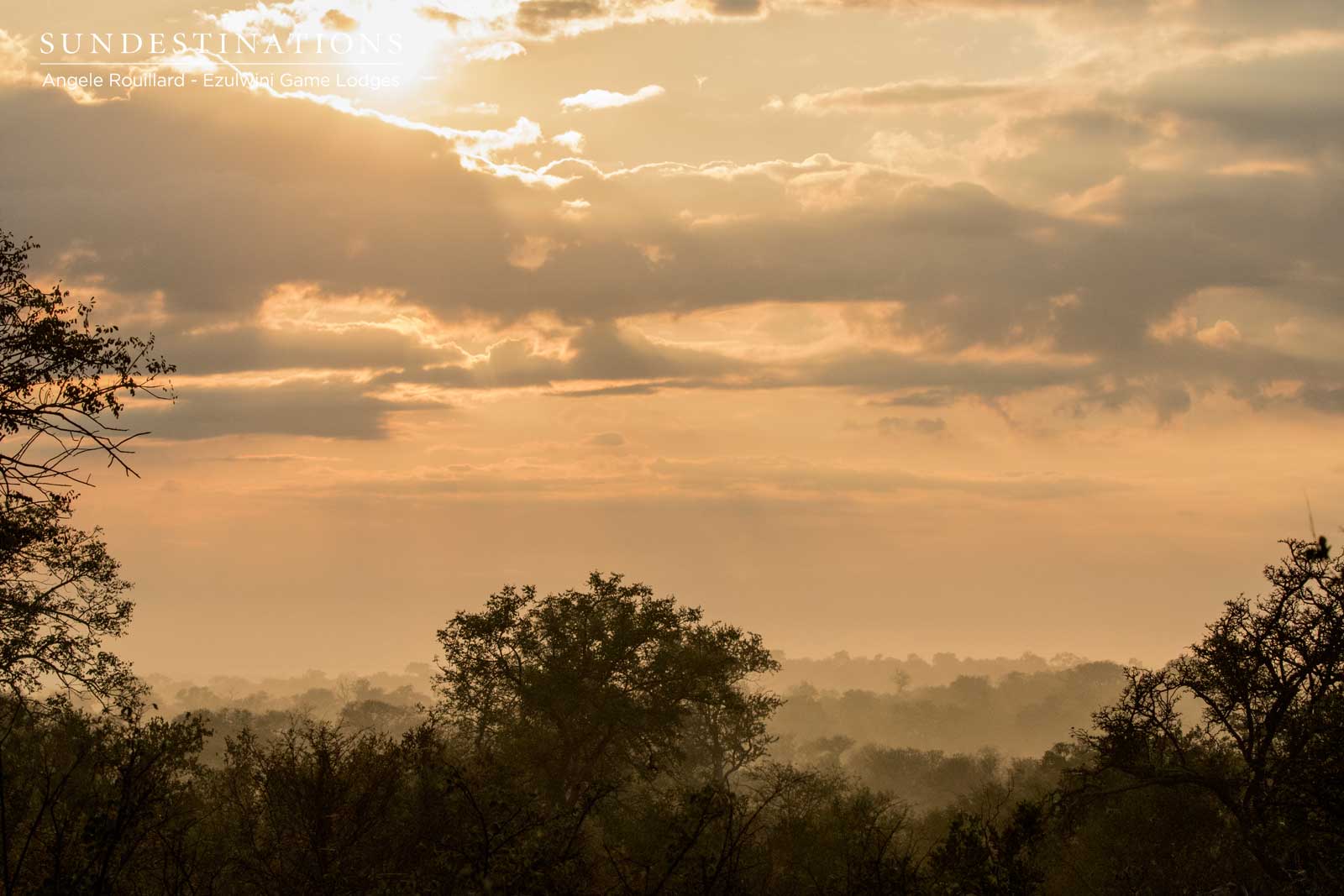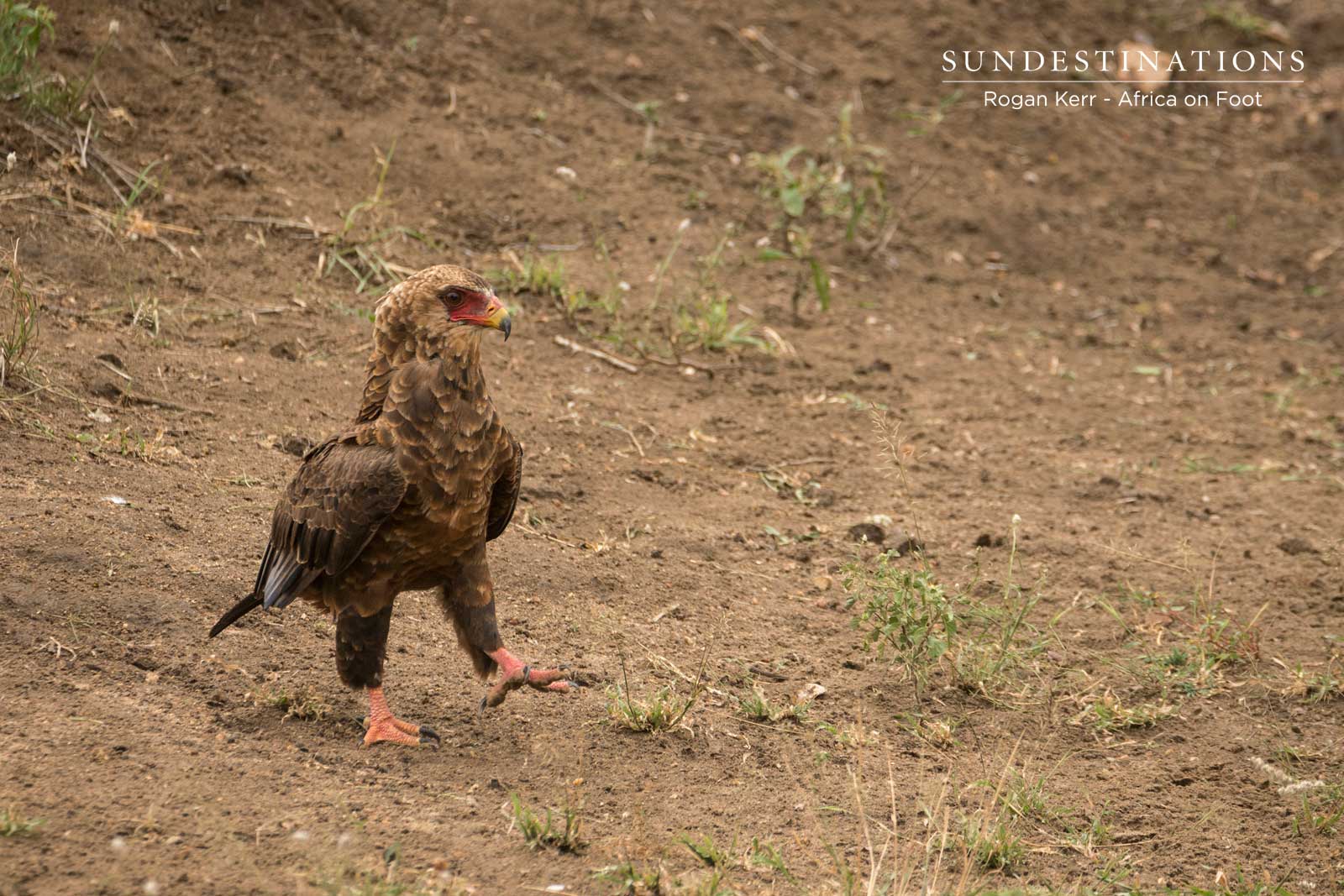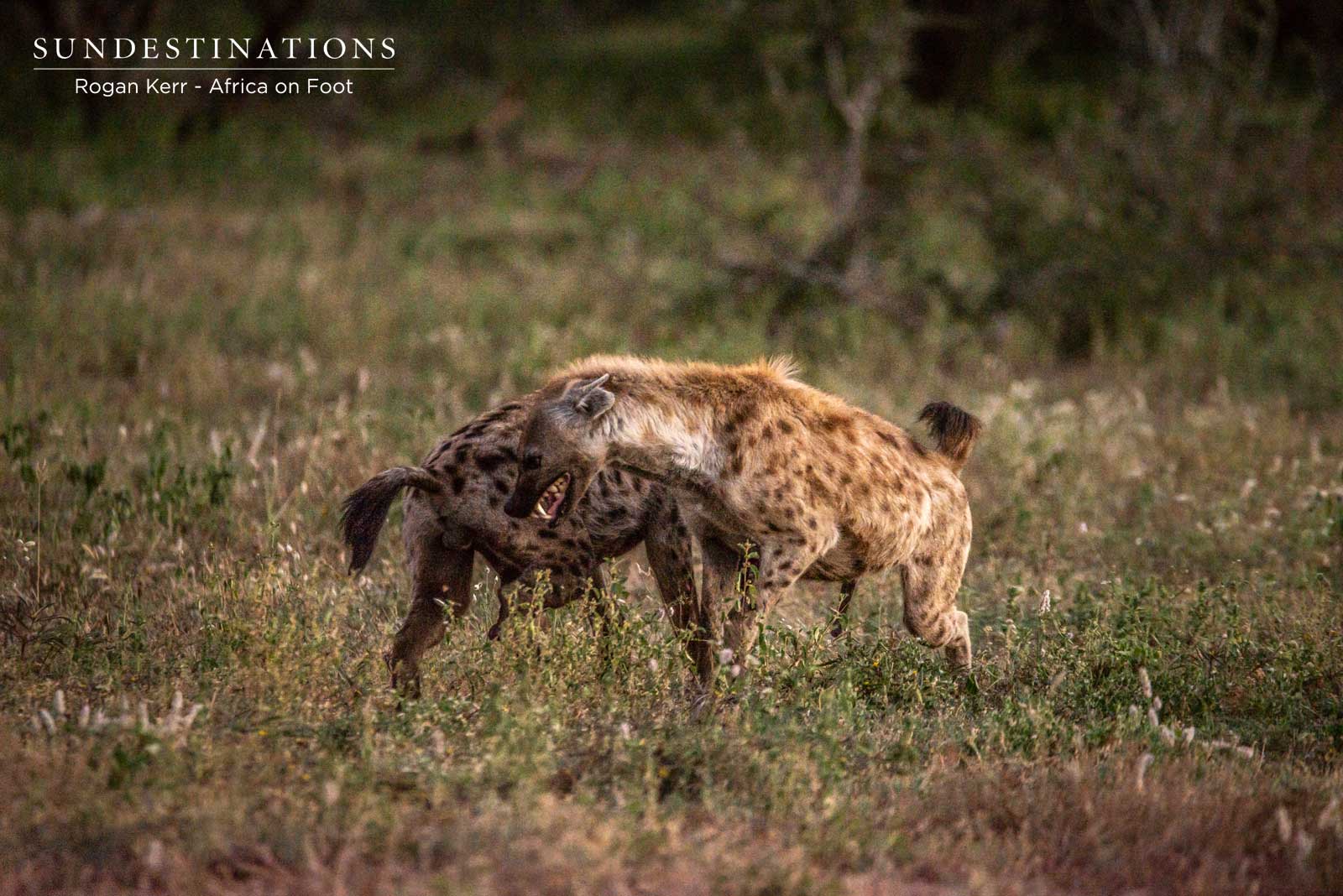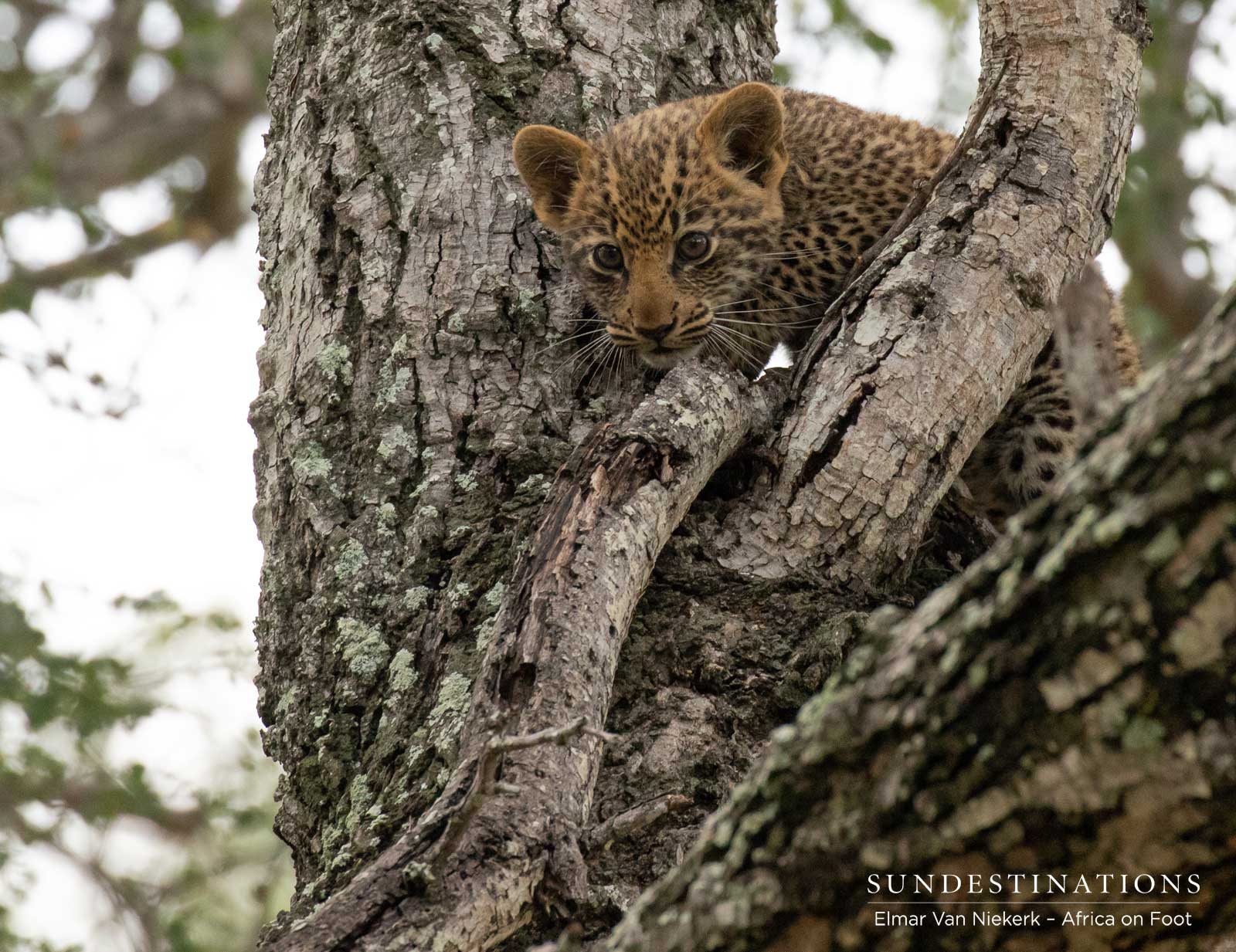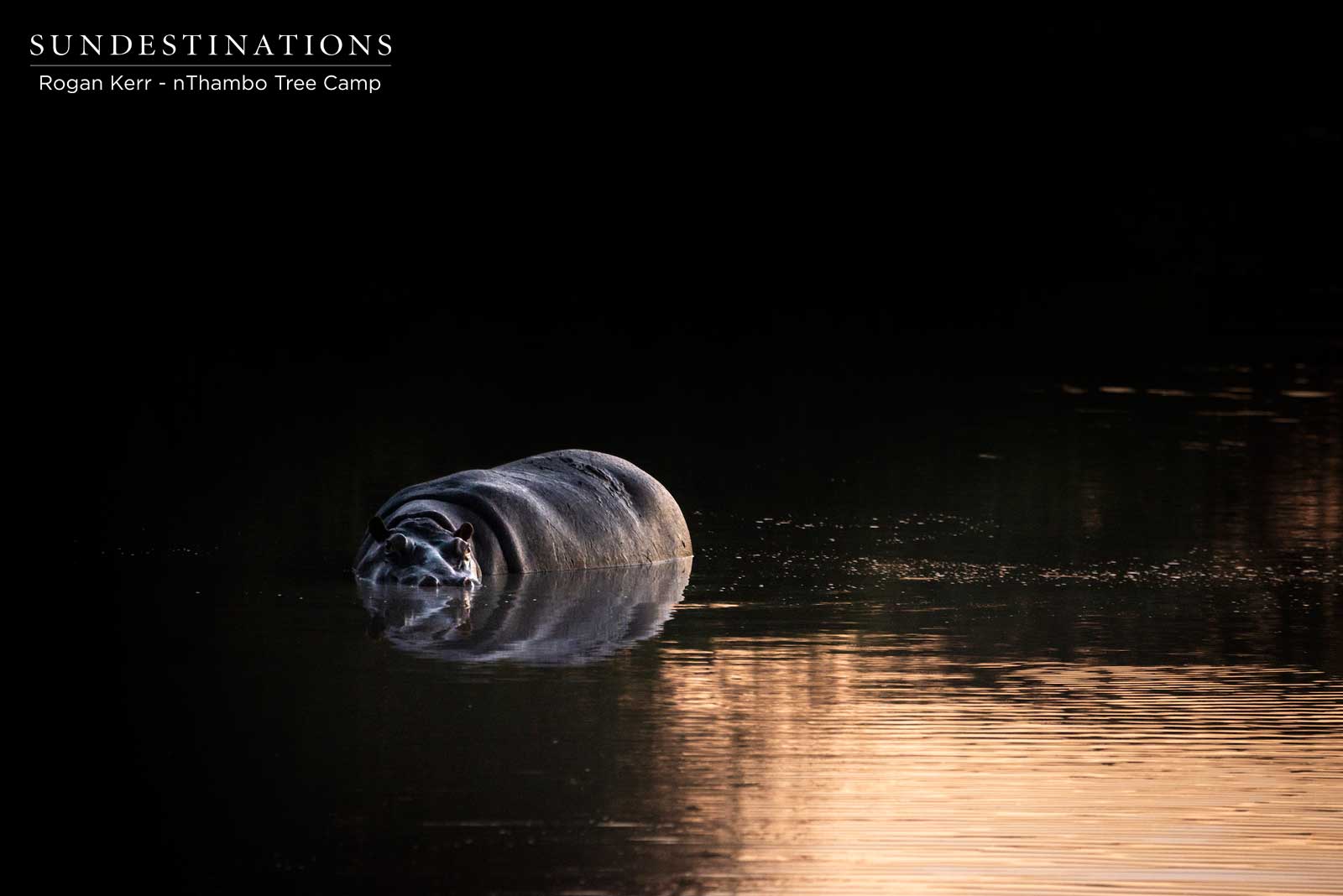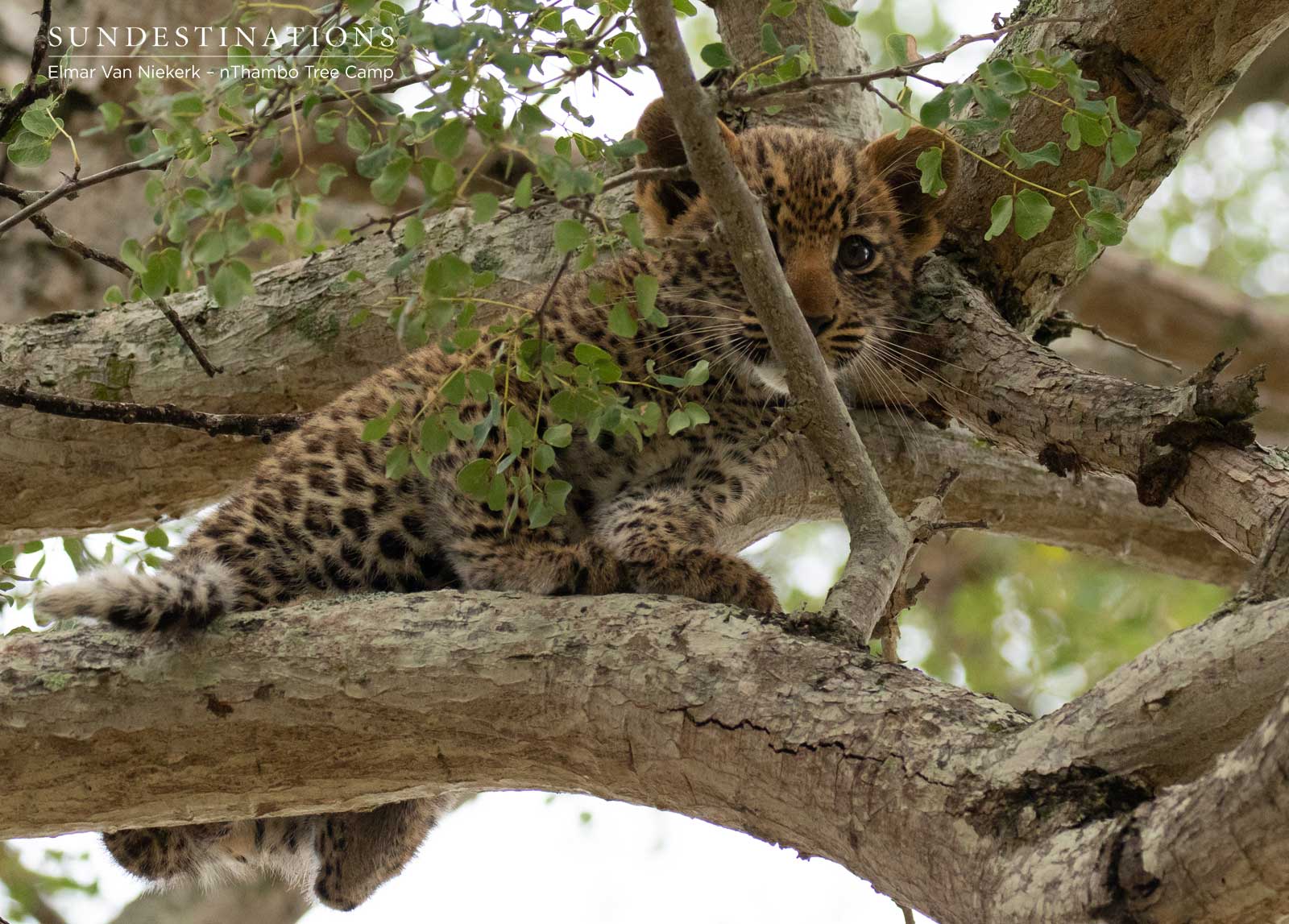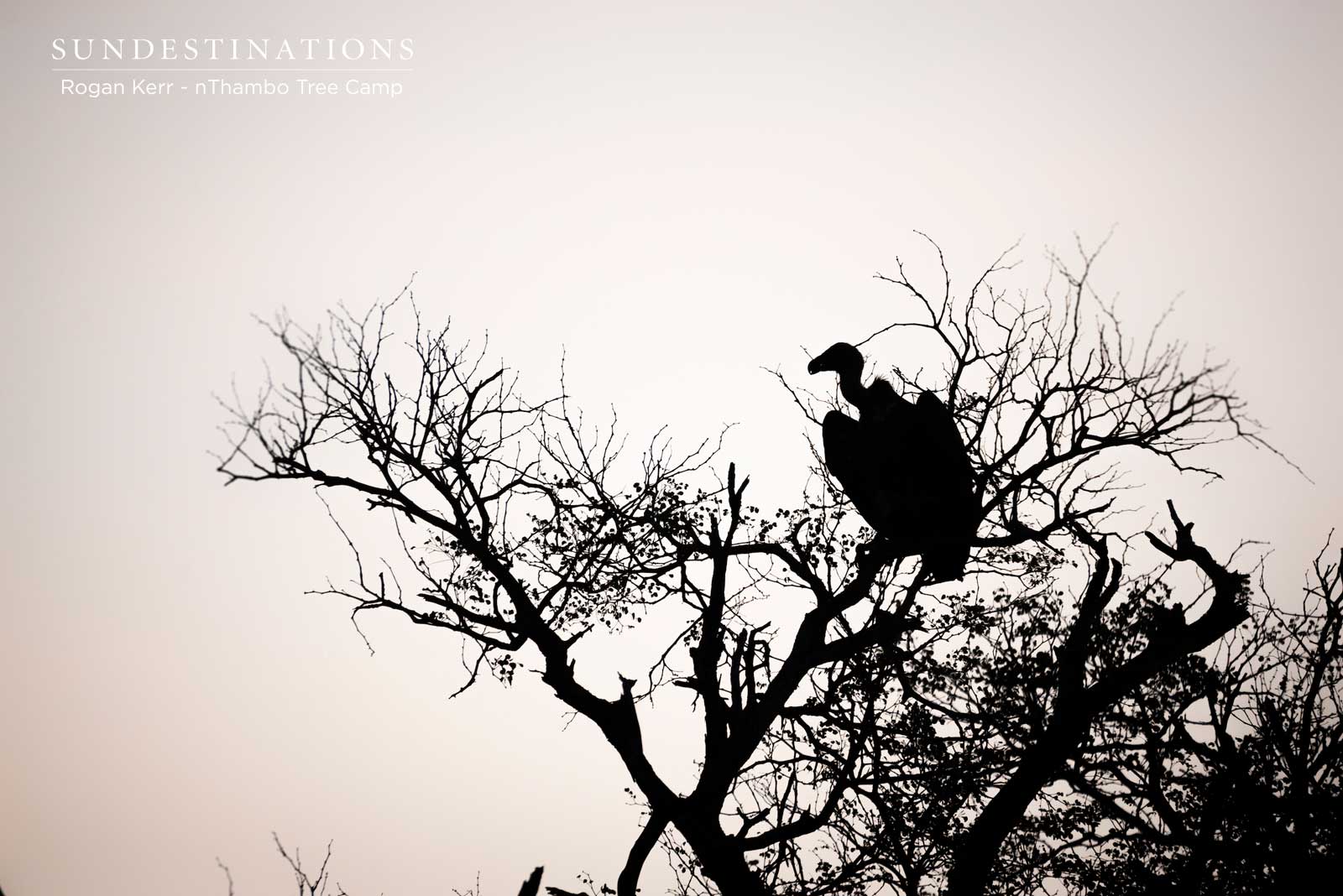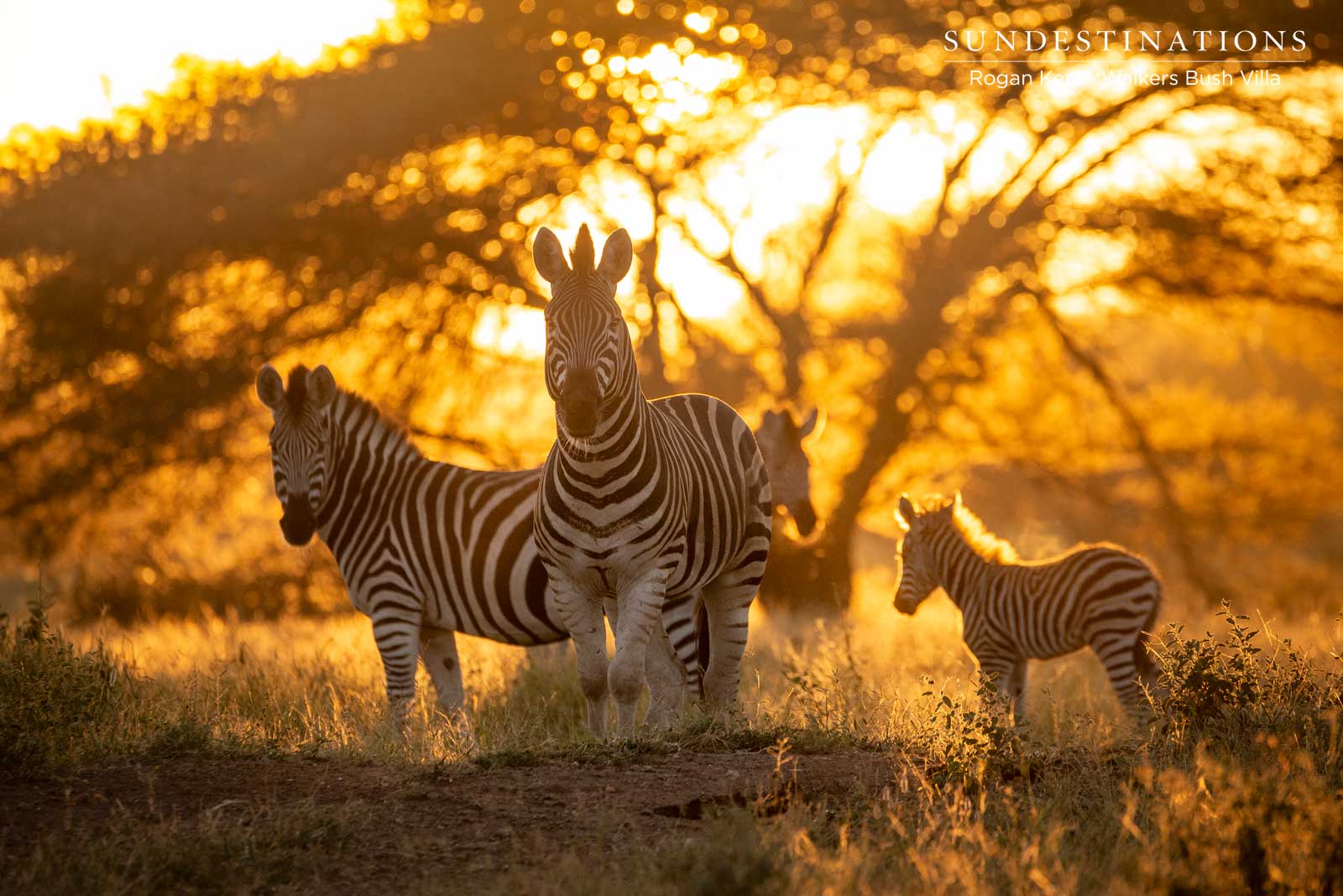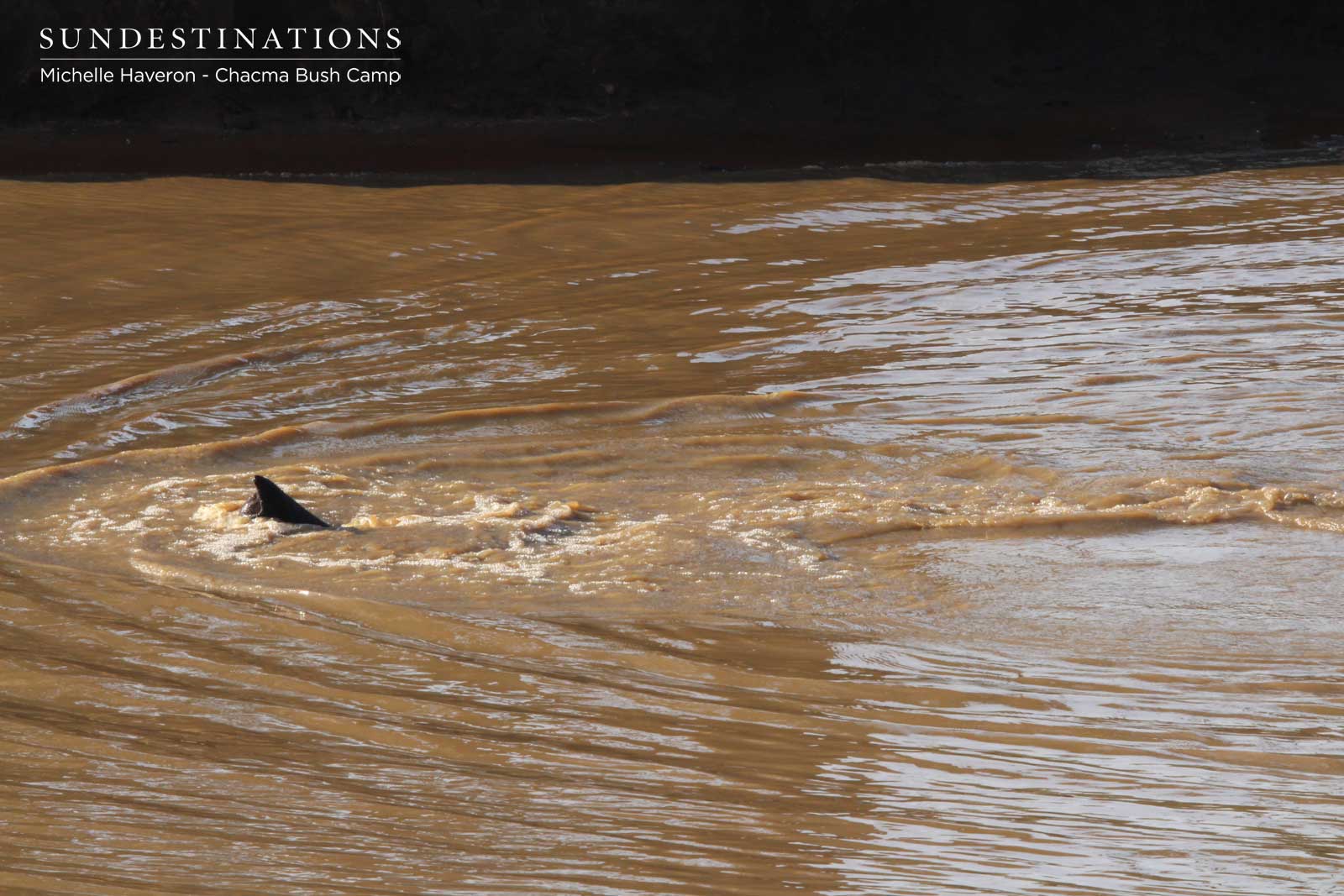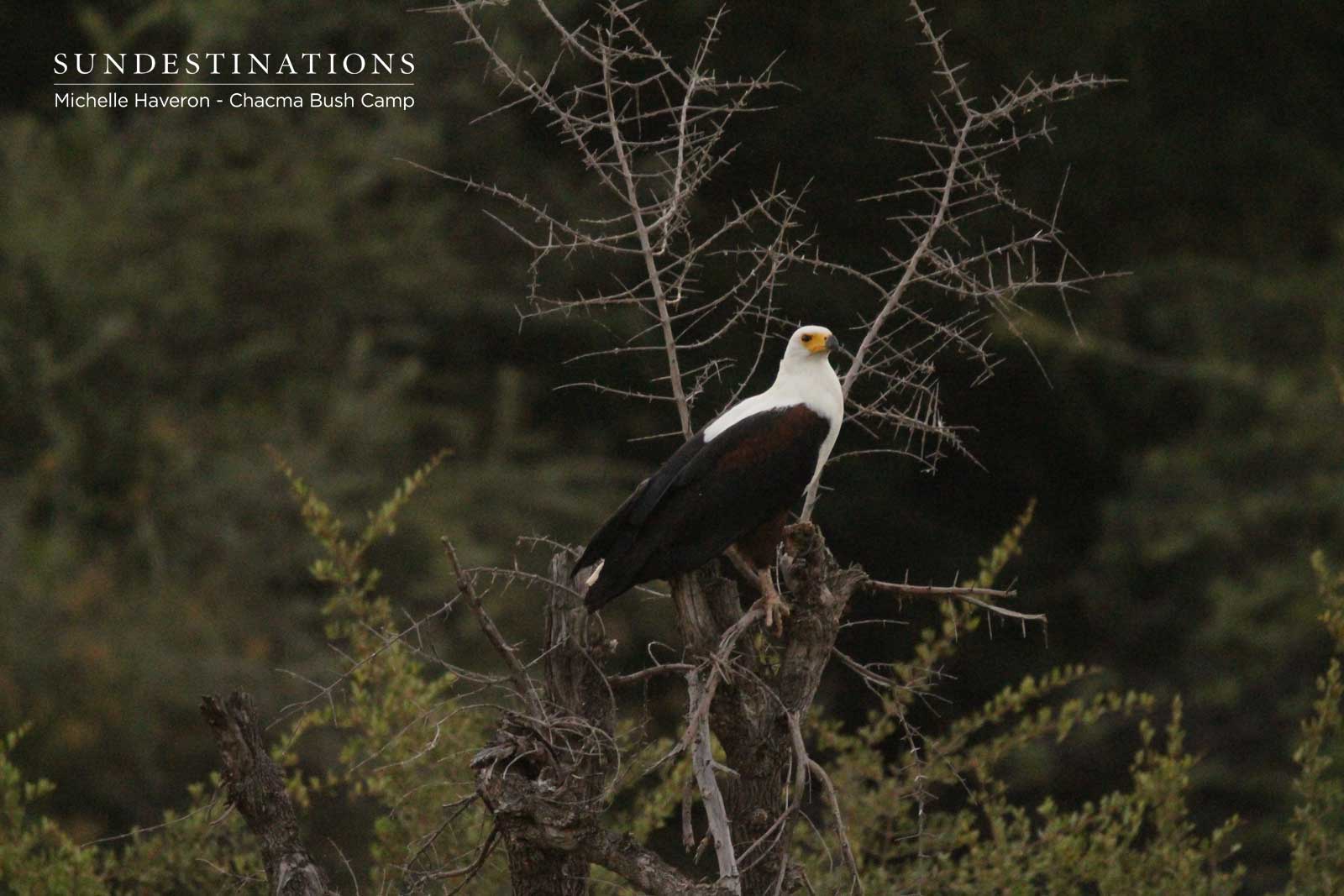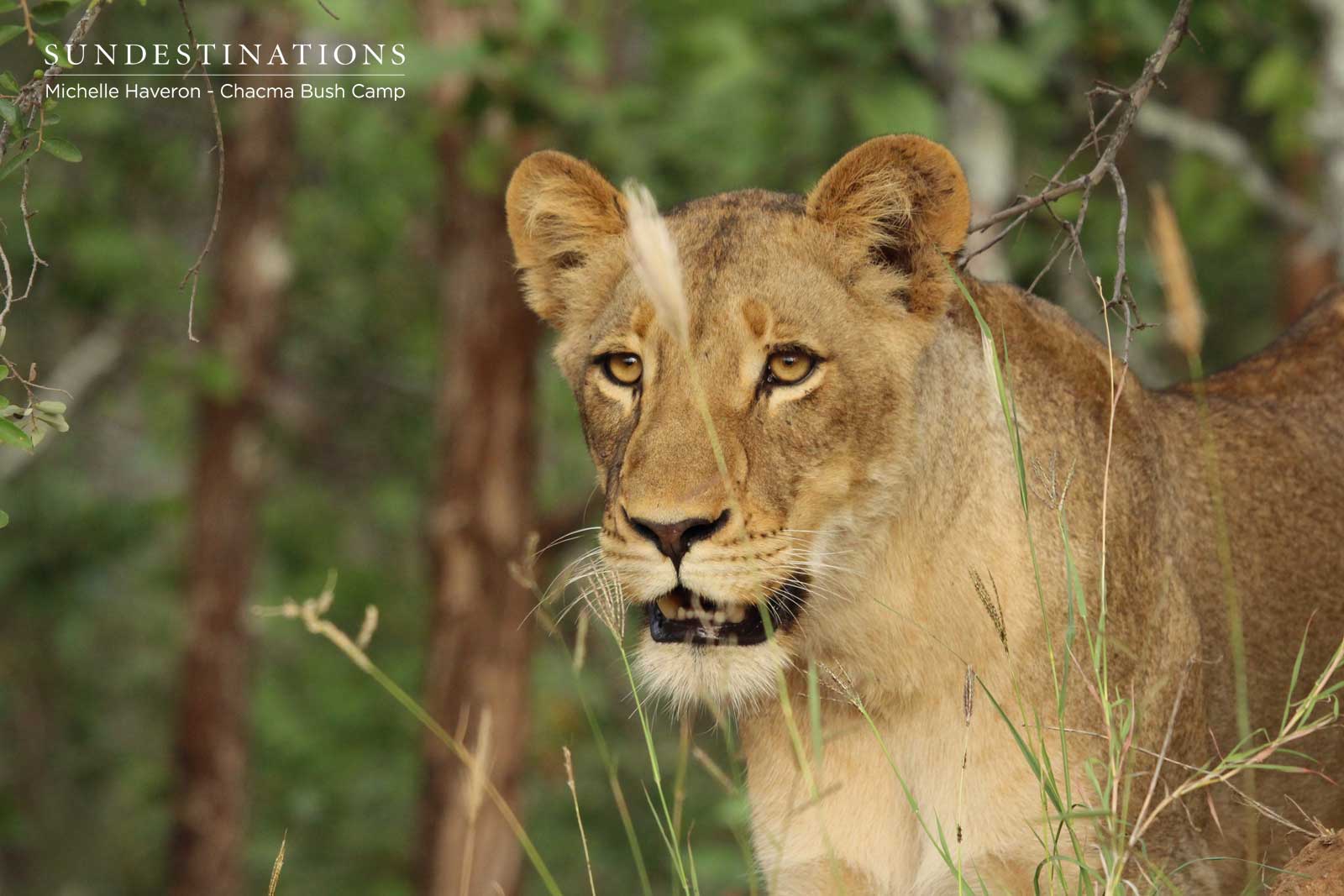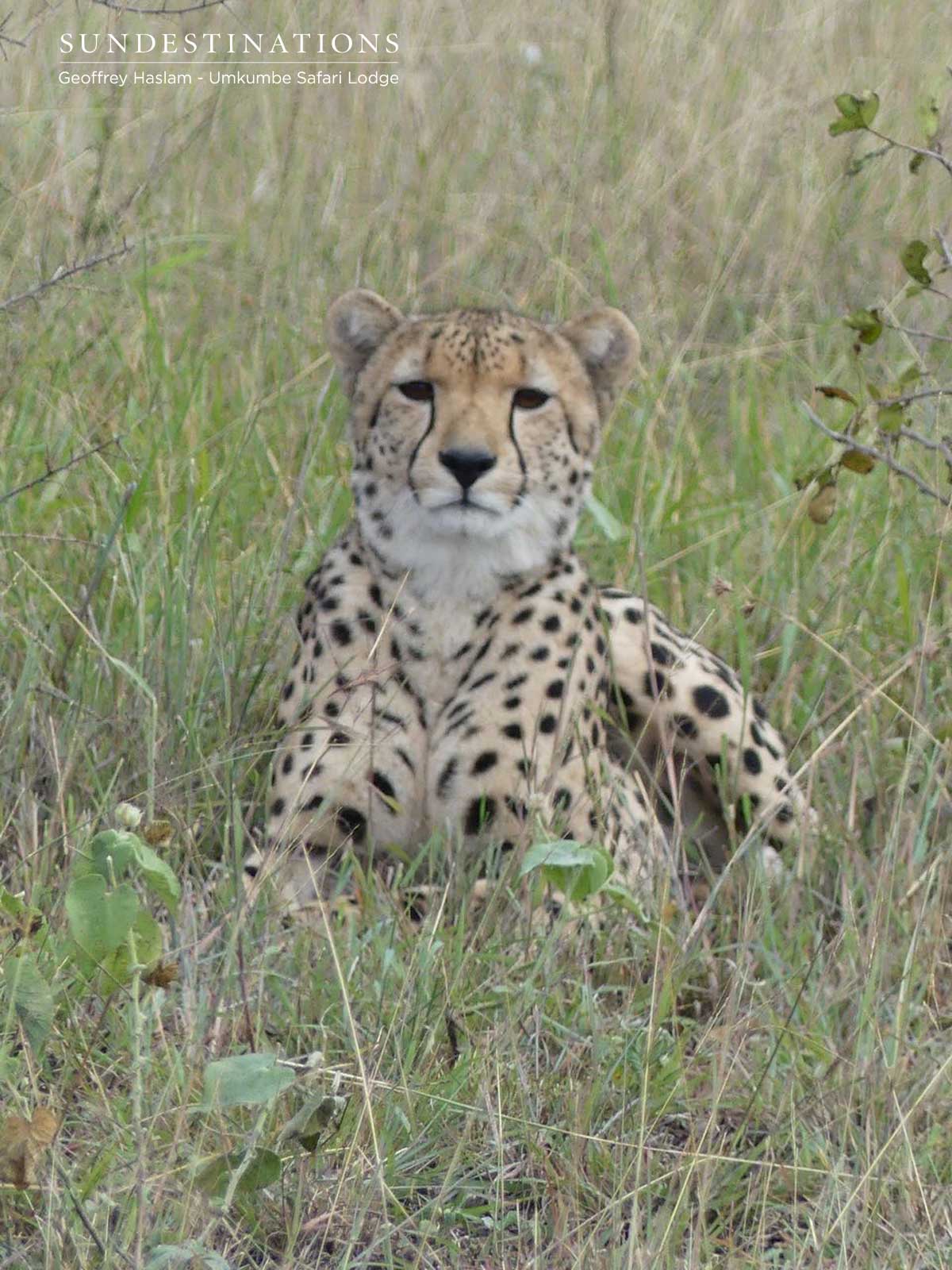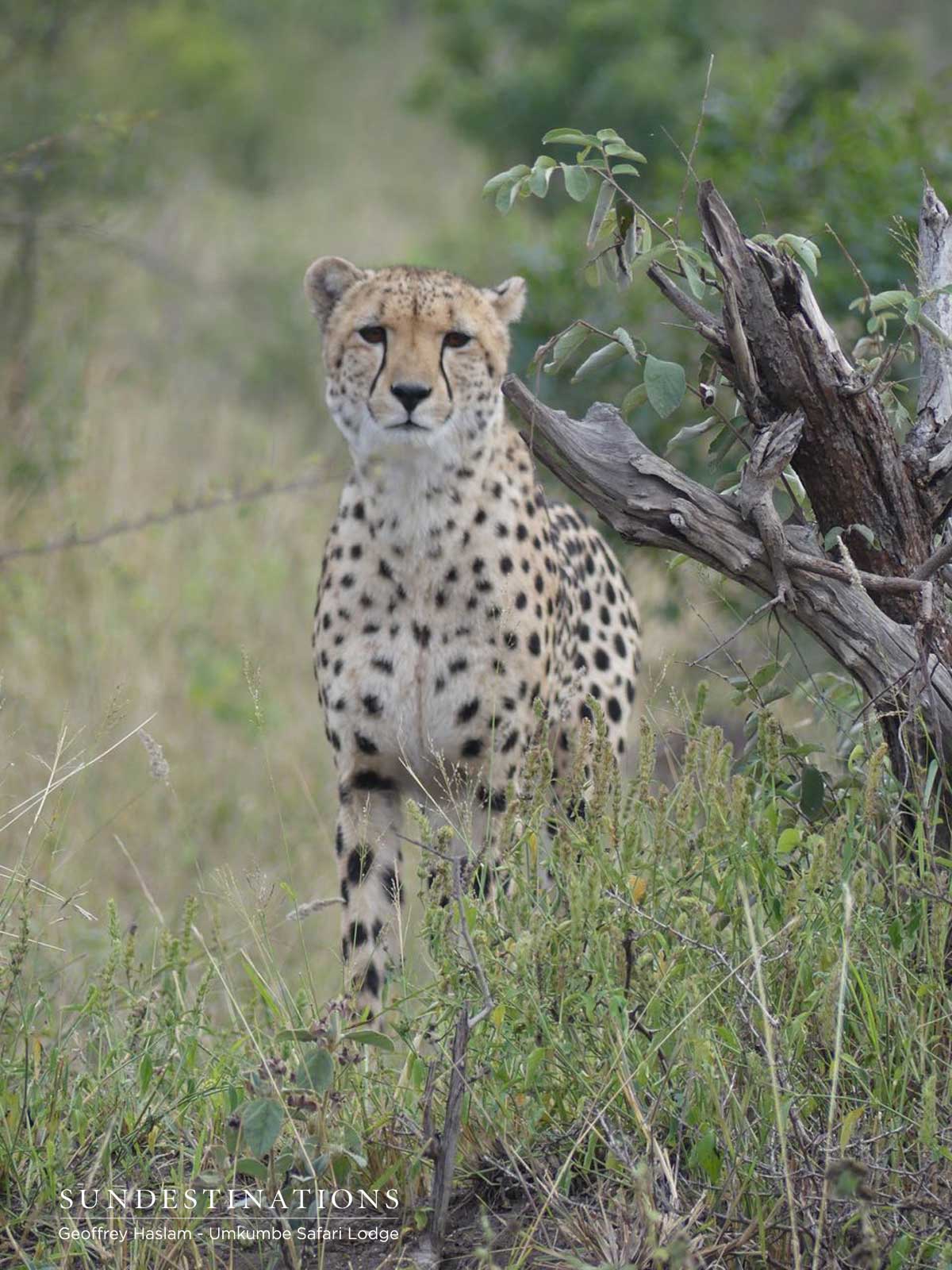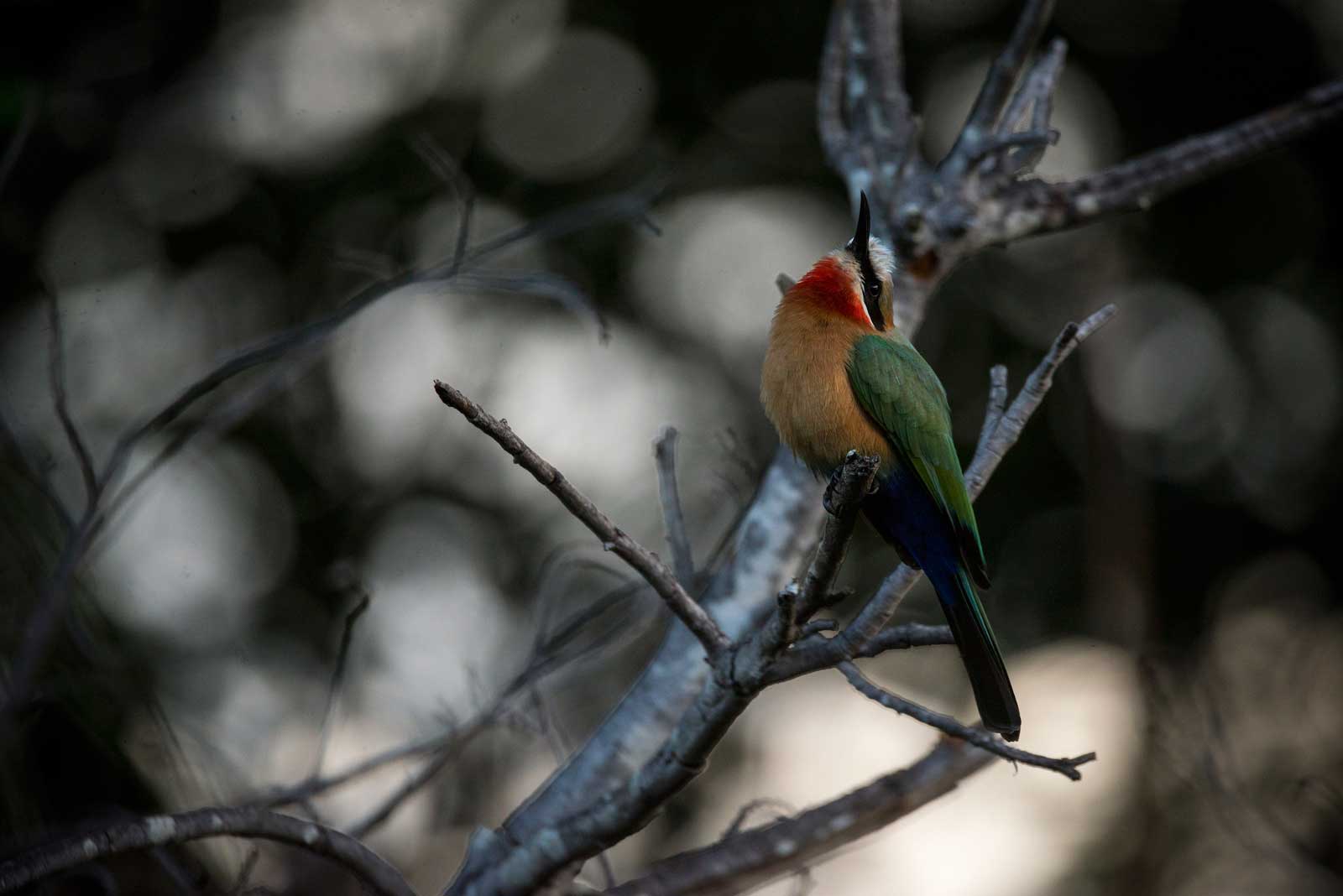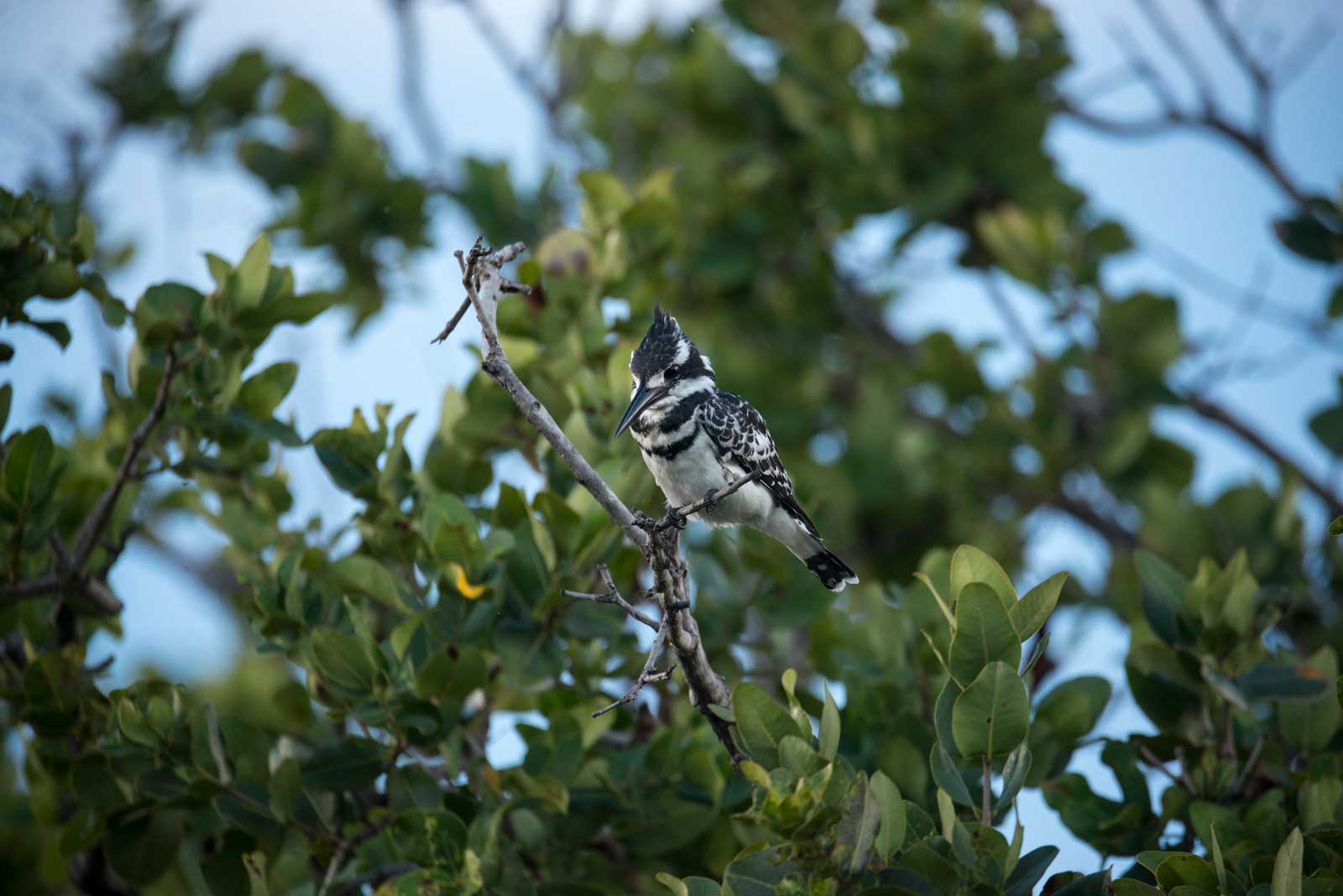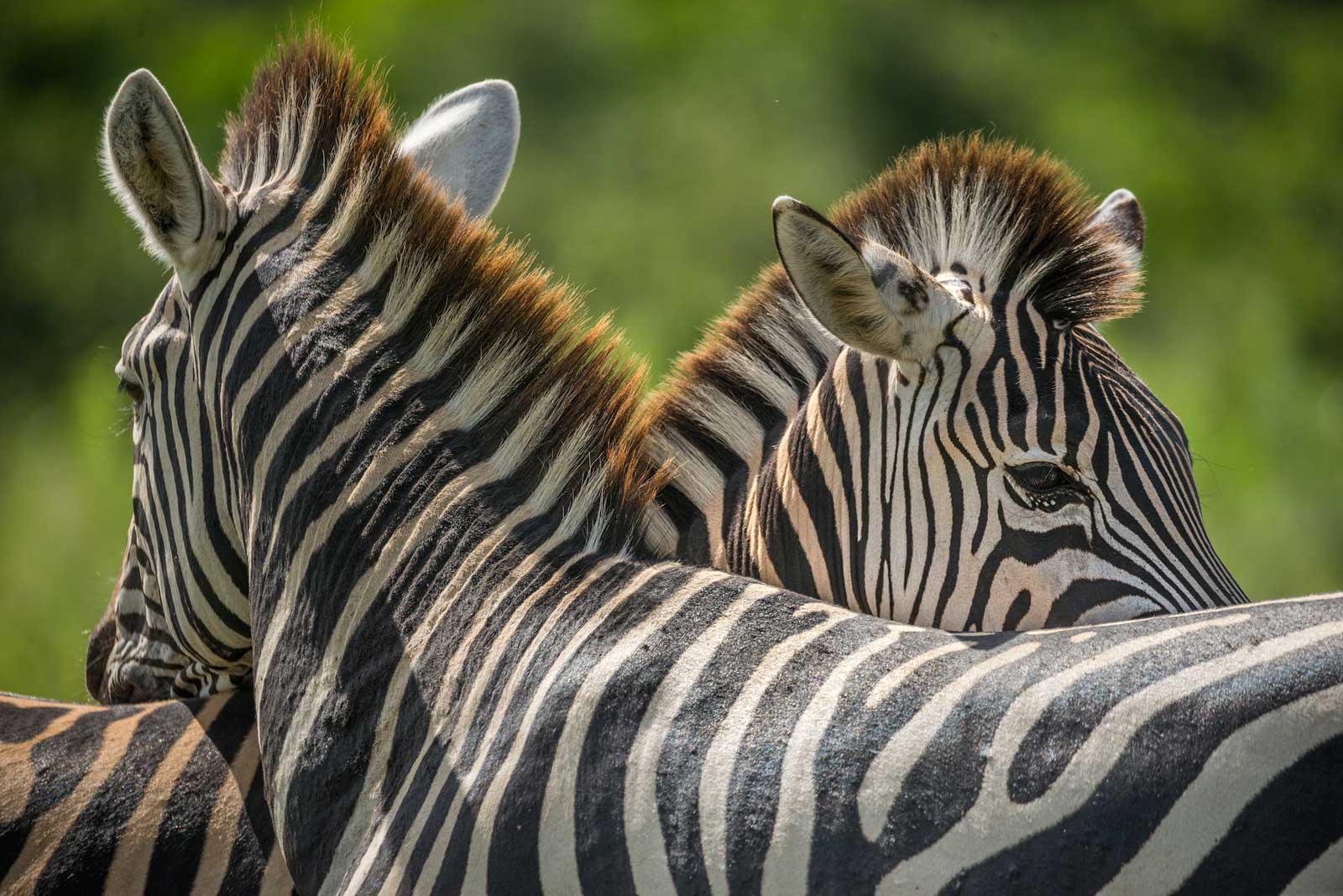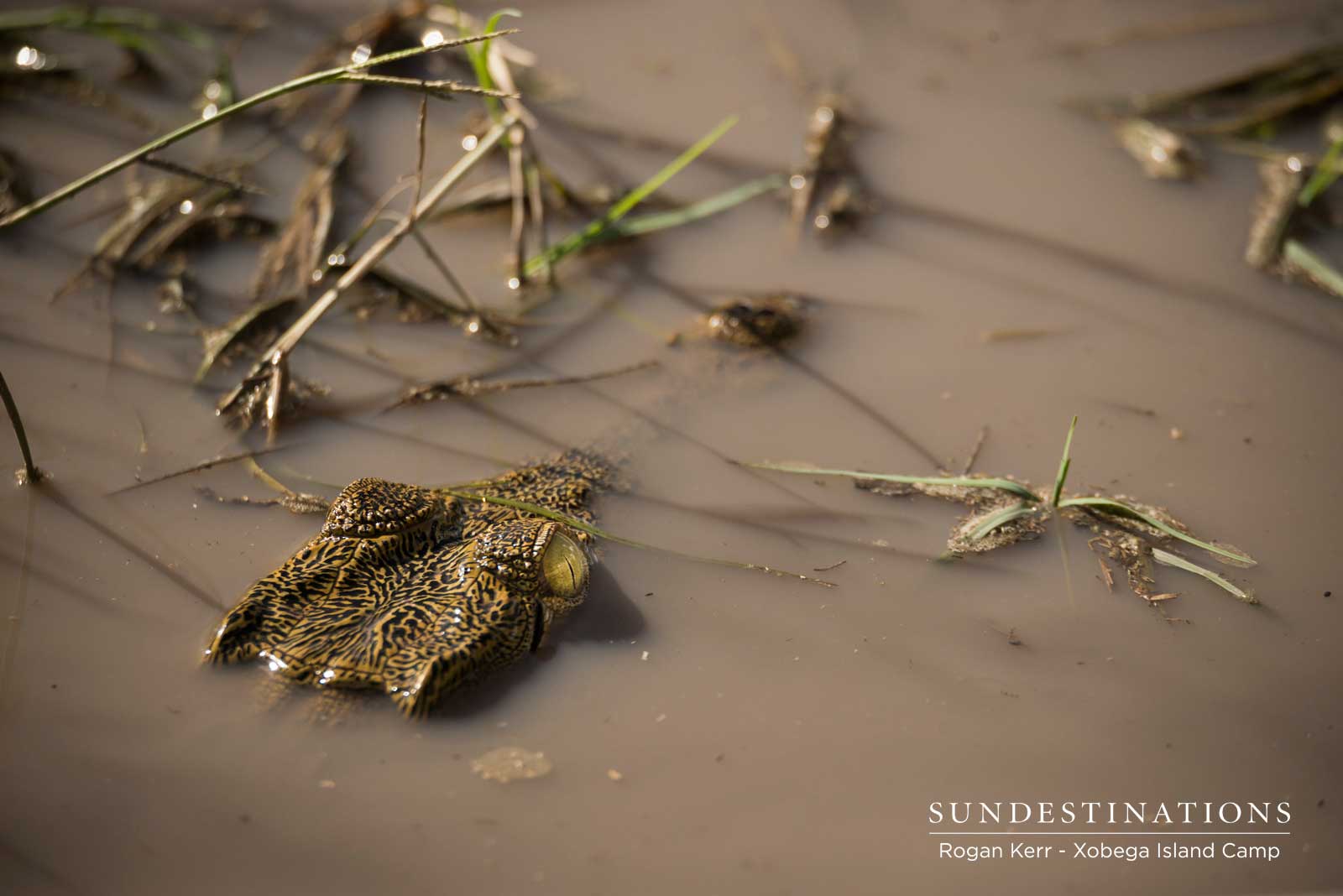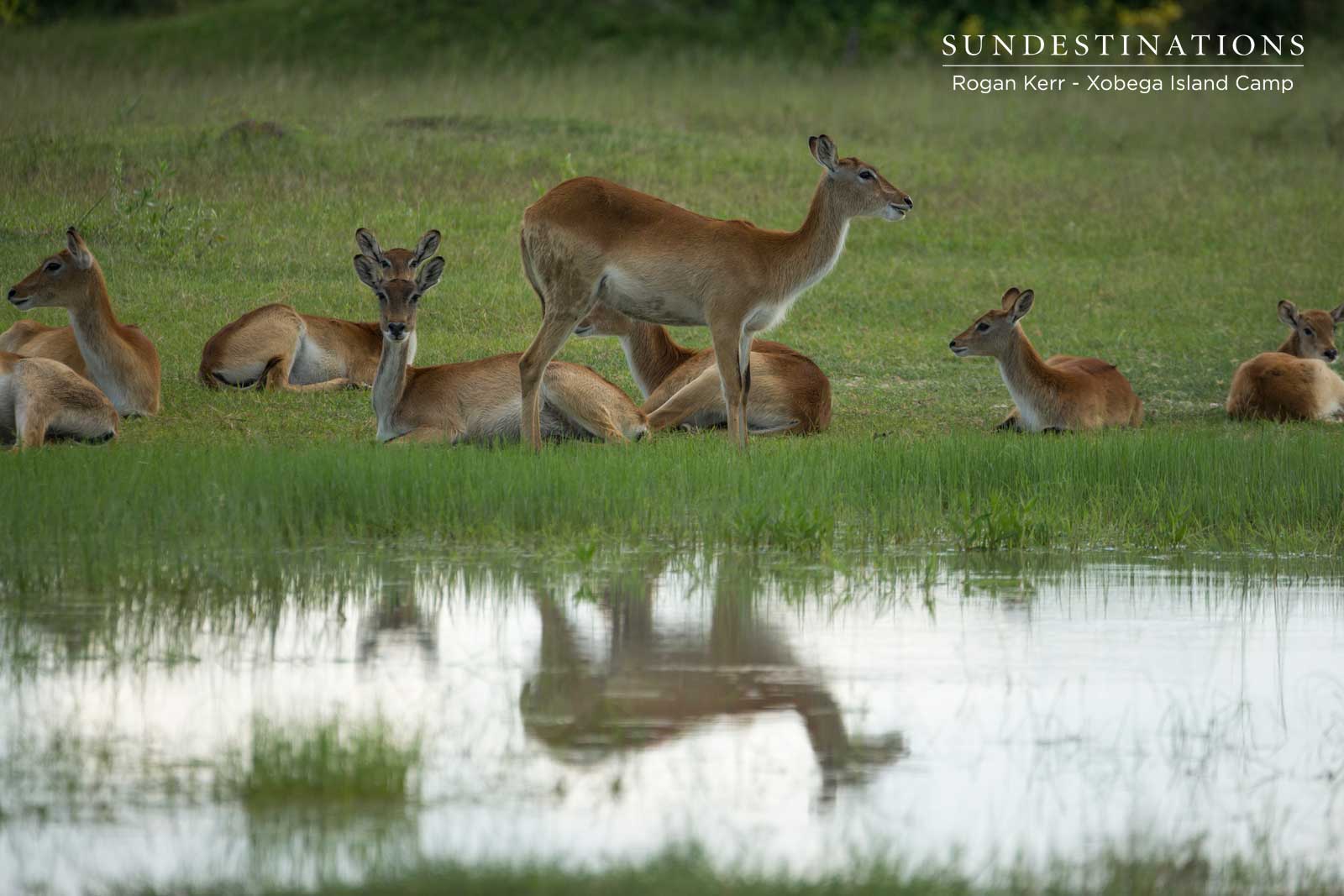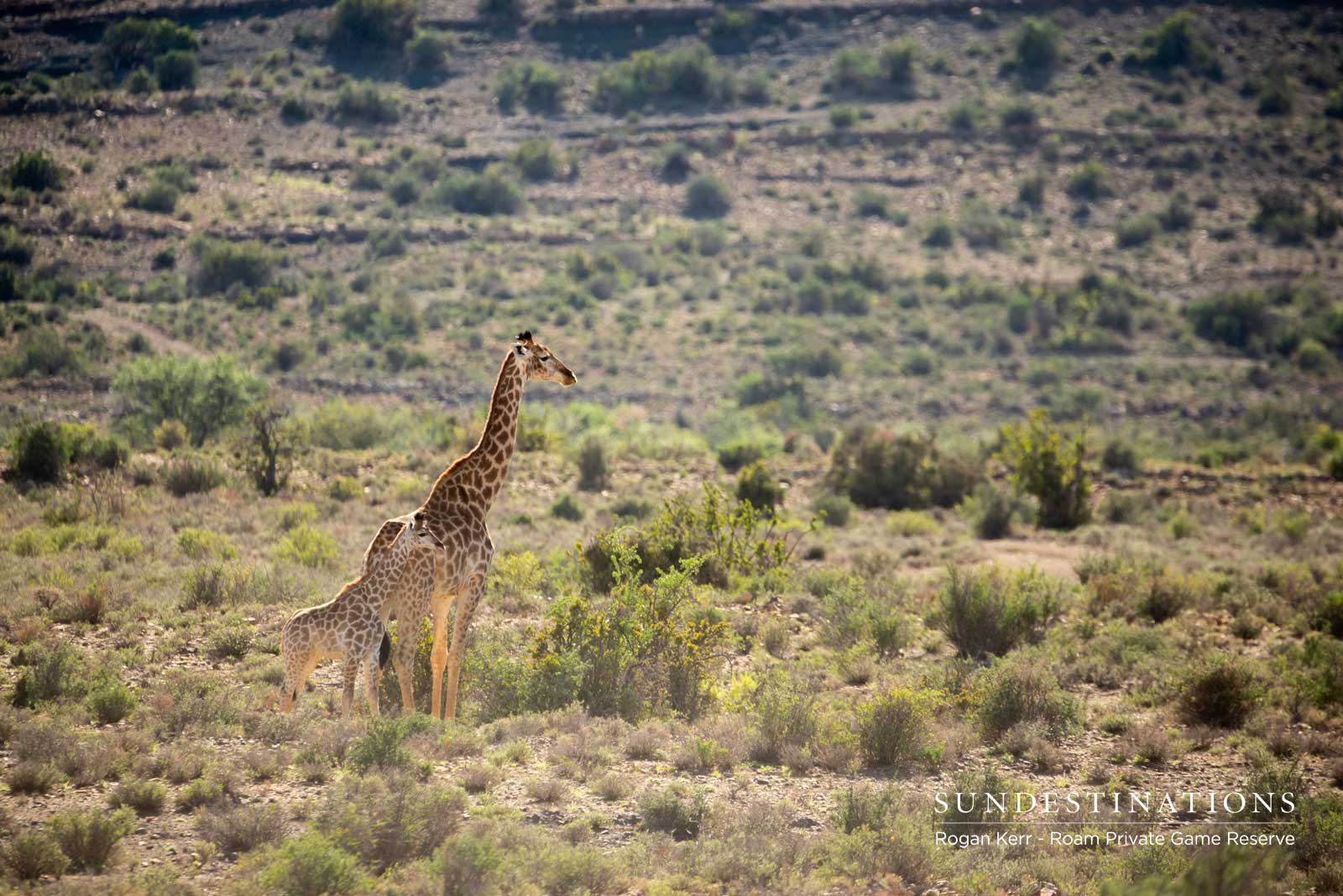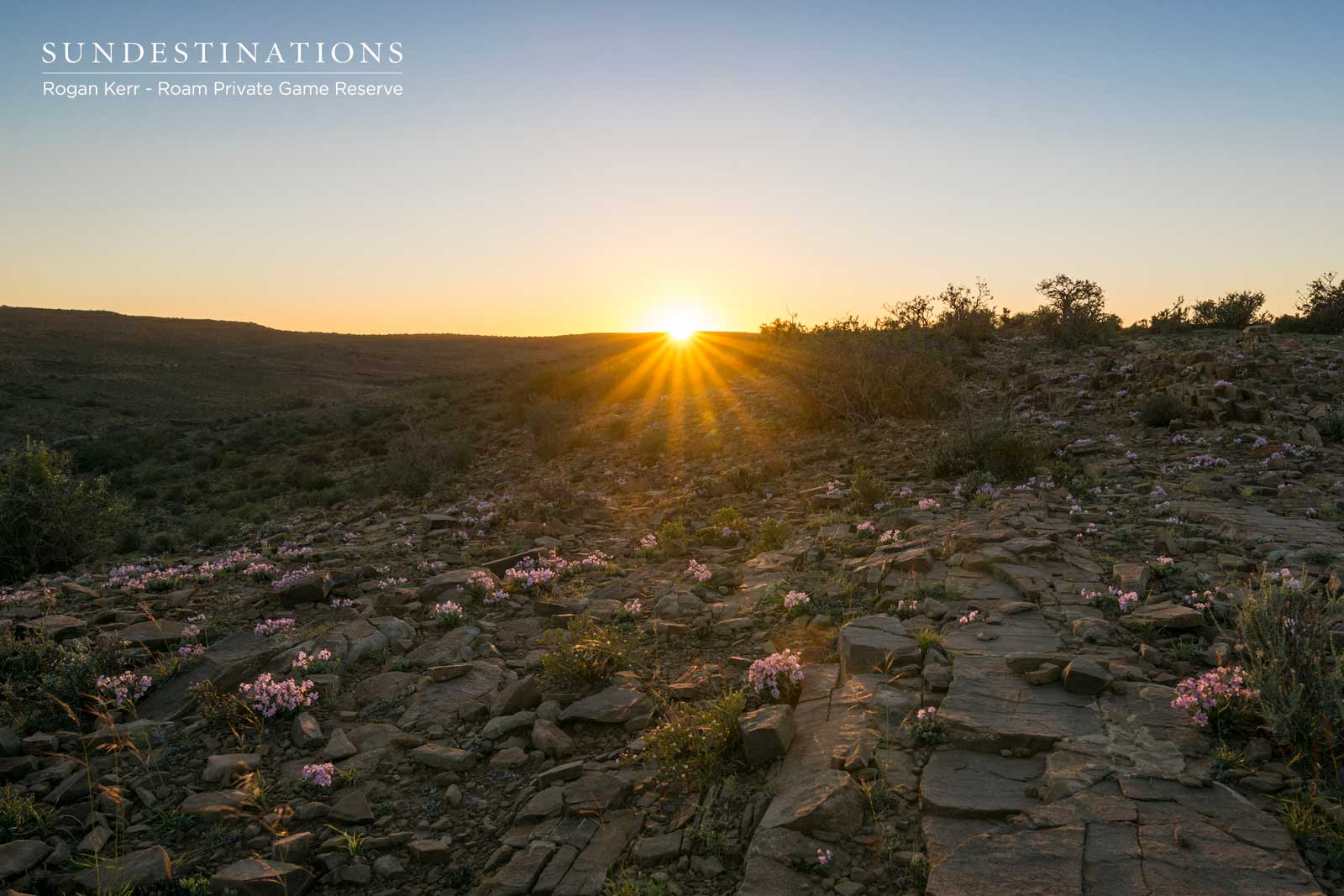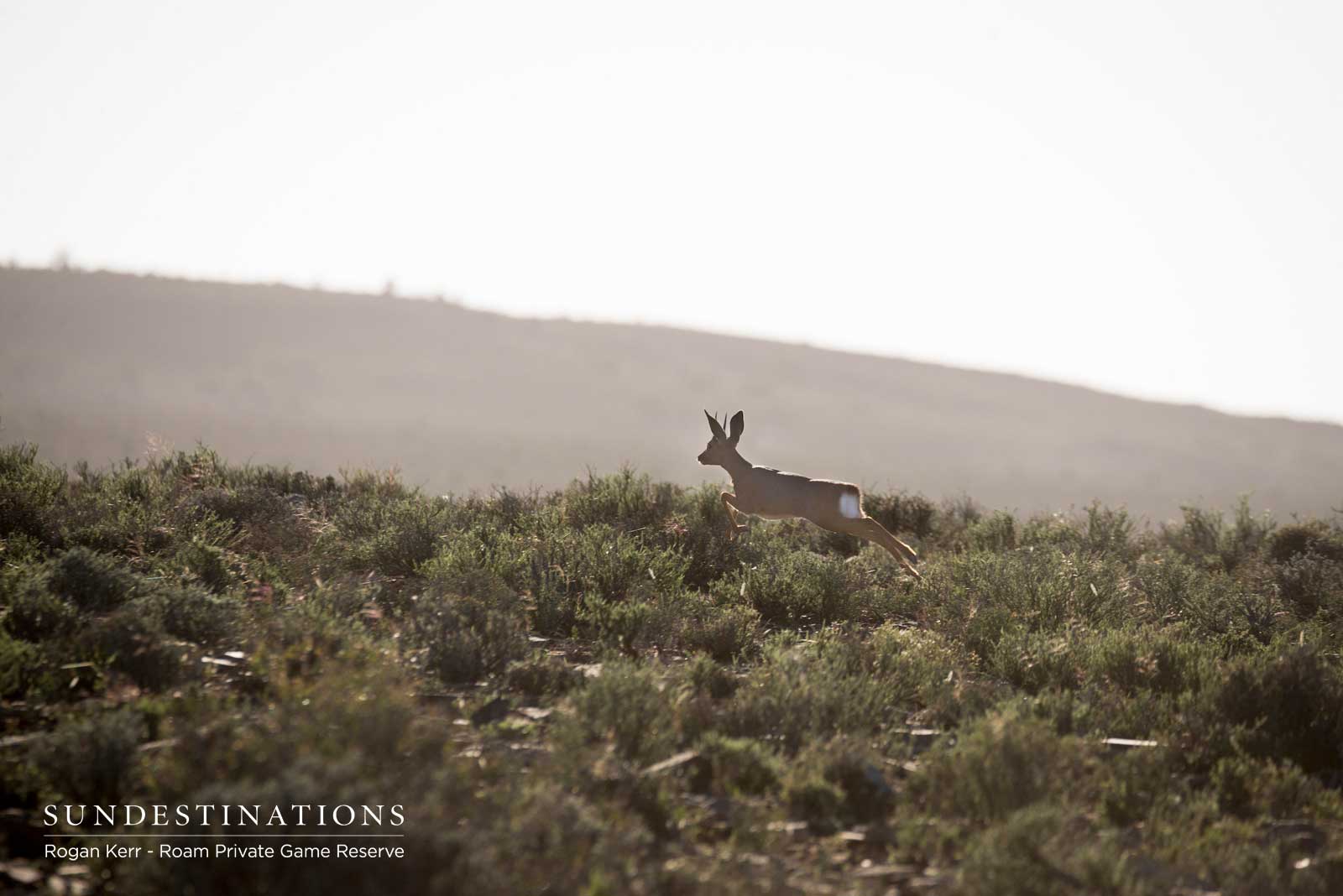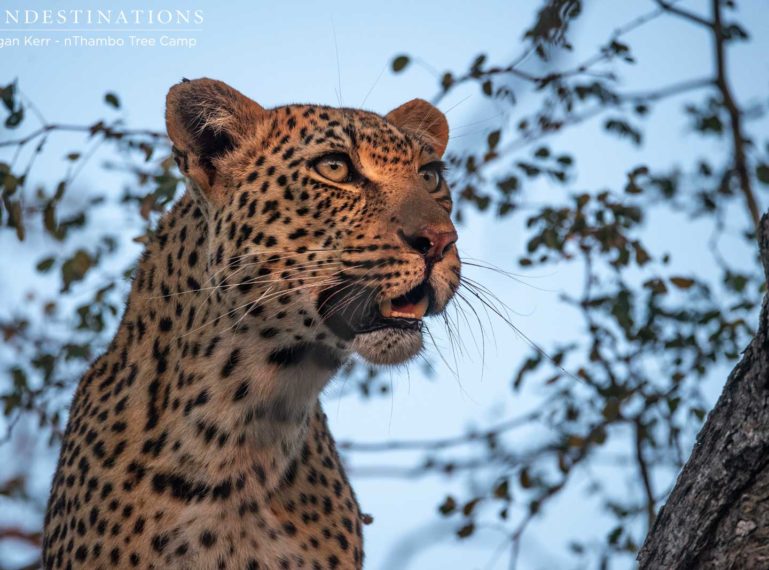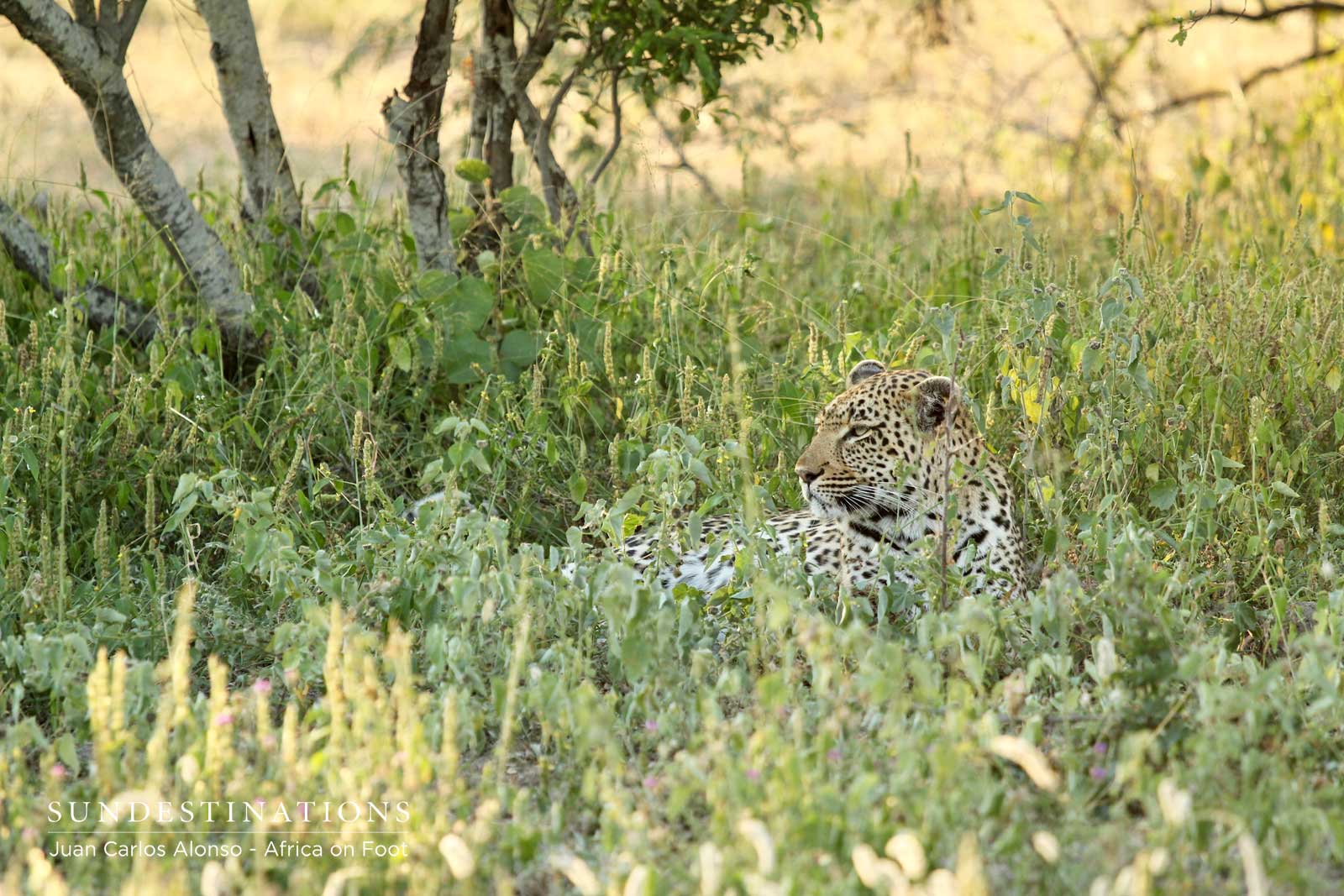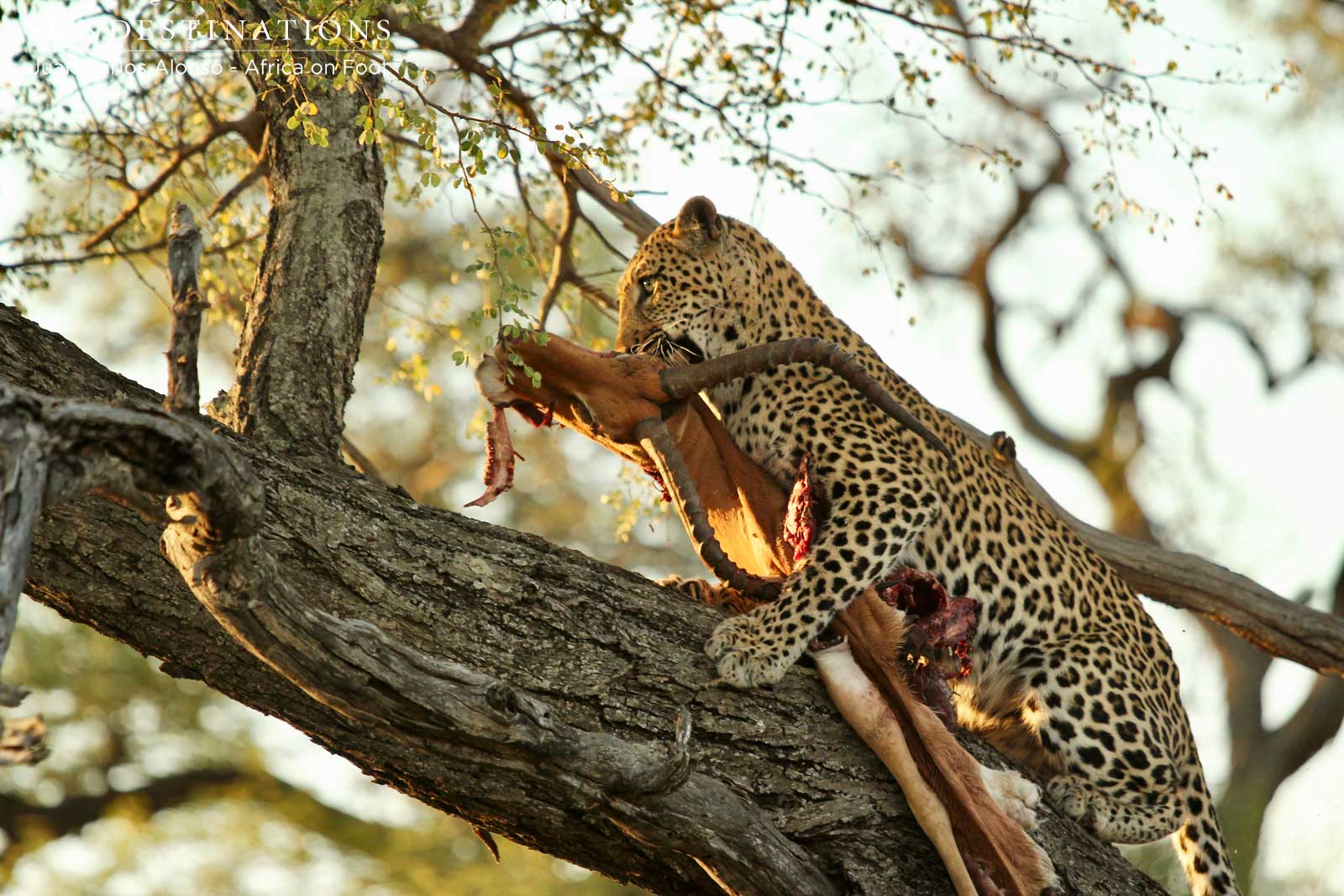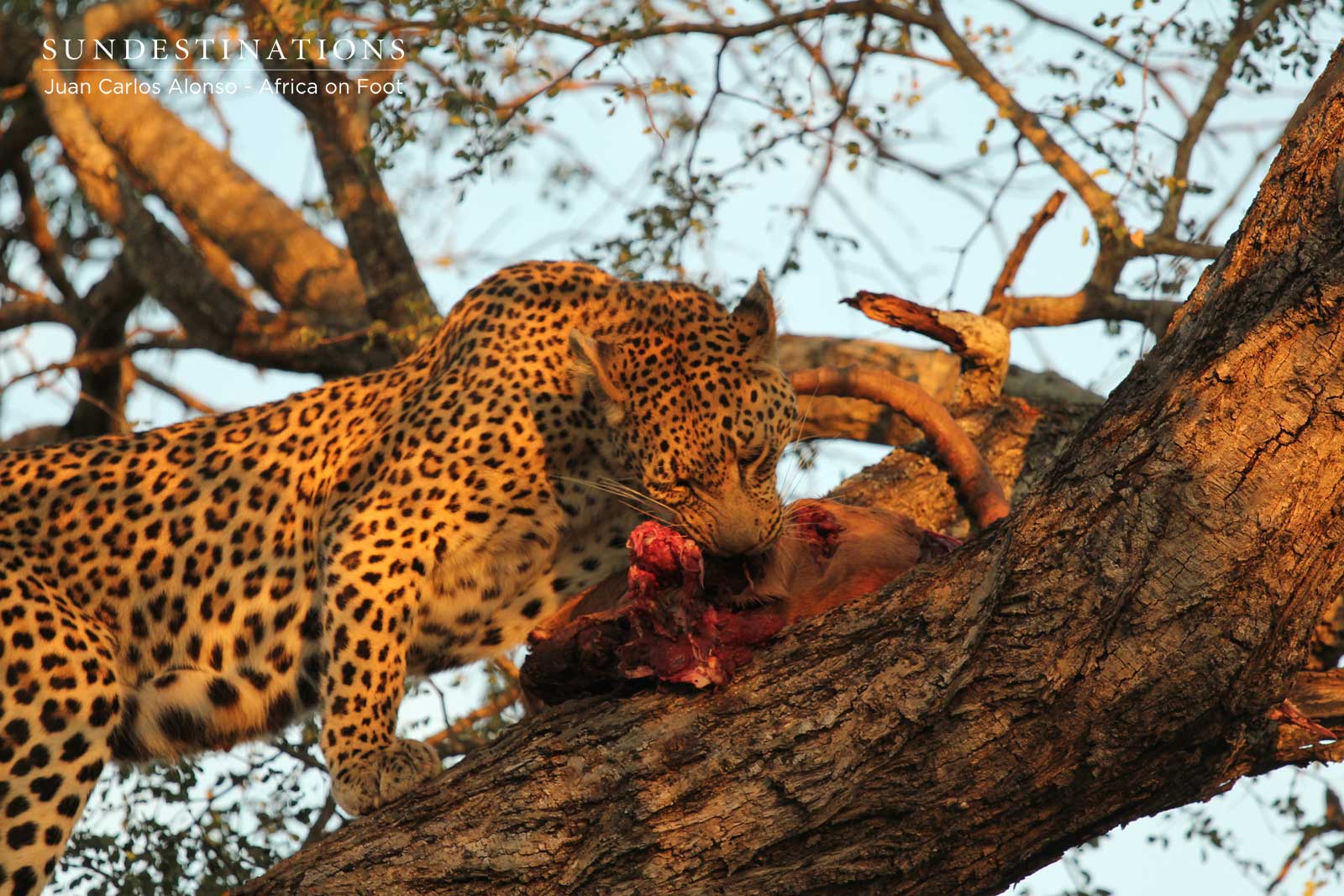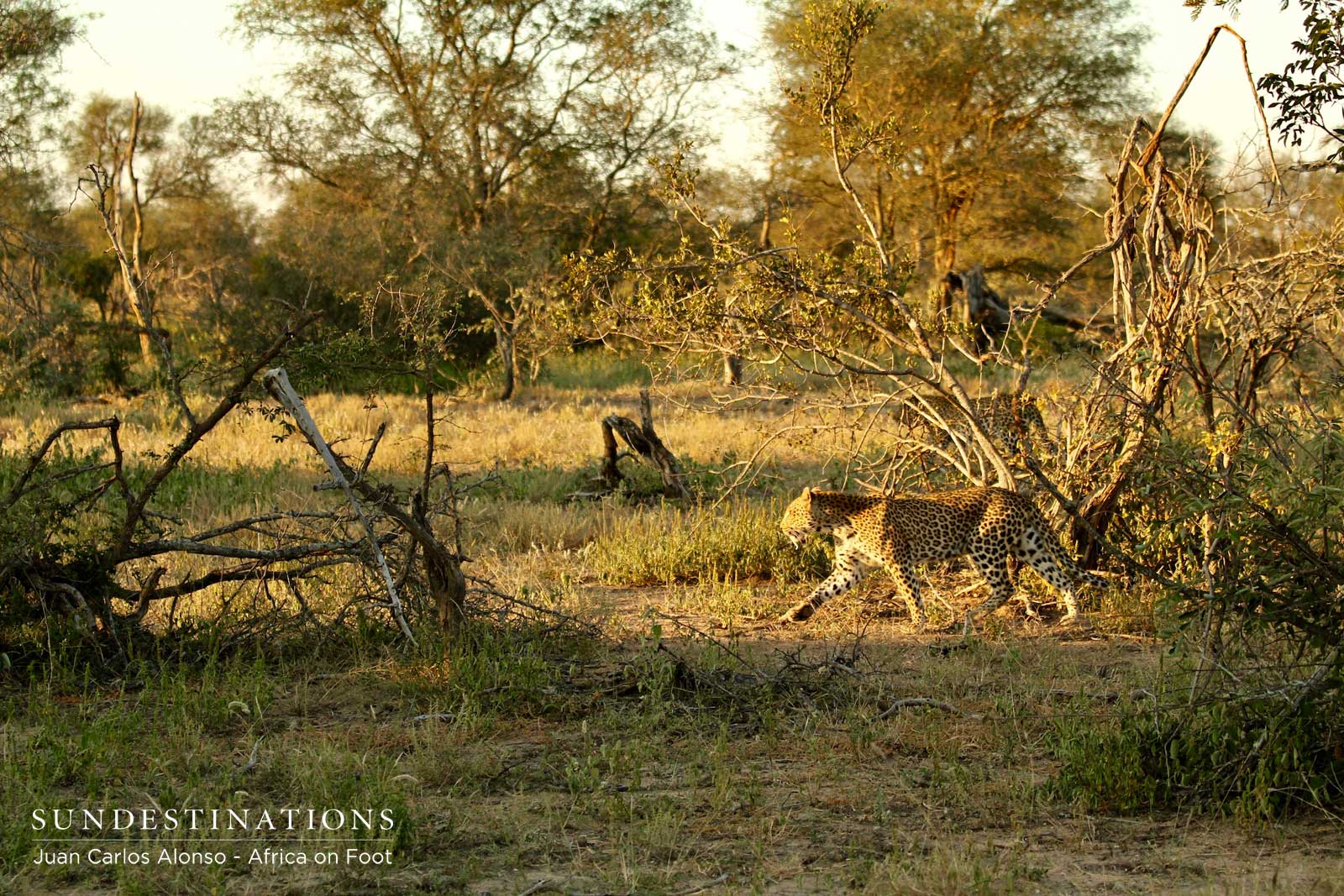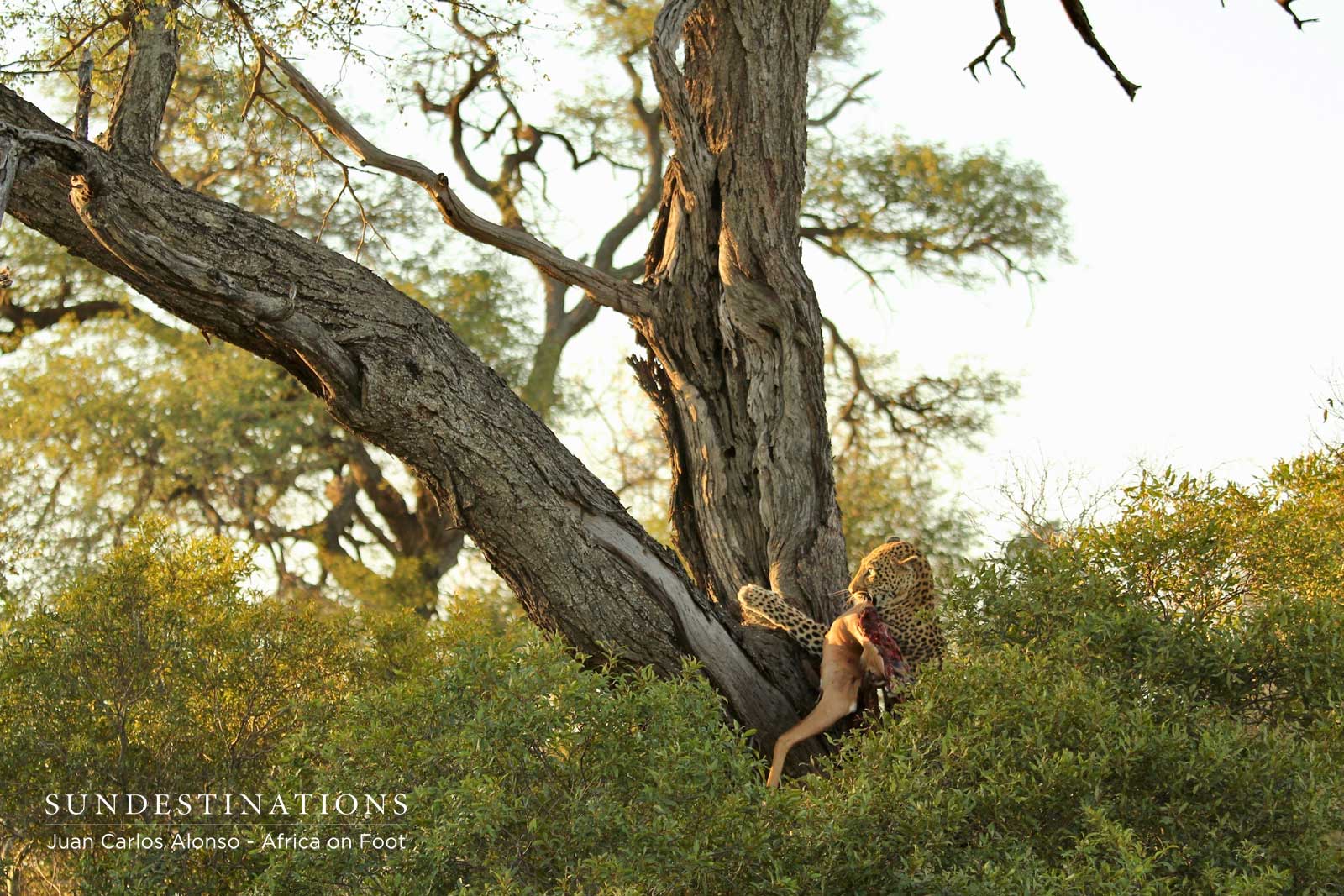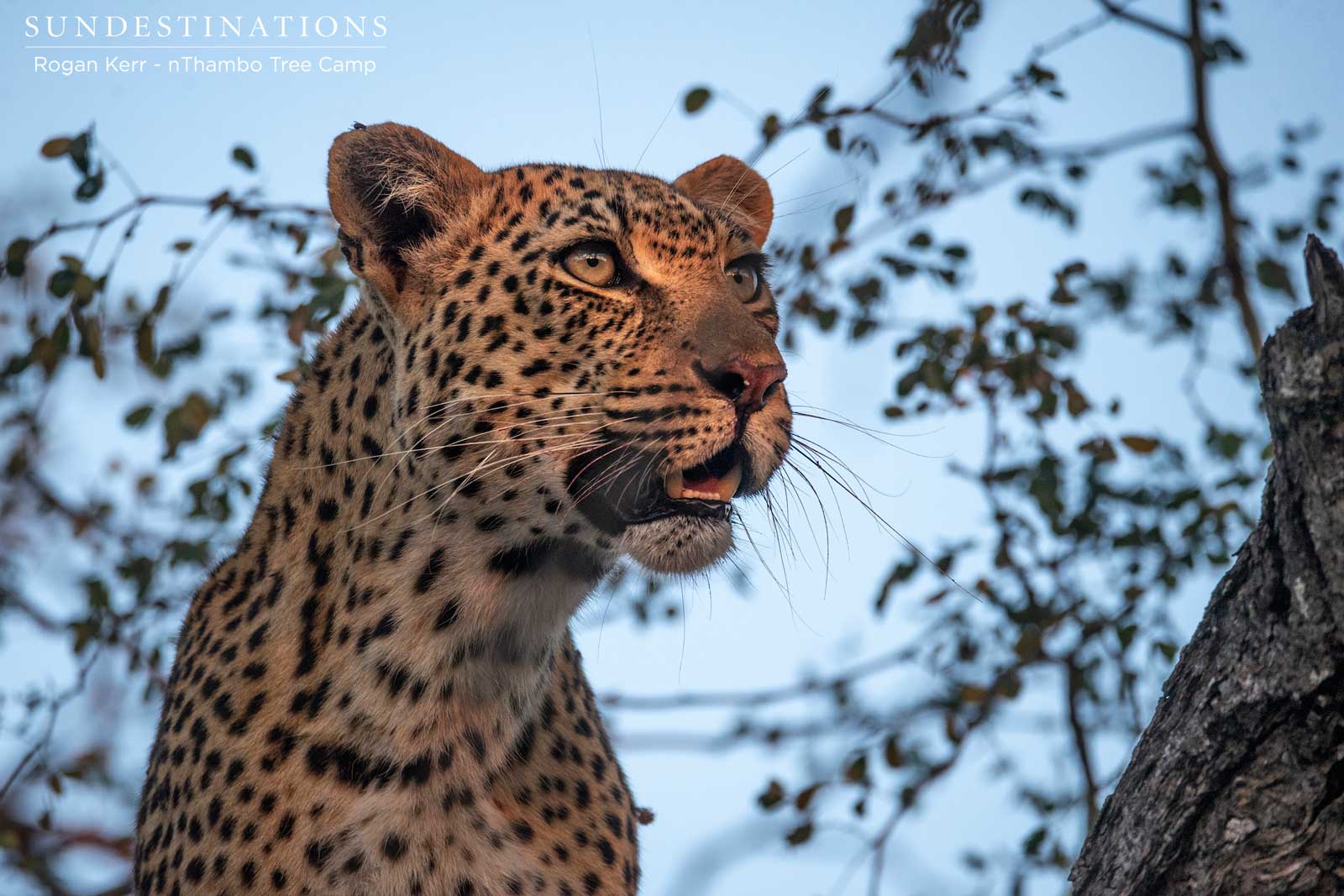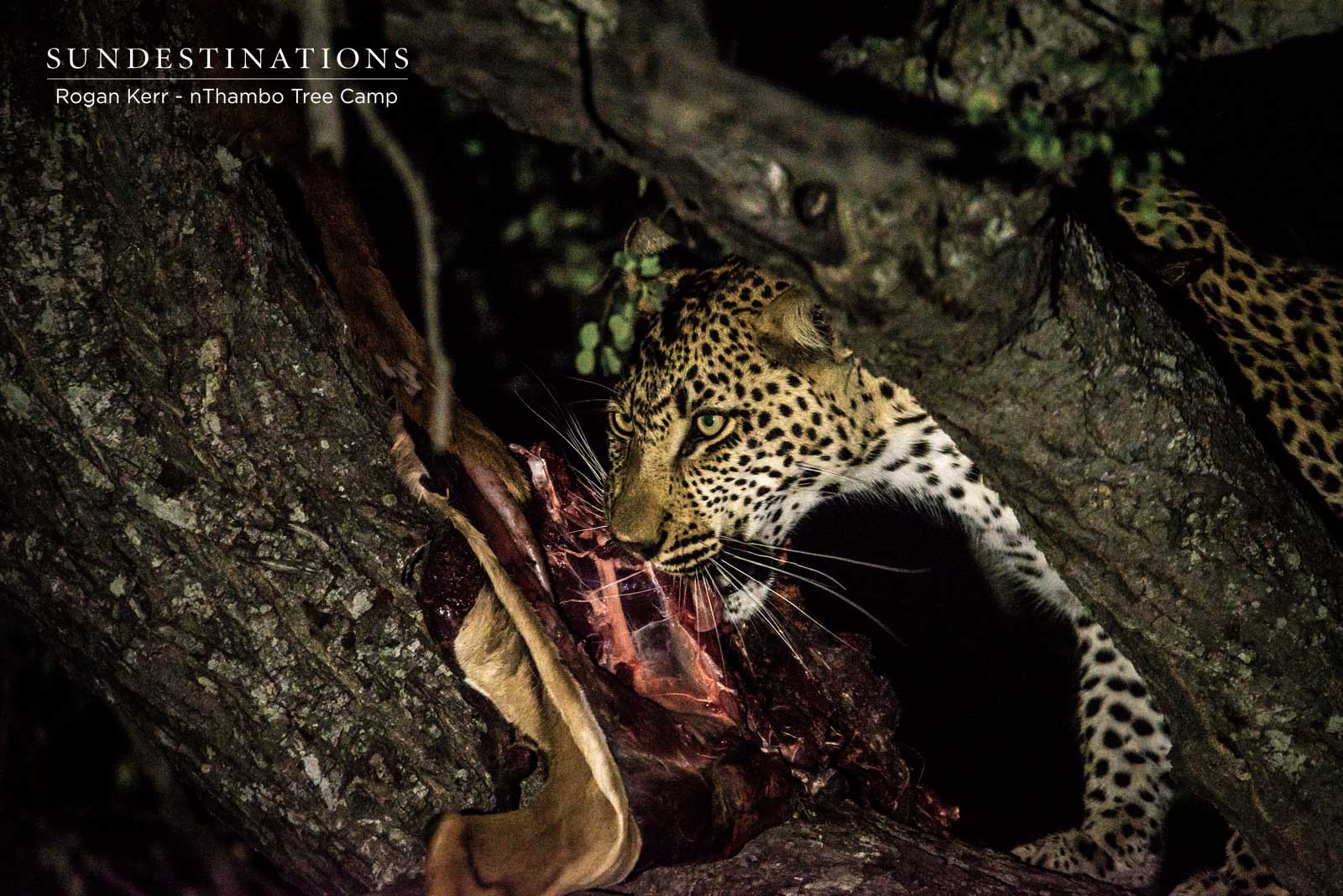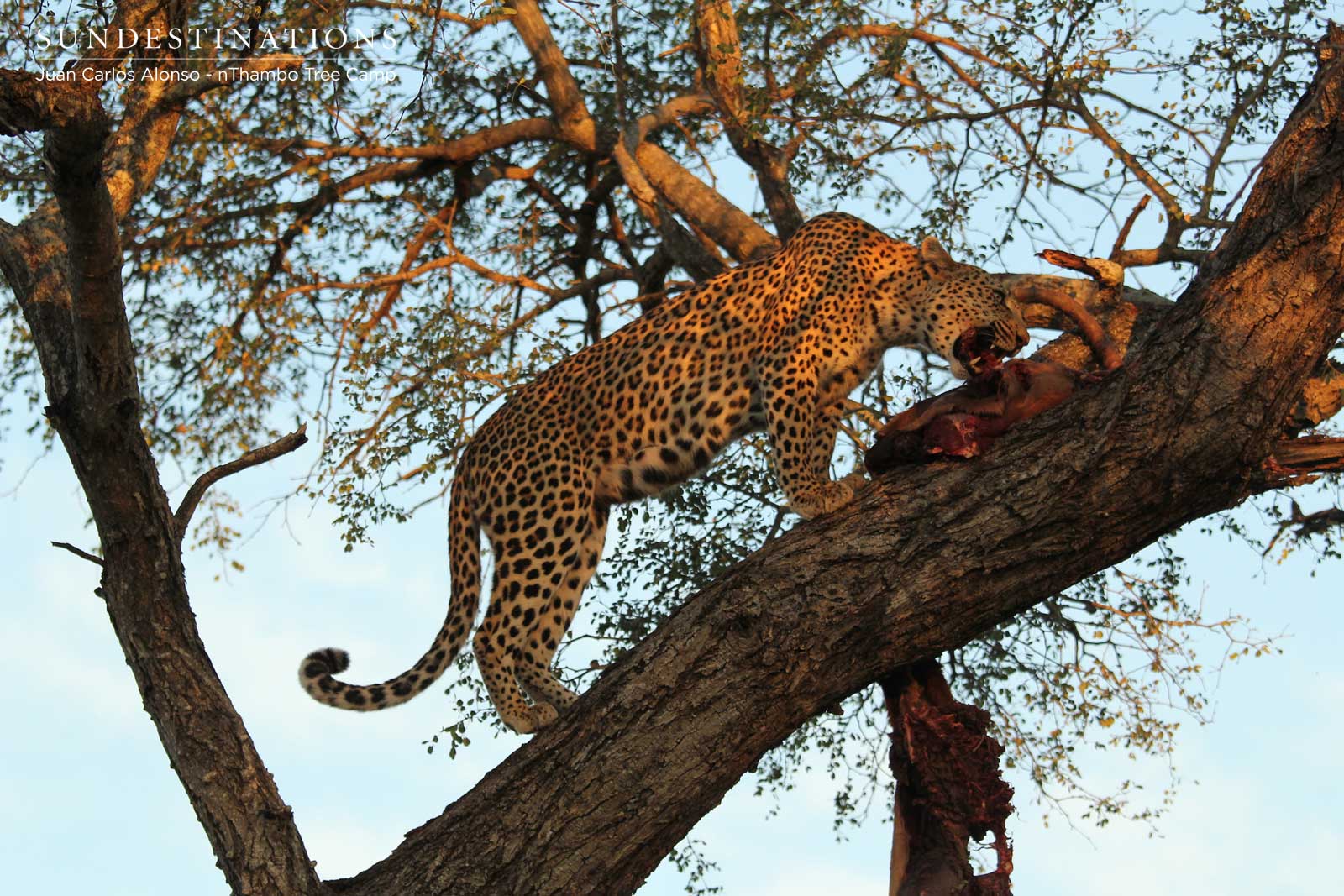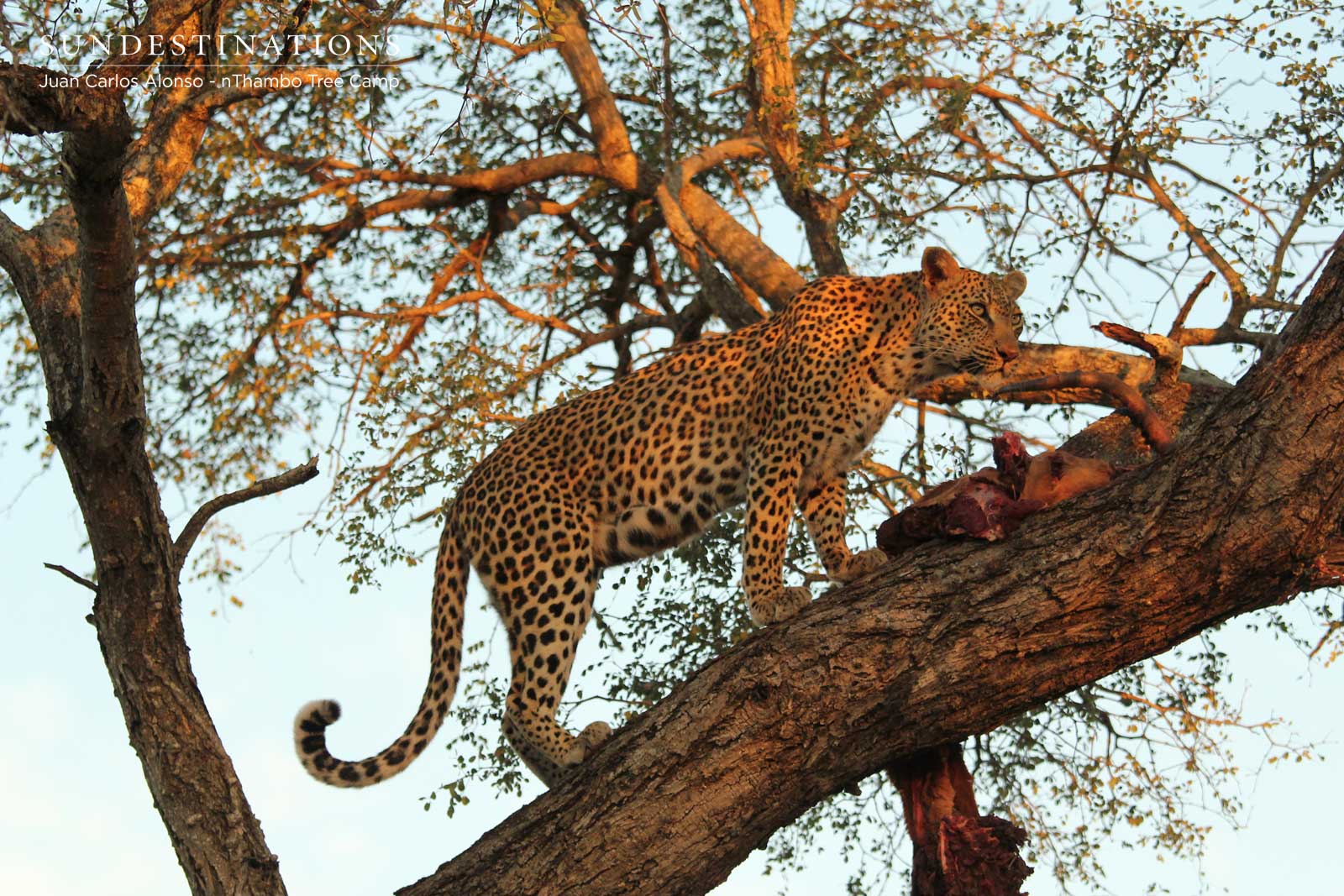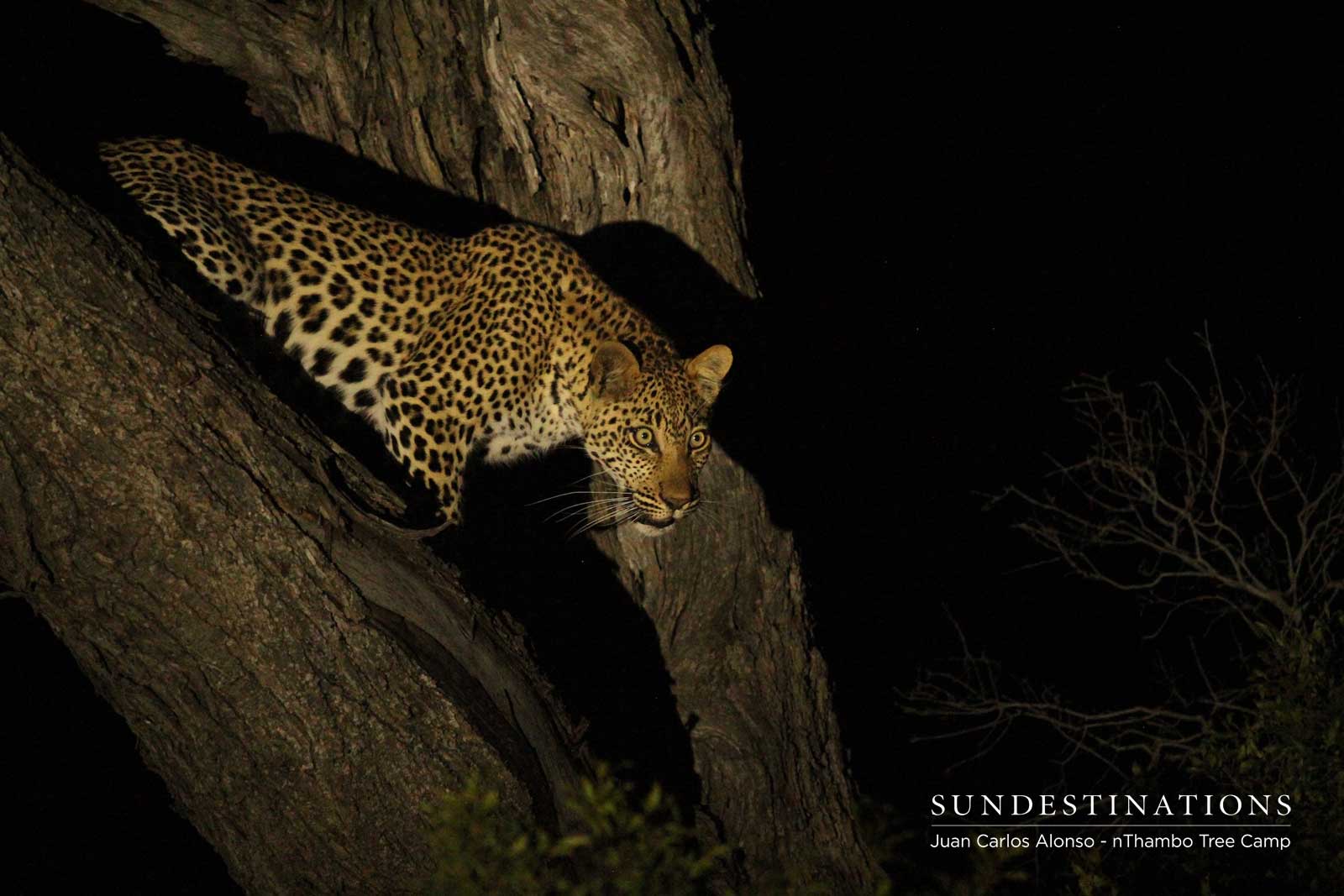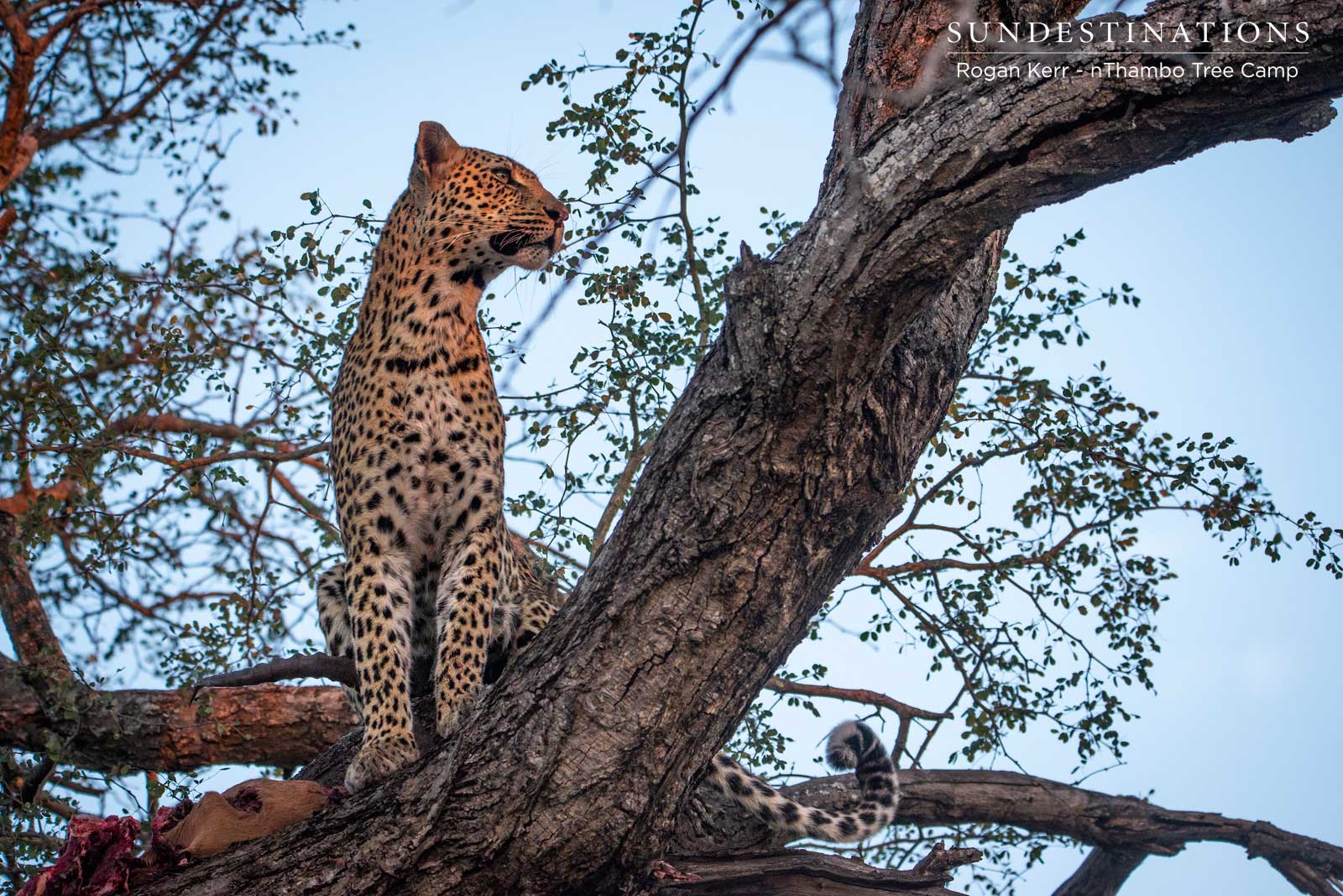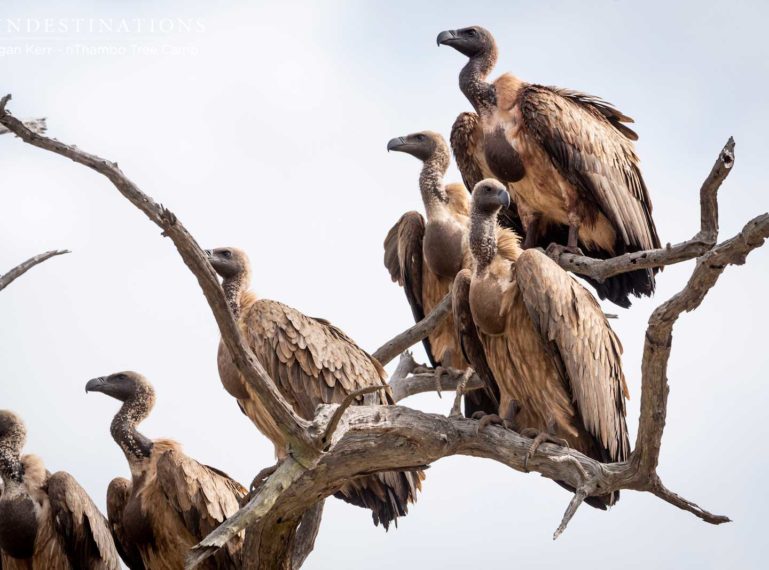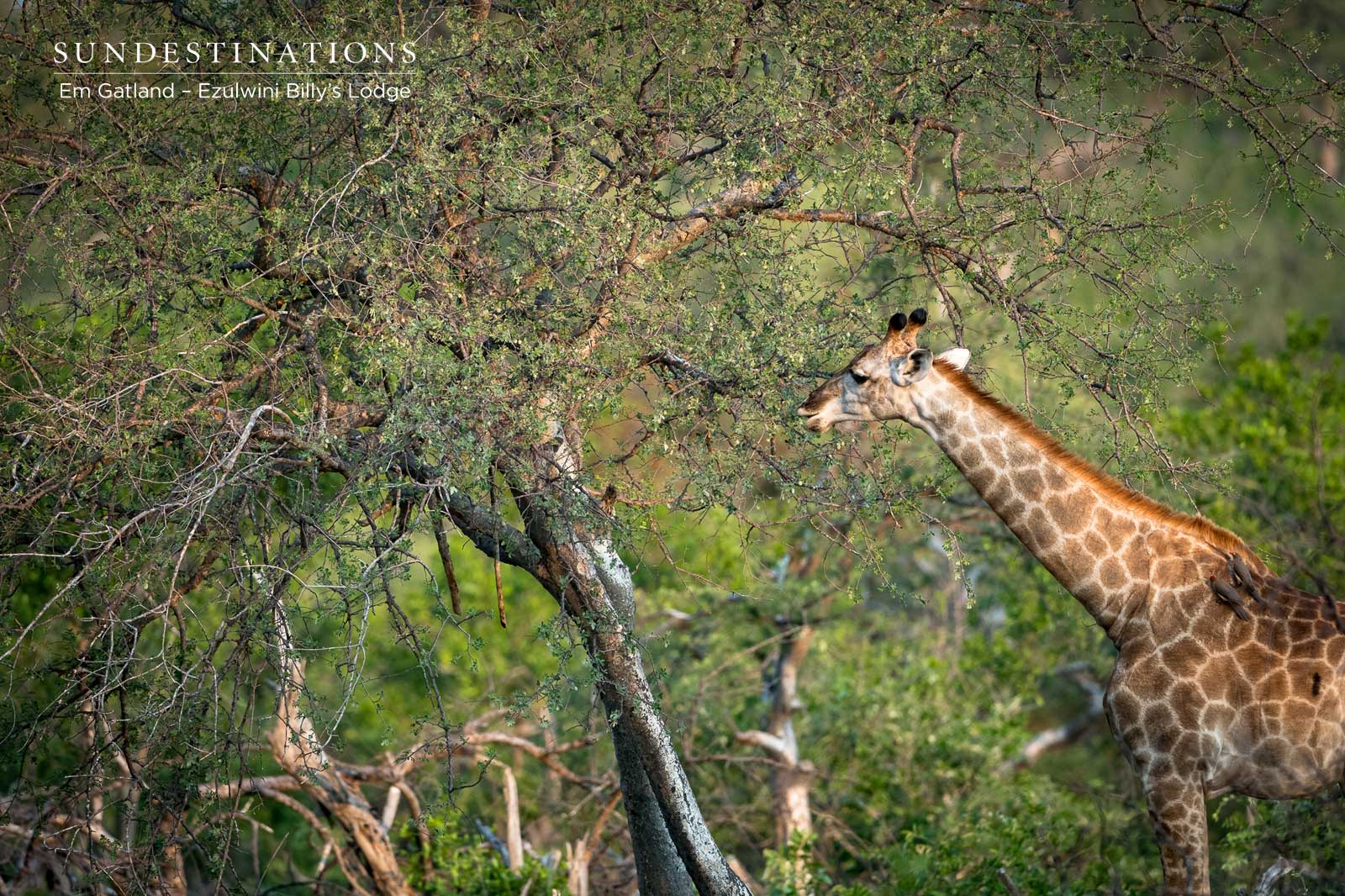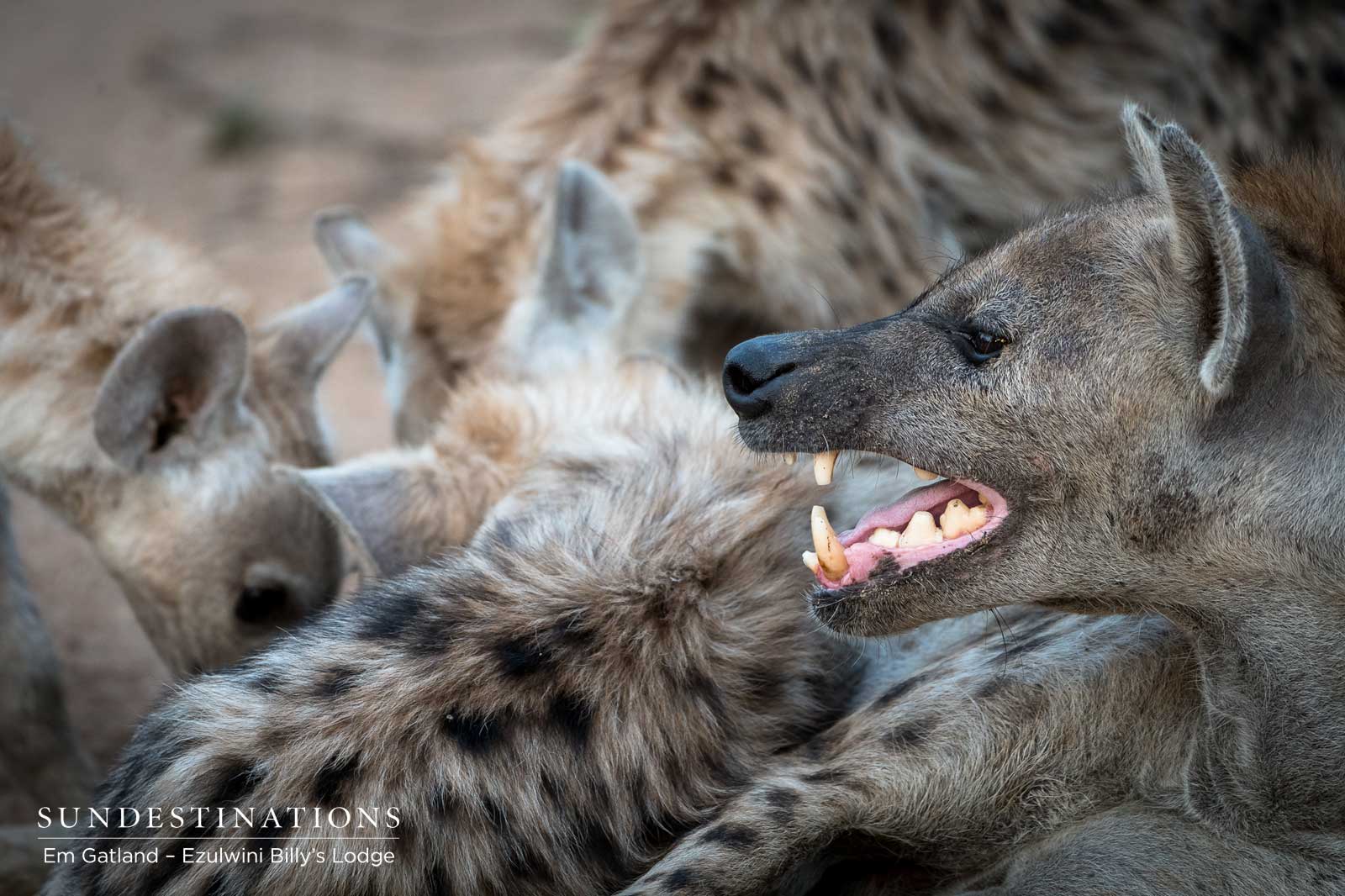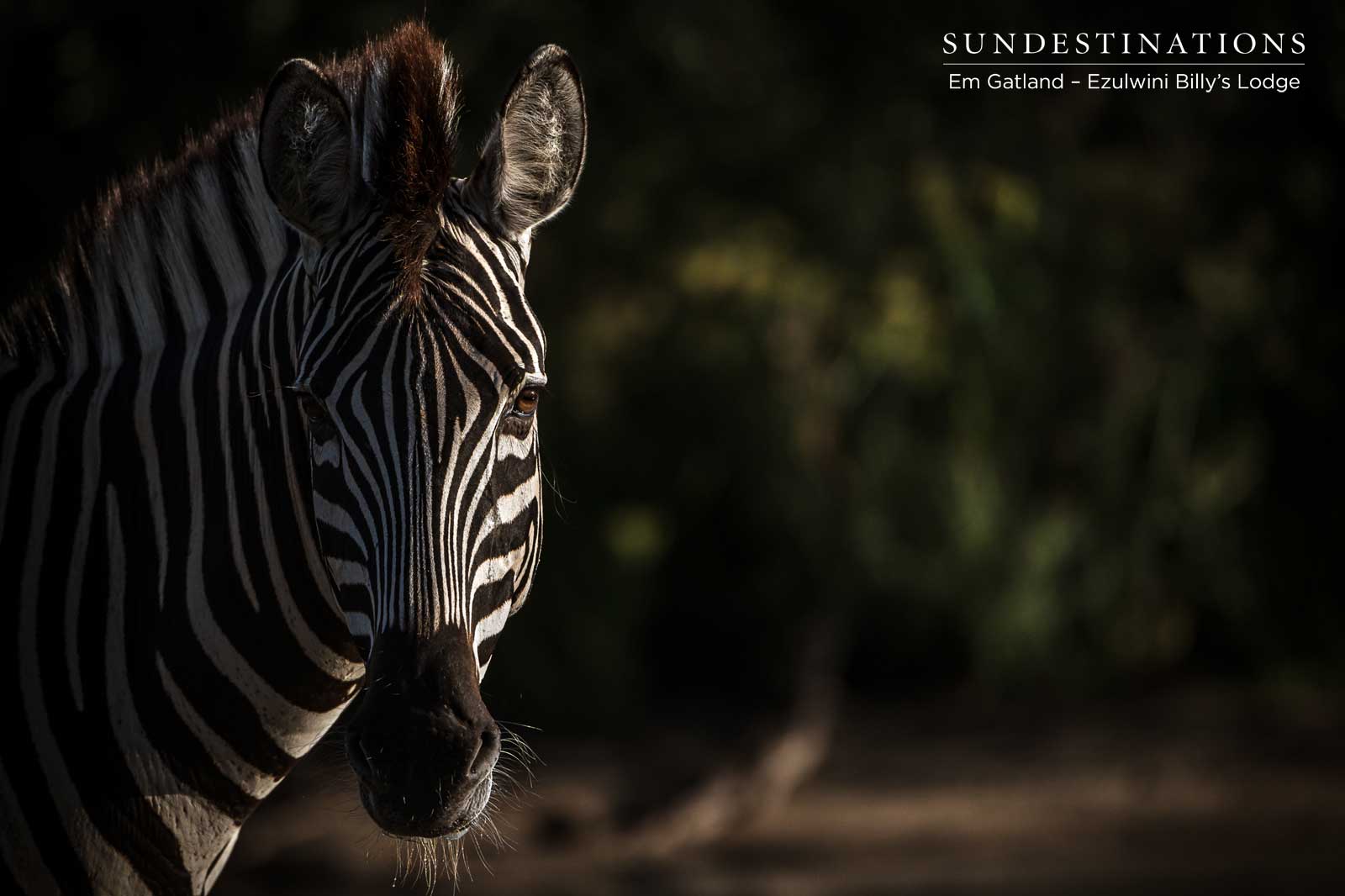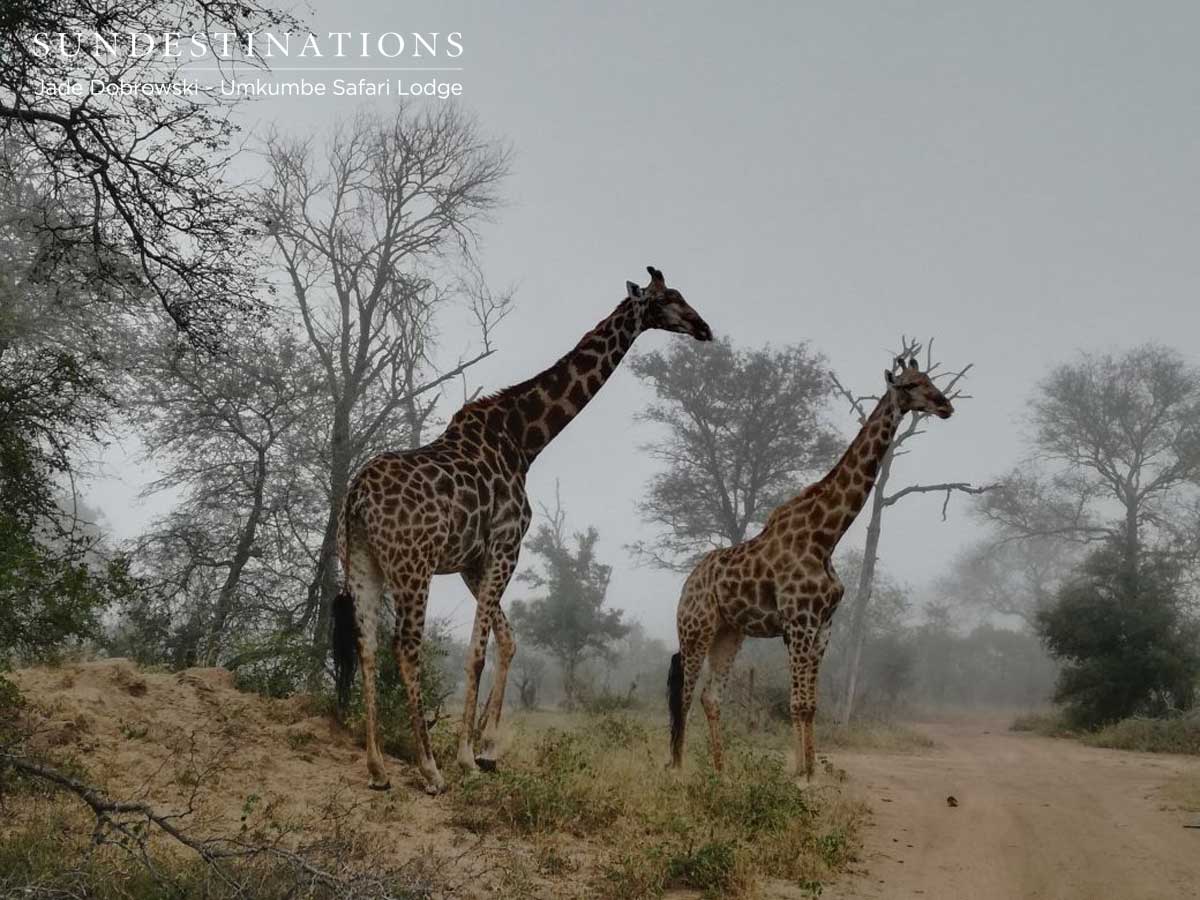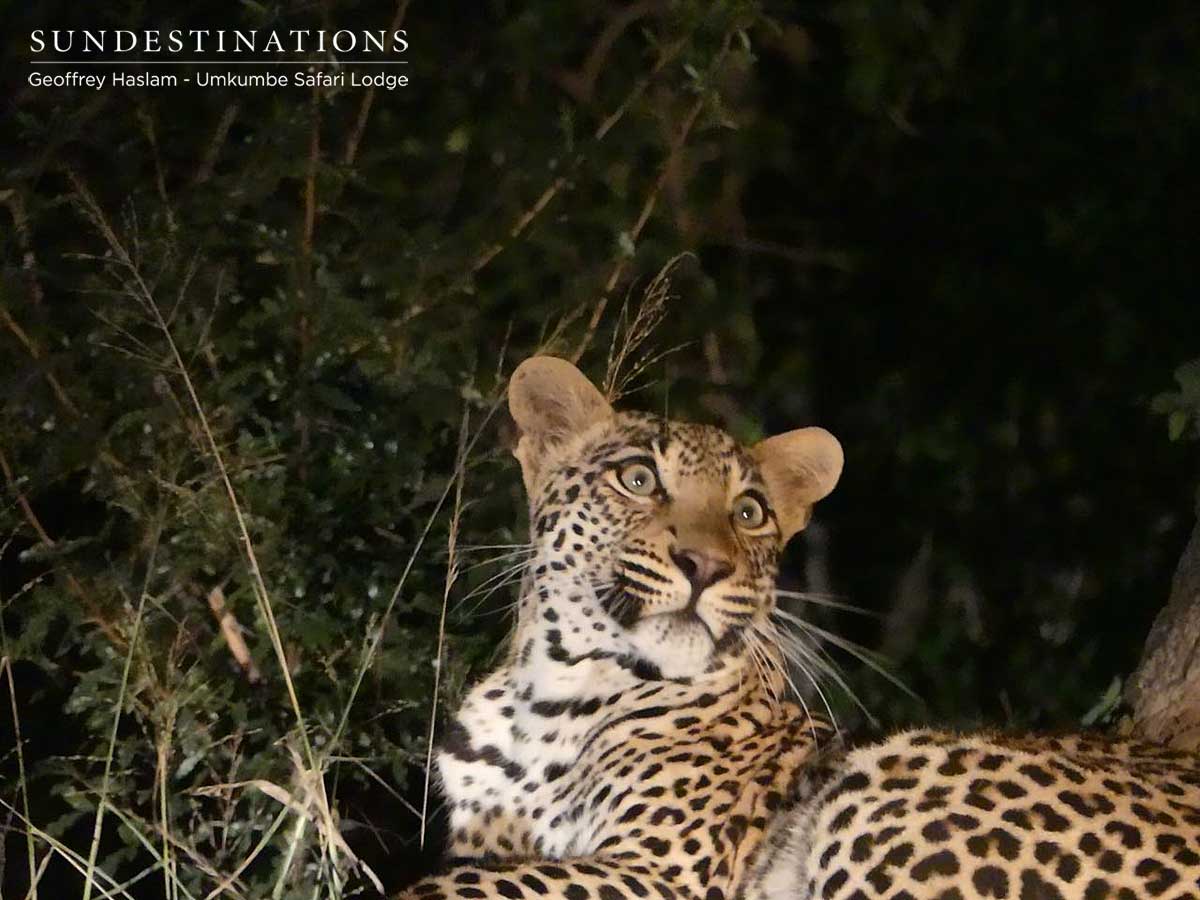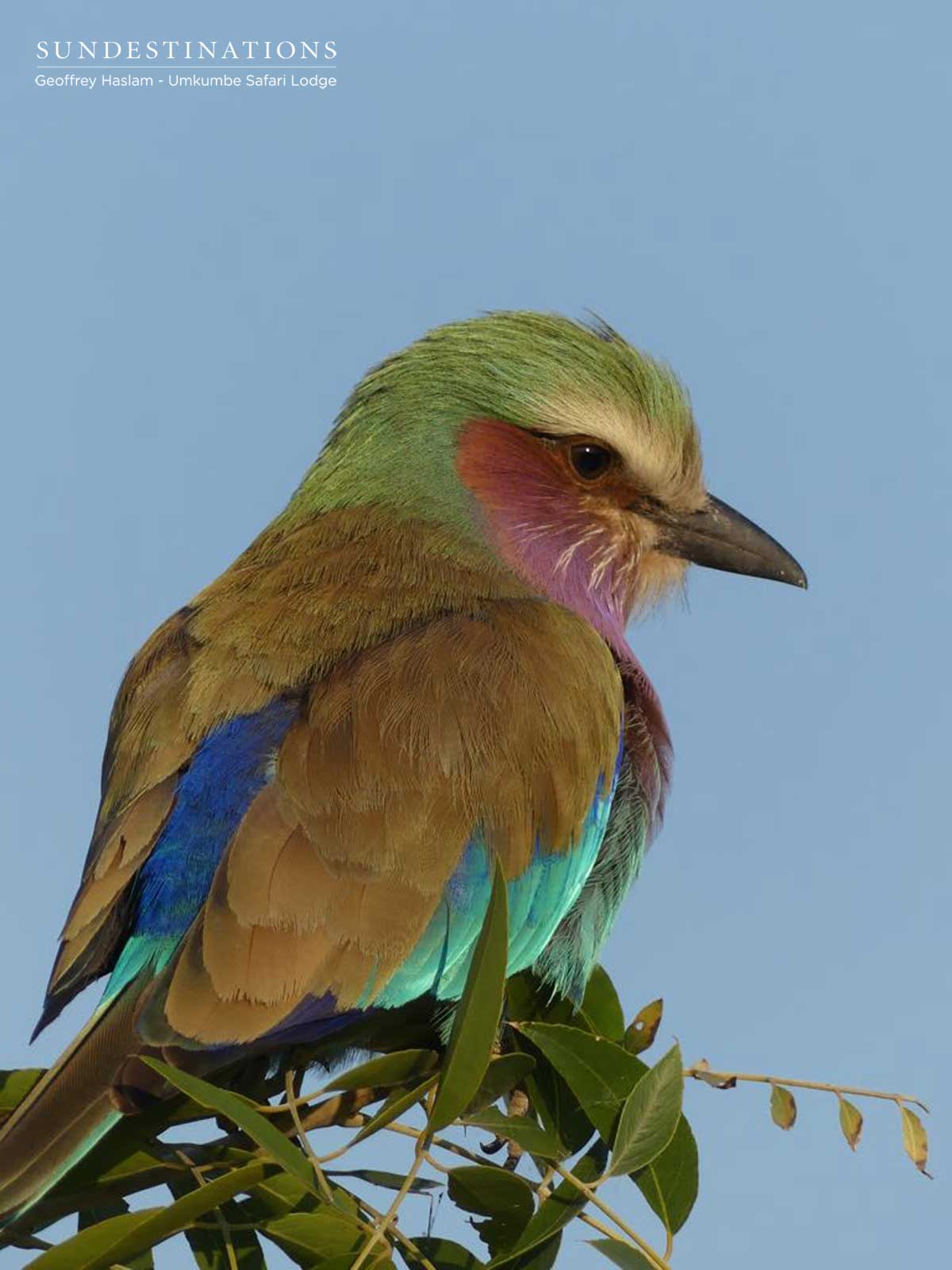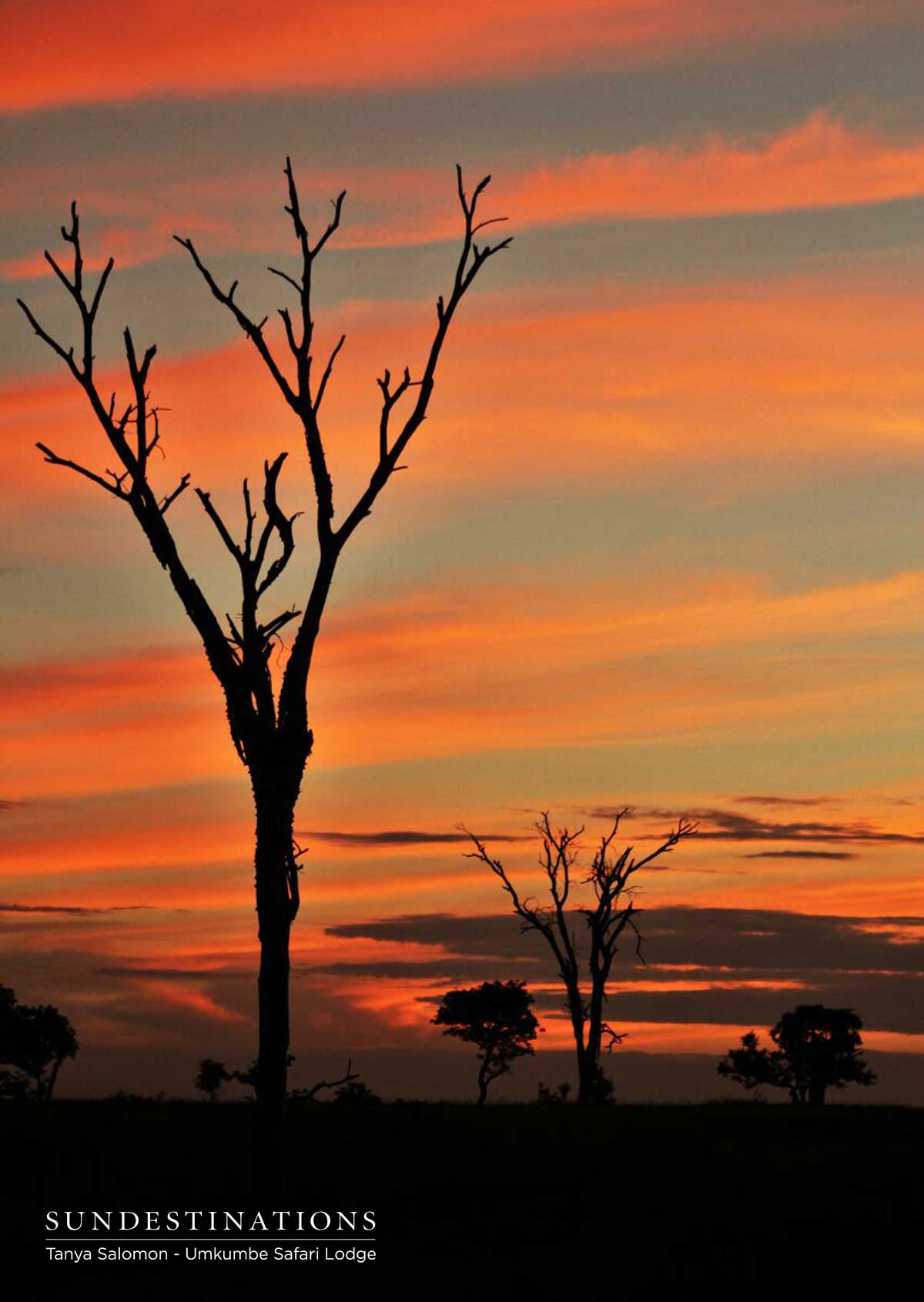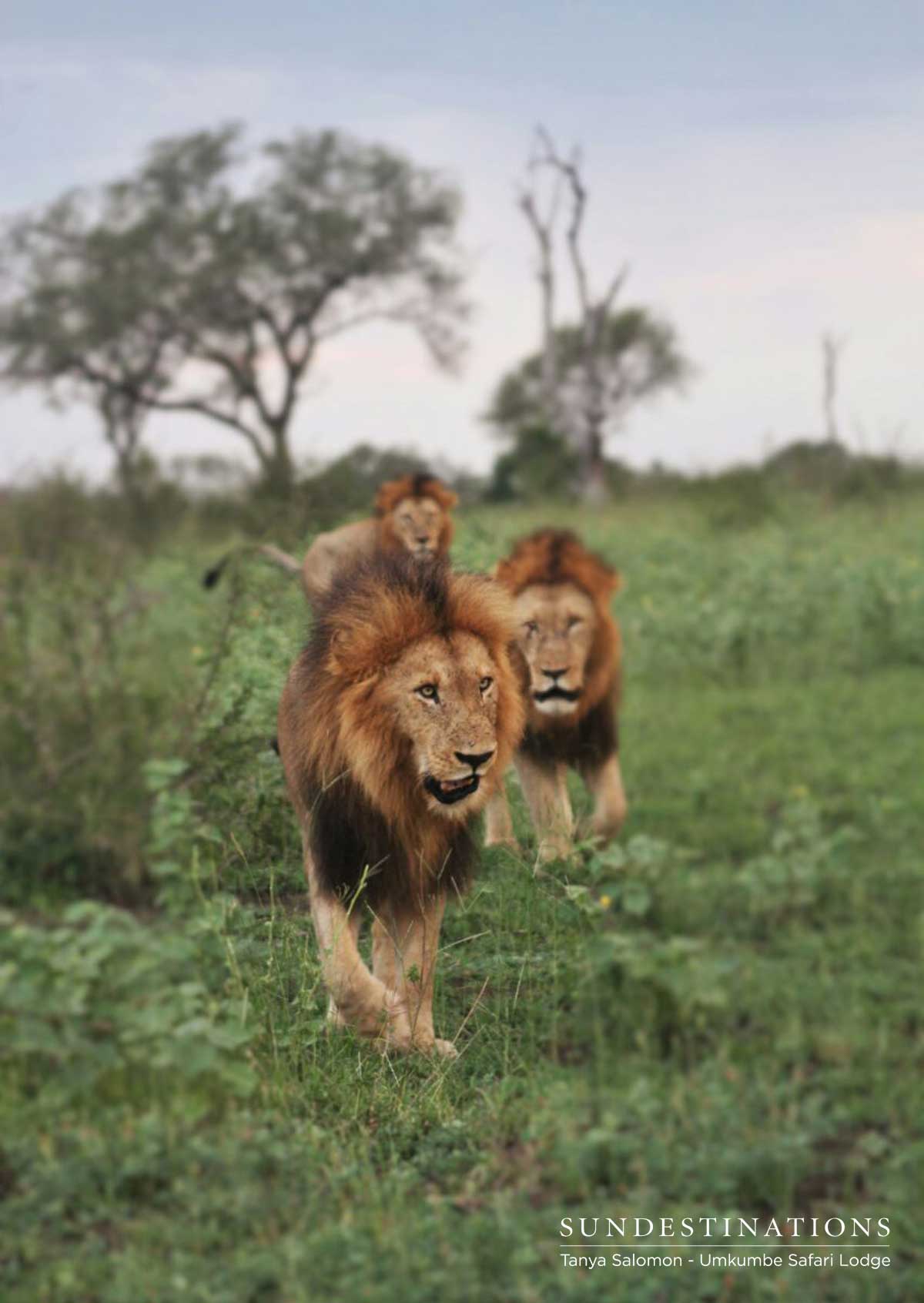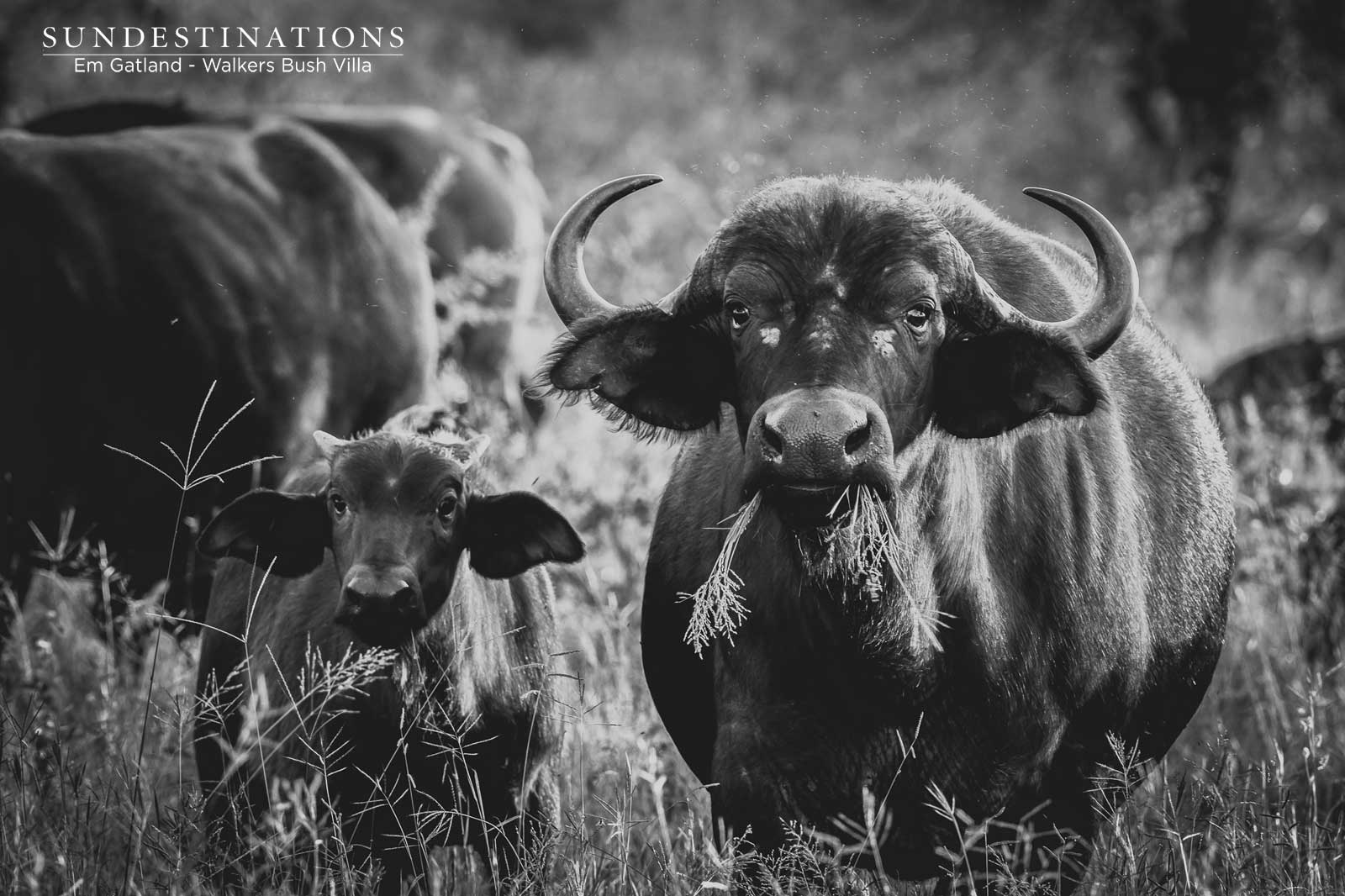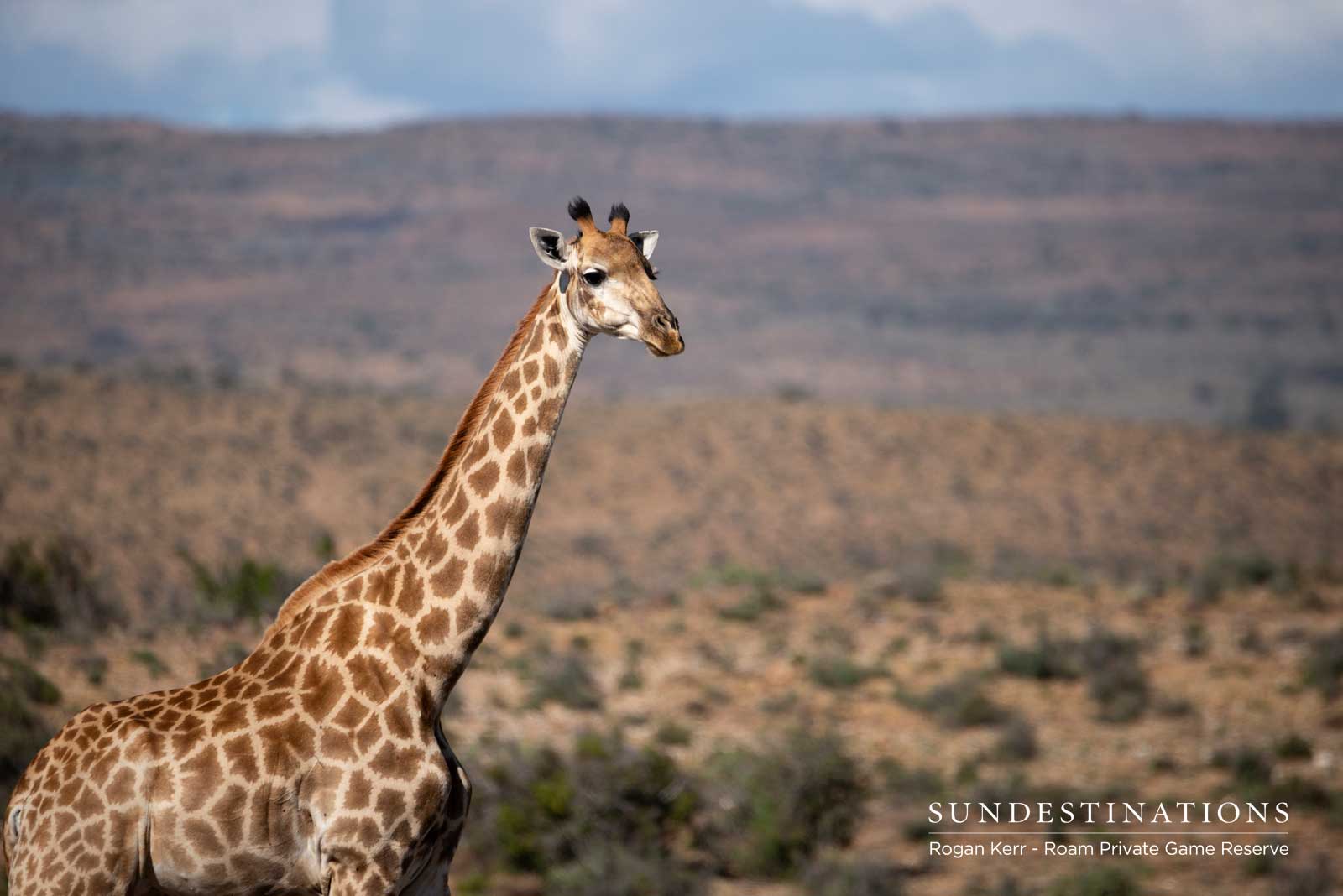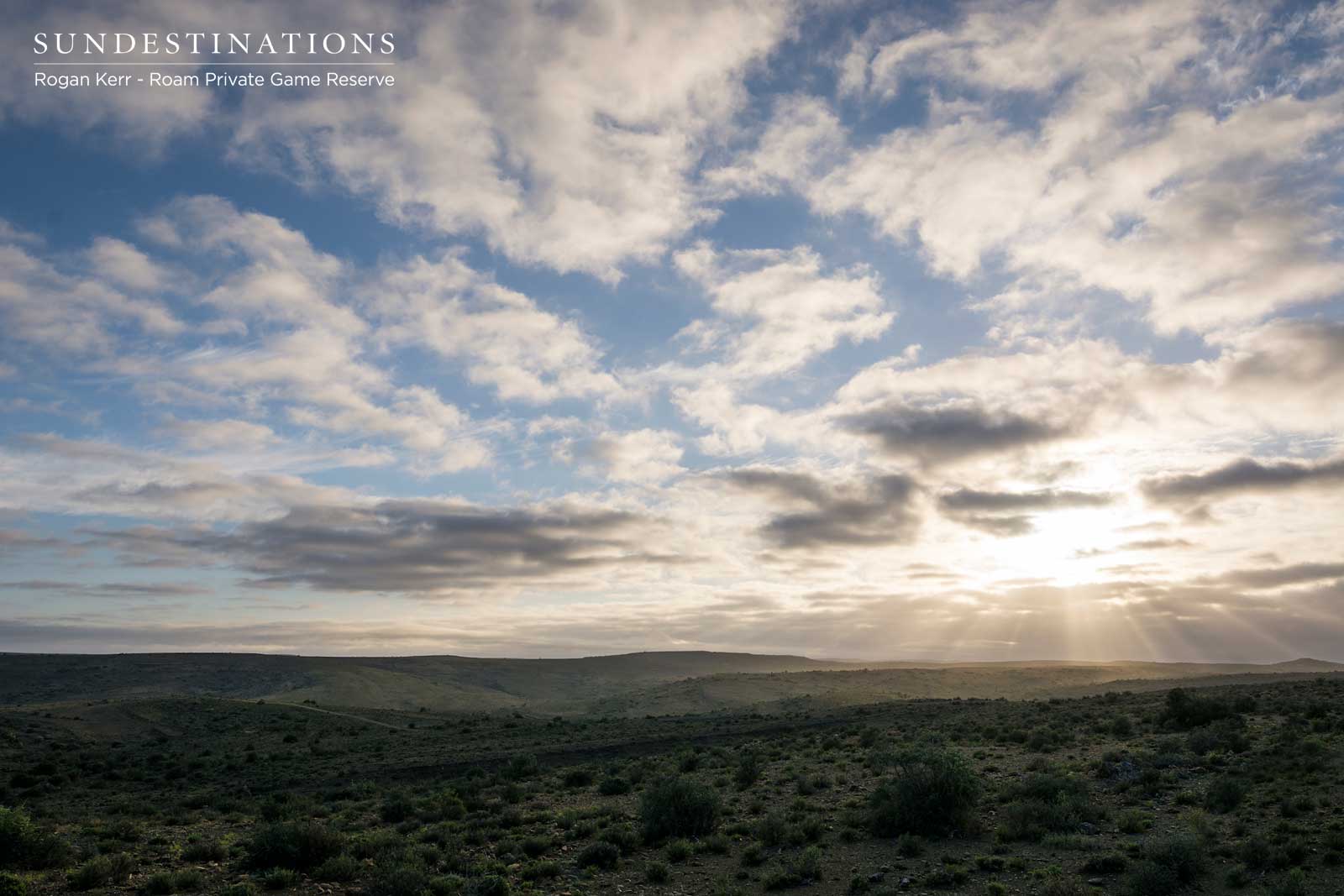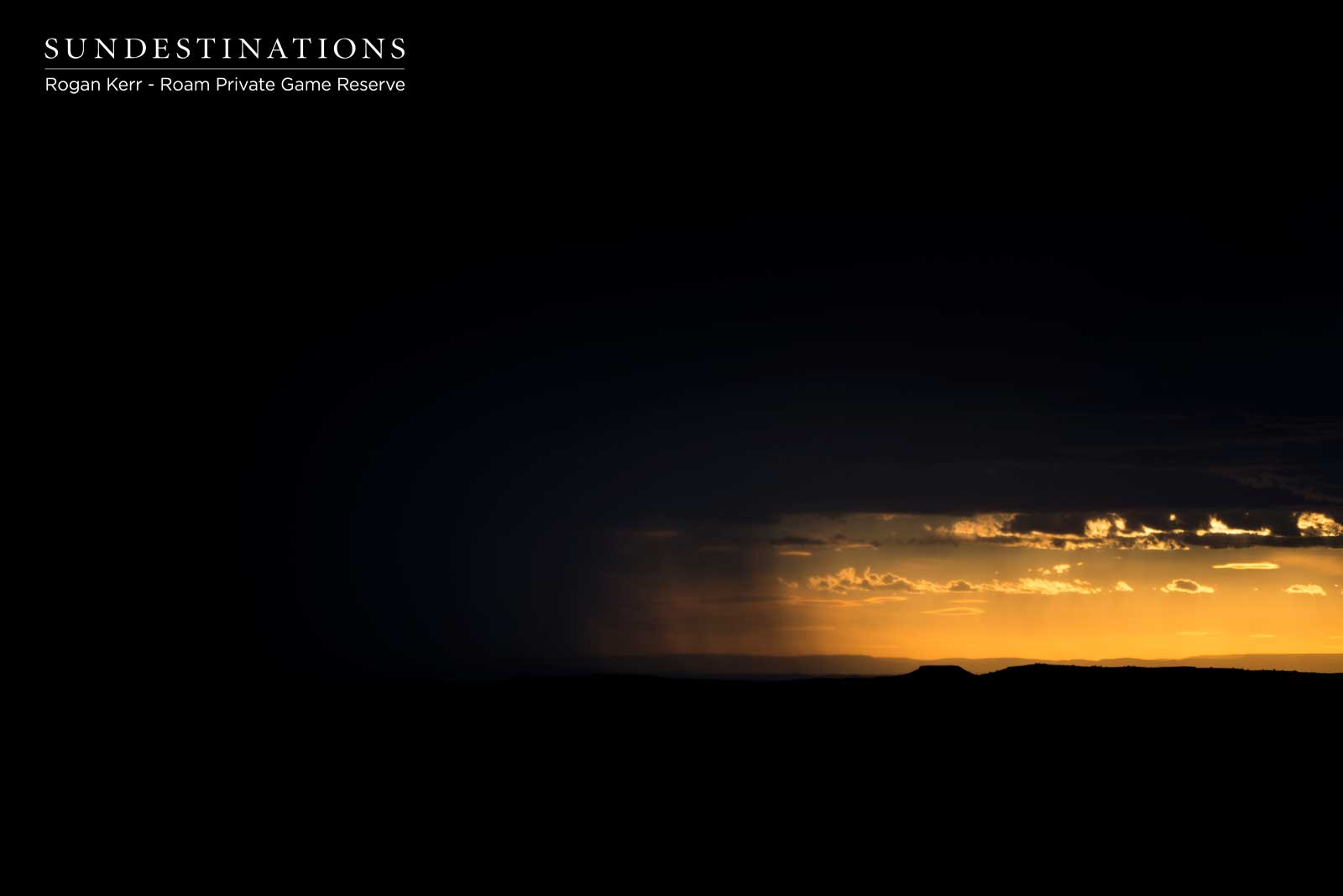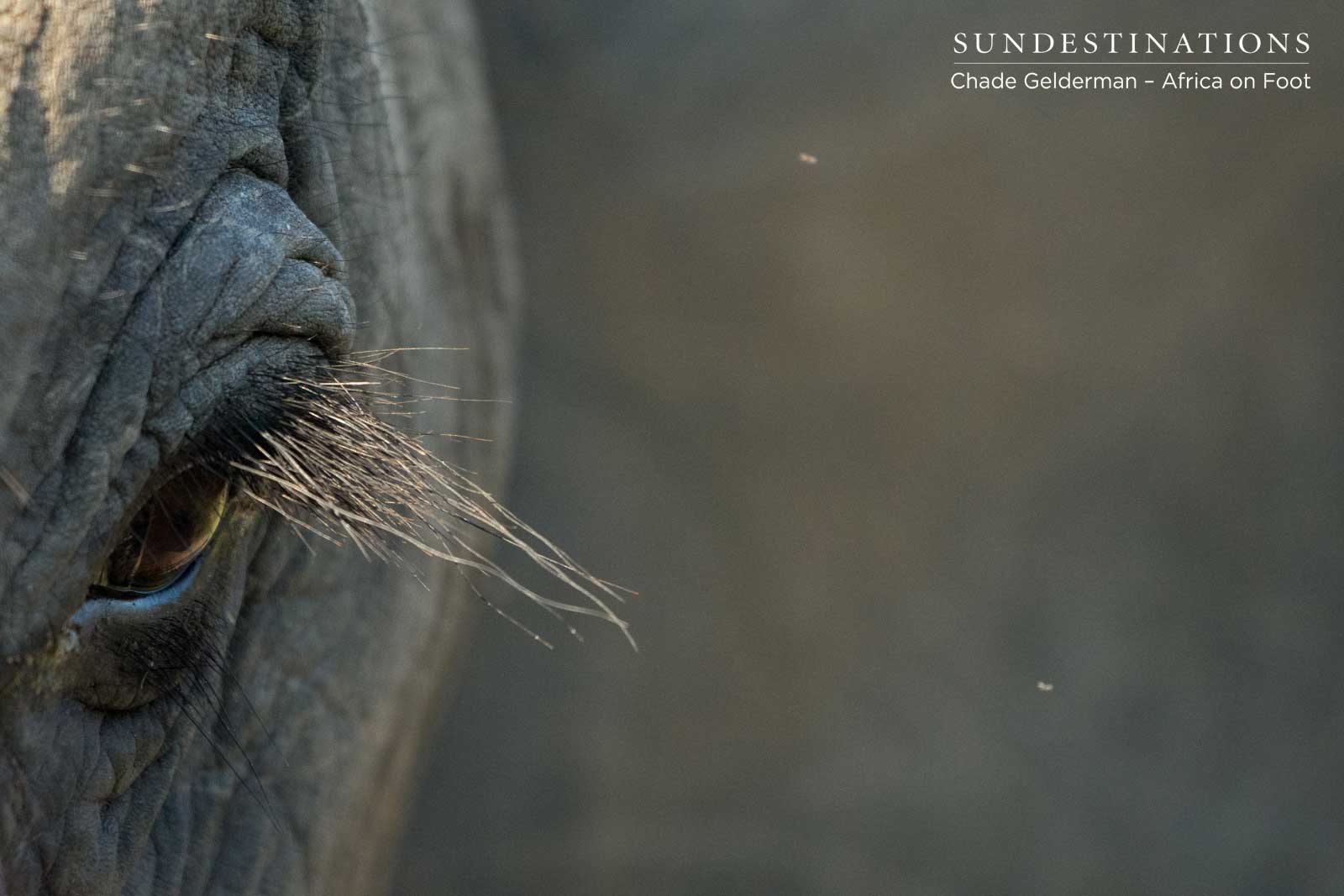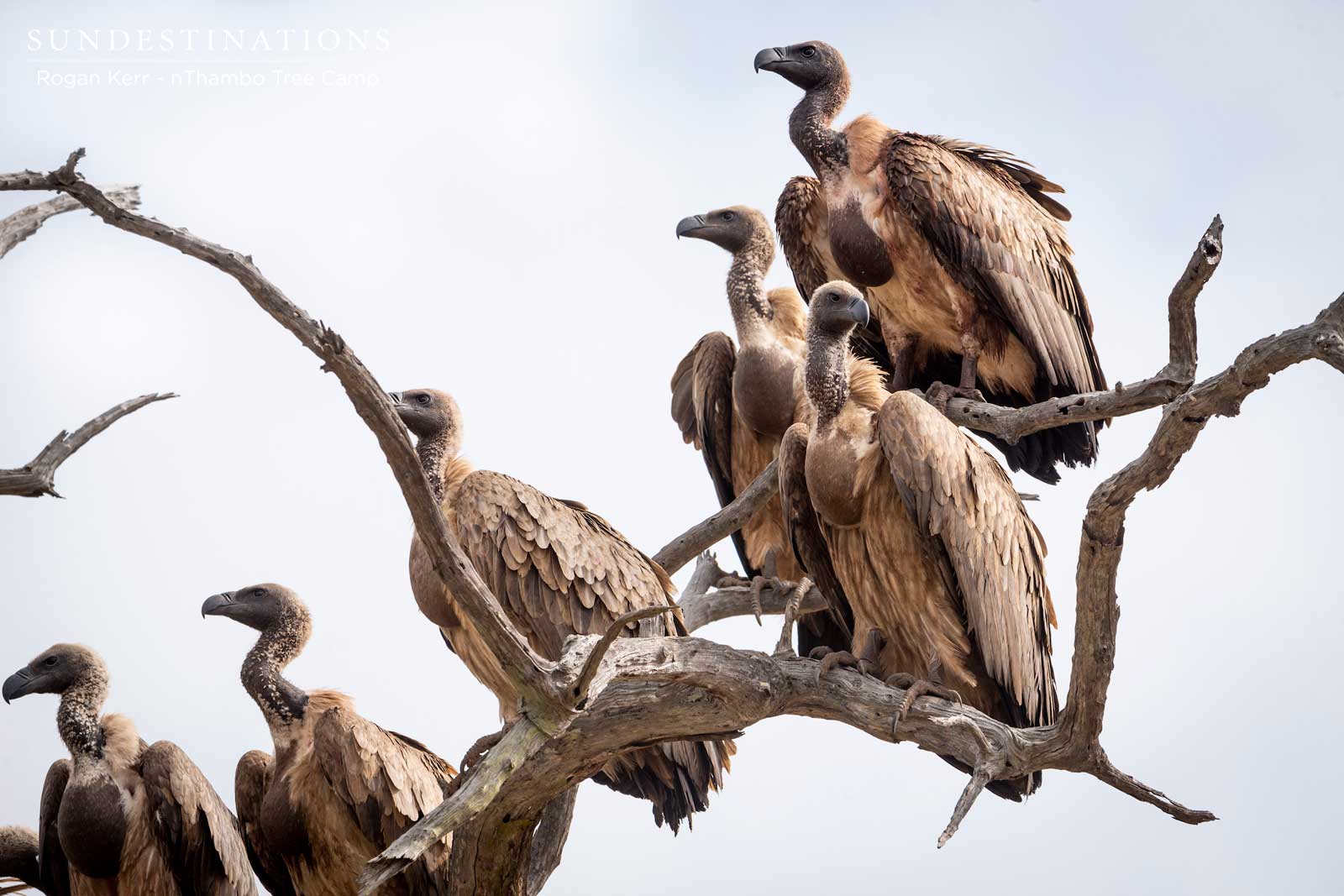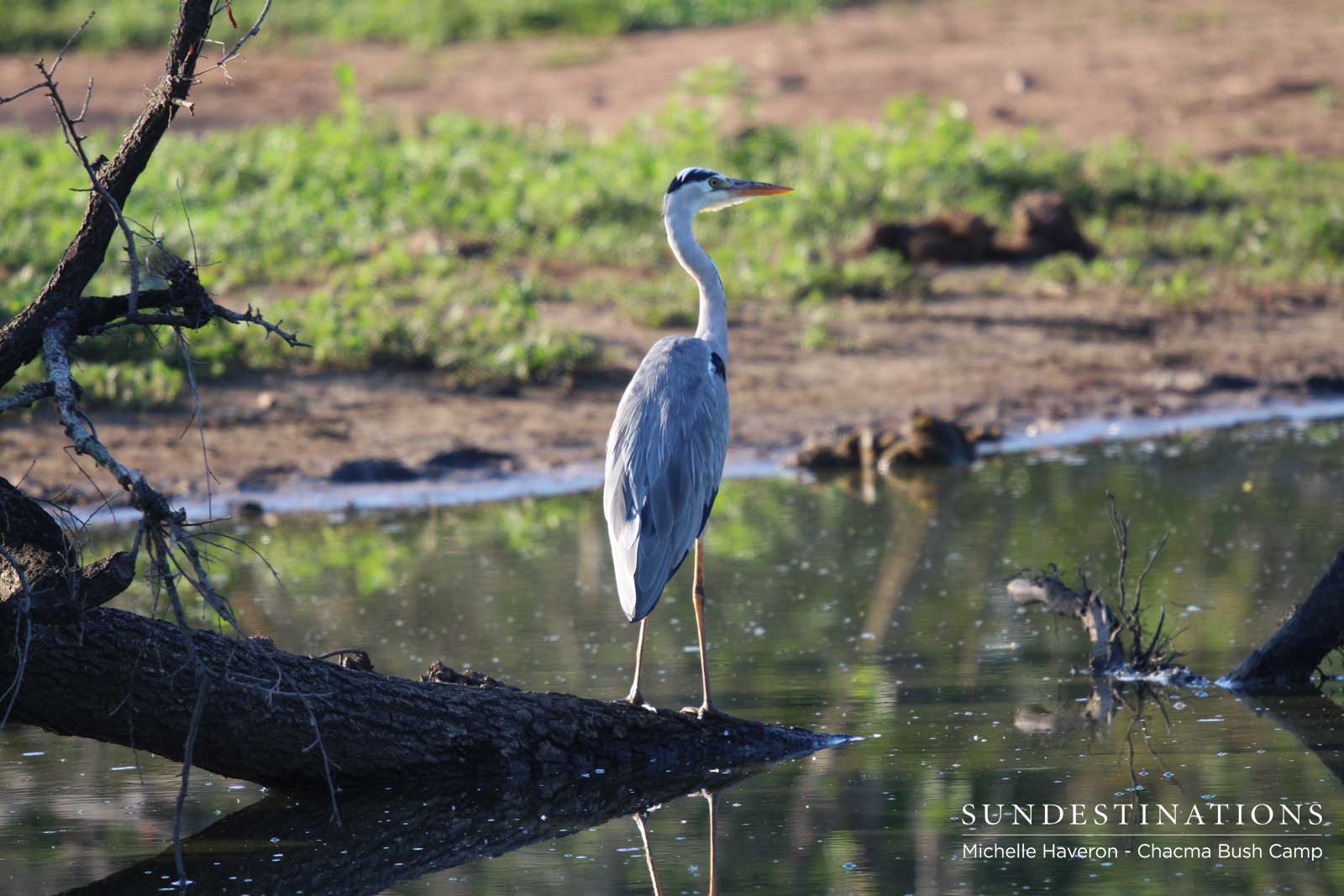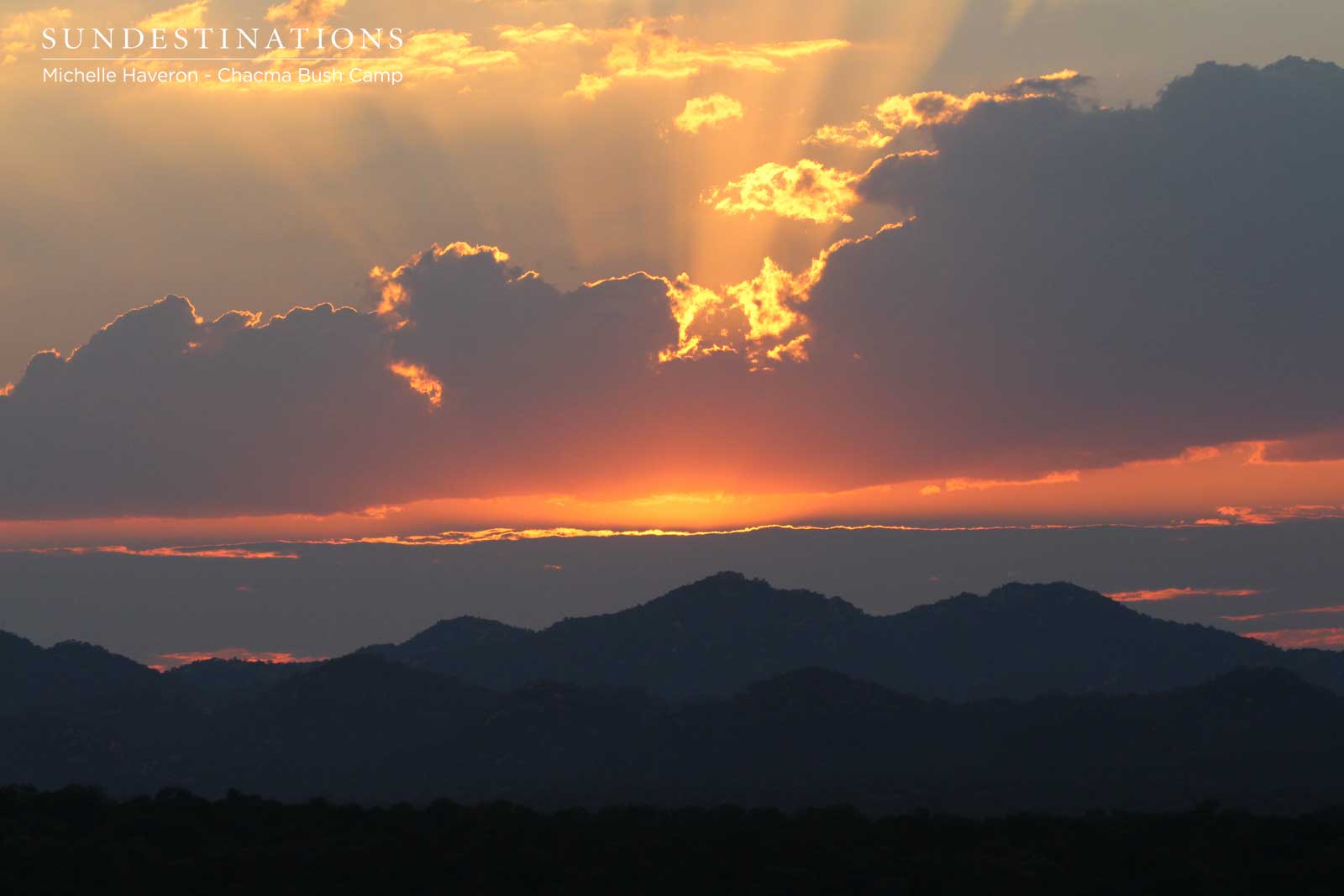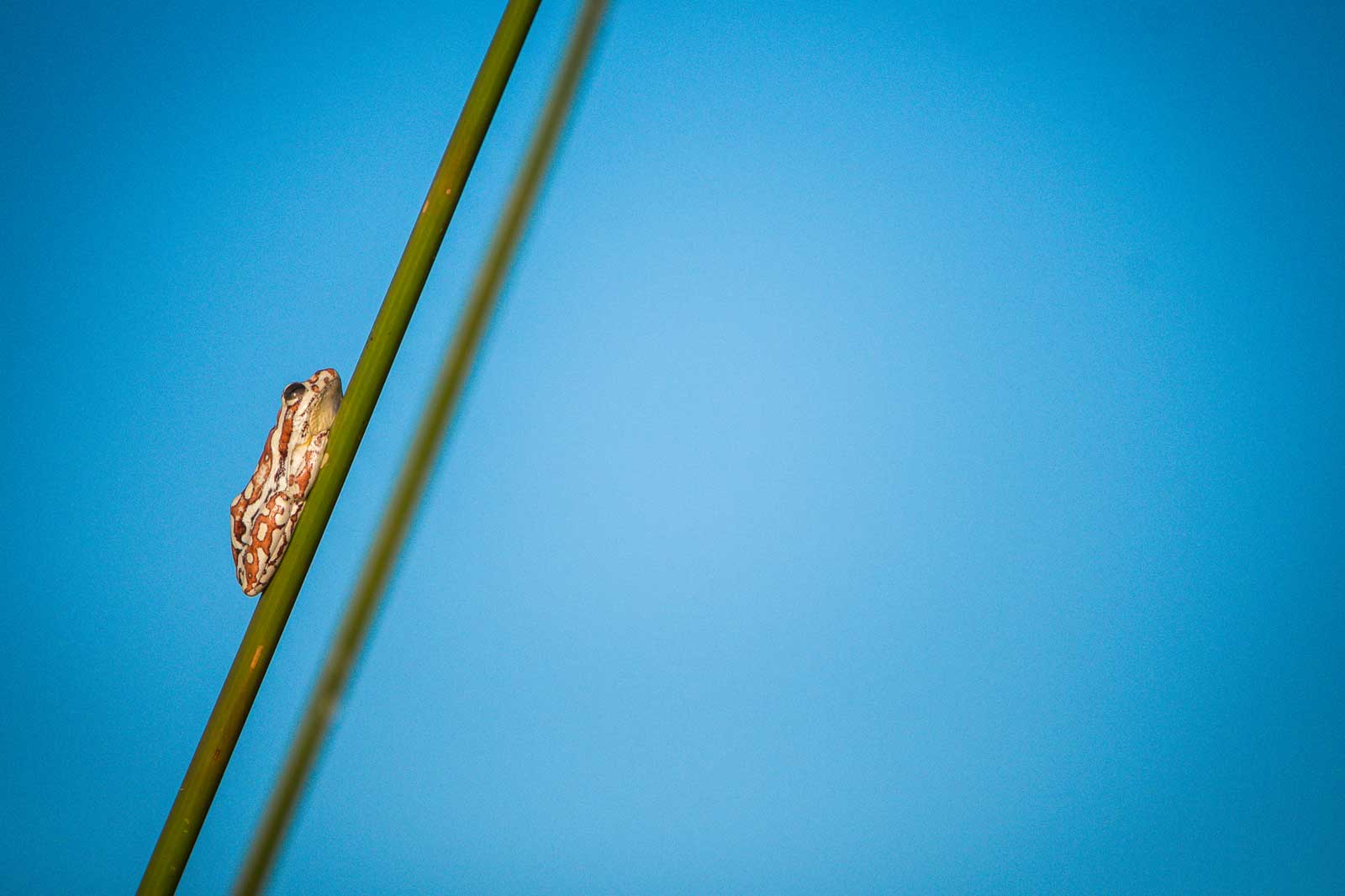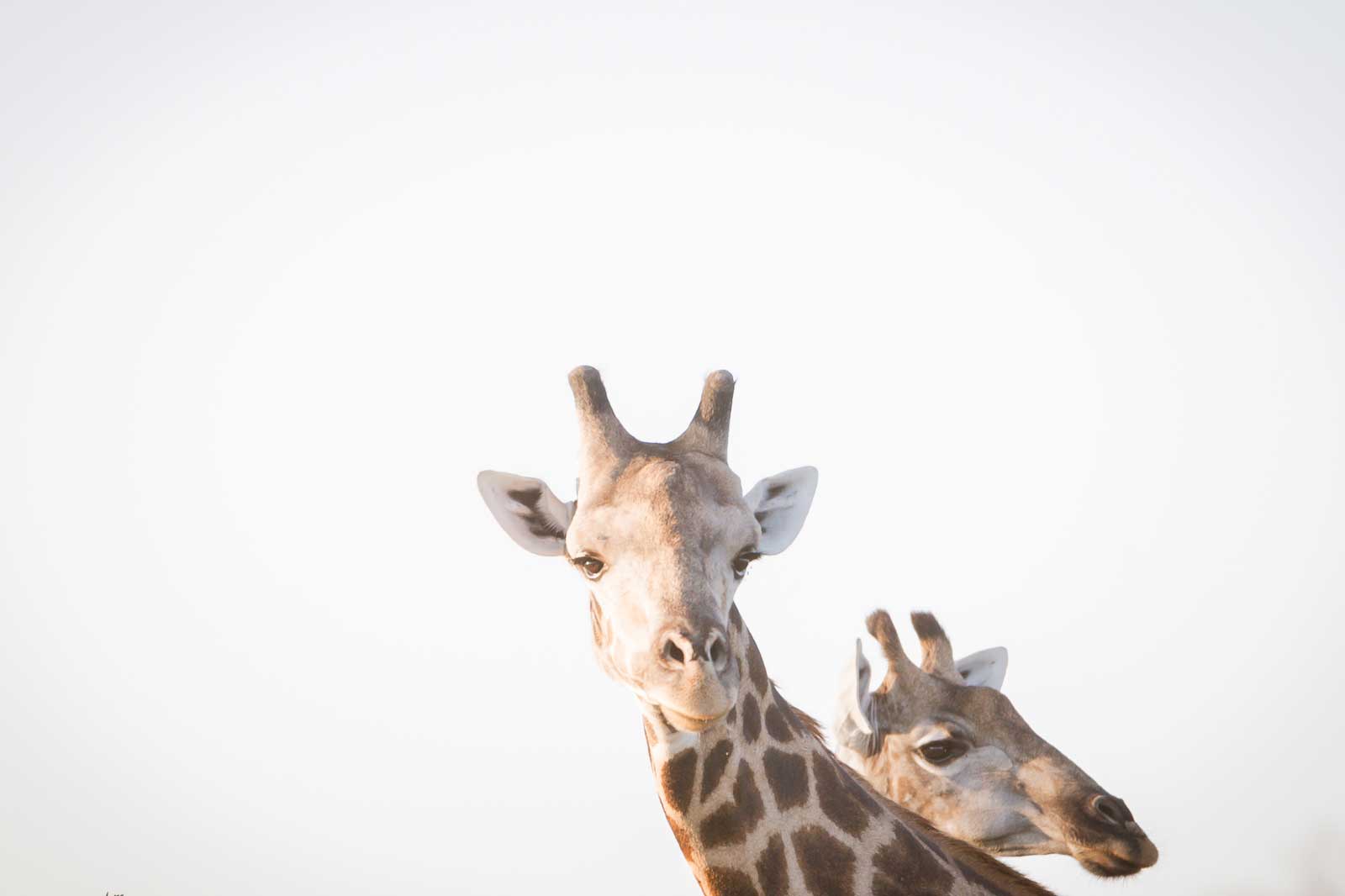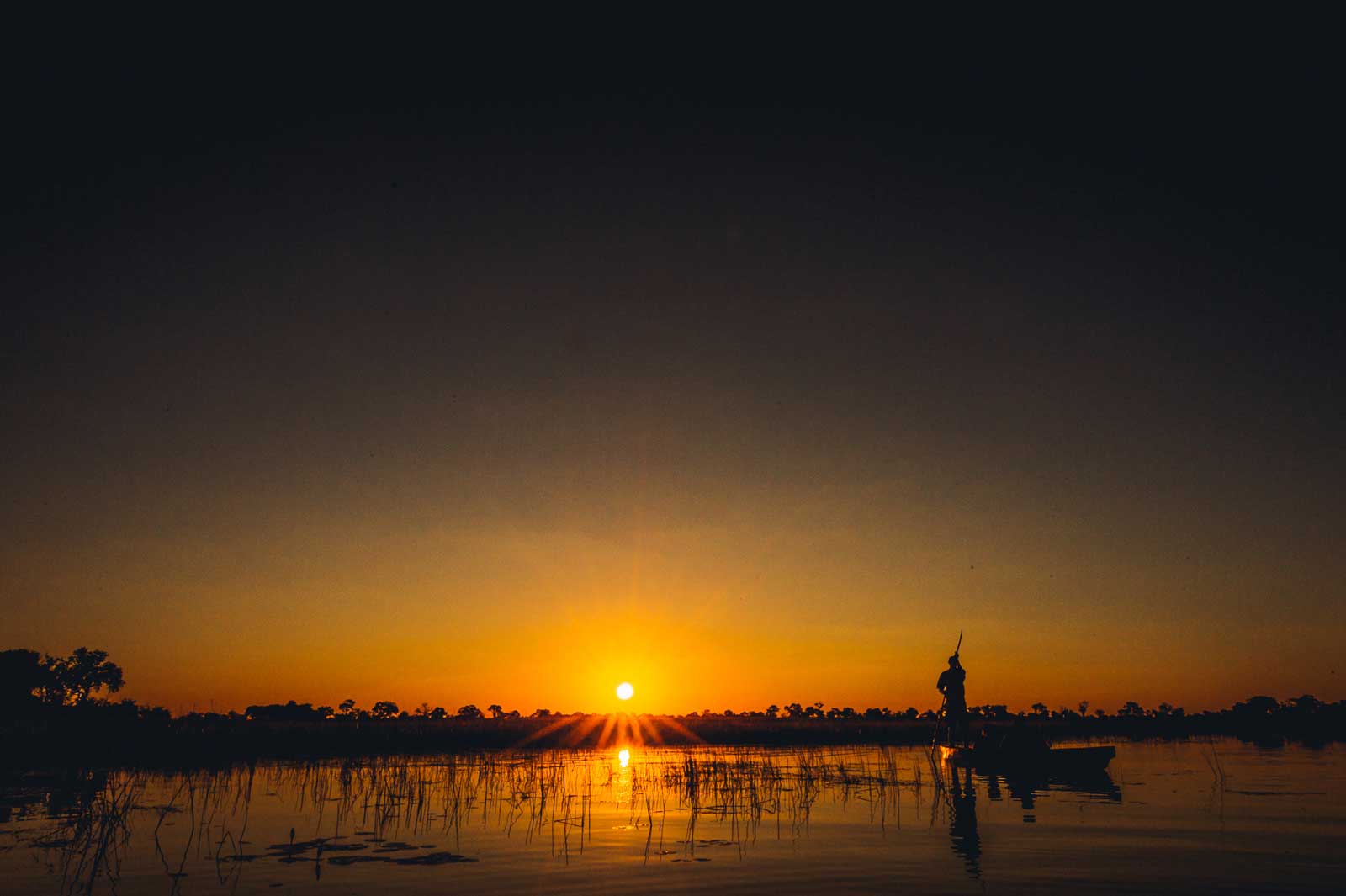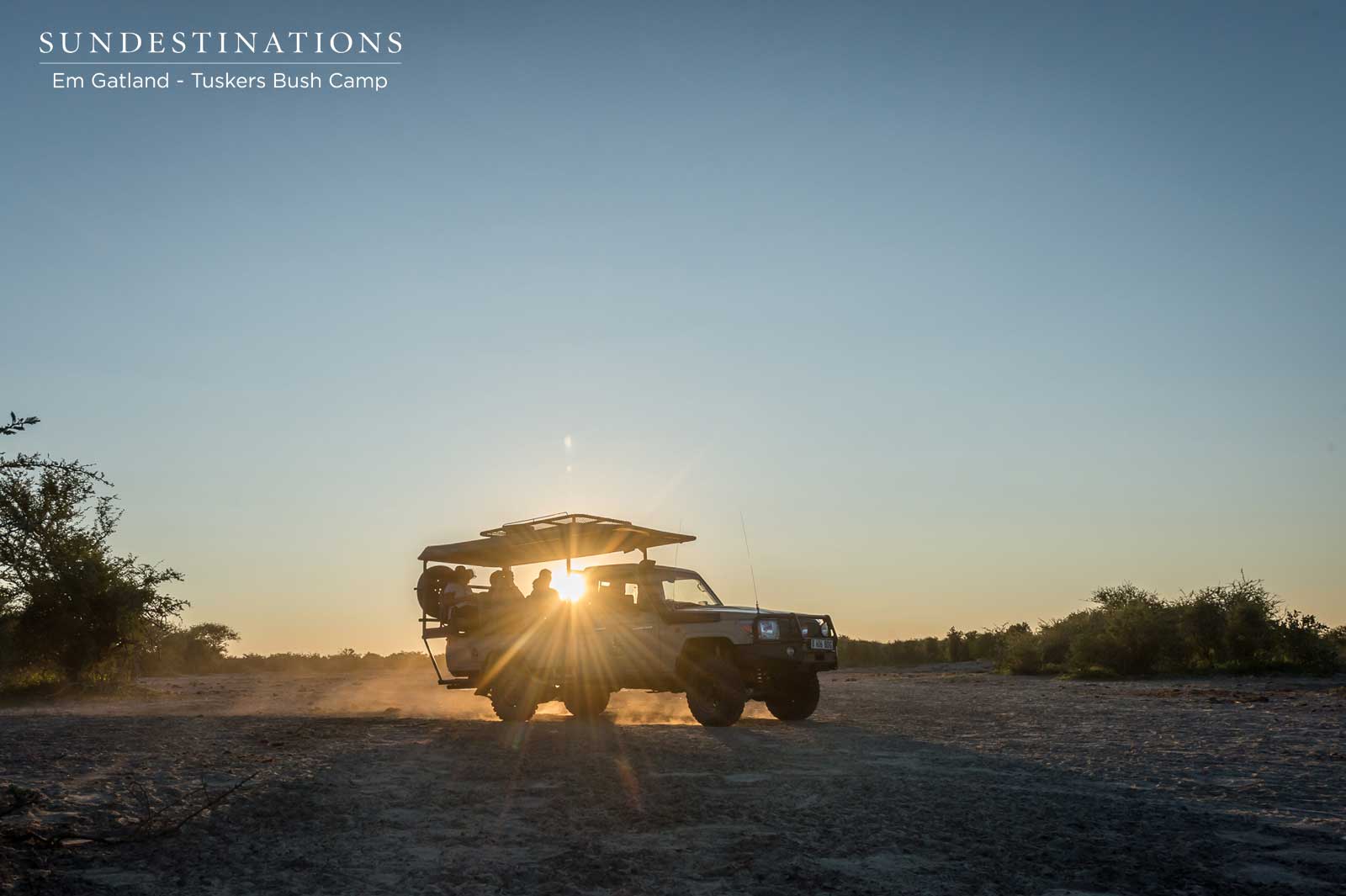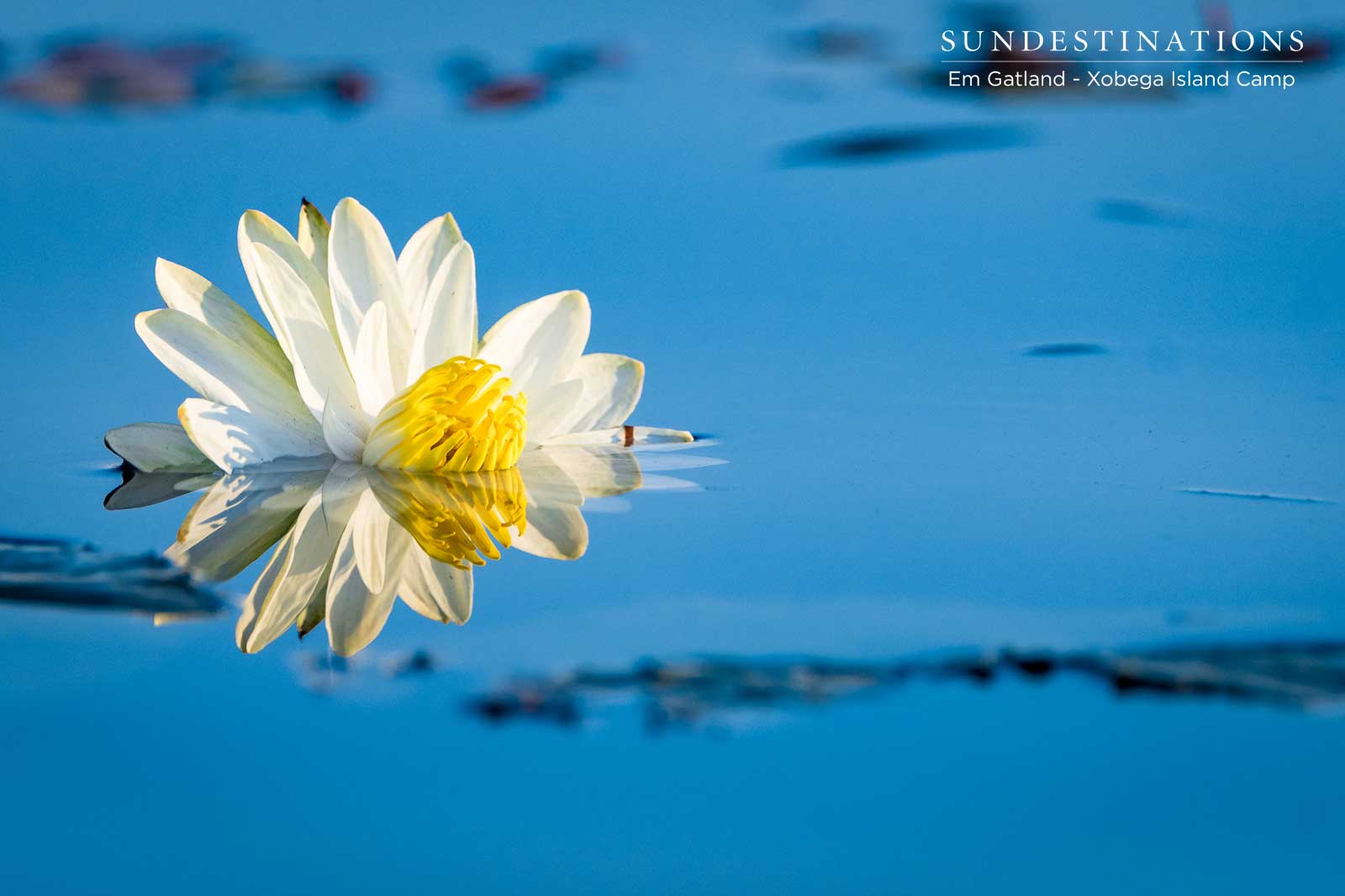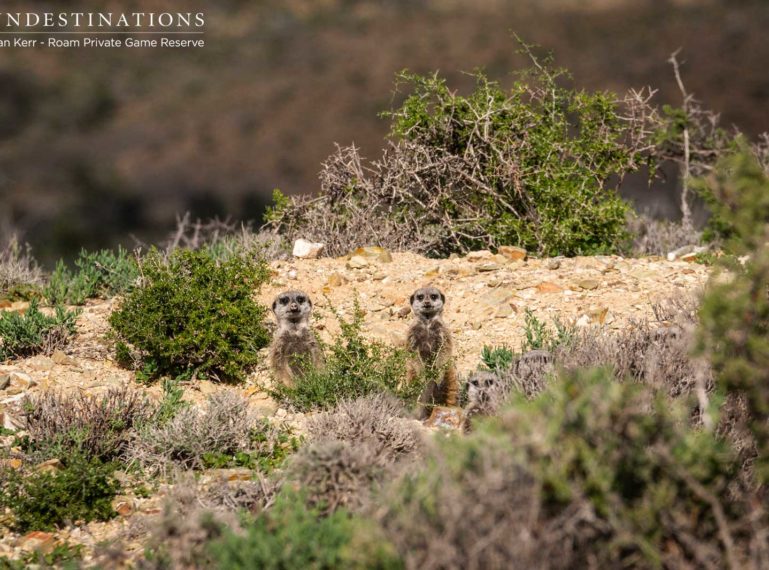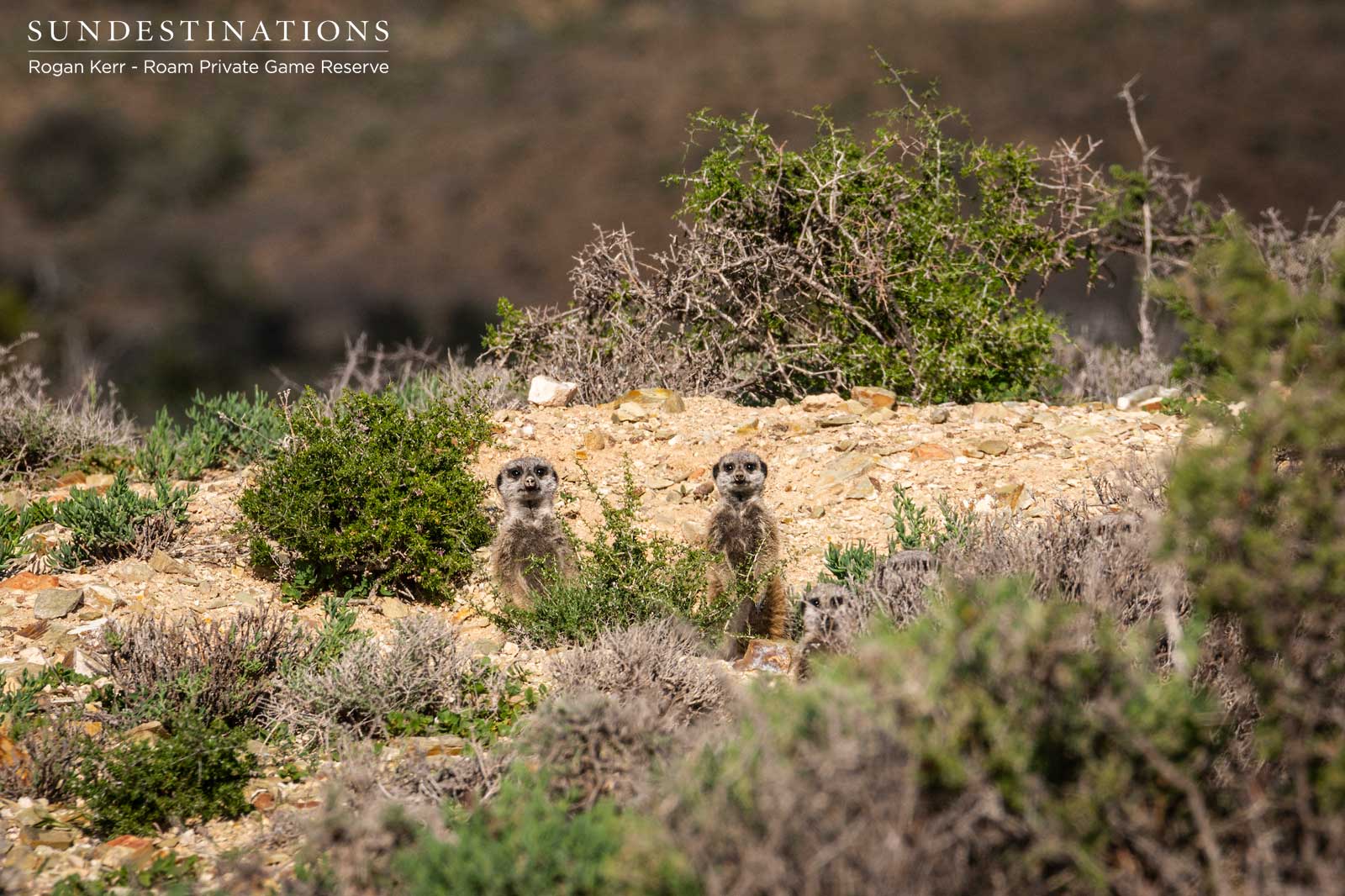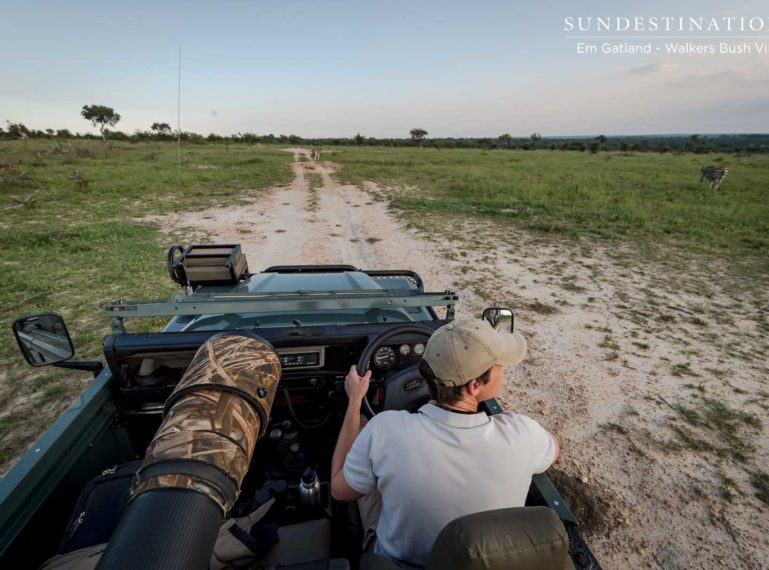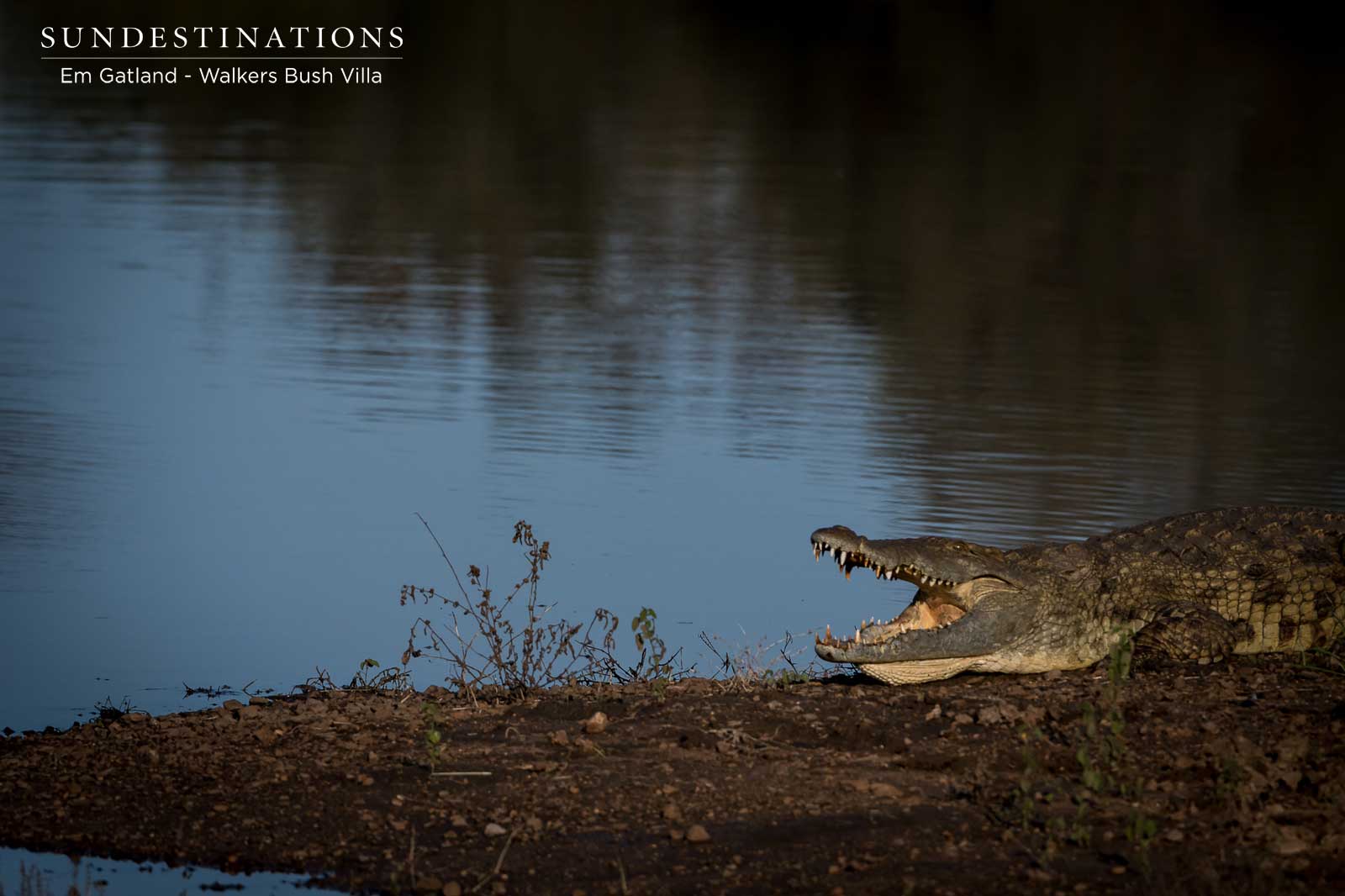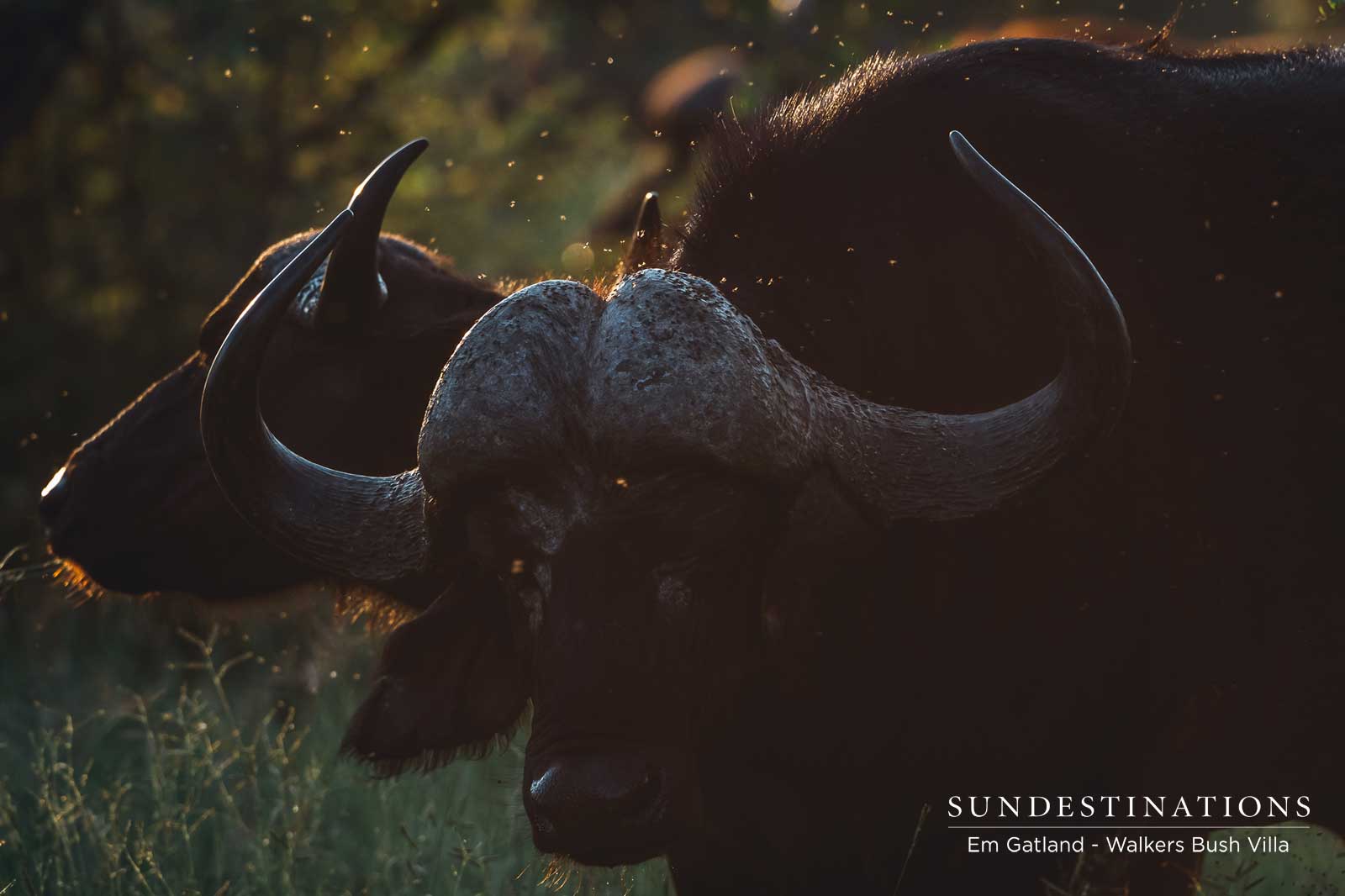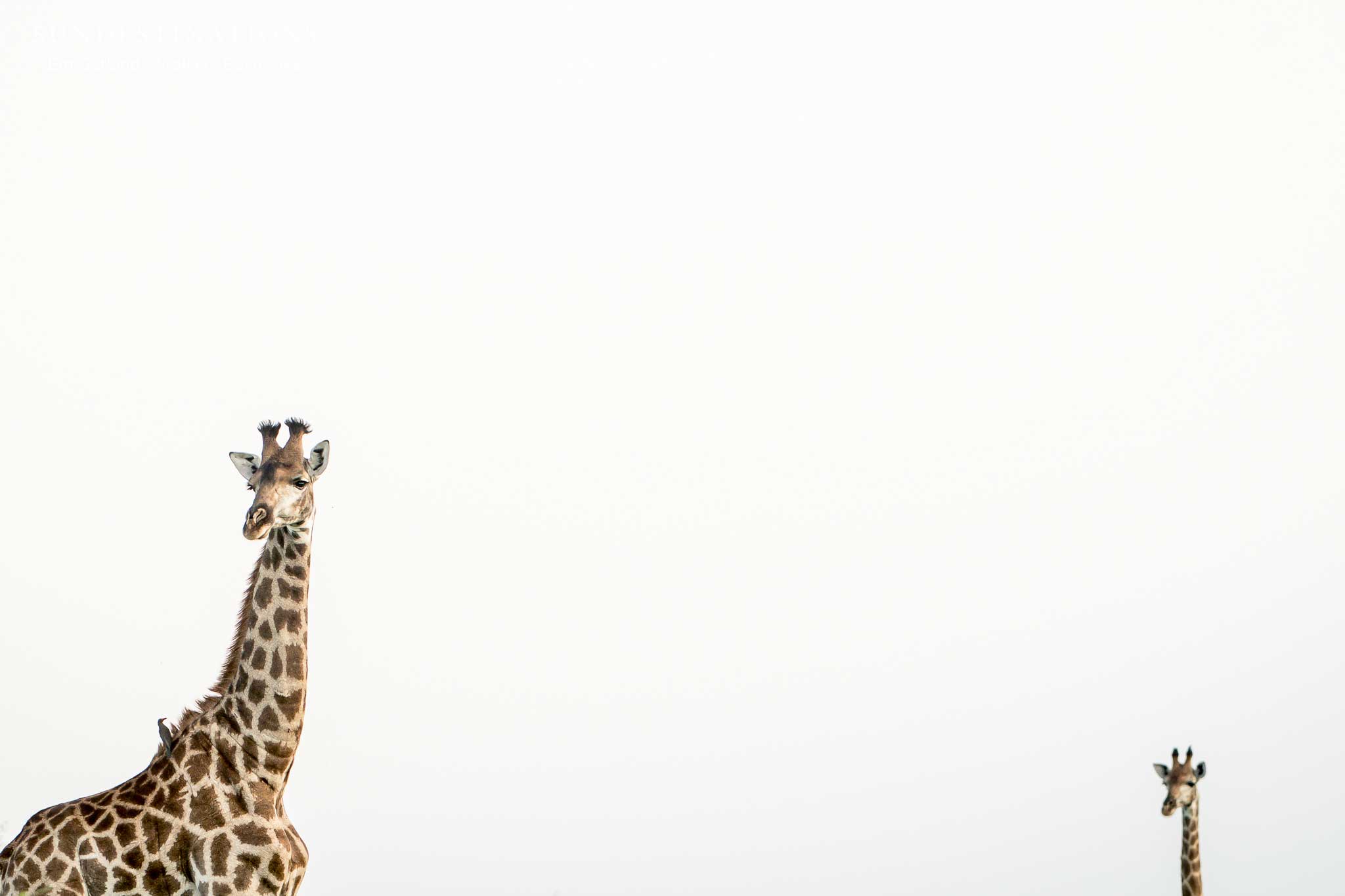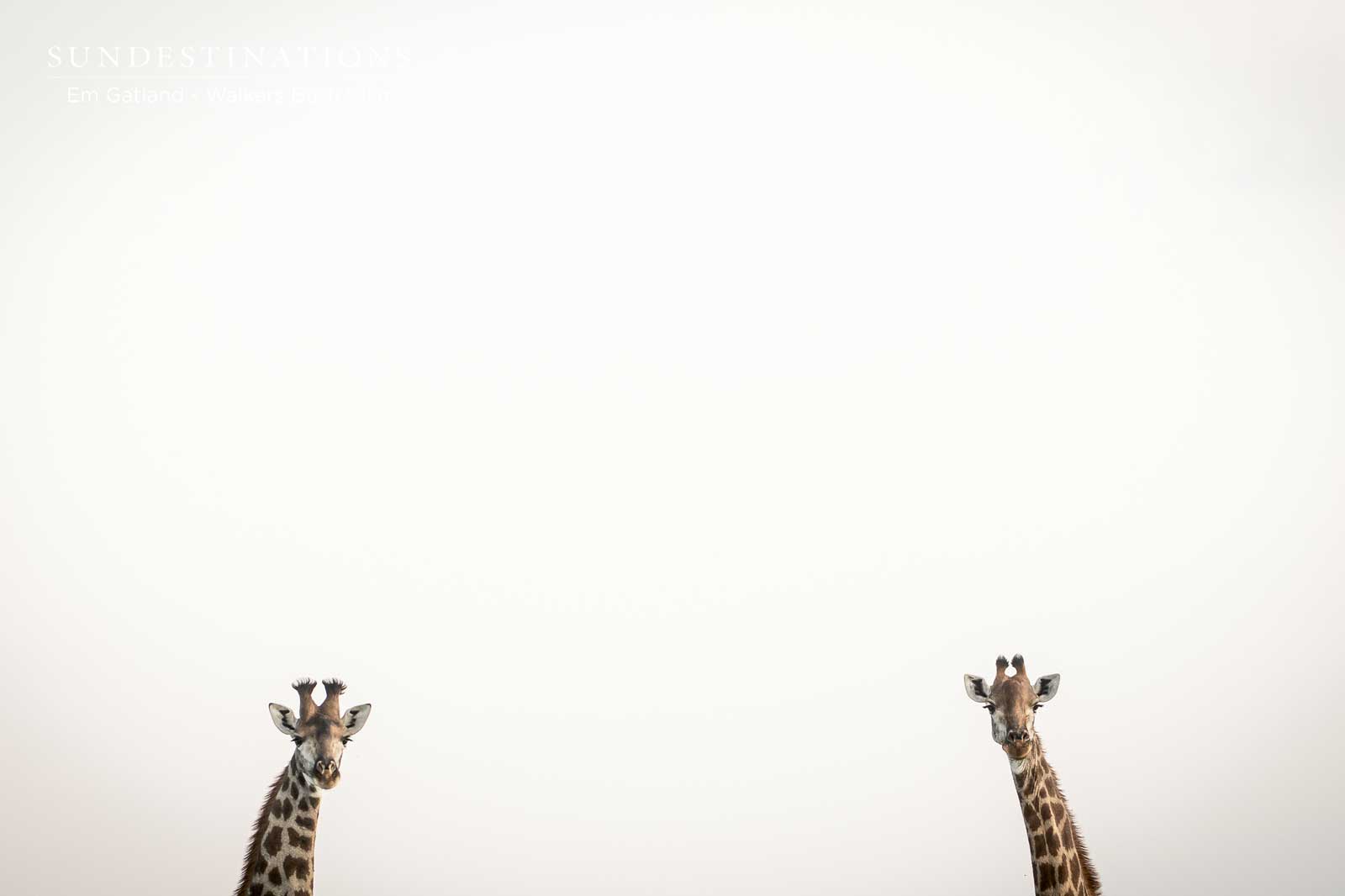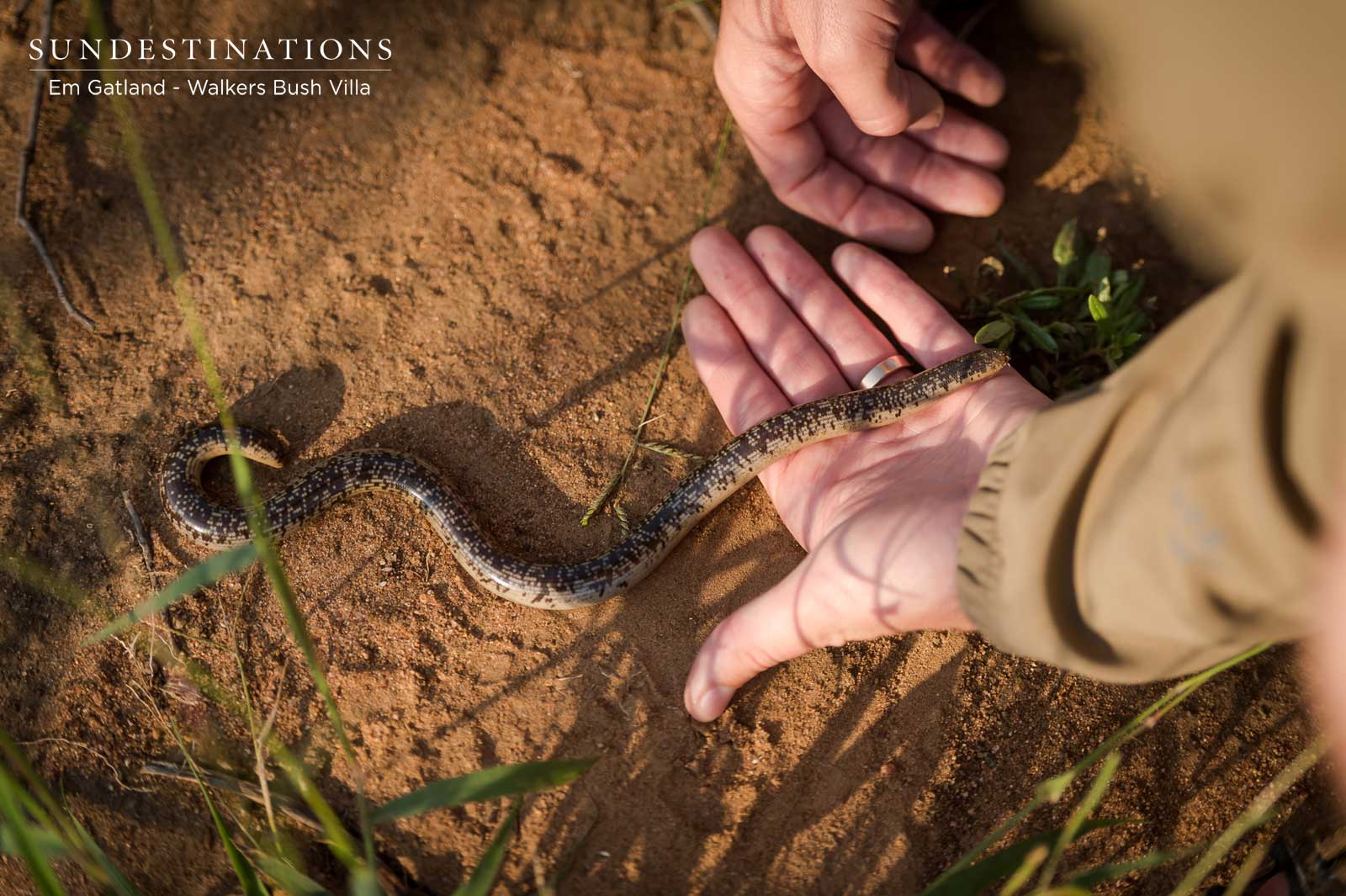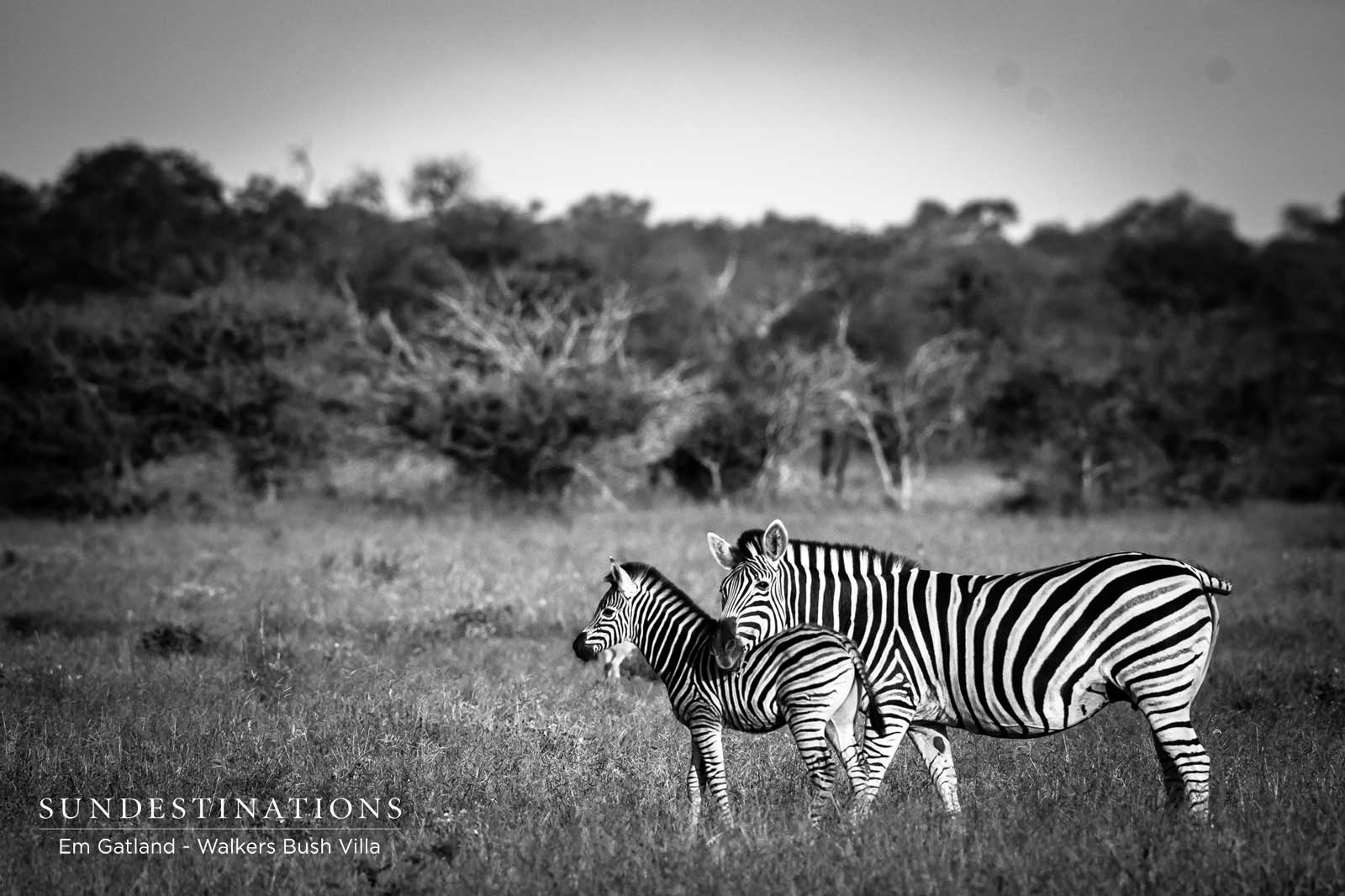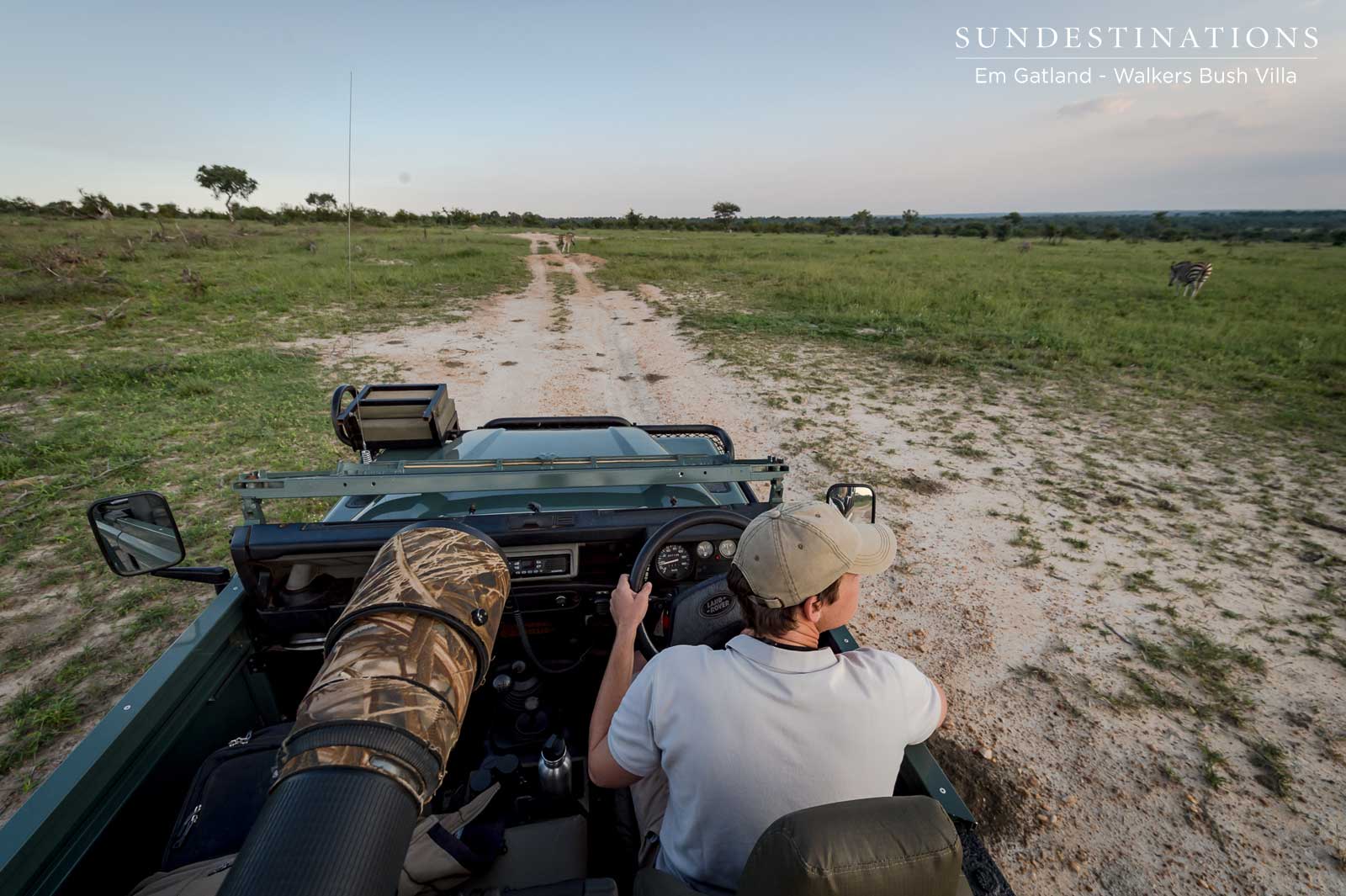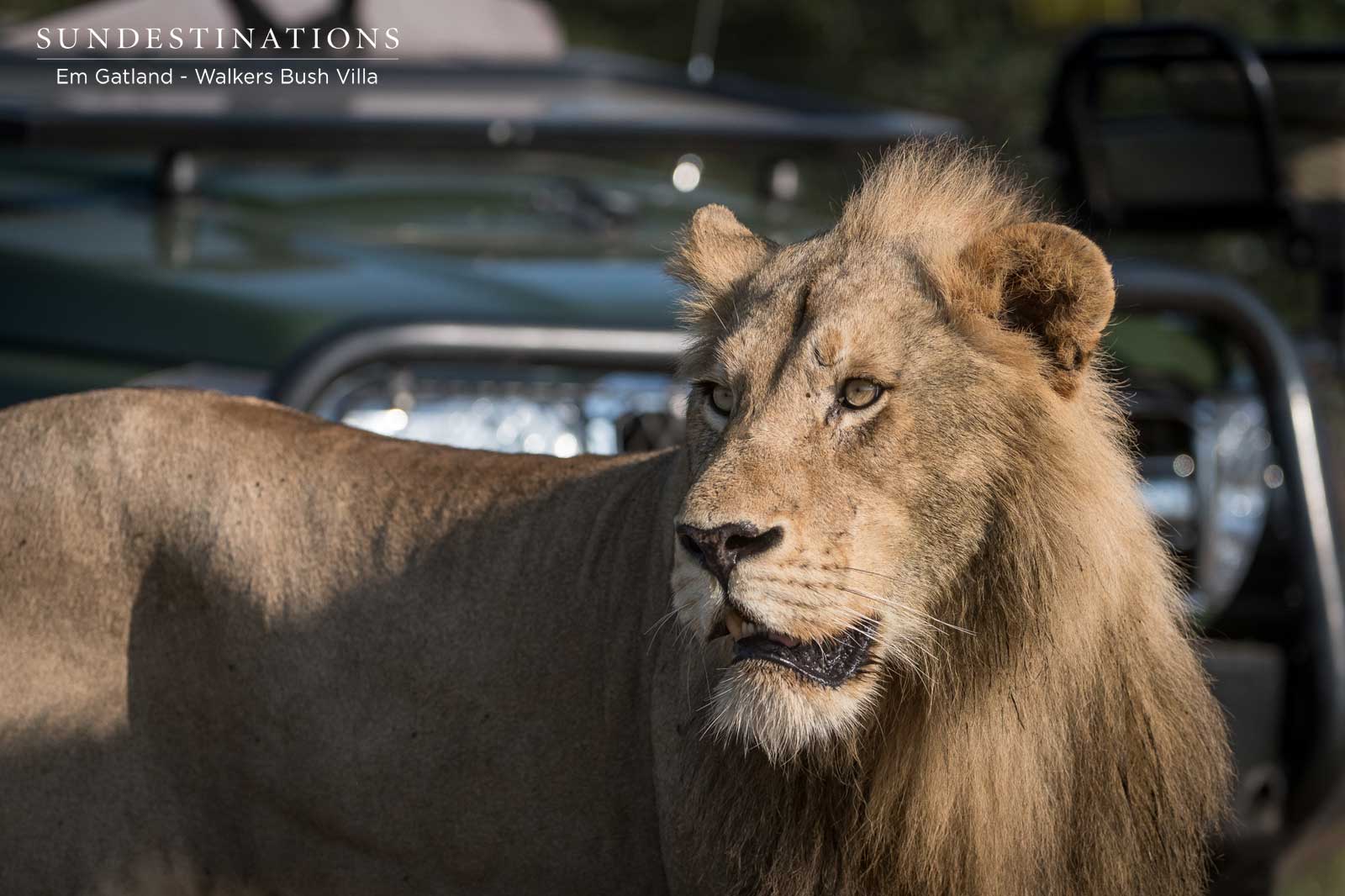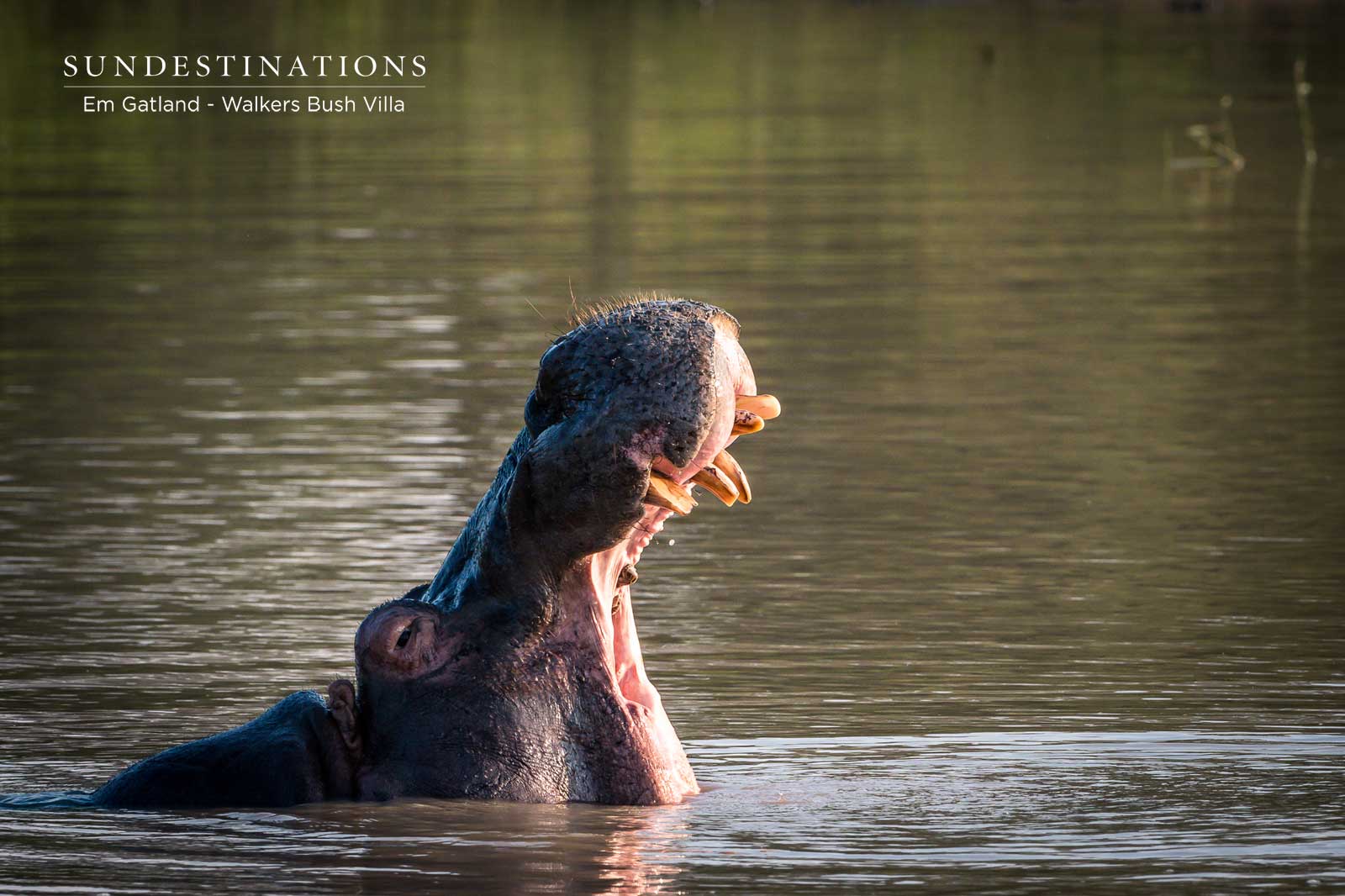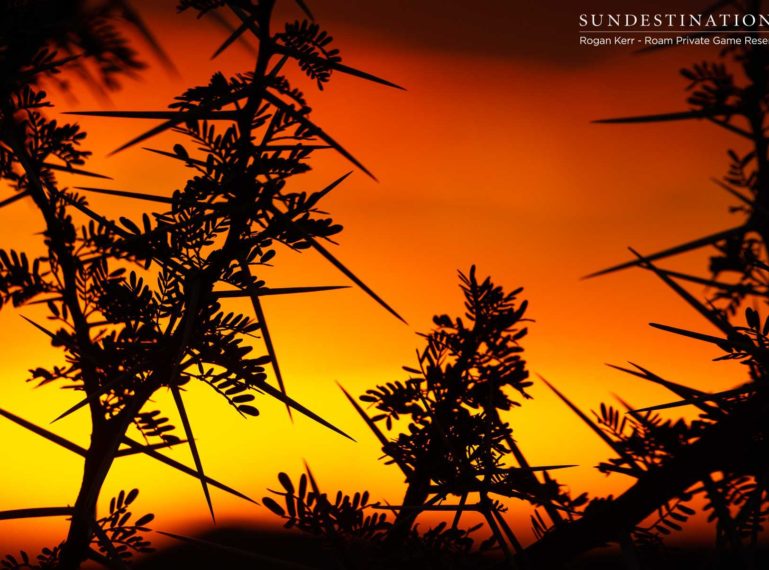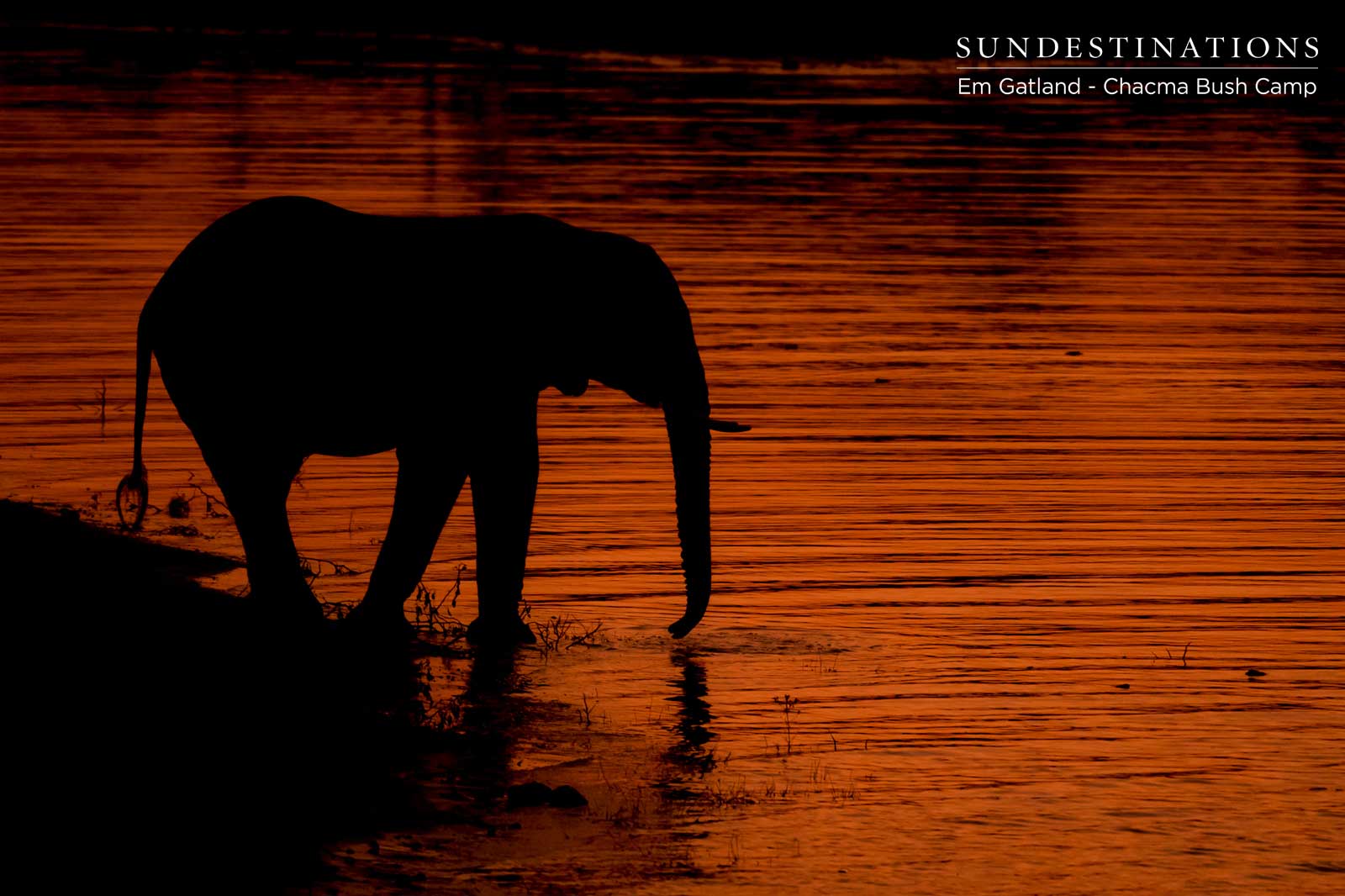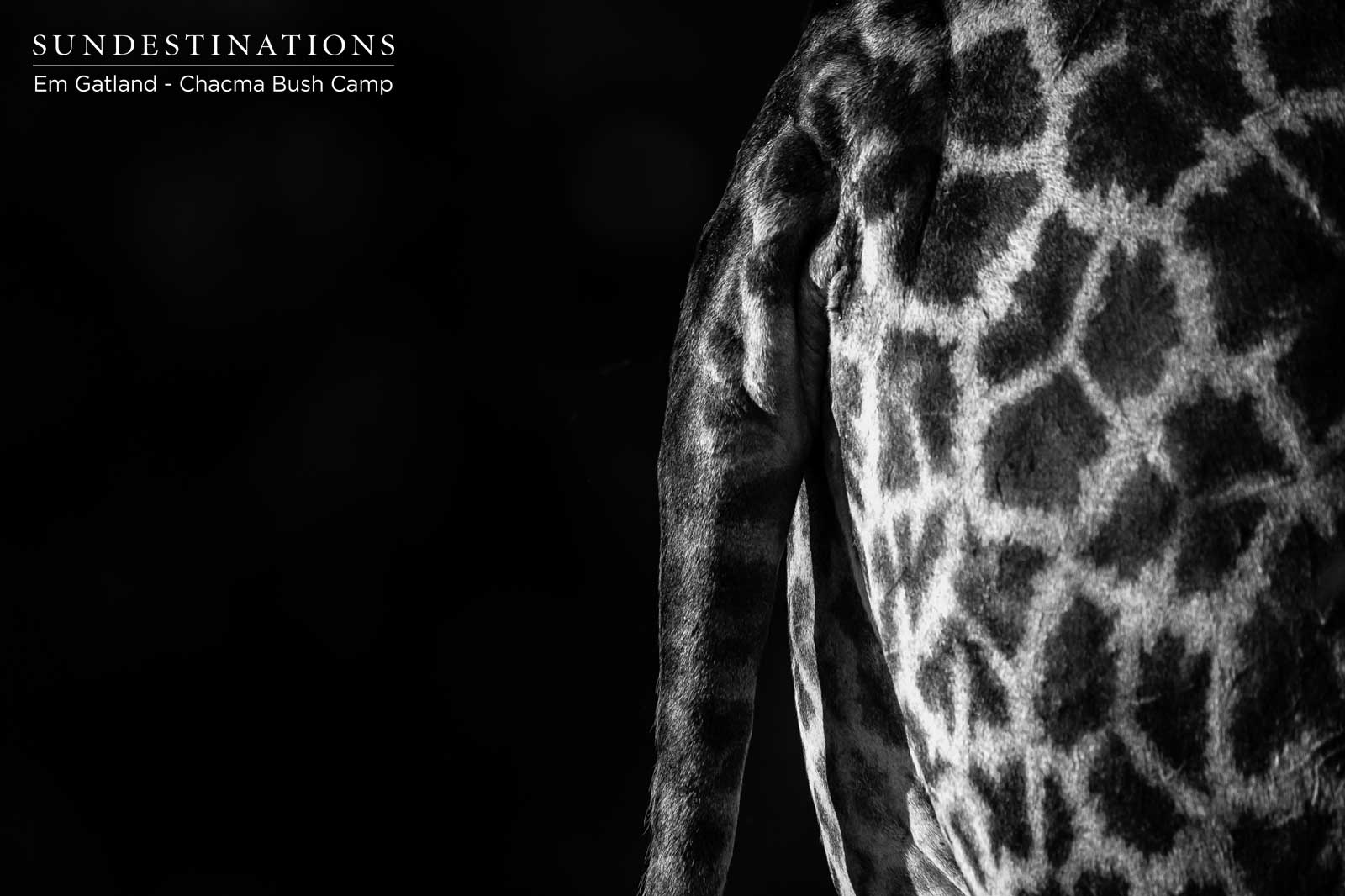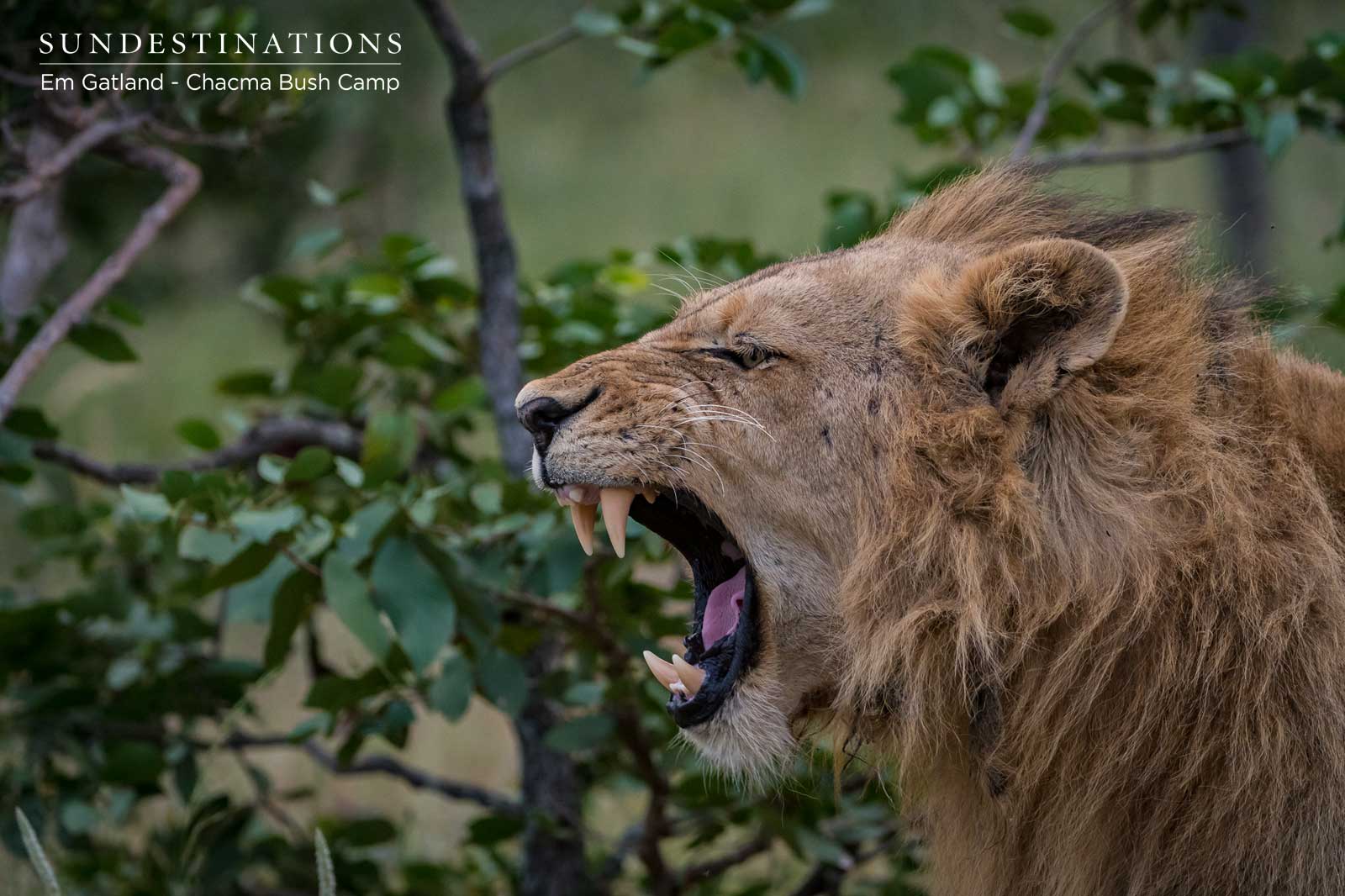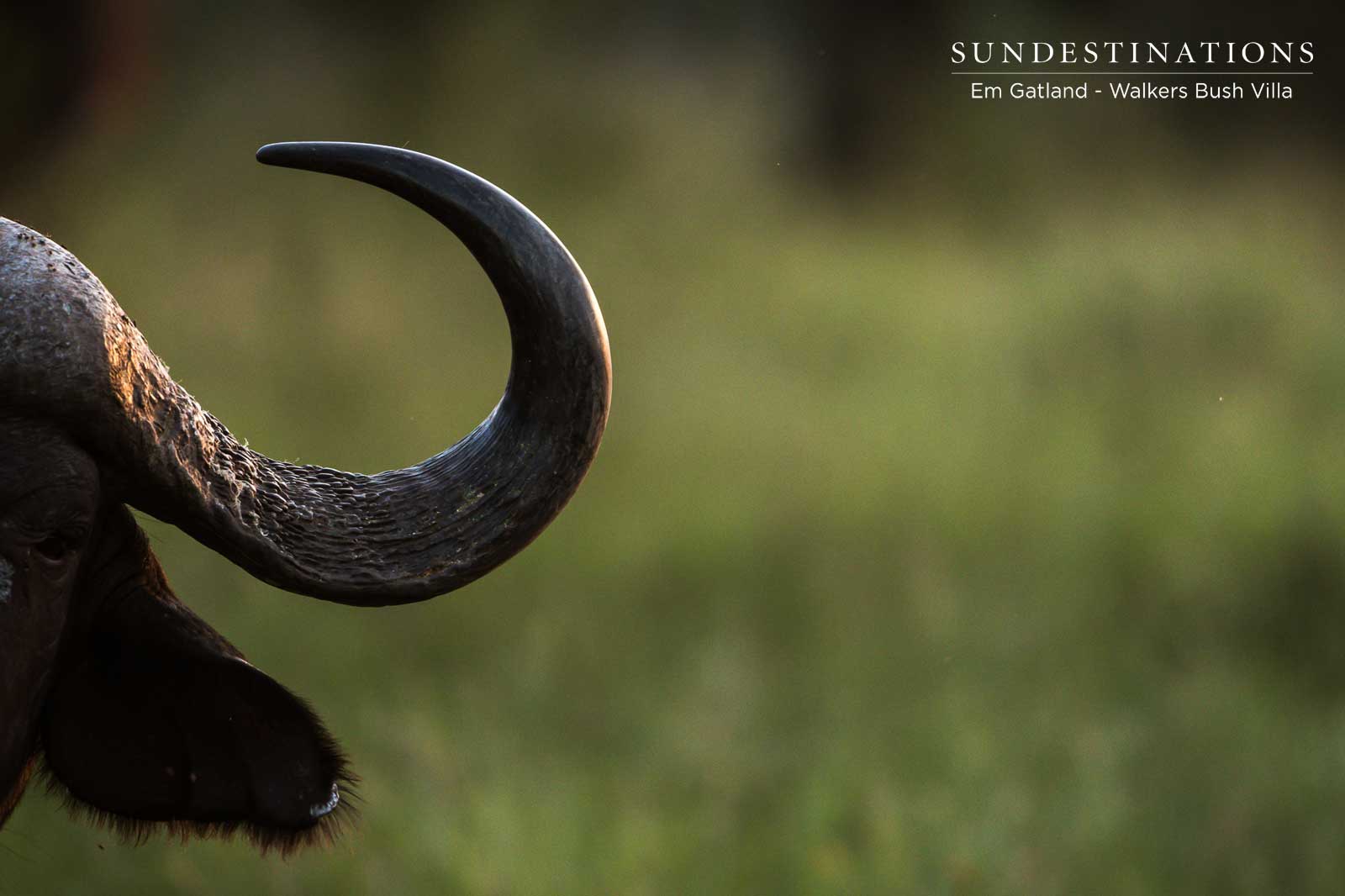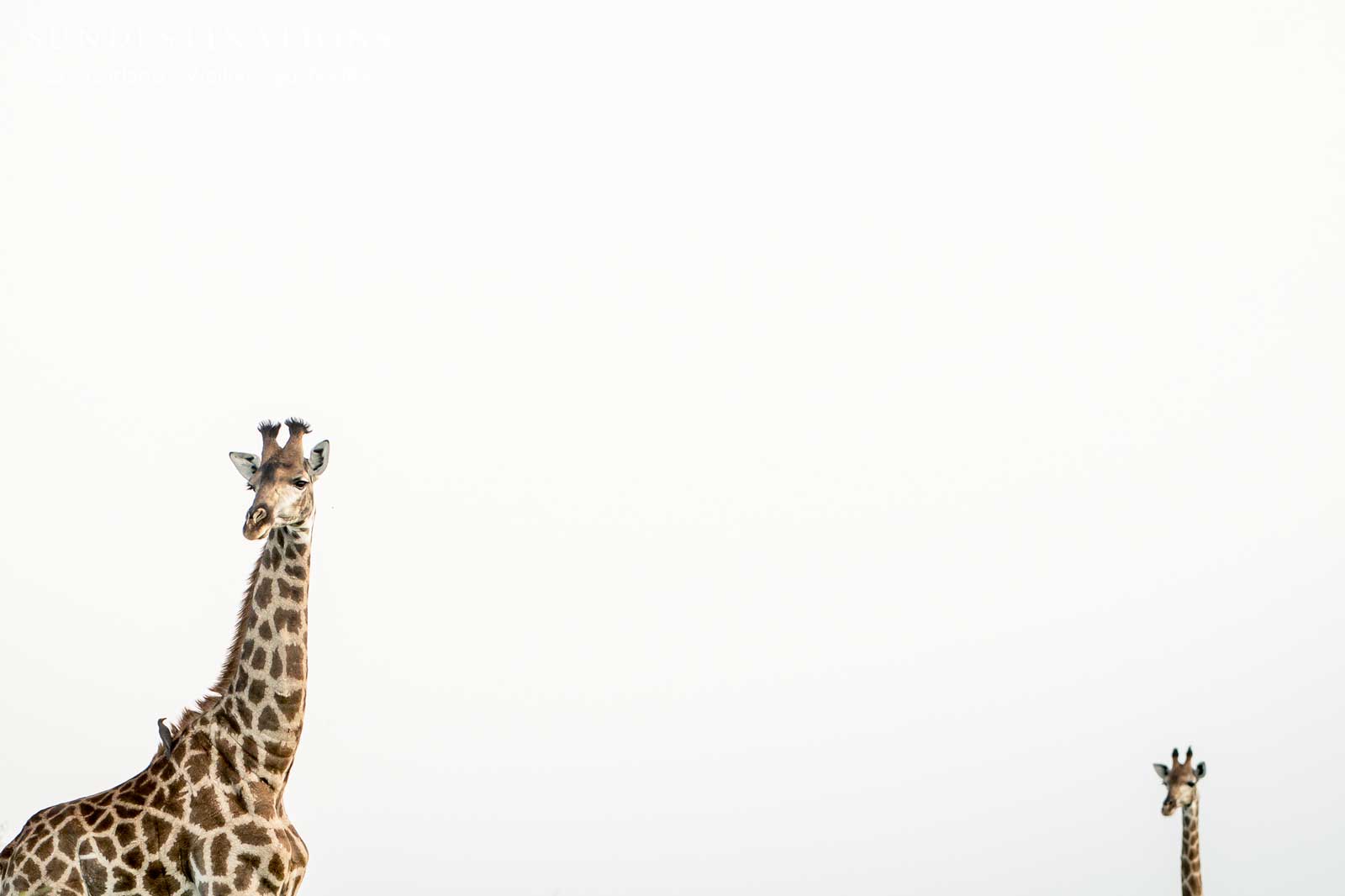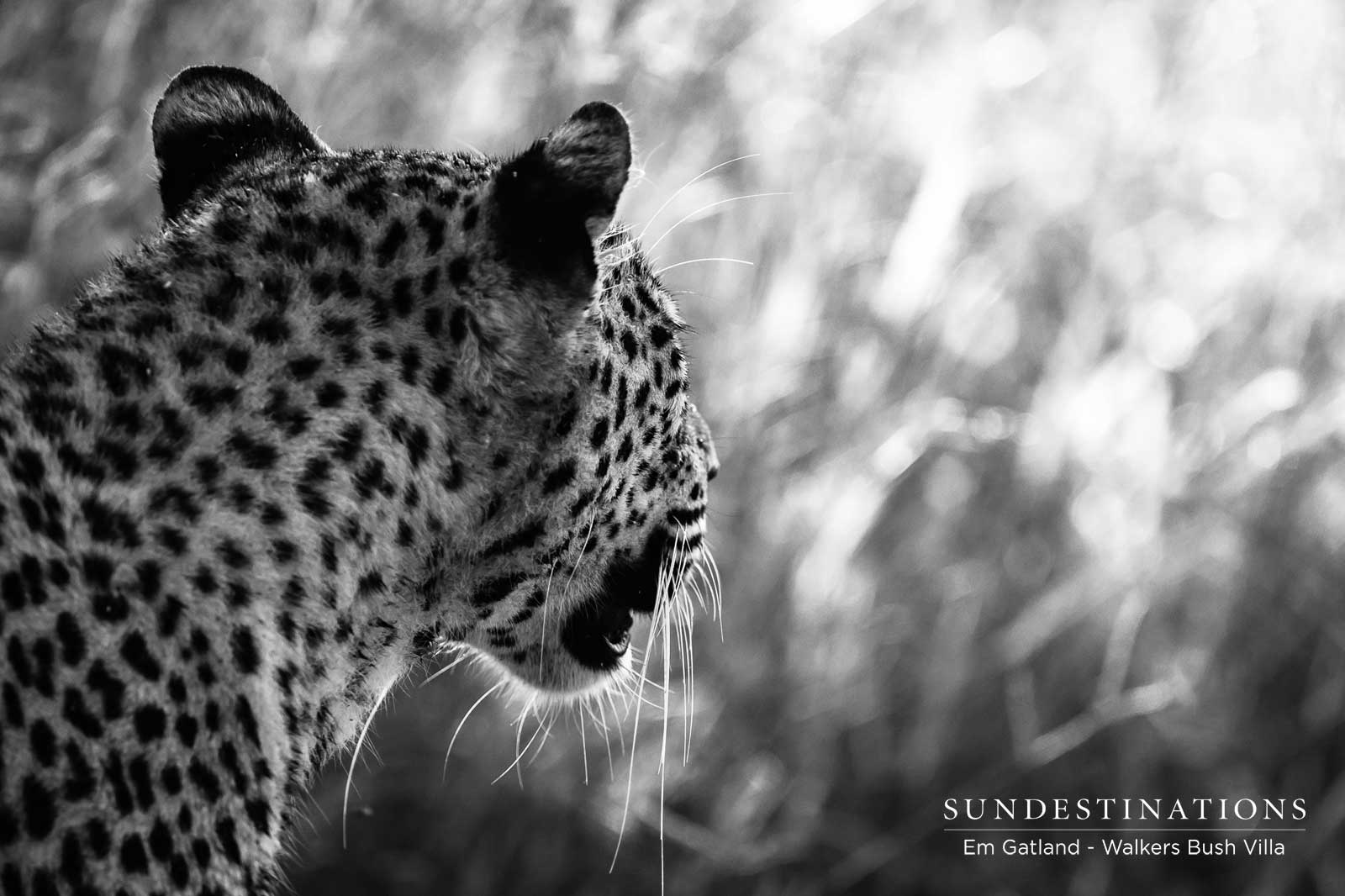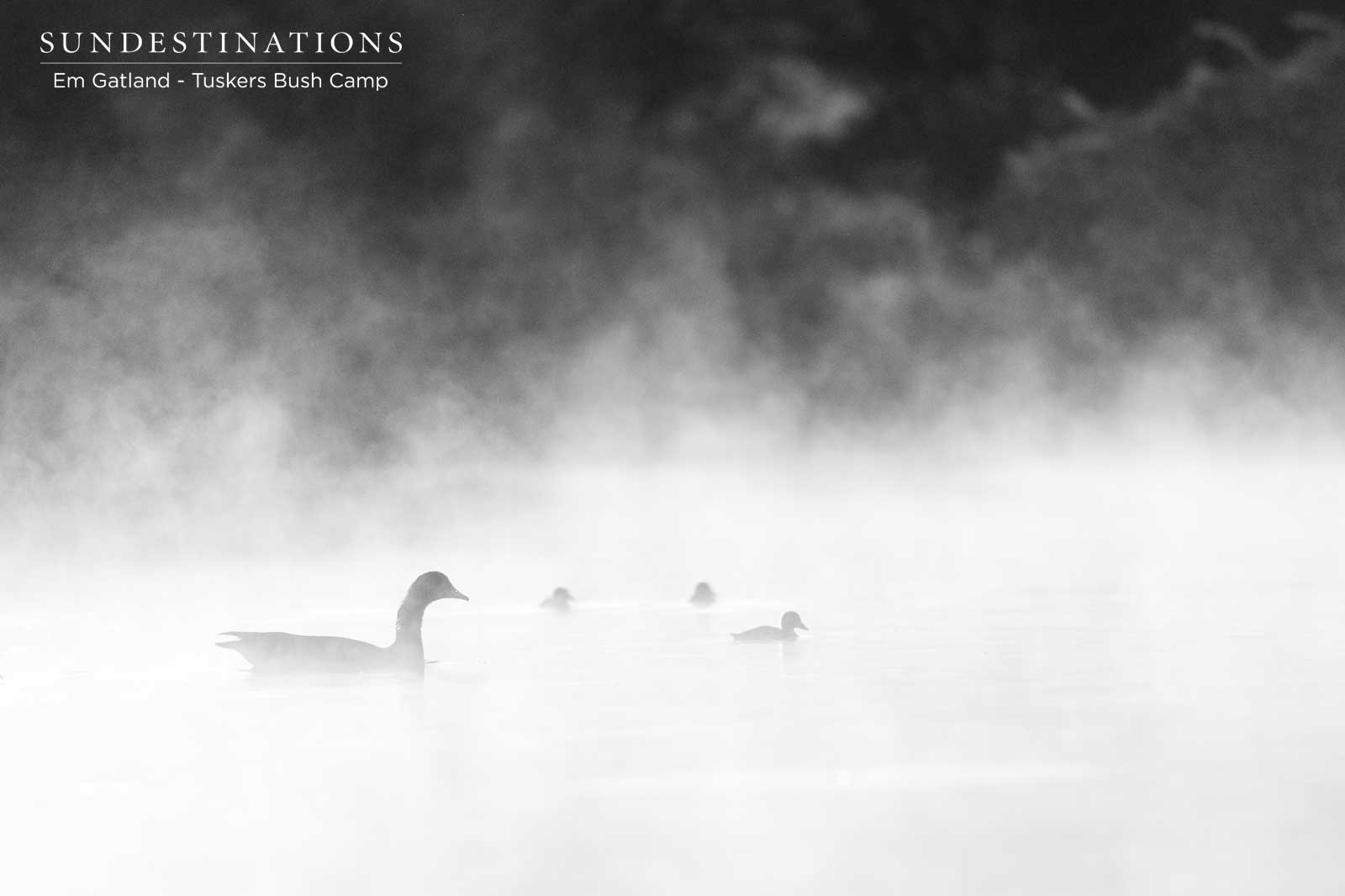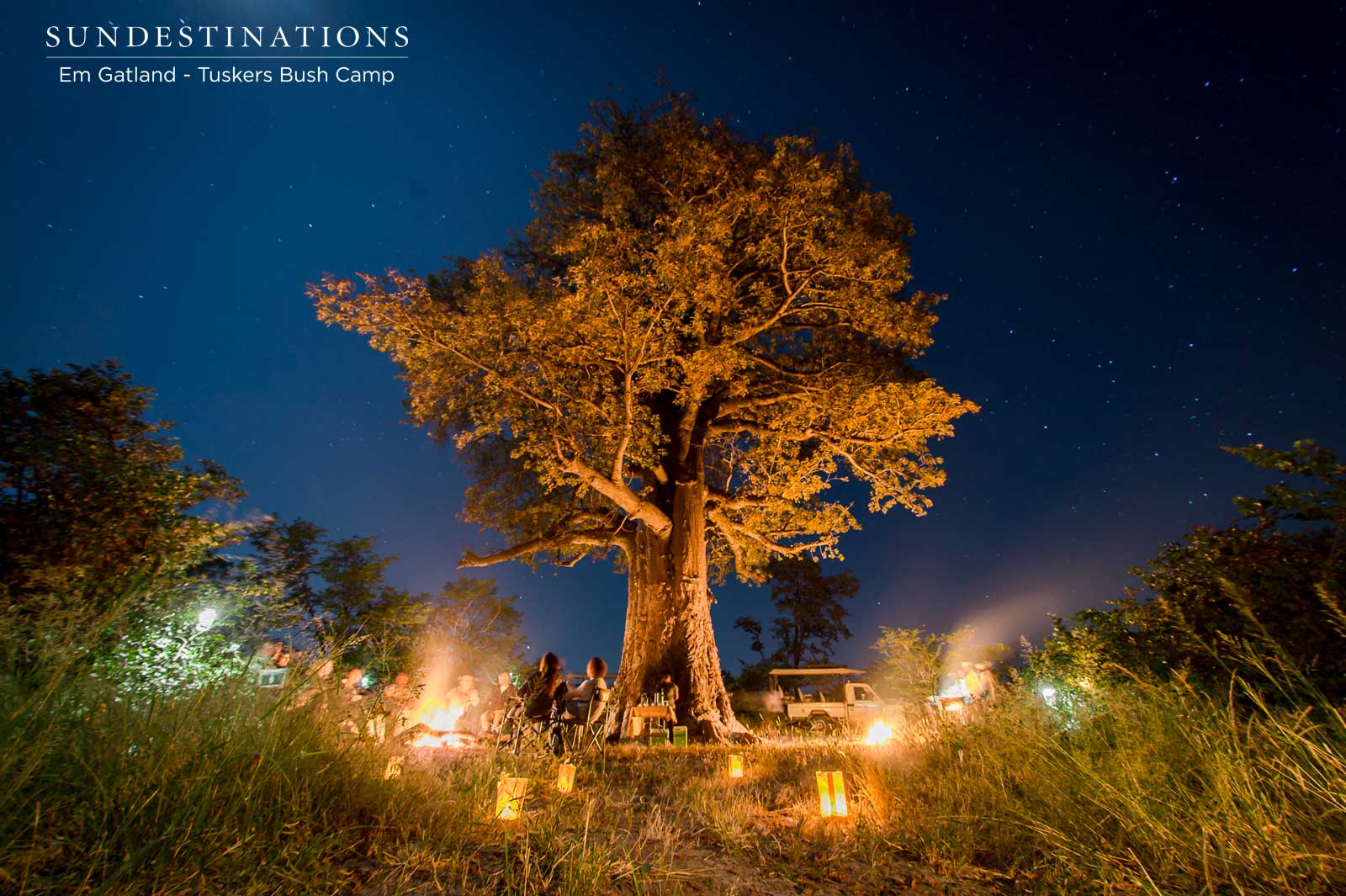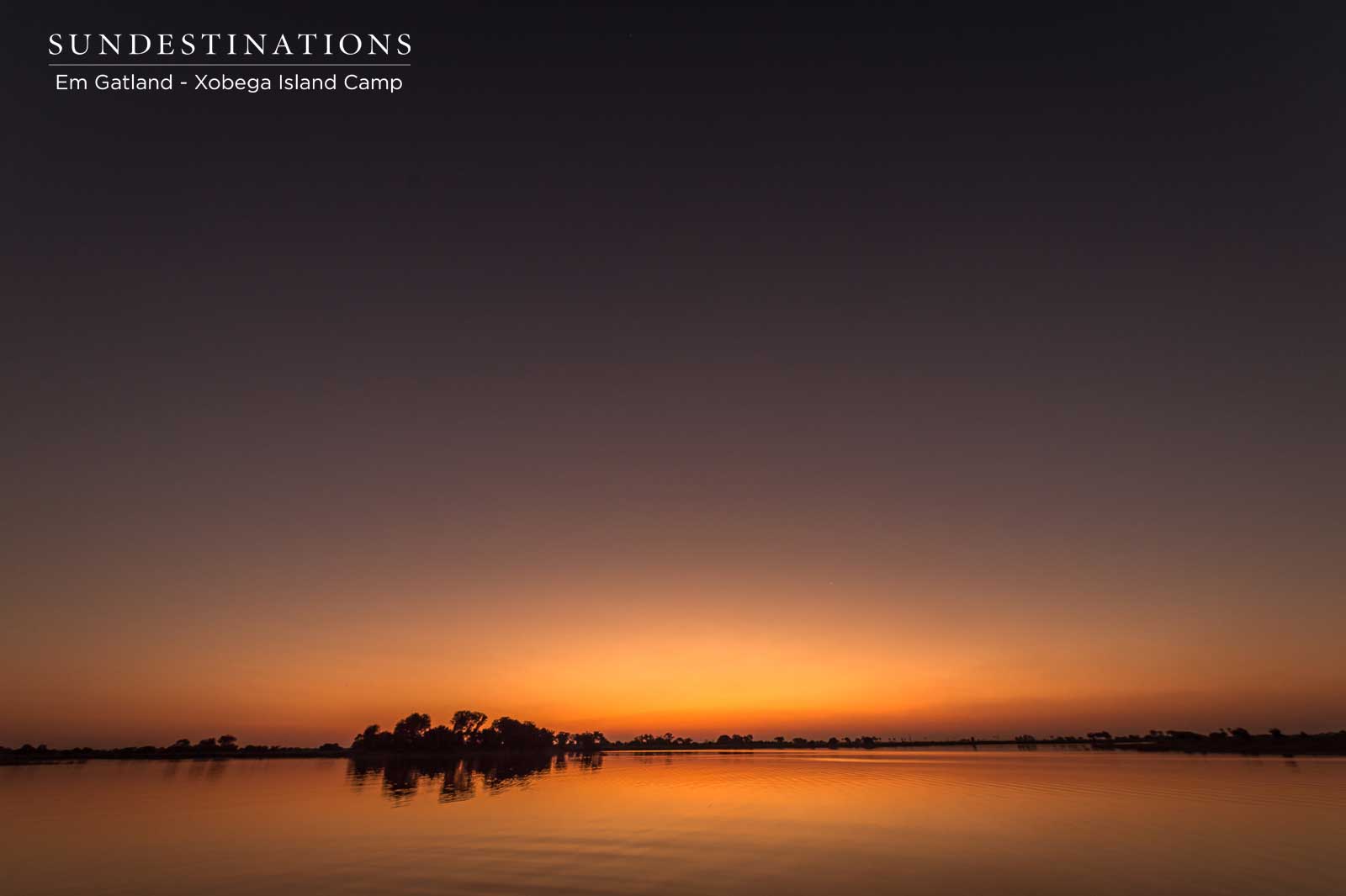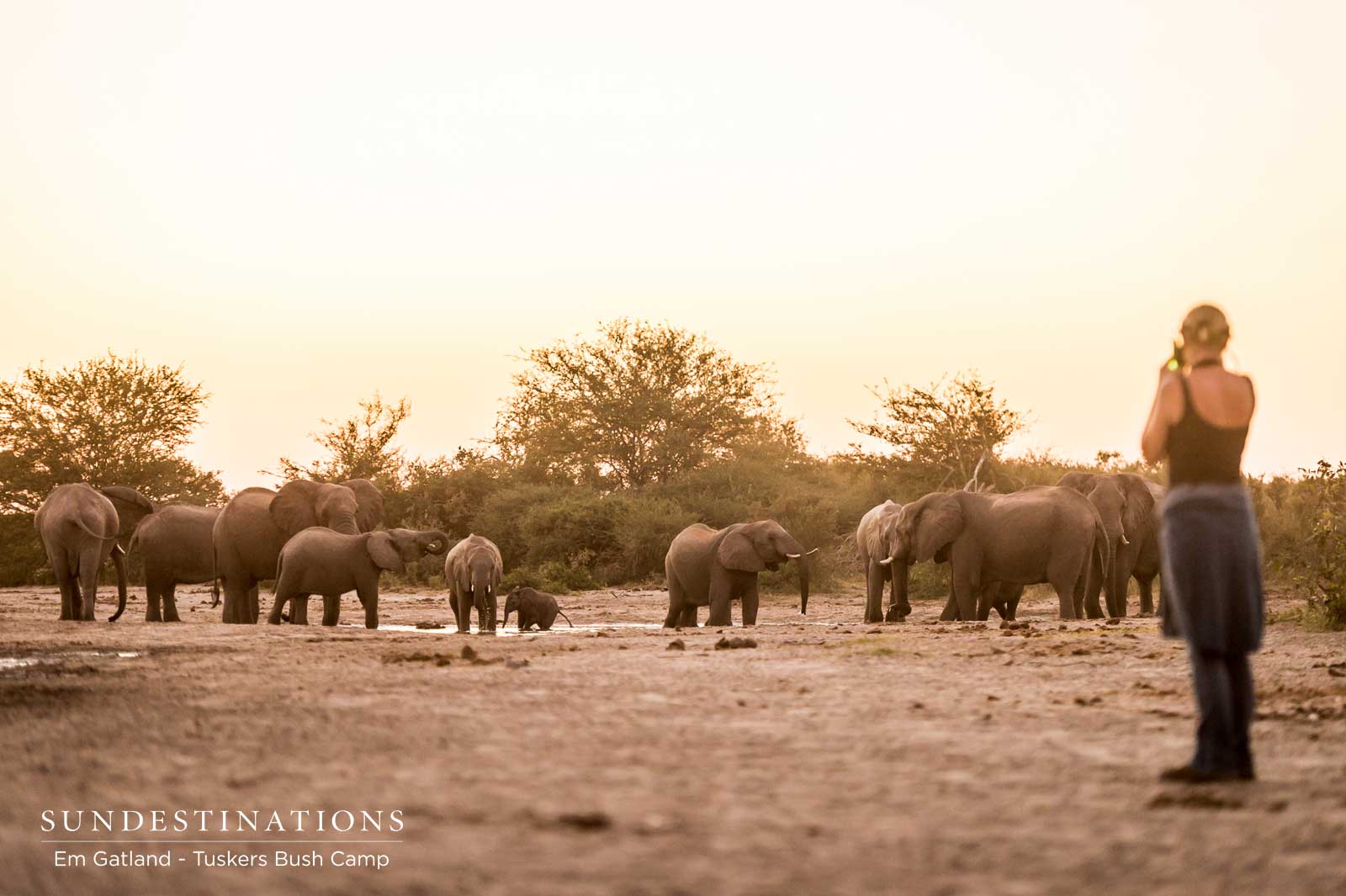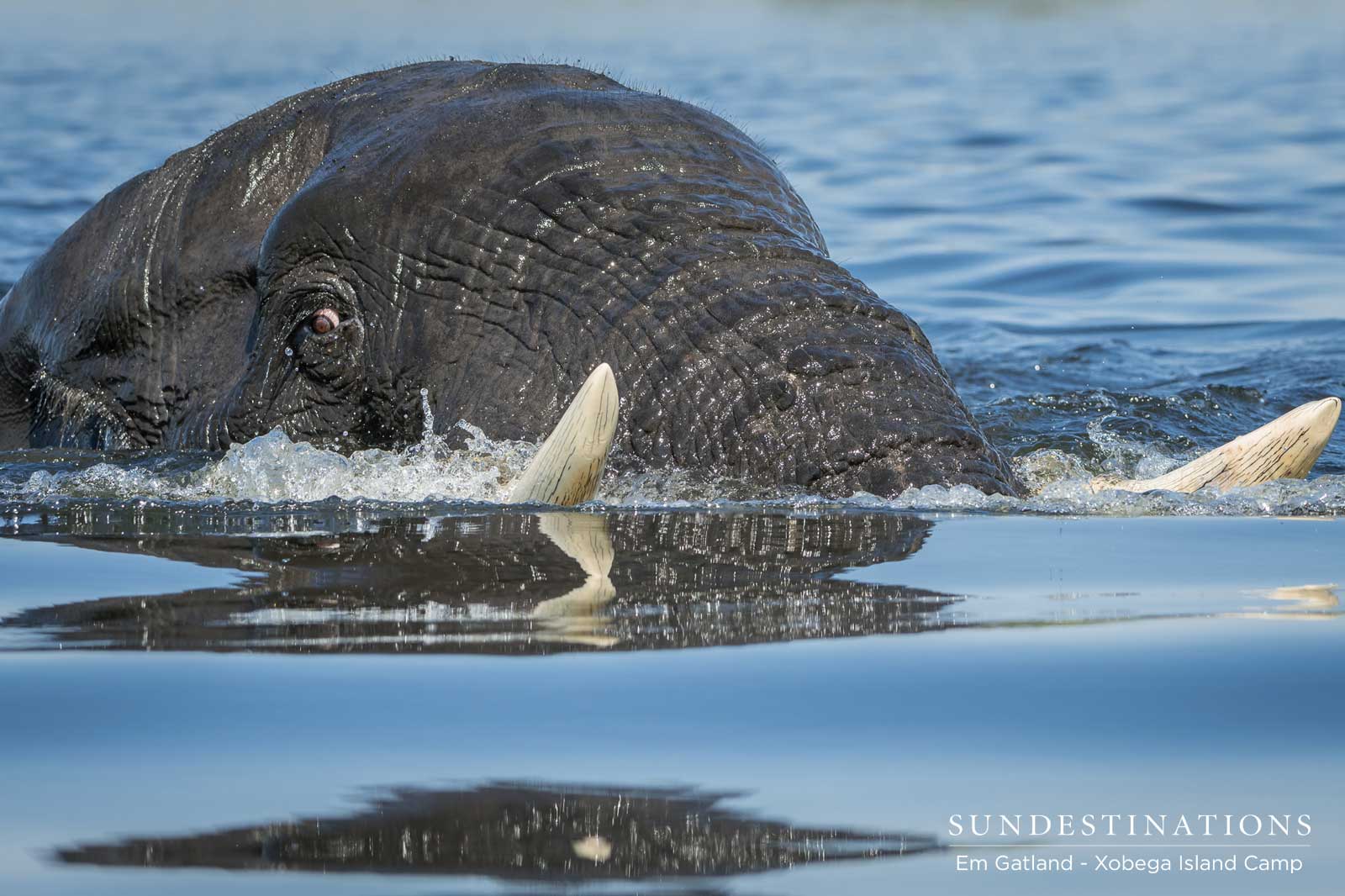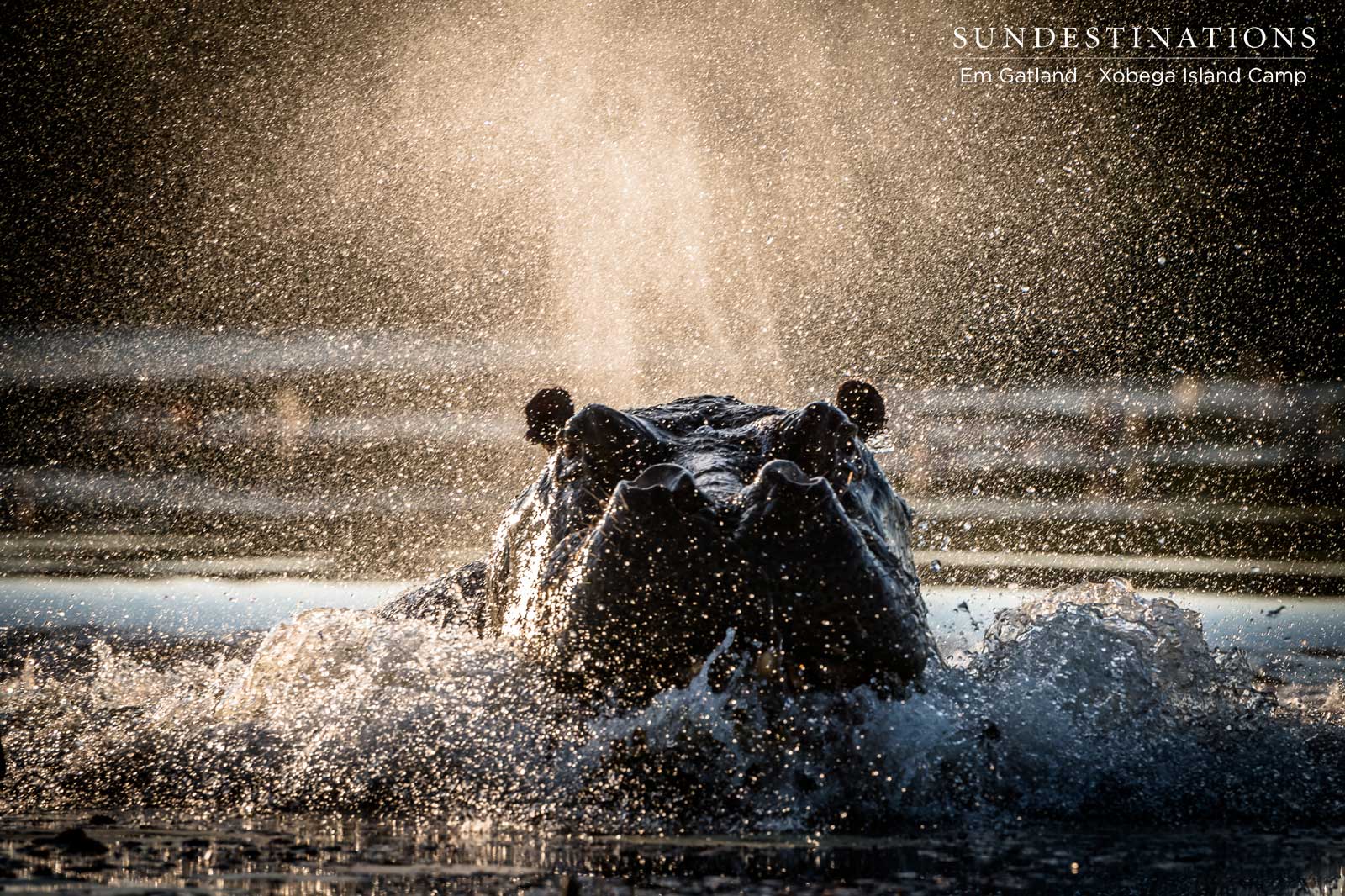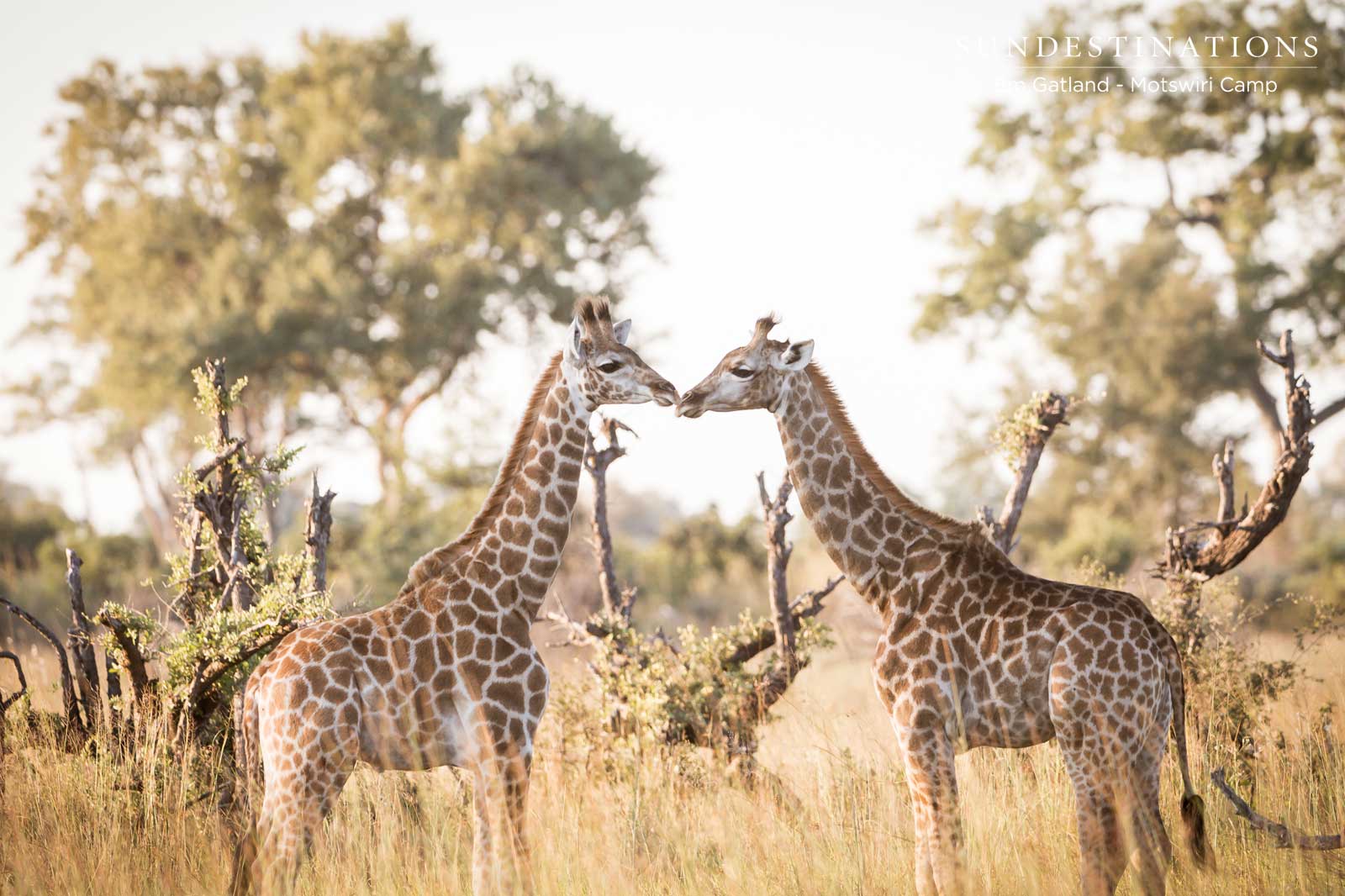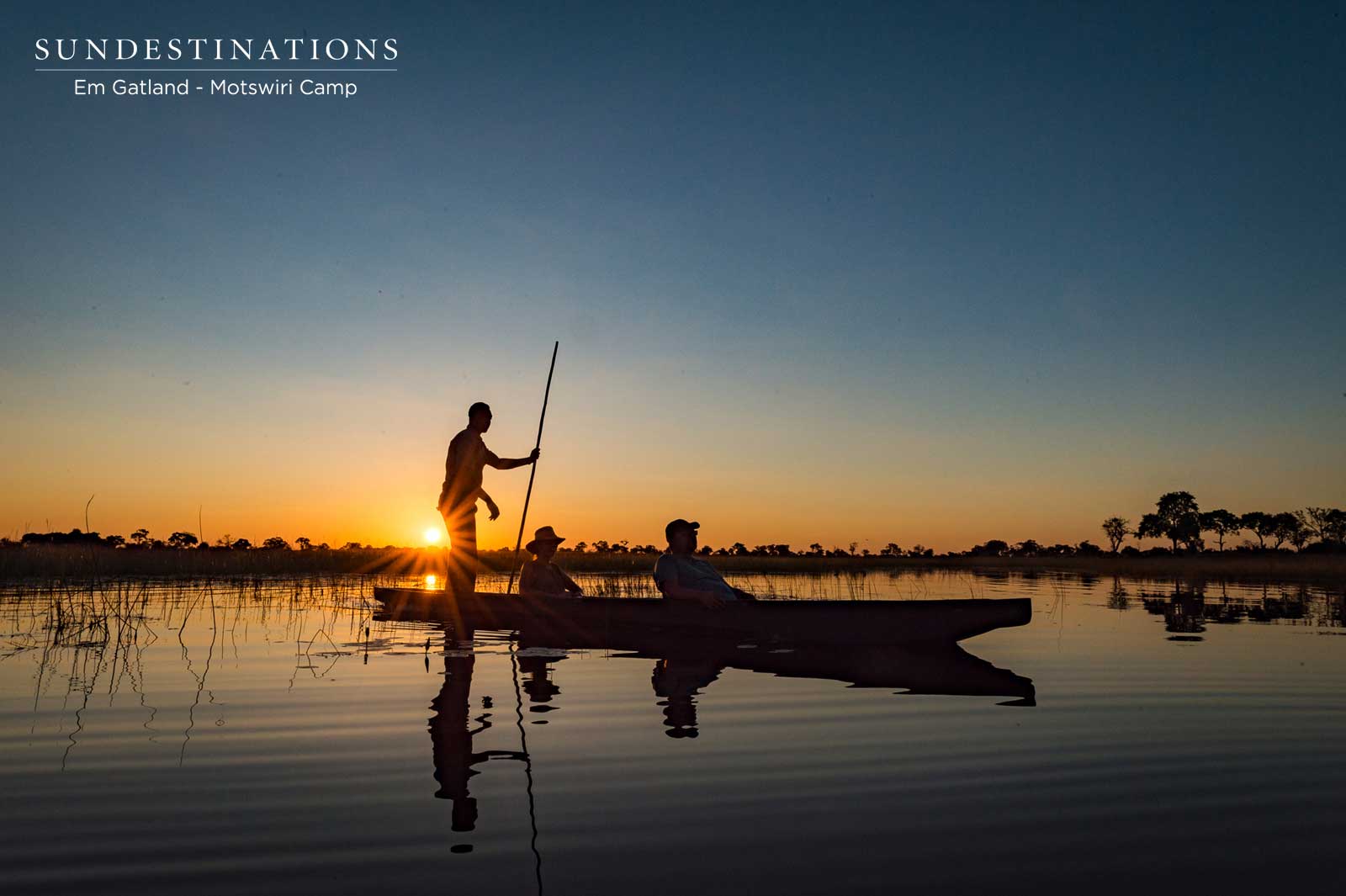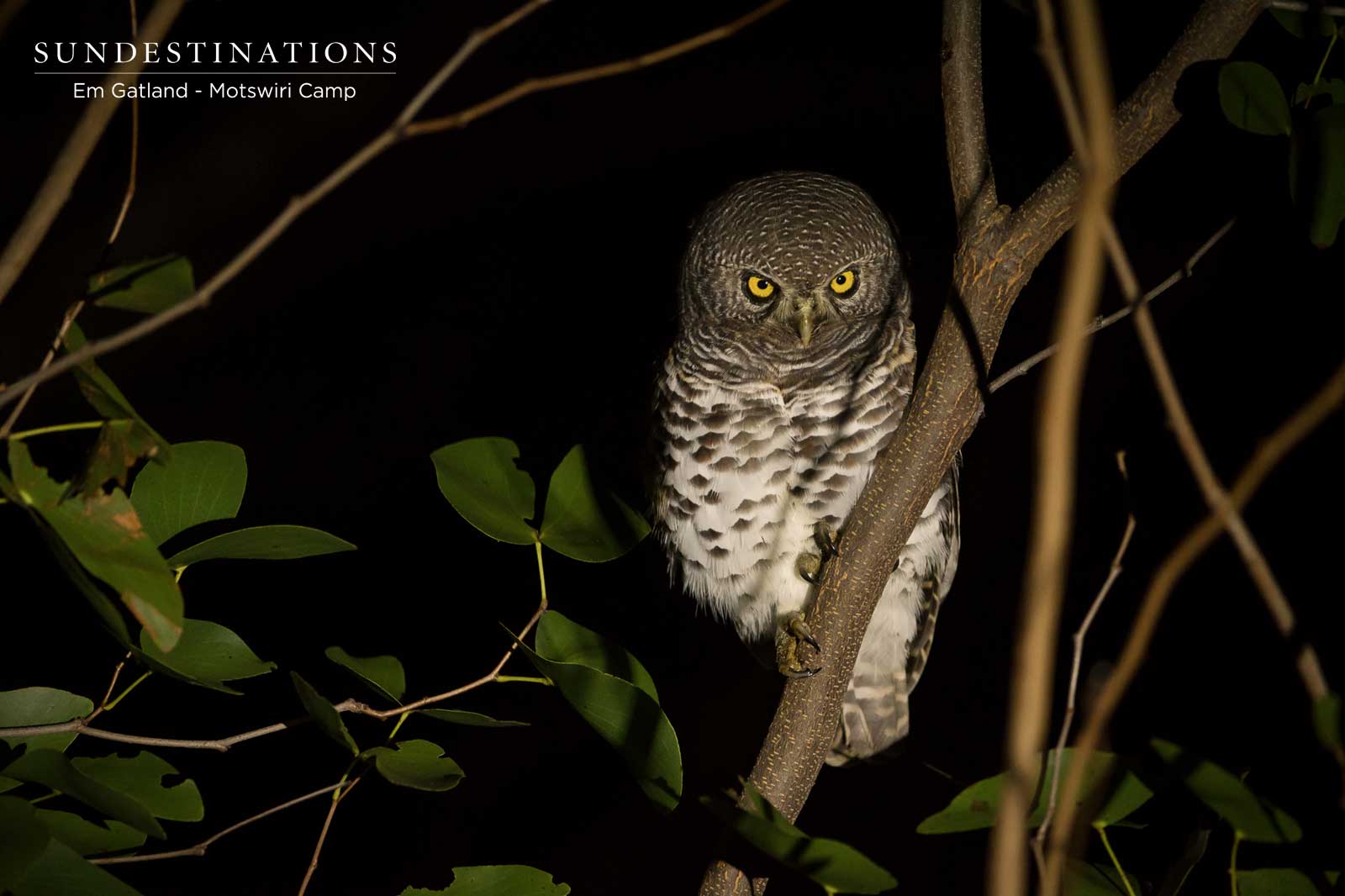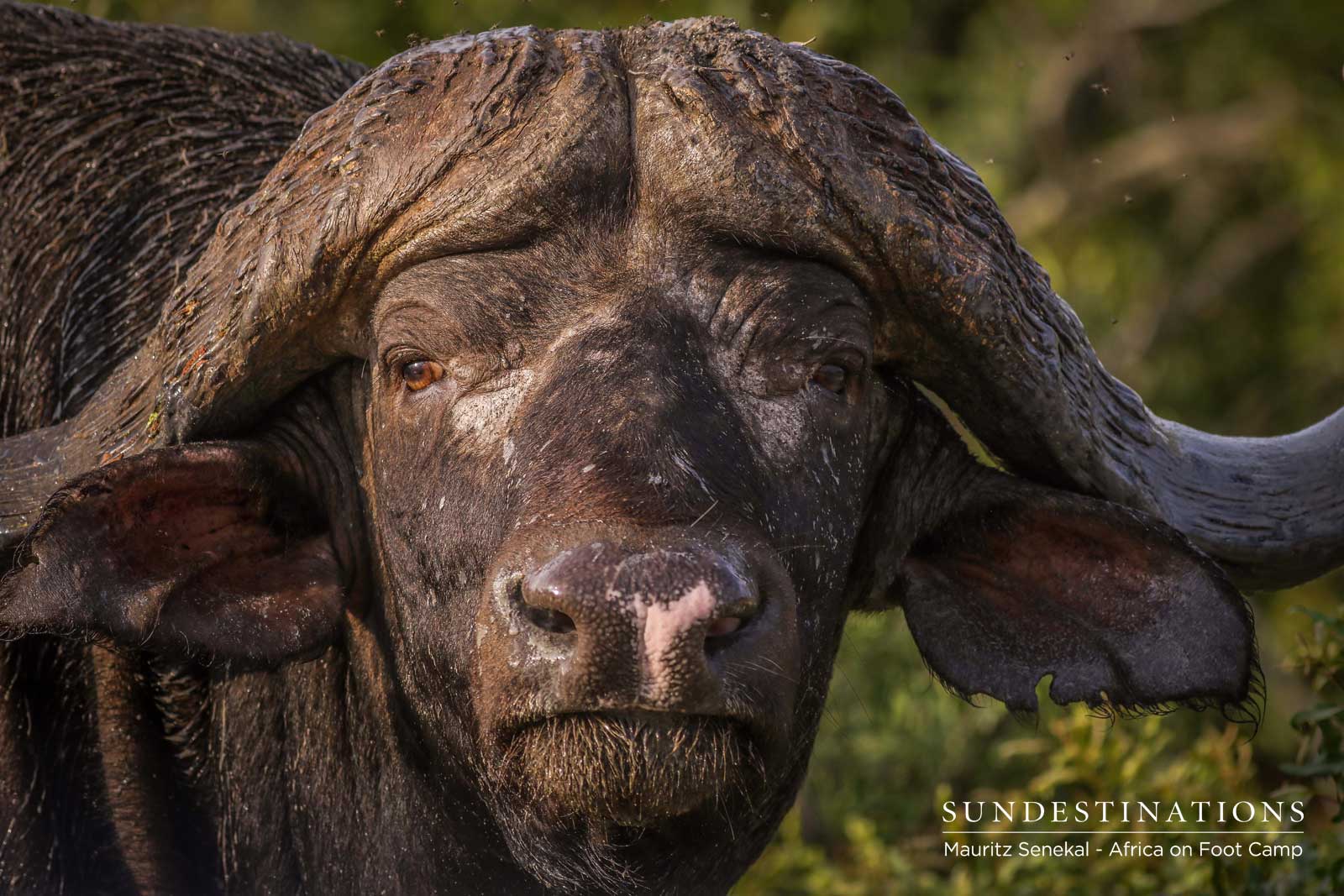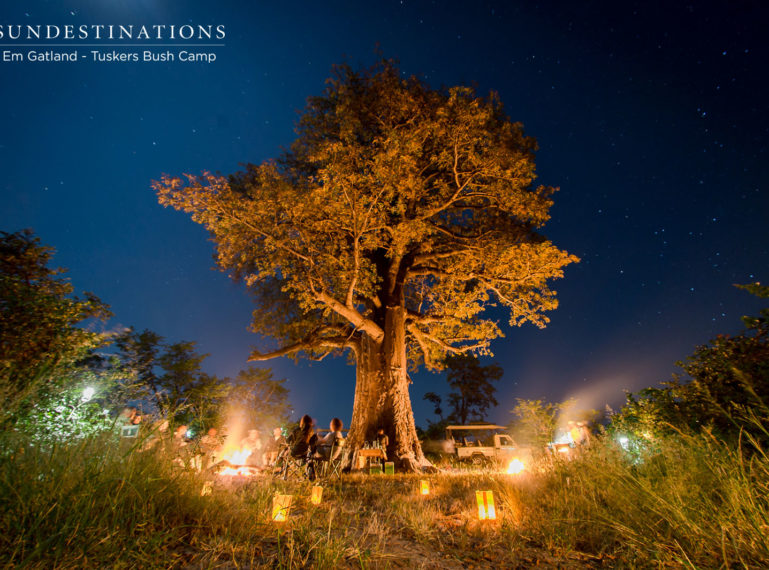
Trails of Botswana : A Recap of the 2018 Botswana Mega Educational
Our annual Botswana Mega Educational is a tailor-made itinerary showcasing the best of Botswana. The journey weaves its way through many unexplored areas of the Okavango Delta, Chobe National Park, Moremi, Kwatale Conservancy, and the remote Selinda Spillway. This route we refer to as our Trails of Botswana circuit, and it encompasses a world of unique safari experiences in relatively unexplored areas. These are our pockets of paradise that offer a surplus of game viewing and unsurpassed views of wild landscapes. Our Mega Ed will ensure guests experience a range of activities from traditional mokoro trips, to bush walks and game drives. This year we ran two trips, with our resident photographer and videographer joining each of the trips.
Below is a bit of insight into the Sun Destinations 2018 Mega Educational to Botswana.
The Itinerary :
2 Nights : Tuskers Bush Camp
2 Nights : Xobega Island Camp
2 Nights : Motswiri
2 Nights : Ghoha Hills Savuti Lodge
1 Night : Nogatsaa Pans Lodge
The Breakdown :
Agents were taken to the remote and vast Kwatale Conservancy, which is an exclusive tract of land located between Nxai Pan National Park and the Moremi Game Reserve. The private 350, 000 hectare concession is laden with mixed acacia scrub and mopane woodland, and spills over into northern Botswana Kalahari landscapes. The varied traverse means that an array of wildlife is found in abundance. This area is home to Tuskers Bush Camp, a tented camp overlooking a bustling waterhole.
From here, agents were transferred via road to the magical Xobega Island Camp, a rustic camp located on its own island in the middle of the world-renown Okavango Delta. The “road trip” in itself is a game drive and meanders its way through the sandy roads of the predator-rich Moremi Game Reserve before stopping to board a motorboat set to transport its occupants through a water paradise to the final destination of Xobega.
From the depths of the waterlogged Delta, agents were then flown via charter flight to the geographical marvel of the Selinda Spillway. This is a region that dries up and then floods when there are shifts in weather patterns. Here agents stayed at the luxurious RAW Botswana, Motswiri Camp – a camp enviably located on the banks of the Selinda Spillway, and surrounded by the jewel-toned Okavango Delta waterways. This is the home of safari activities and mokoro trips!
Agents flew from Motswiri to the unique Savuti region where they were treated to a taste of the wild Chobe National Park, the land of giants. We’re talking high concentrations of elephants and amphitheatres of baobabs! A few days of boat cruises, game viewing, mokoro trips, languid sunny days, campfire chatter and dinners under the baobab seemed to be at the heart of the educational.
The Highlights :
We spoke to photographer Em Gatland, who joined the intrepid team on the second educational. Here were a few highlights from her side:
1. Our second night (Tuskers Bush Camp) was spent enjoying sundowners at an old salt pan, and a huge herd of relaxed elephants approached while drinks were being enjoyed.
2. After the sundowners with elephants, we enjoyed a surprise dinner under the famous baobab tree.
3. Xobega Island Camp was just magical. There were insane sunsets, and also awesome traditional dancing and singing where our agents were encouraged to get involved!
4. When we arrived at RAW Botswana, Motswiri the Selinda was marshy but not flowing. The last morning we woke up to find the Selinda in full flow right outside our tents.
5. At Ghoha Hills we landed and saw a lion just casually watching the planes land. At Nogatsaa we had a delightful picnic lunch, and then lunches with kilometres of zebra in the background, full moons at night and sundowners under baobabs.
6. Nogatsaa was unexpected luxury. The lodge sits on a waterhole and on the opposite side of the pan we saw lions and ample sightings of hippo!
We spoke to videographer Rogan Kerr, who joined the intrepid team on the first educational. Here were a few highlights from his side:
1. We’d just arrived at Motswiri, 30 minutes before we were due to head out on drive. One of the agents swore they saw something in the long spears of grass. We dismissed it, and then realised the agent was right! Right in front of camp we saw a pair of ears belonging to an African wild dog.
2. We got up close and personal with the lions of Motswiri, which was a cool sighting!
3. During the sundowners at the dam with Tuskers, everyone noticed that the dam appeared alive. There were so many ripples. It was actually thousands upon thousands of tadpoles!
4. Agents loved traditional singing and dancing experience at Motswiri – everyone got involved!
A Visual Walk-through of the Mega-Ed
